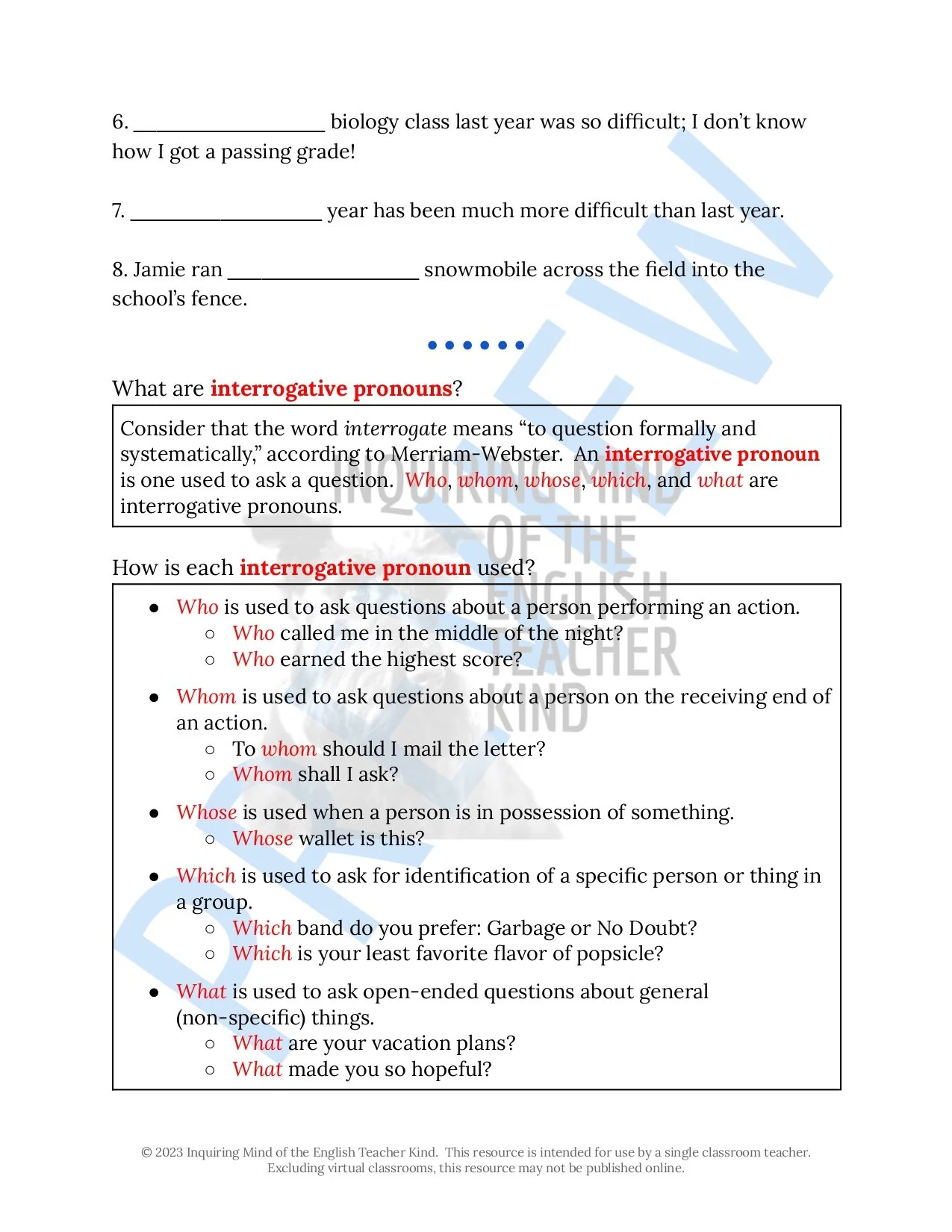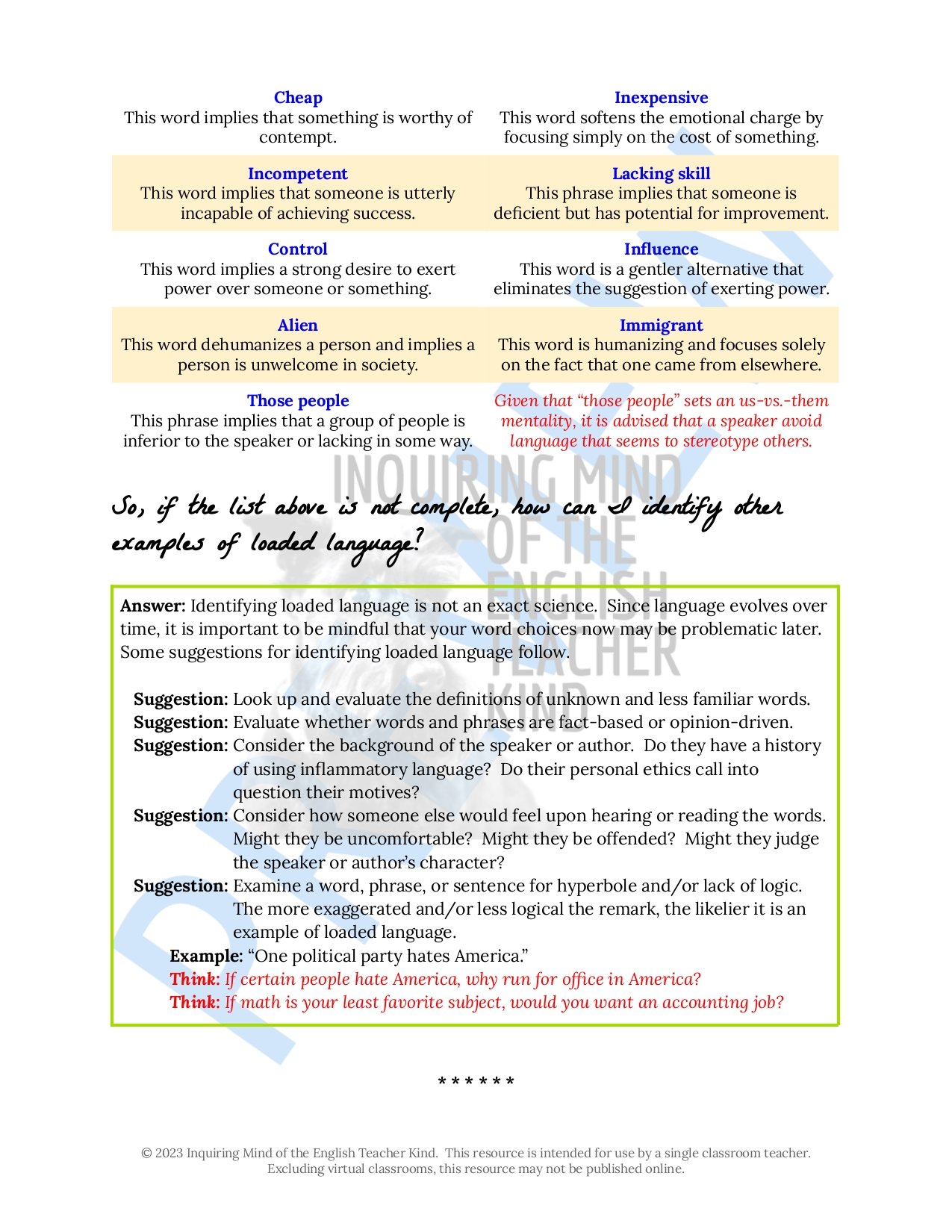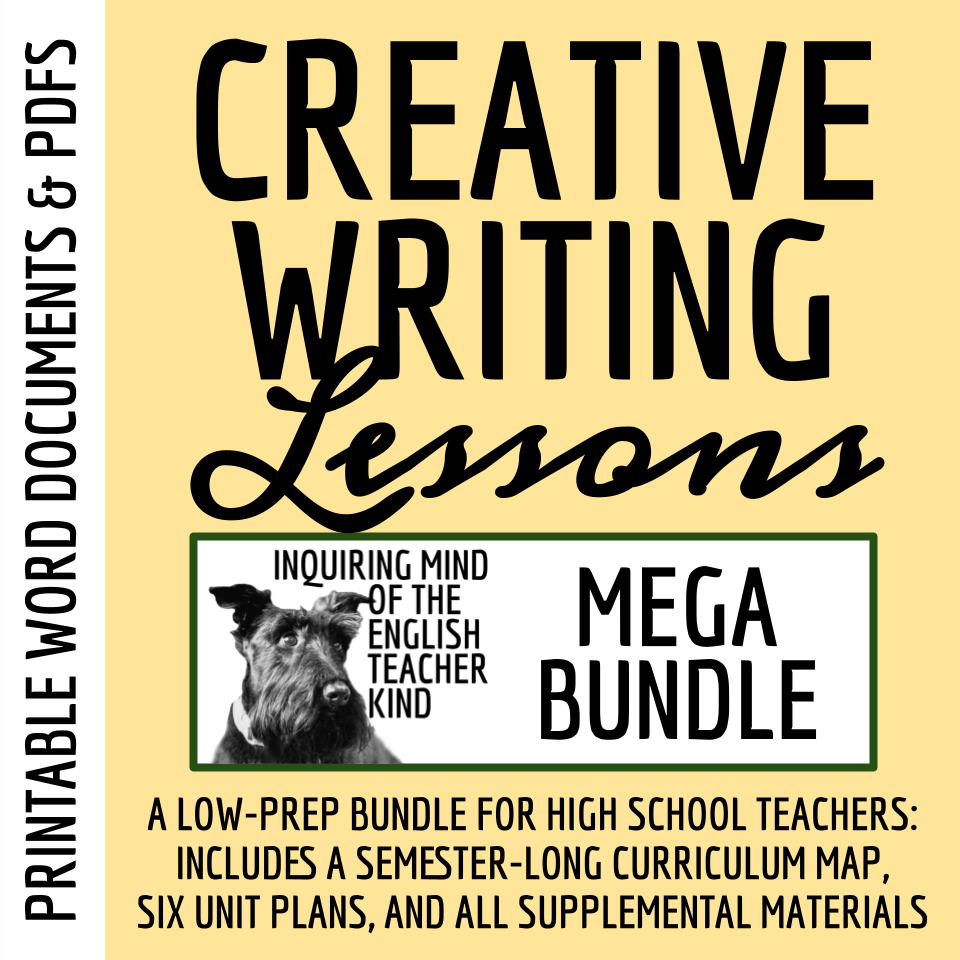 Image 1 of 250
Image 1 of 250

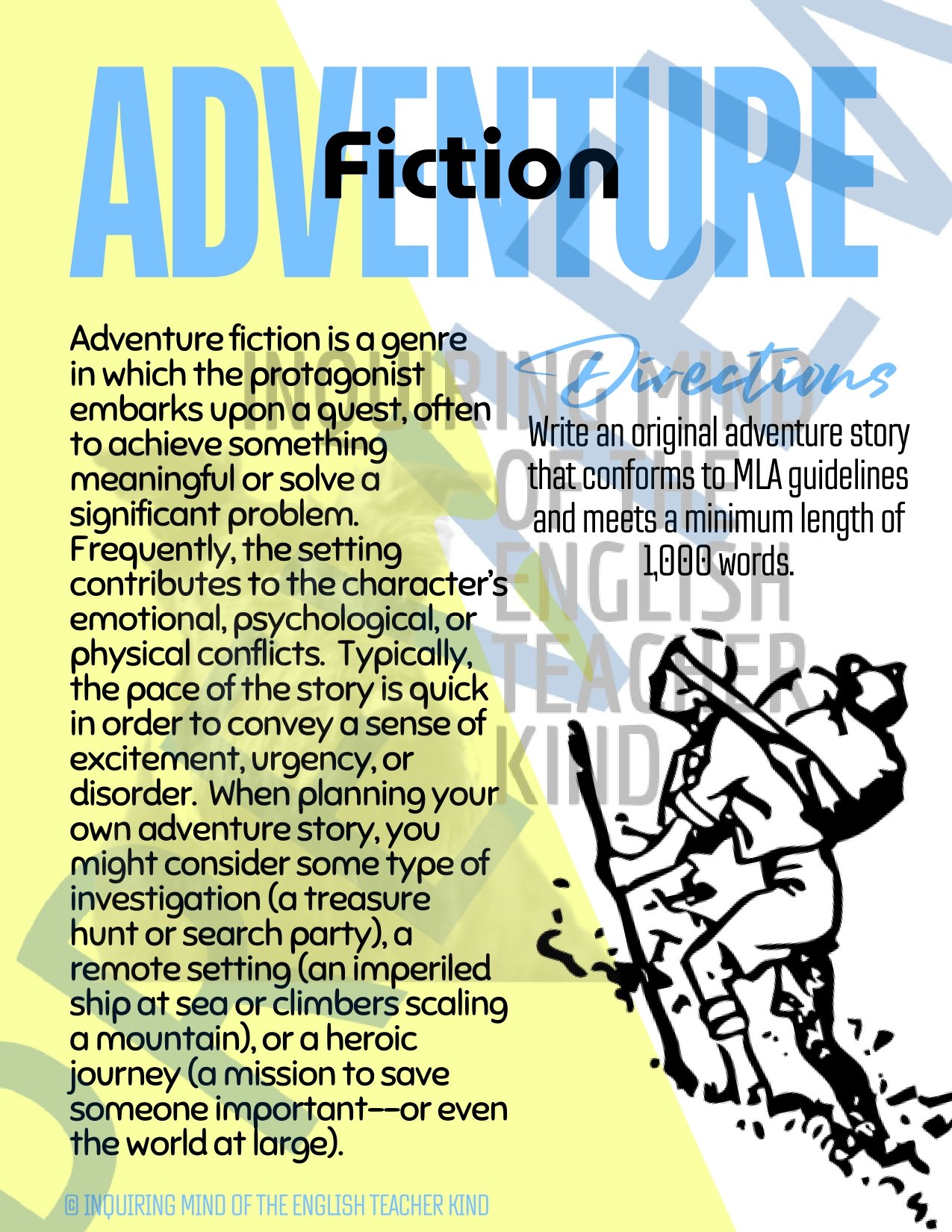 Image 2 of 250
Image 2 of 250

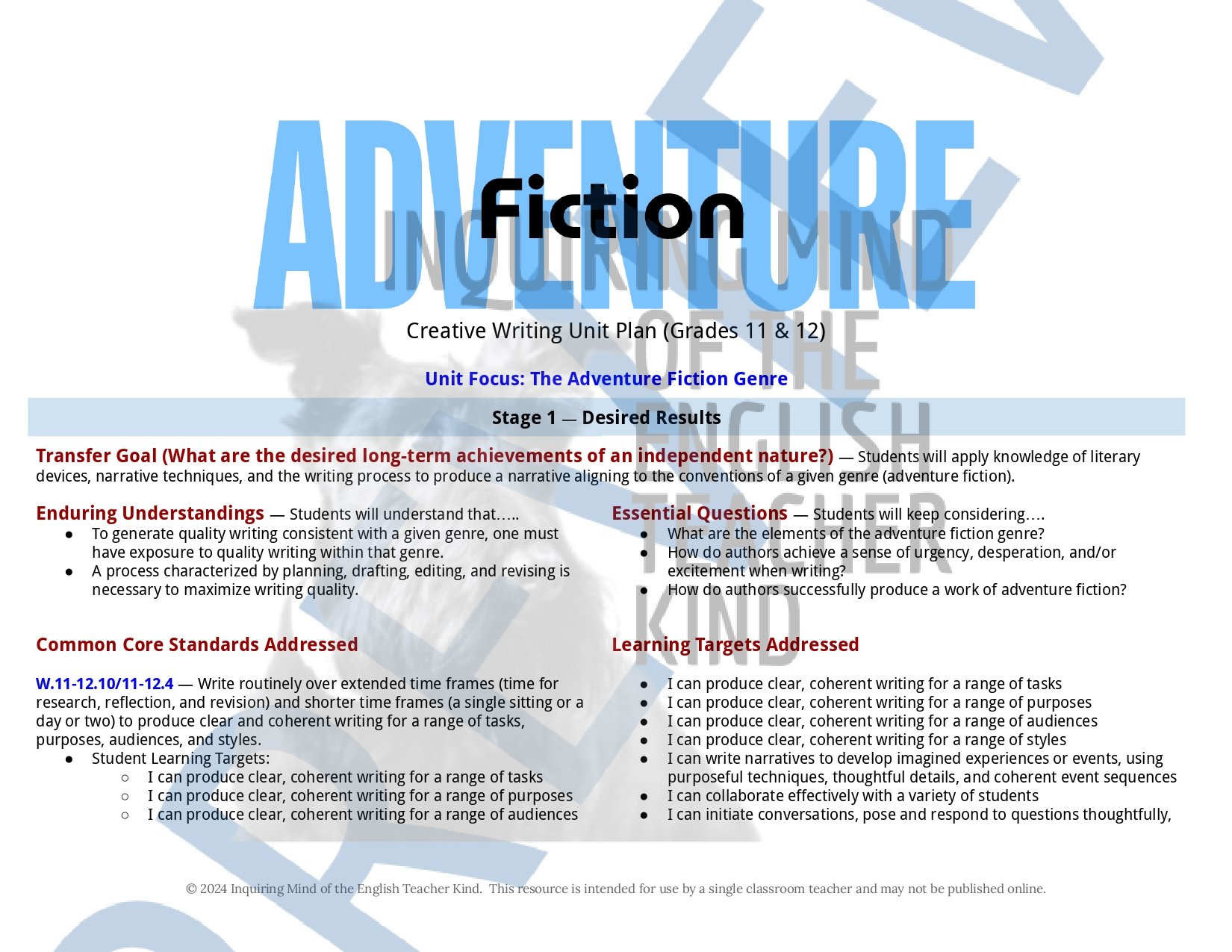 Image 3 of 250
Image 3 of 250

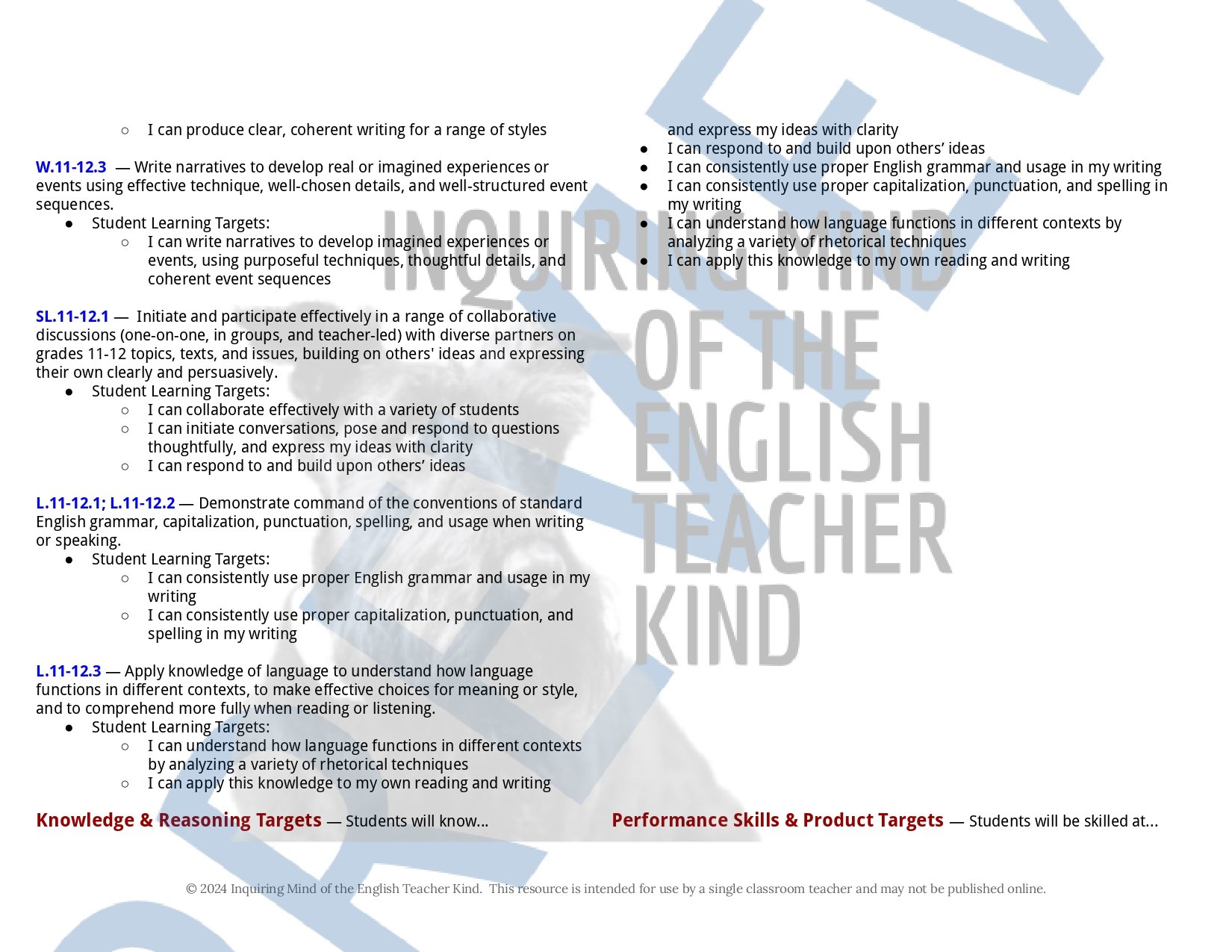 Image 4 of 250
Image 4 of 250

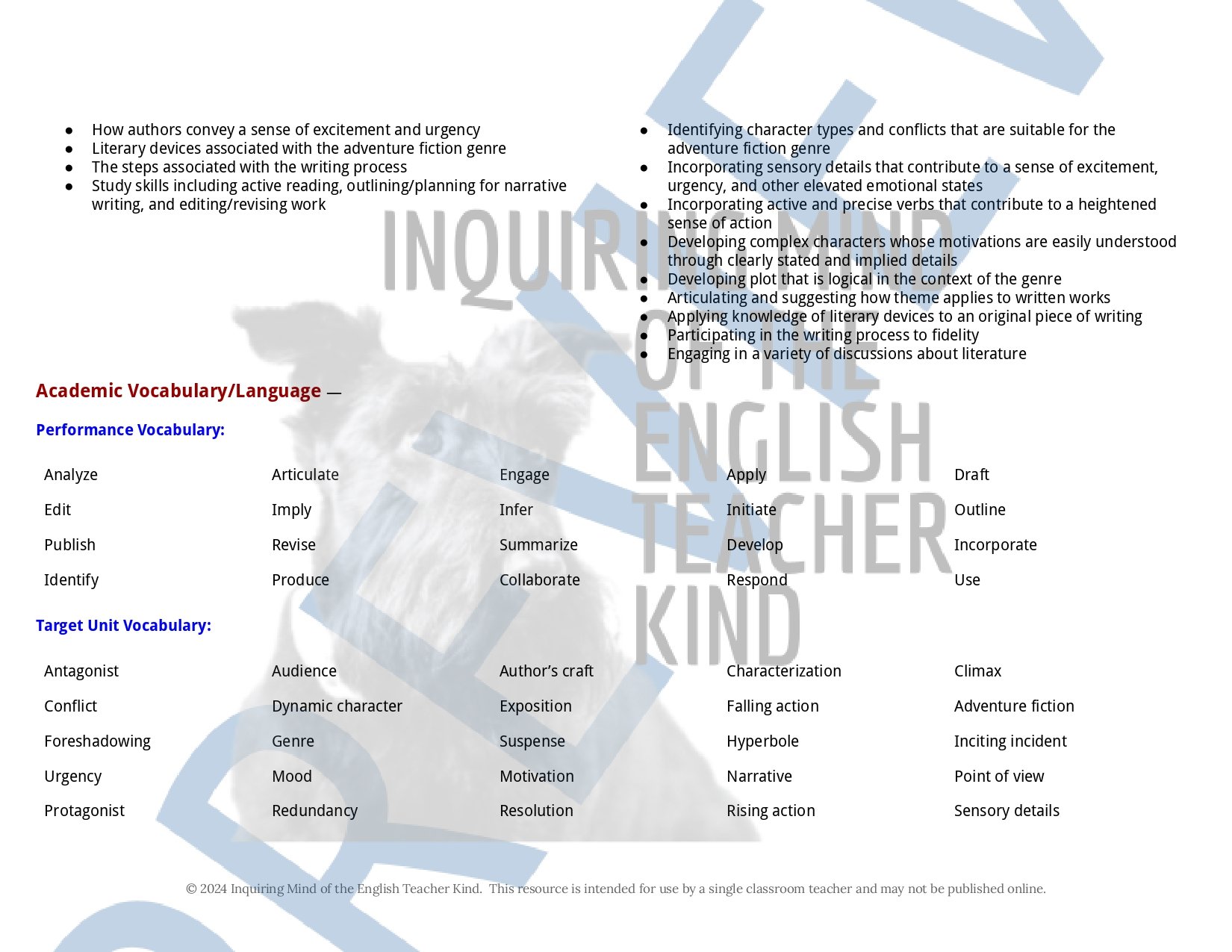 Image 5 of 250
Image 5 of 250

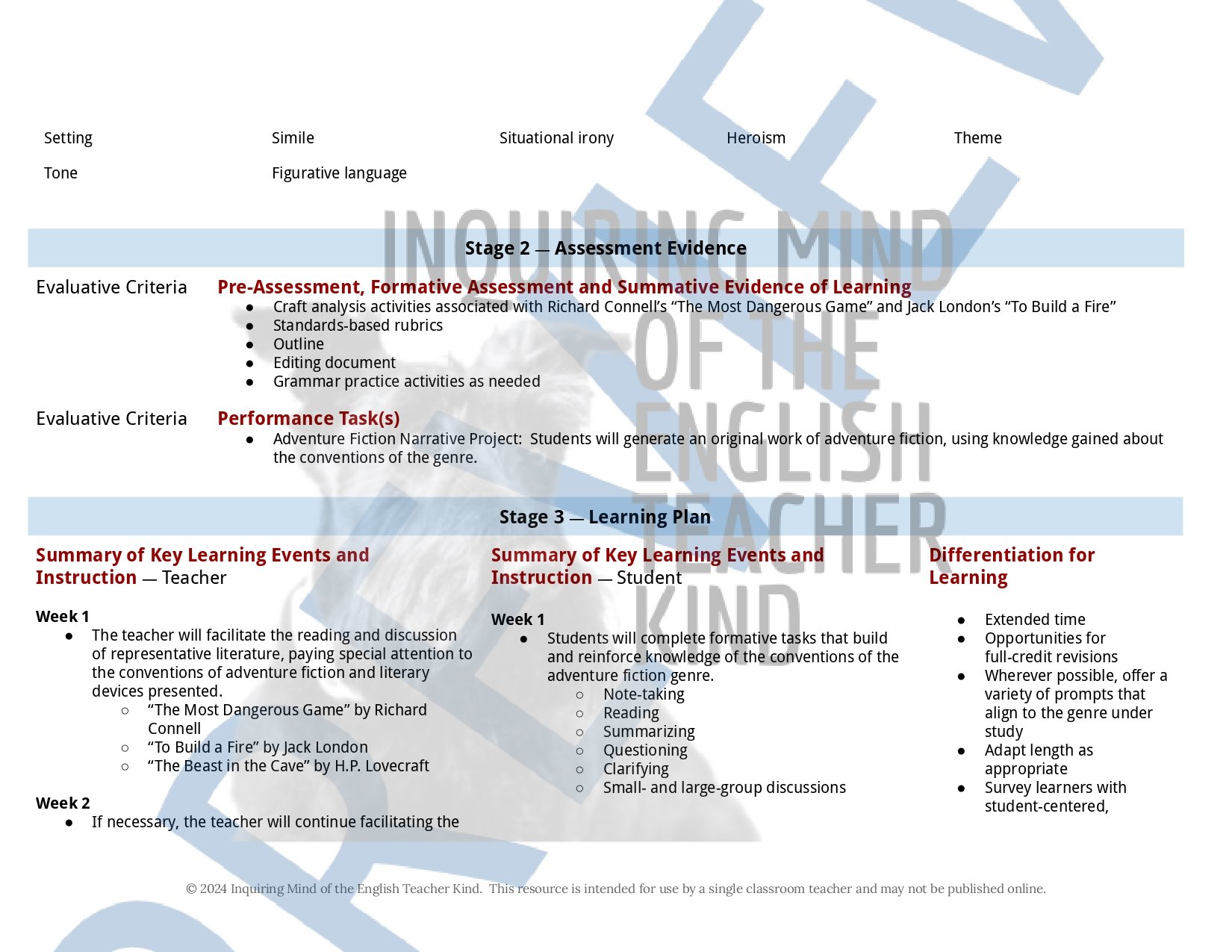 Image 6 of 250
Image 6 of 250

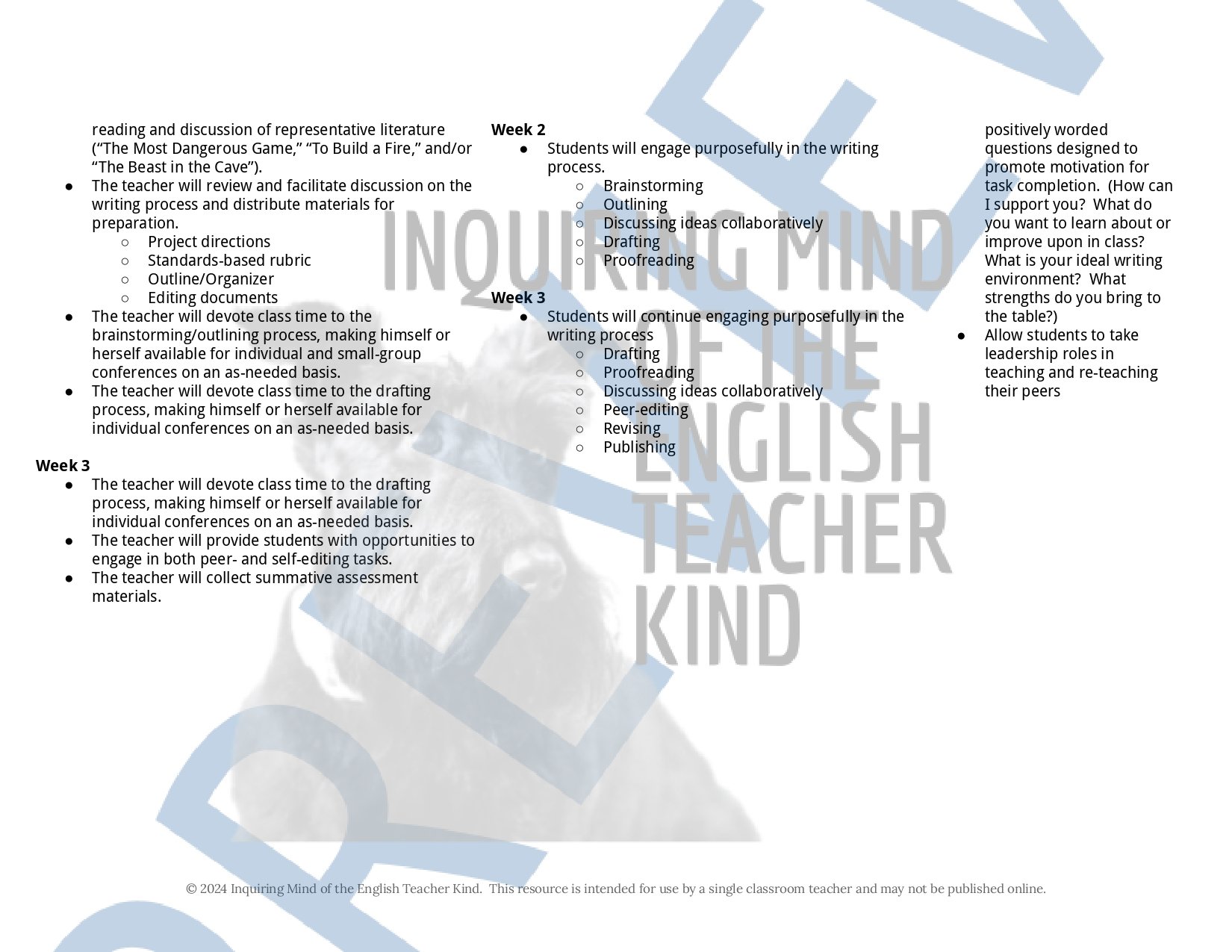 Image 7 of 250
Image 7 of 250

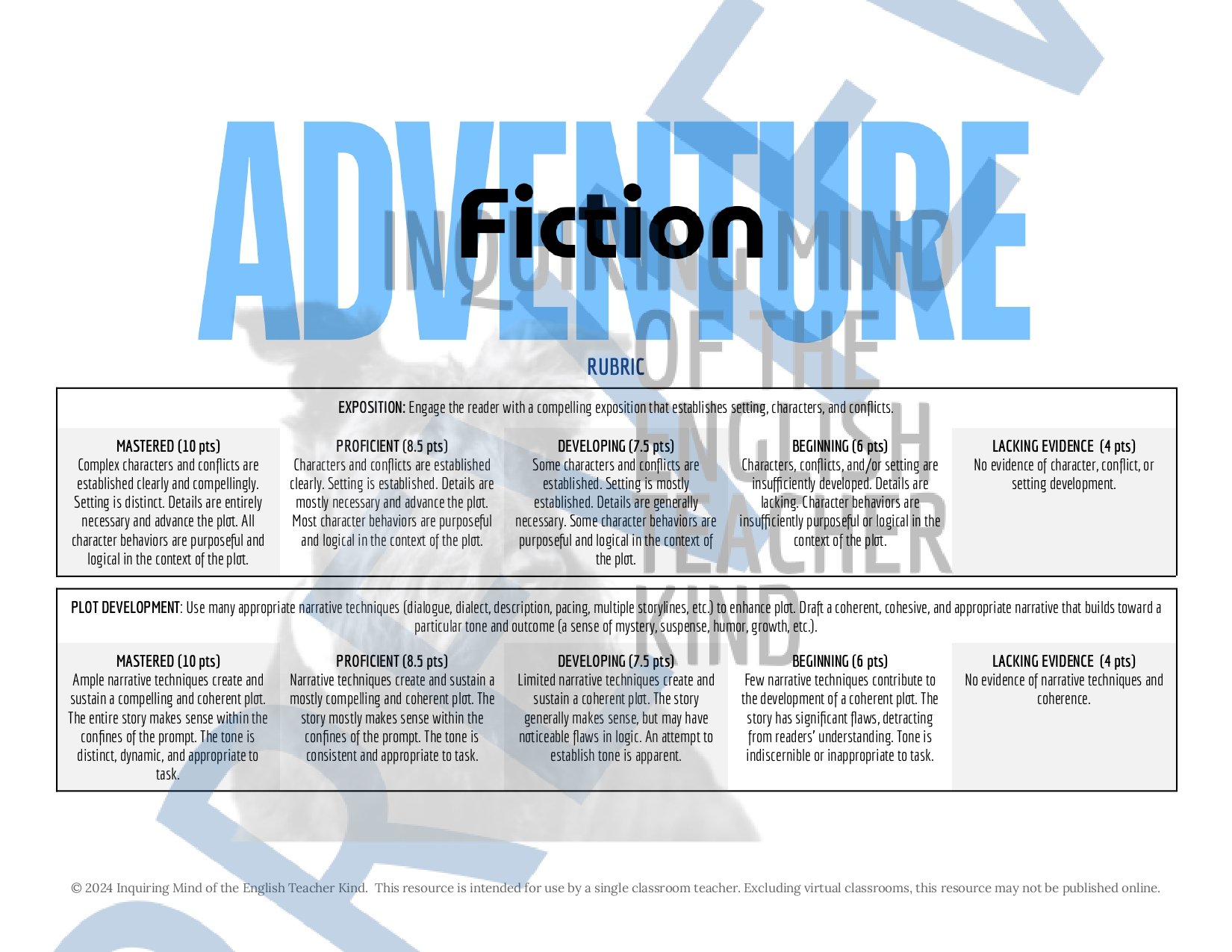 Image 8 of 250
Image 8 of 250

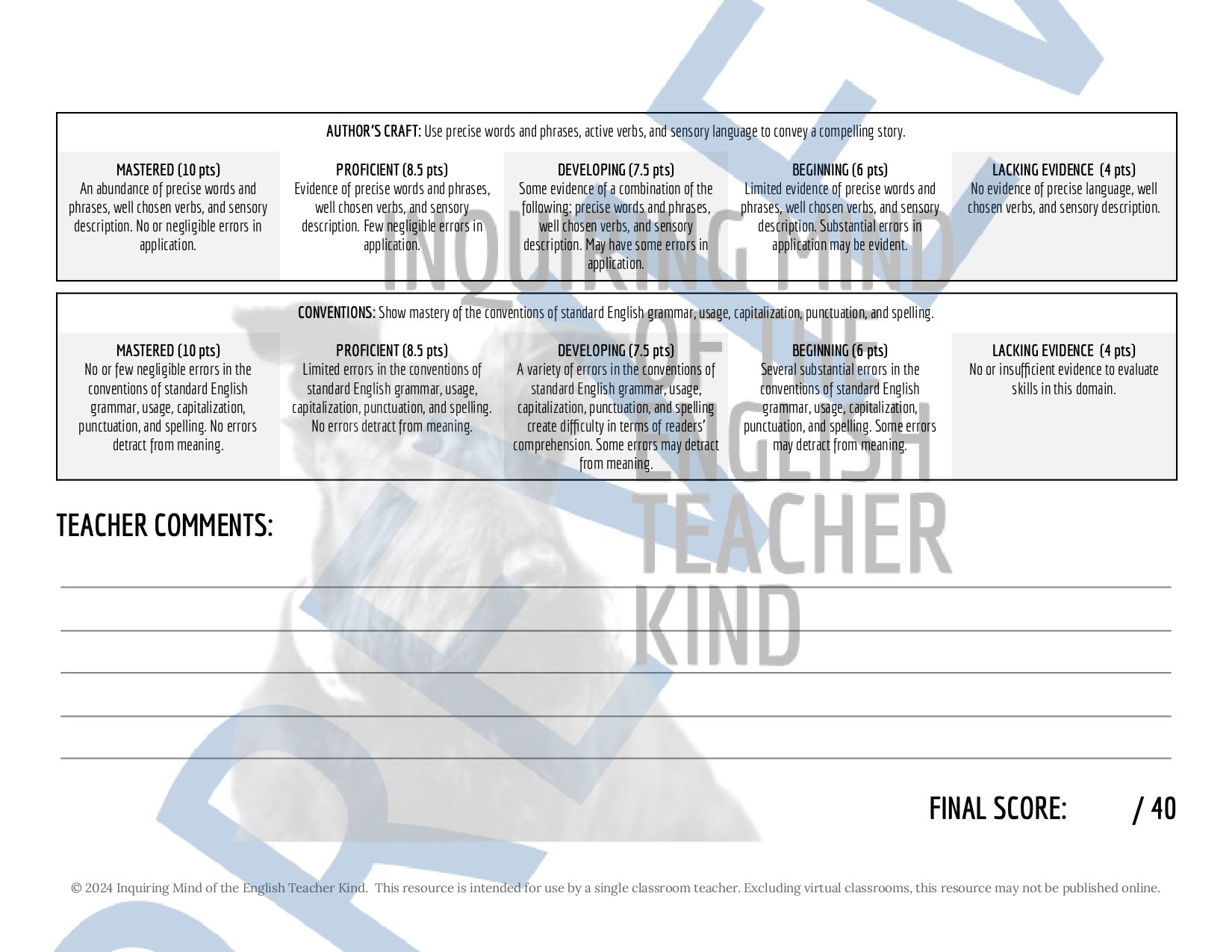 Image 9 of 250
Image 9 of 250

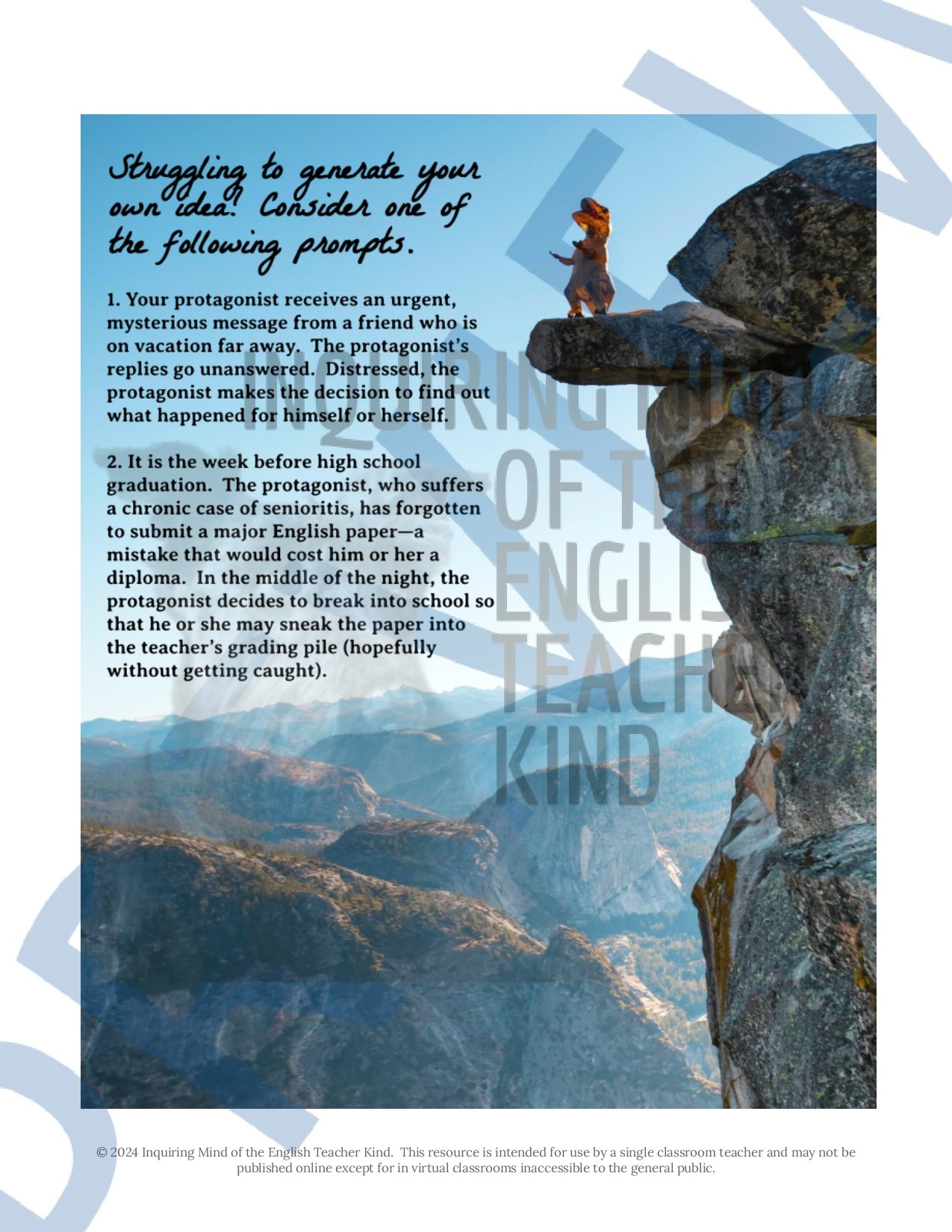 Image 10 of 250
Image 10 of 250

 Image 11 of 250
Image 11 of 250

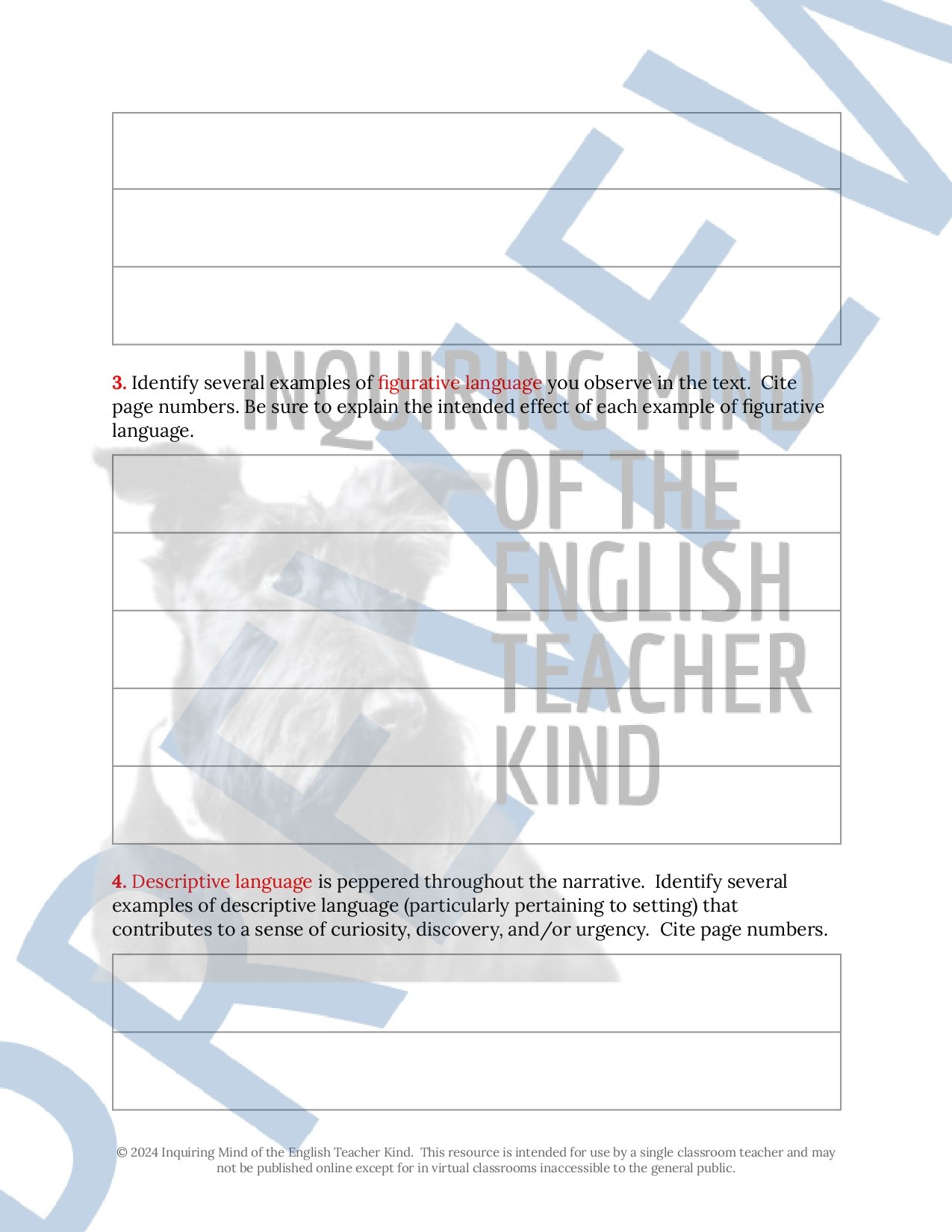 Image 12 of 250
Image 12 of 250

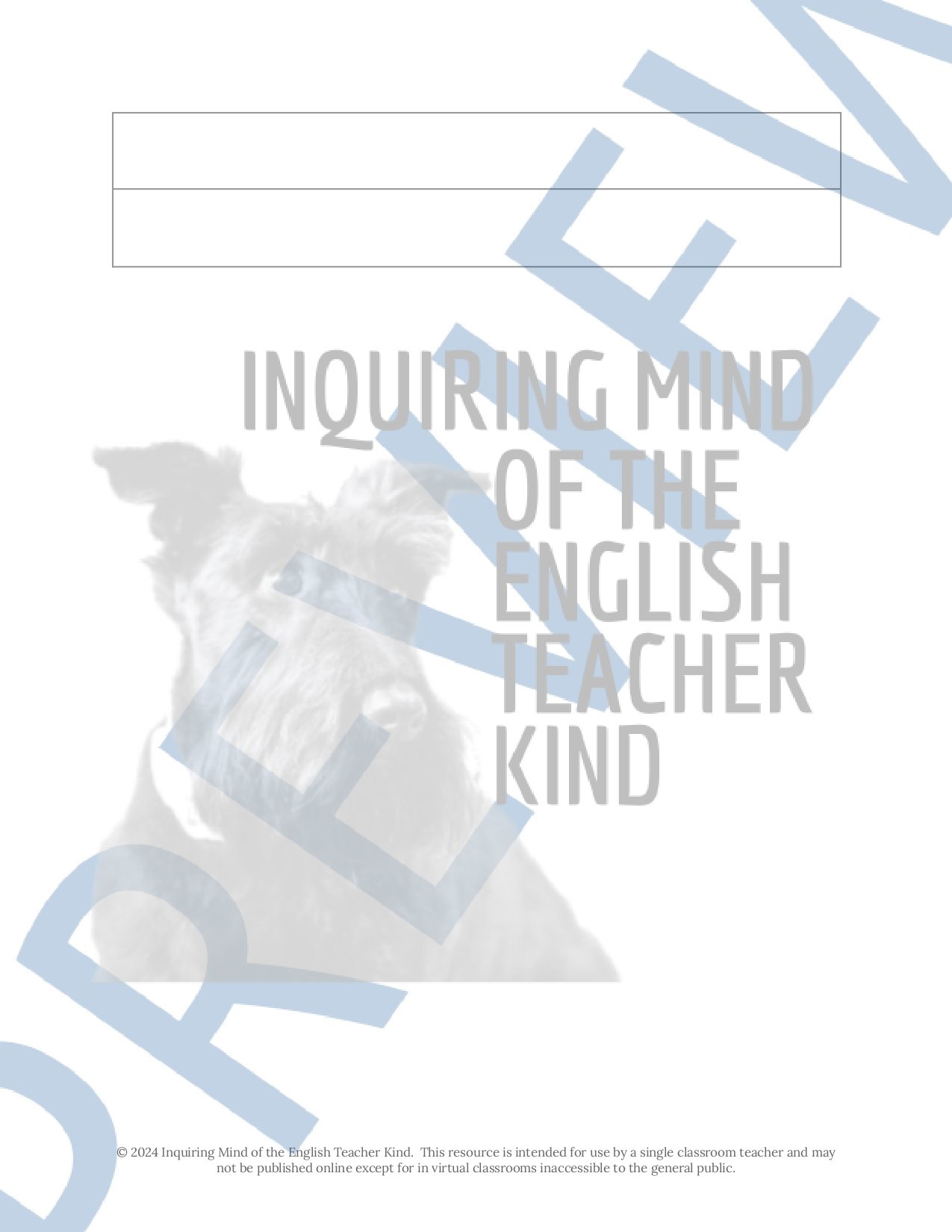 Image 13 of 250
Image 13 of 250

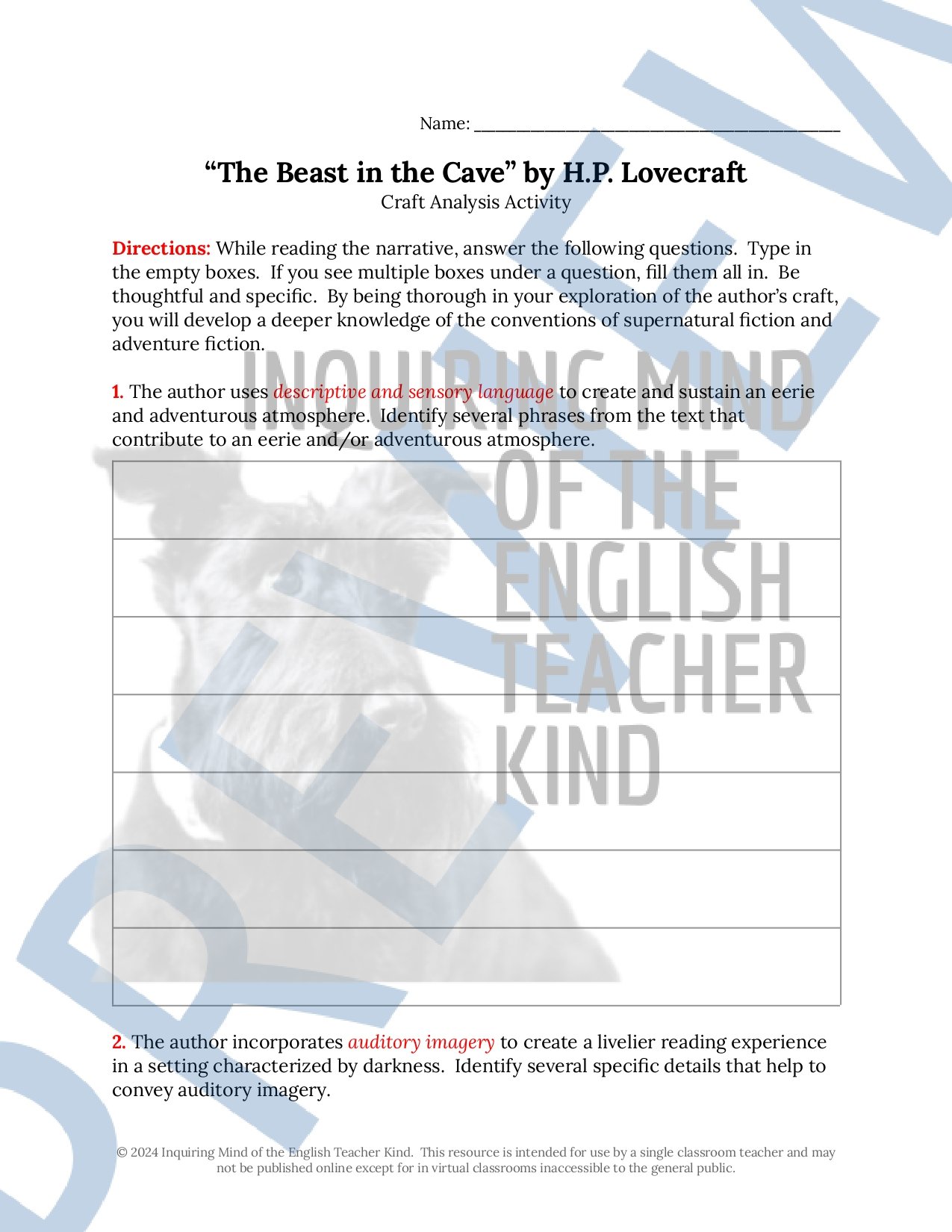 Image 14 of 250
Image 14 of 250

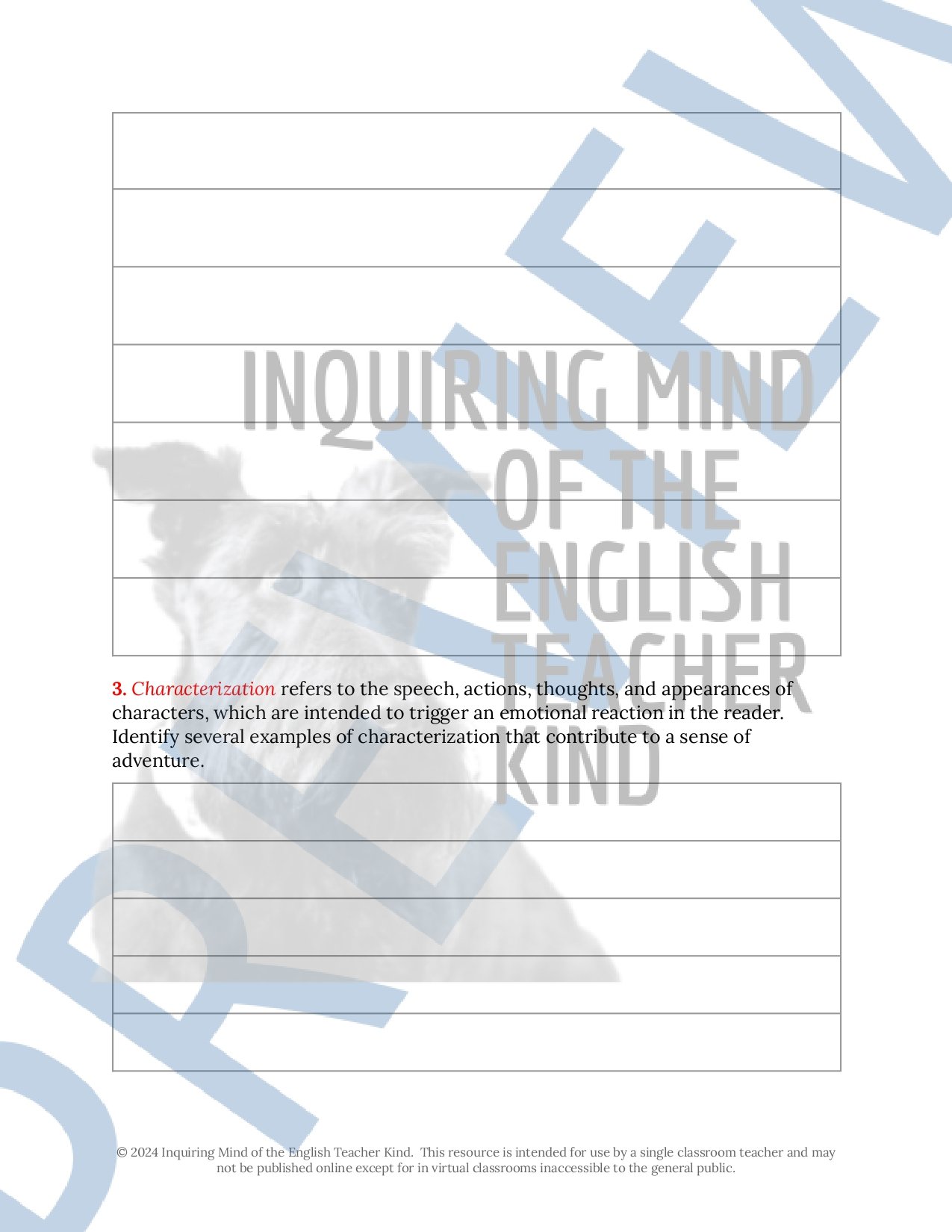 Image 15 of 250
Image 15 of 250

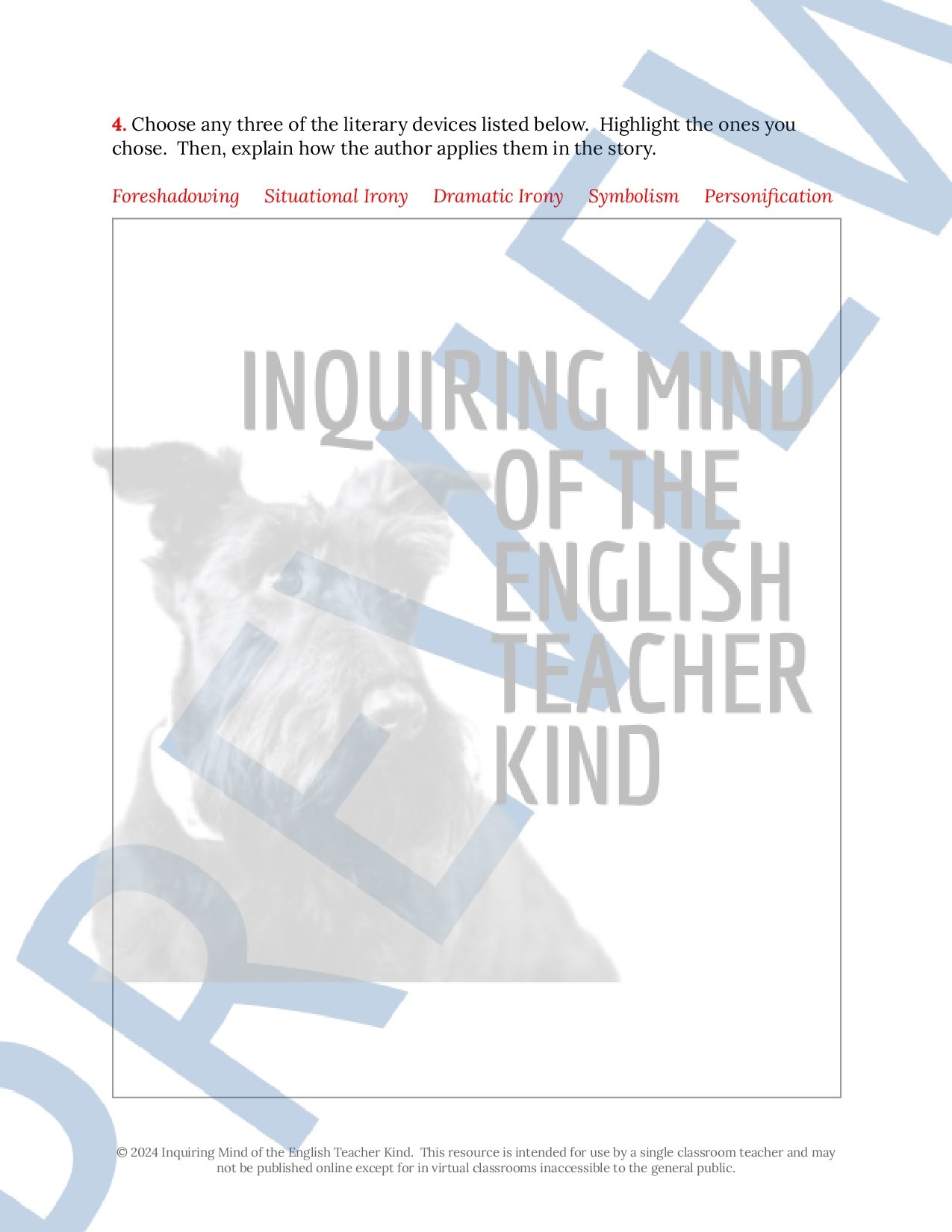 Image 16 of 250
Image 16 of 250

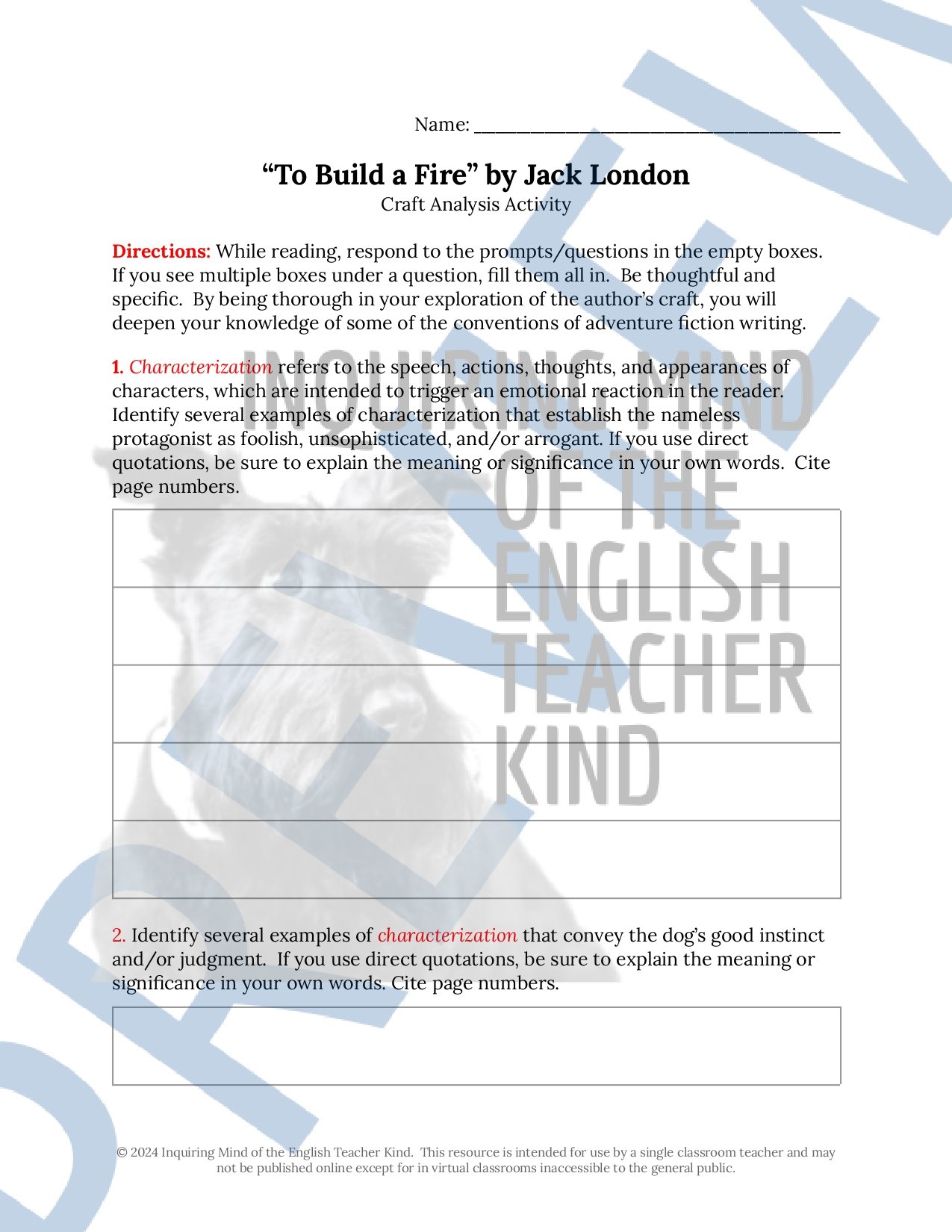 Image 17 of 250
Image 17 of 250

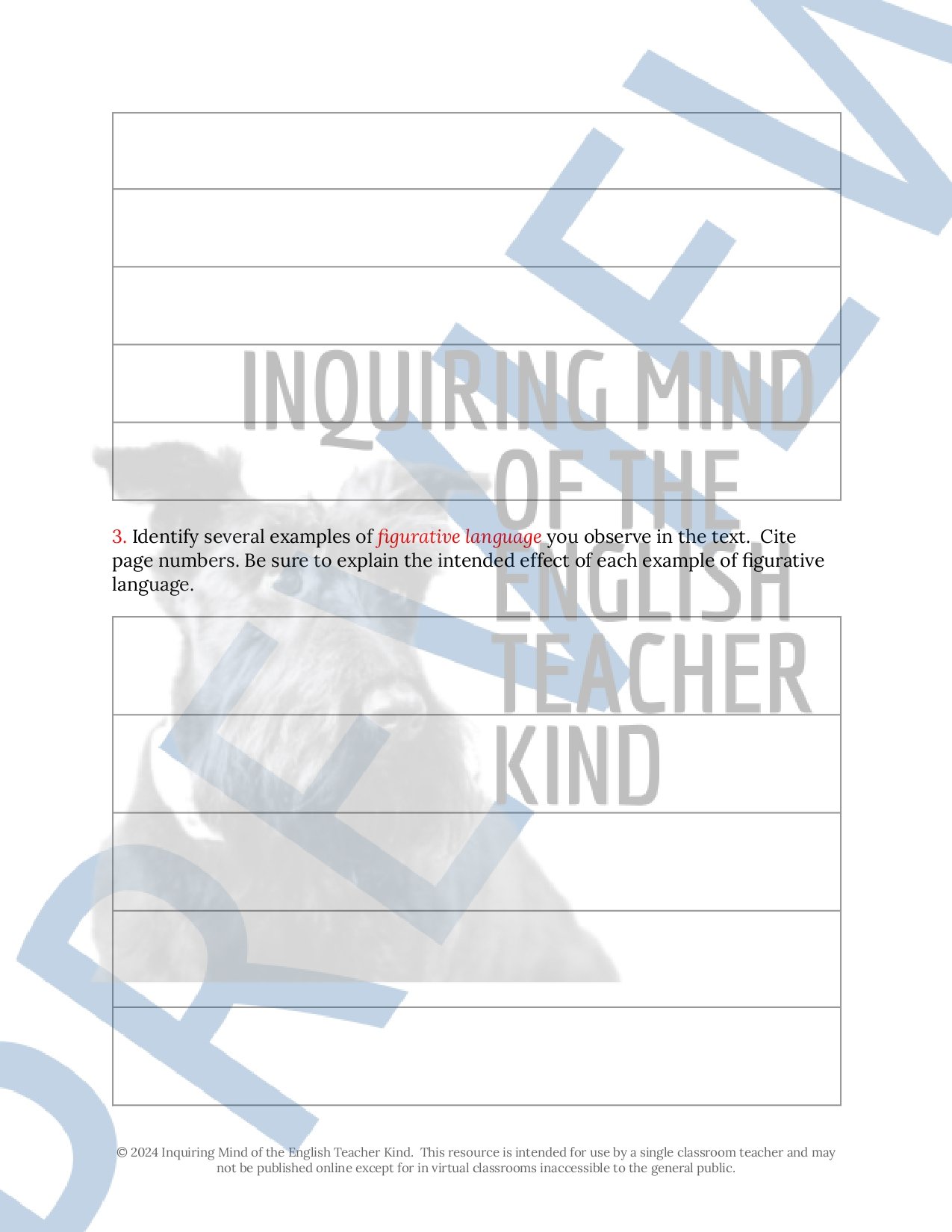 Image 18 of 250
Image 18 of 250

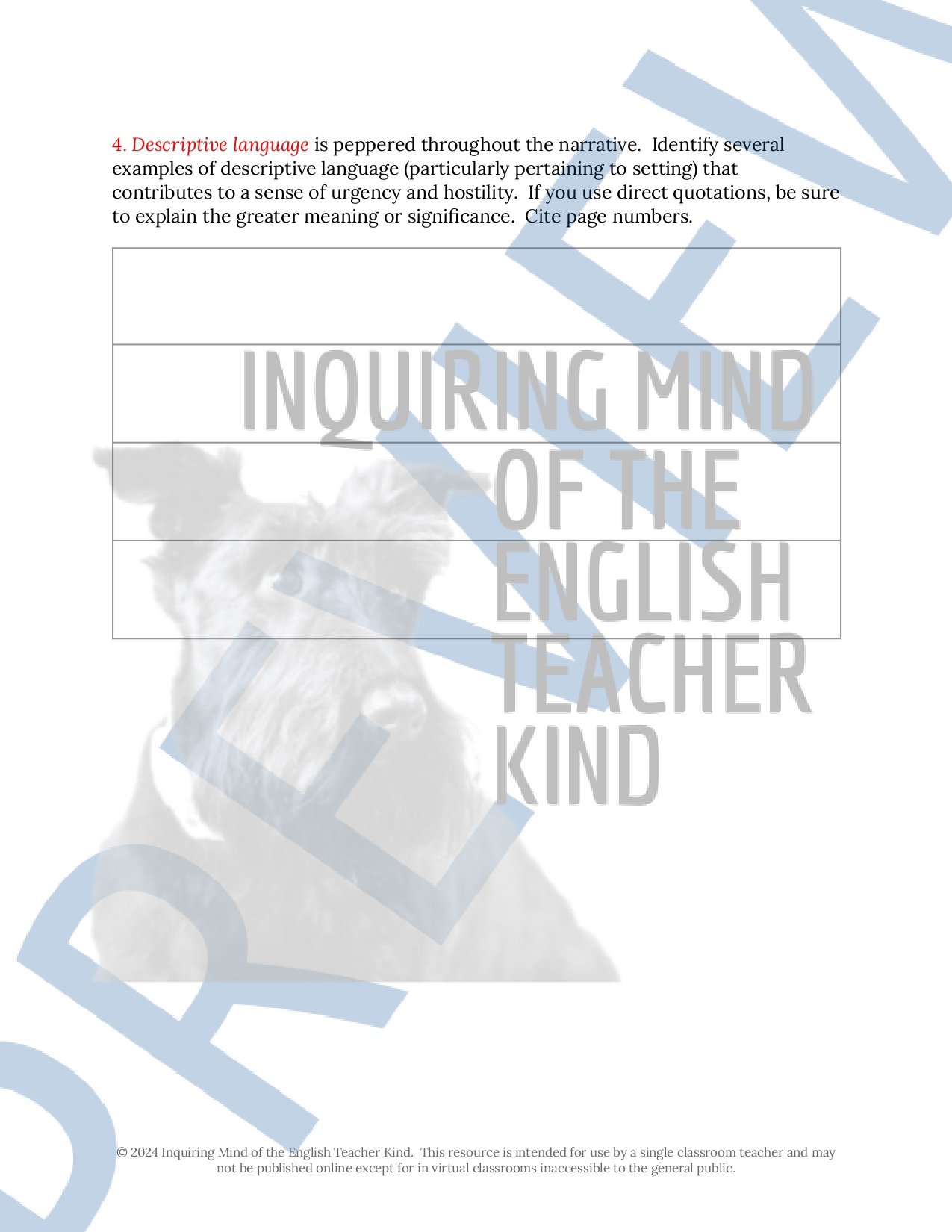 Image 19 of 250
Image 19 of 250

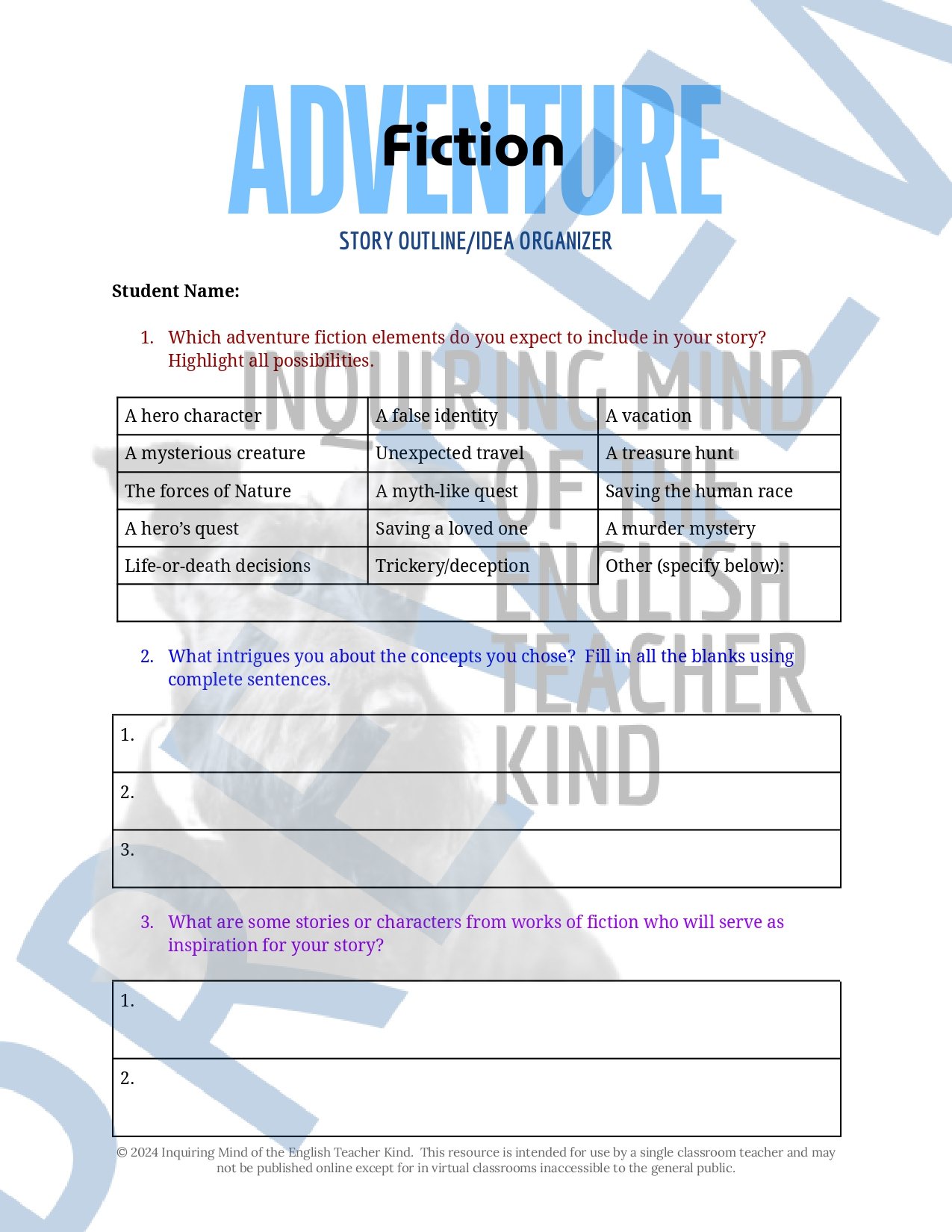 Image 20 of 250
Image 20 of 250

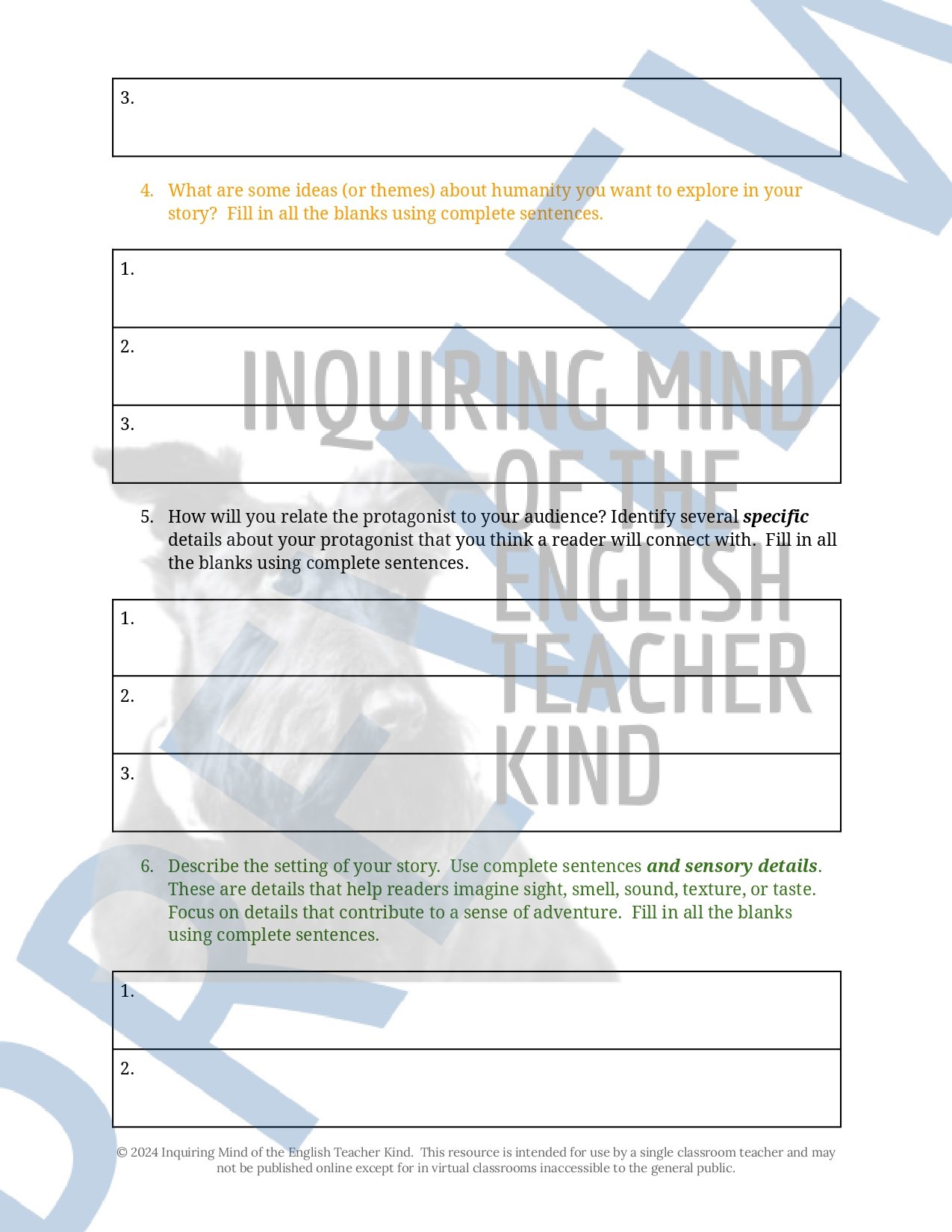 Image 21 of 250
Image 21 of 250

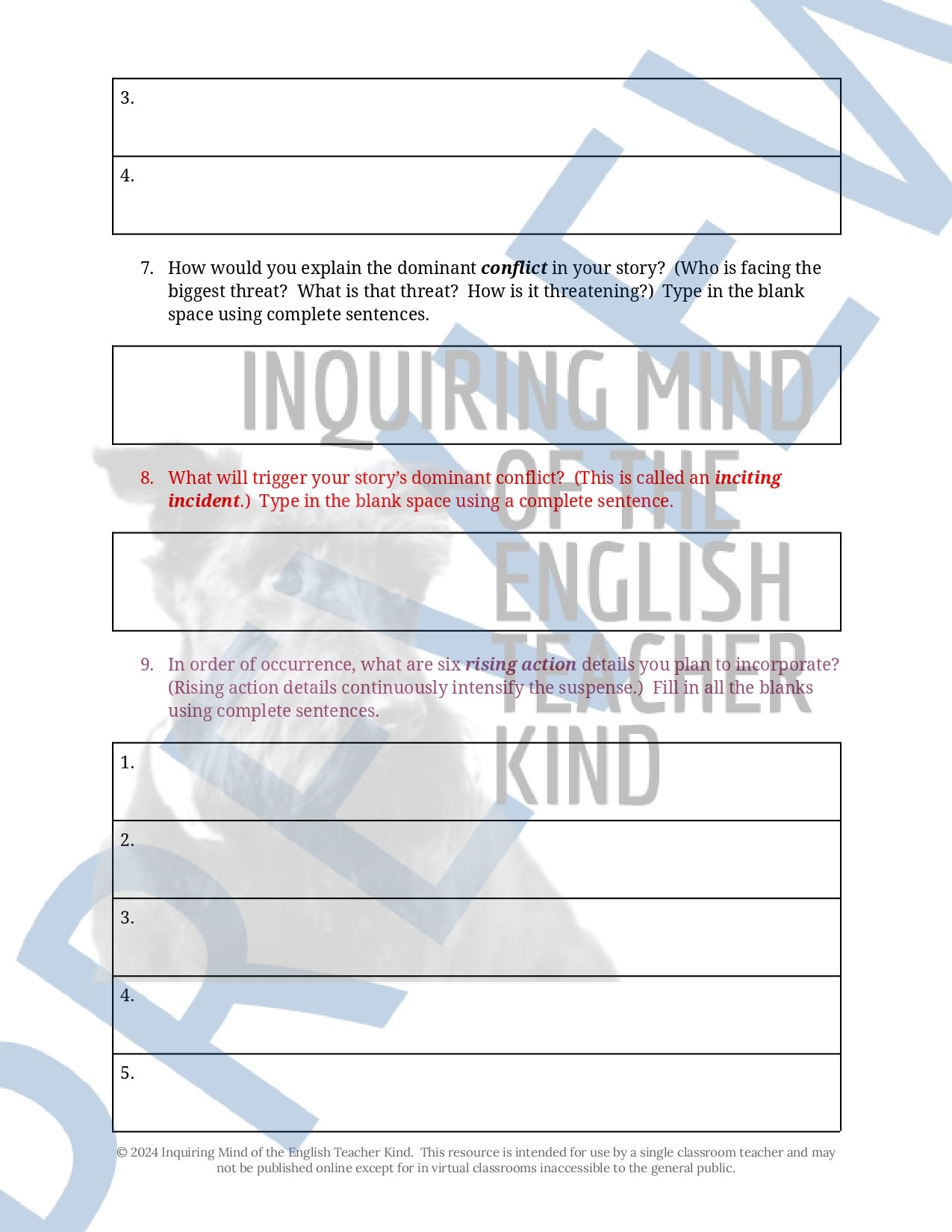 Image 22 of 250
Image 22 of 250

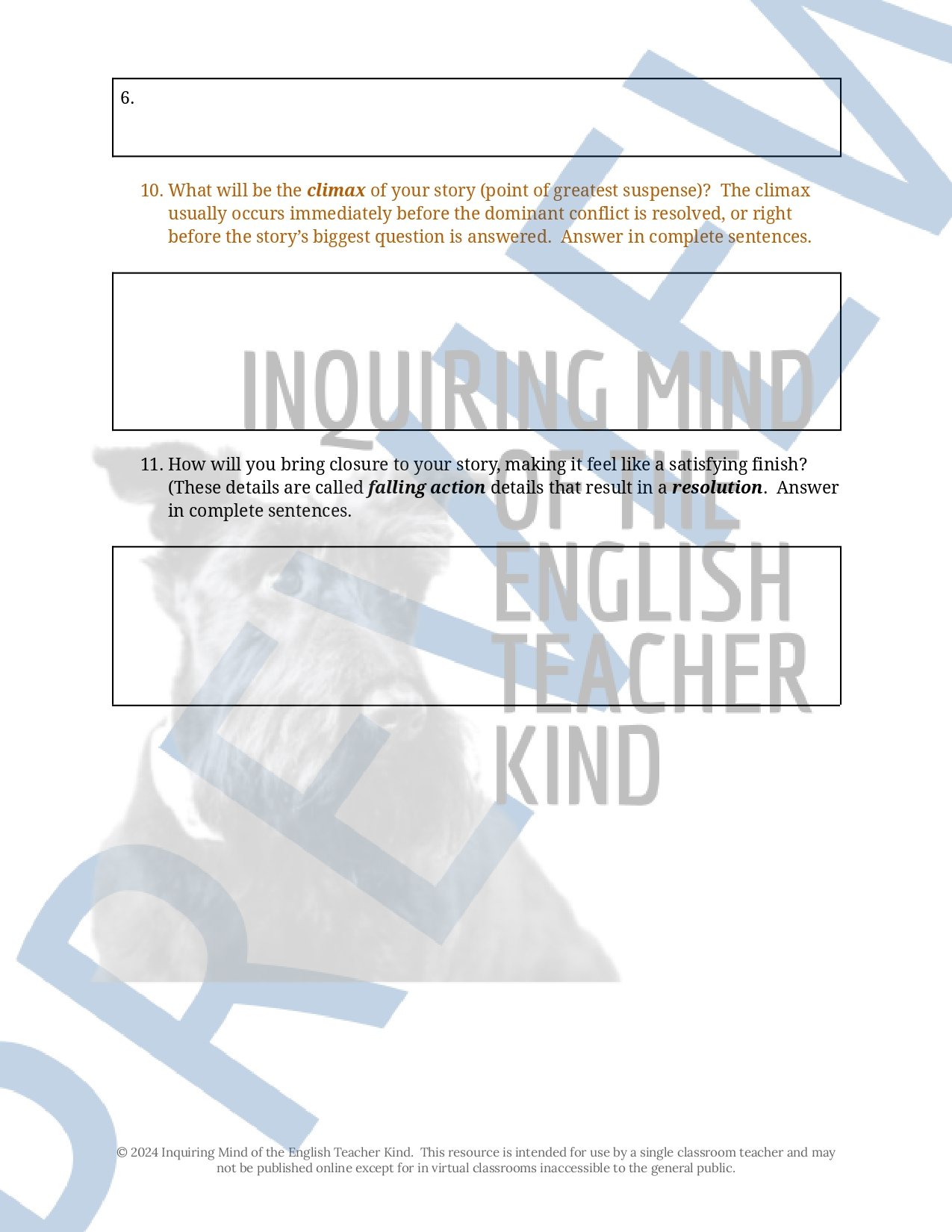 Image 23 of 250
Image 23 of 250

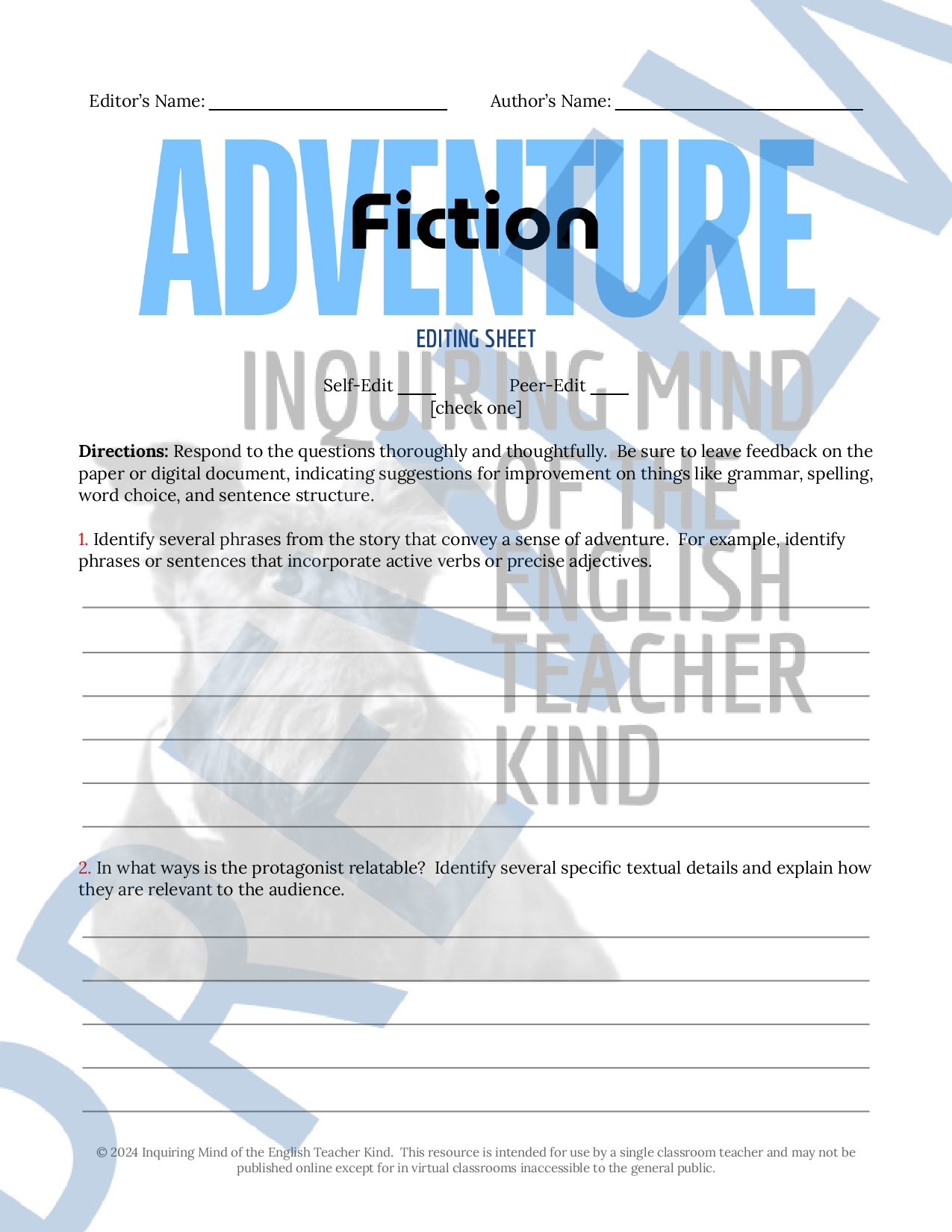 Image 24 of 250
Image 24 of 250

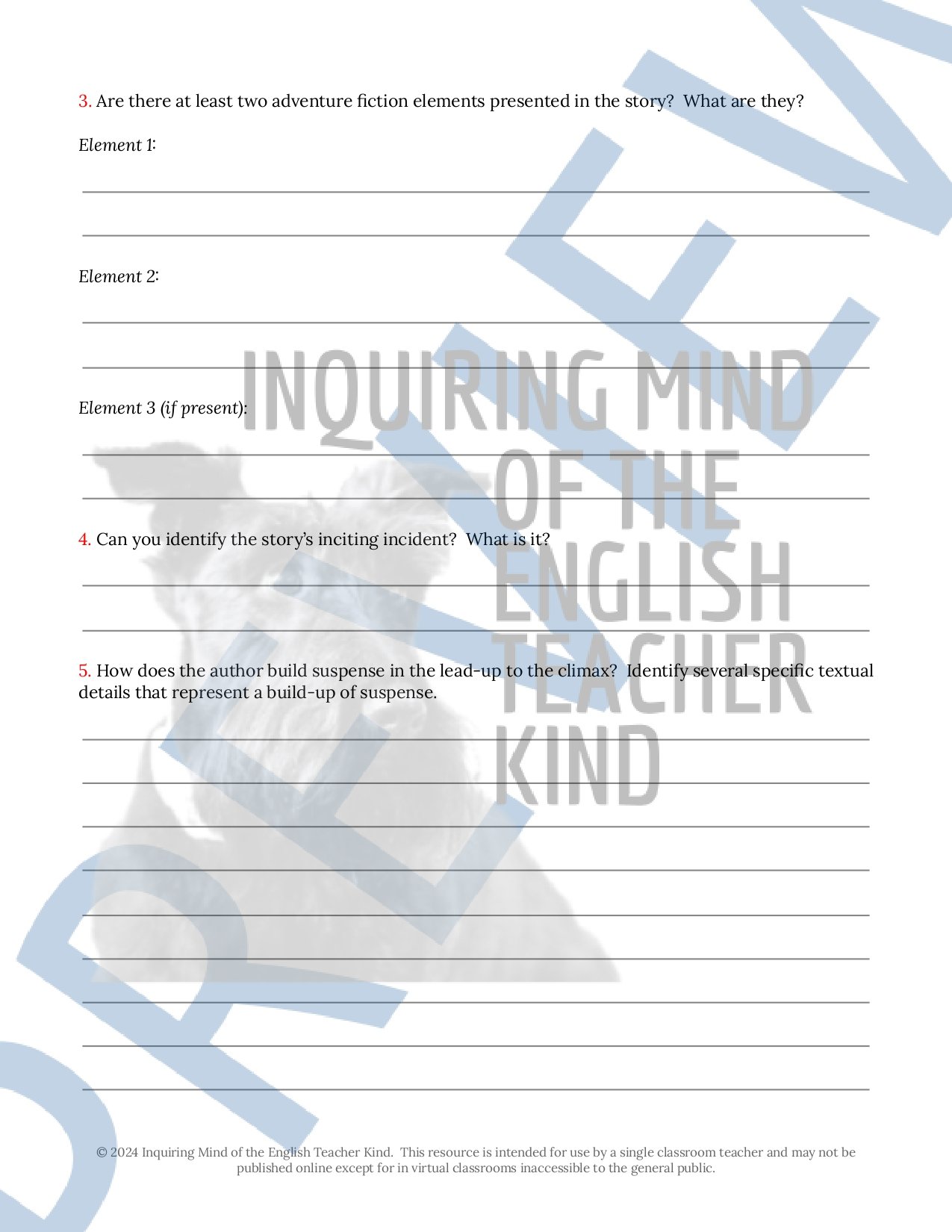 Image 25 of 250
Image 25 of 250

 Image 26 of 250
Image 26 of 250

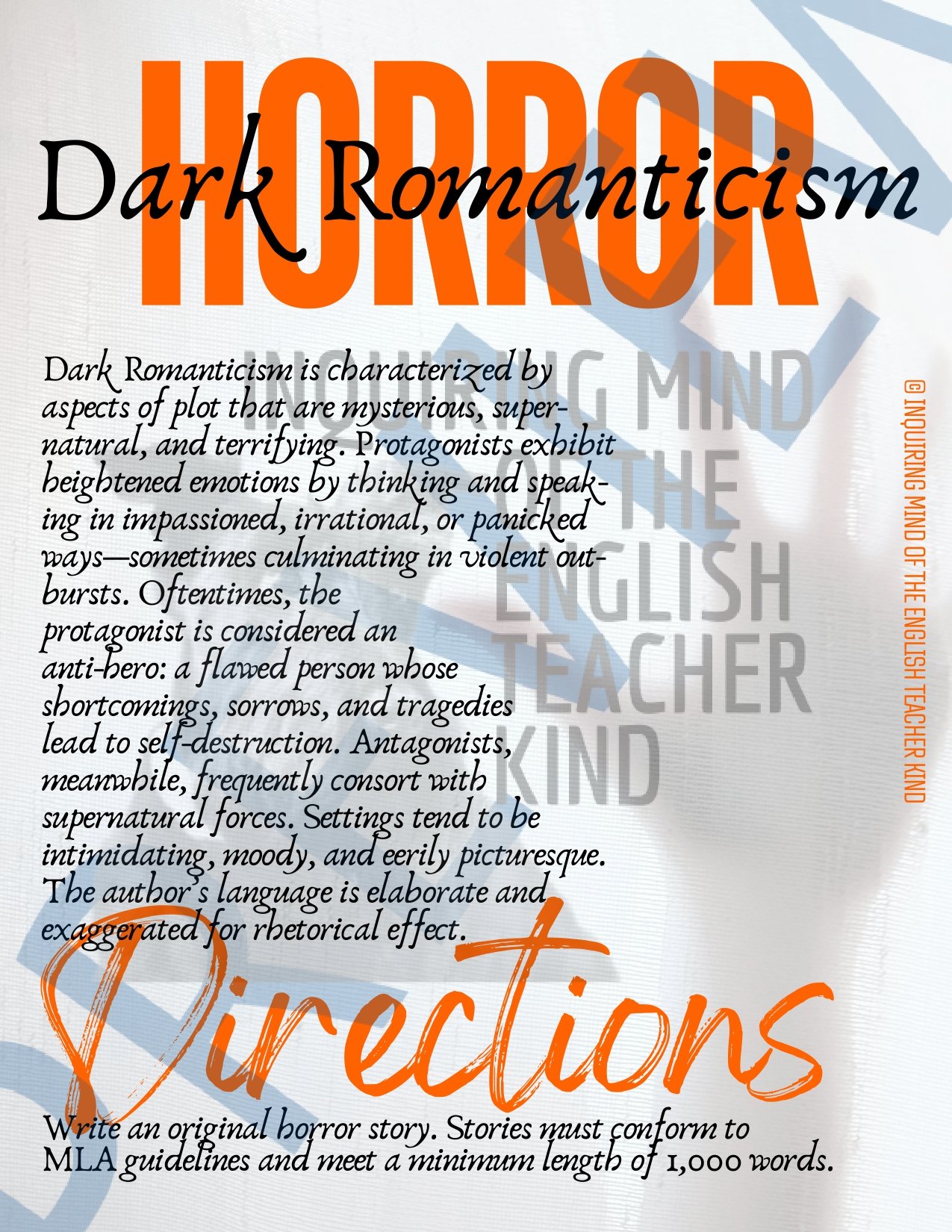 Image 27 of 250
Image 27 of 250

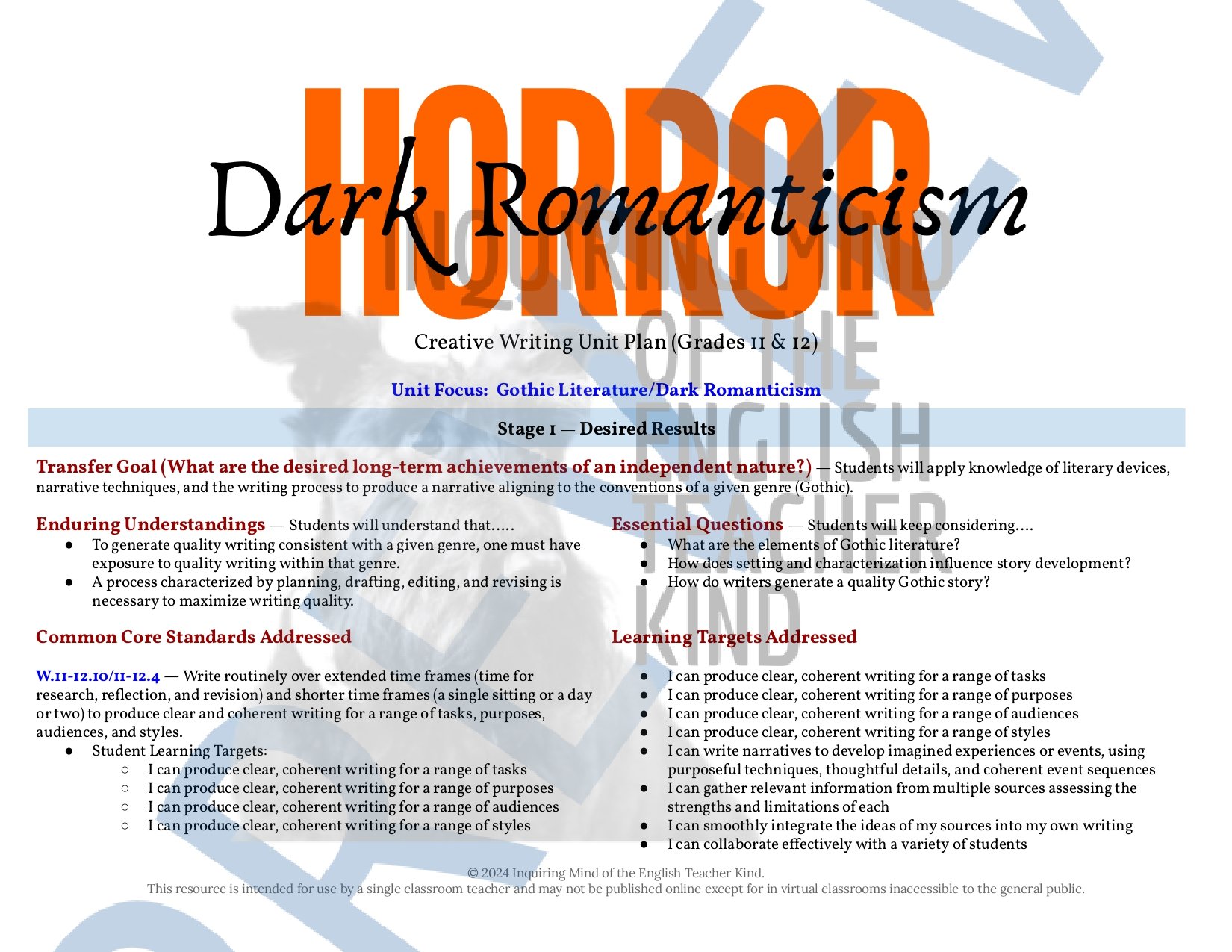 Image 28 of 250
Image 28 of 250

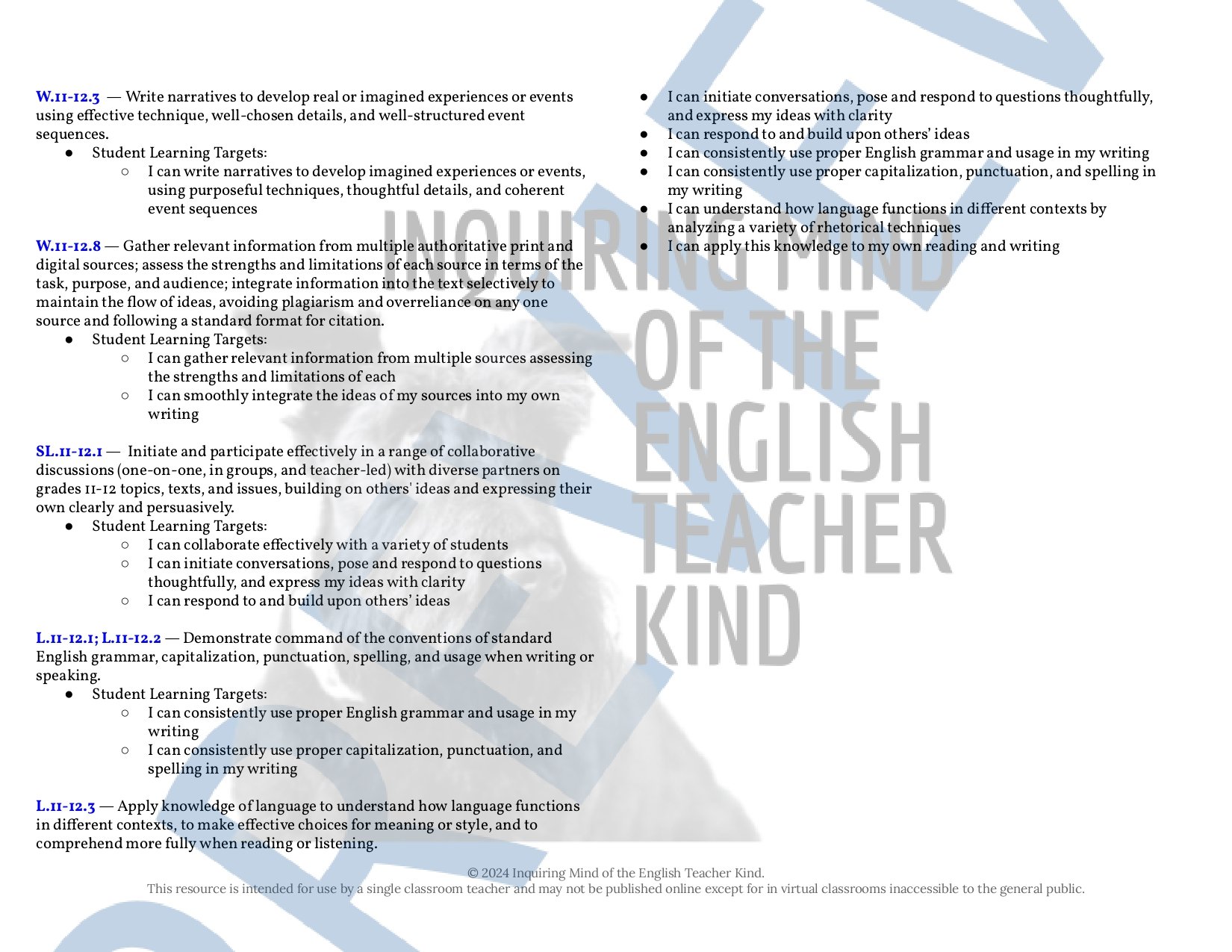 Image 29 of 250
Image 29 of 250

 Image 30 of 250
Image 30 of 250

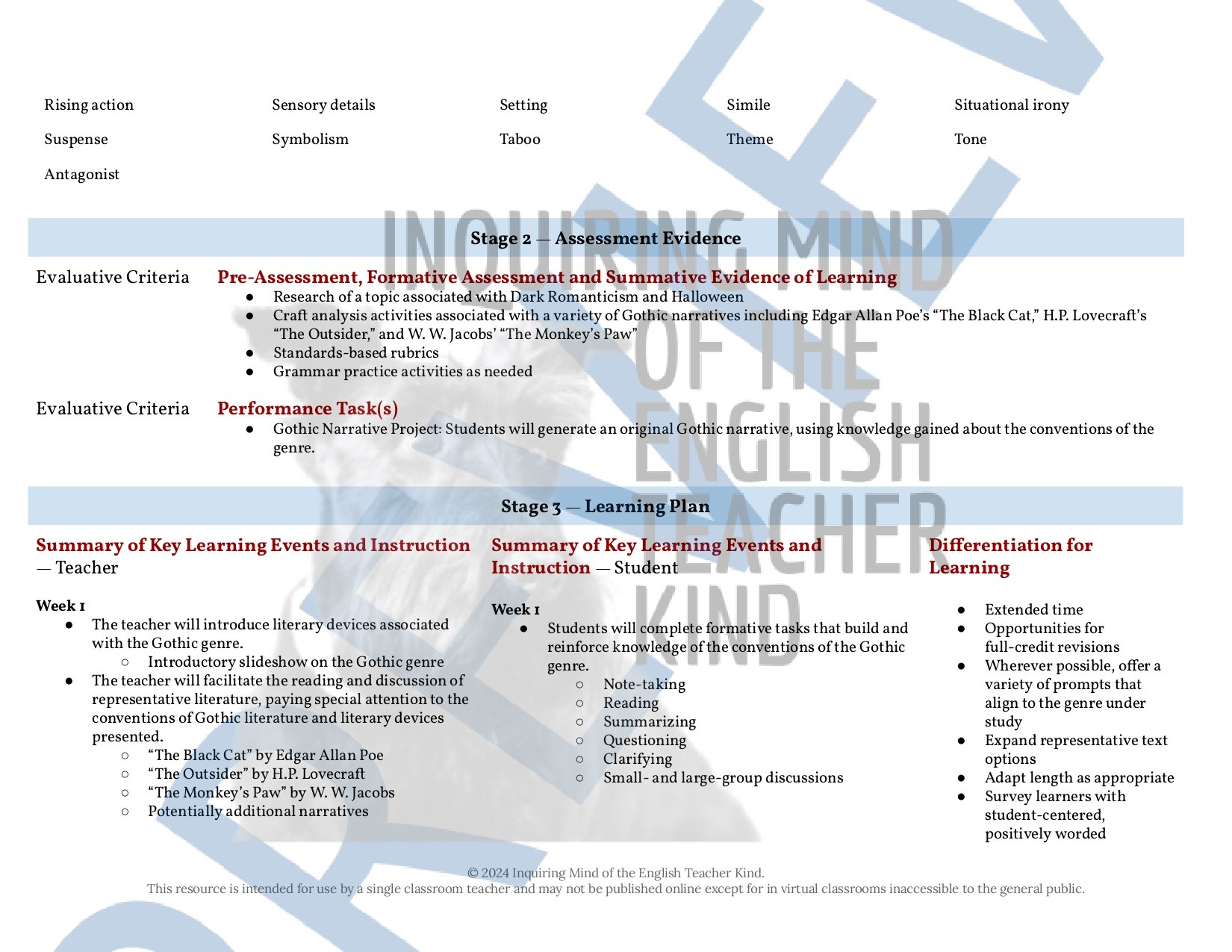 Image 31 of 250
Image 31 of 250

 Image 32 of 250
Image 32 of 250

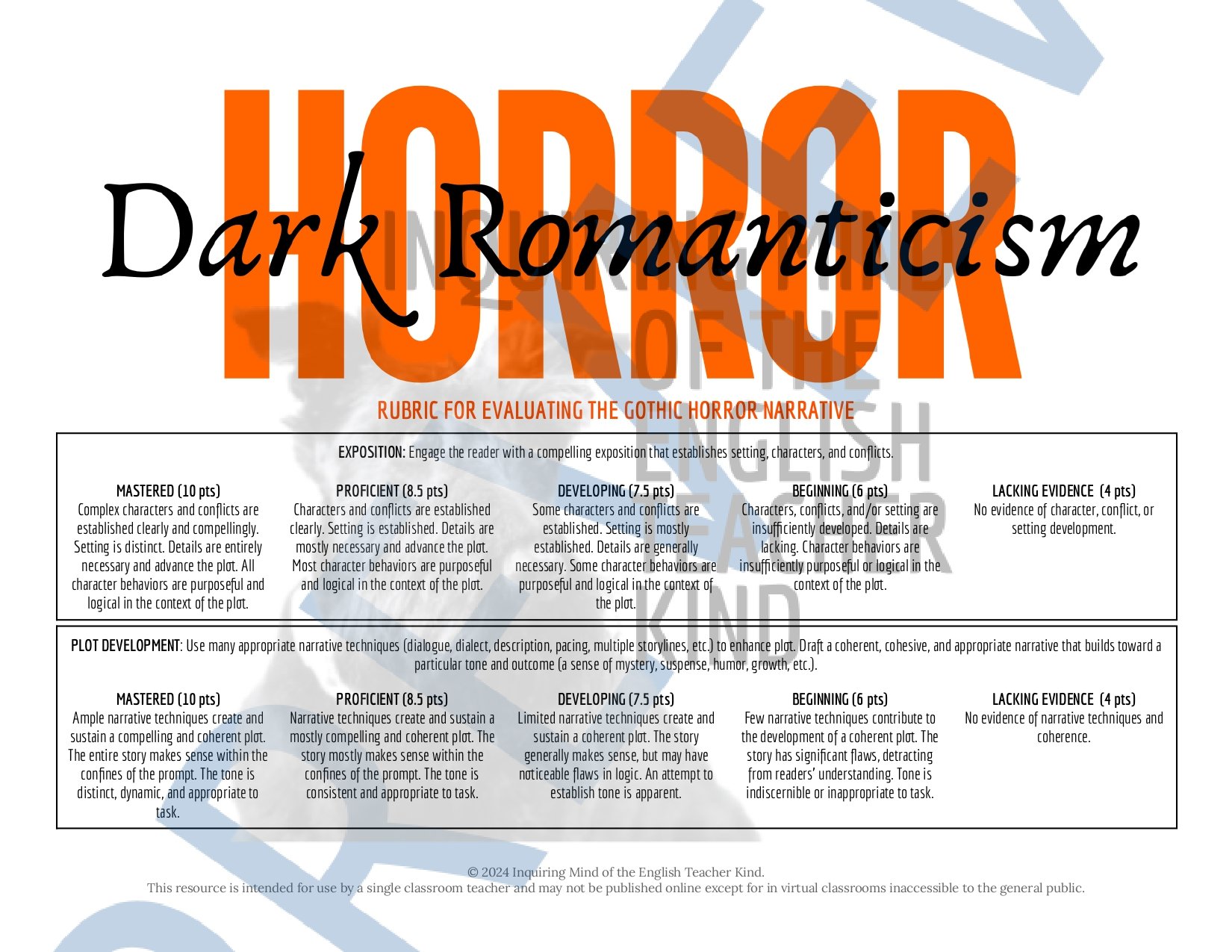 Image 33 of 250
Image 33 of 250

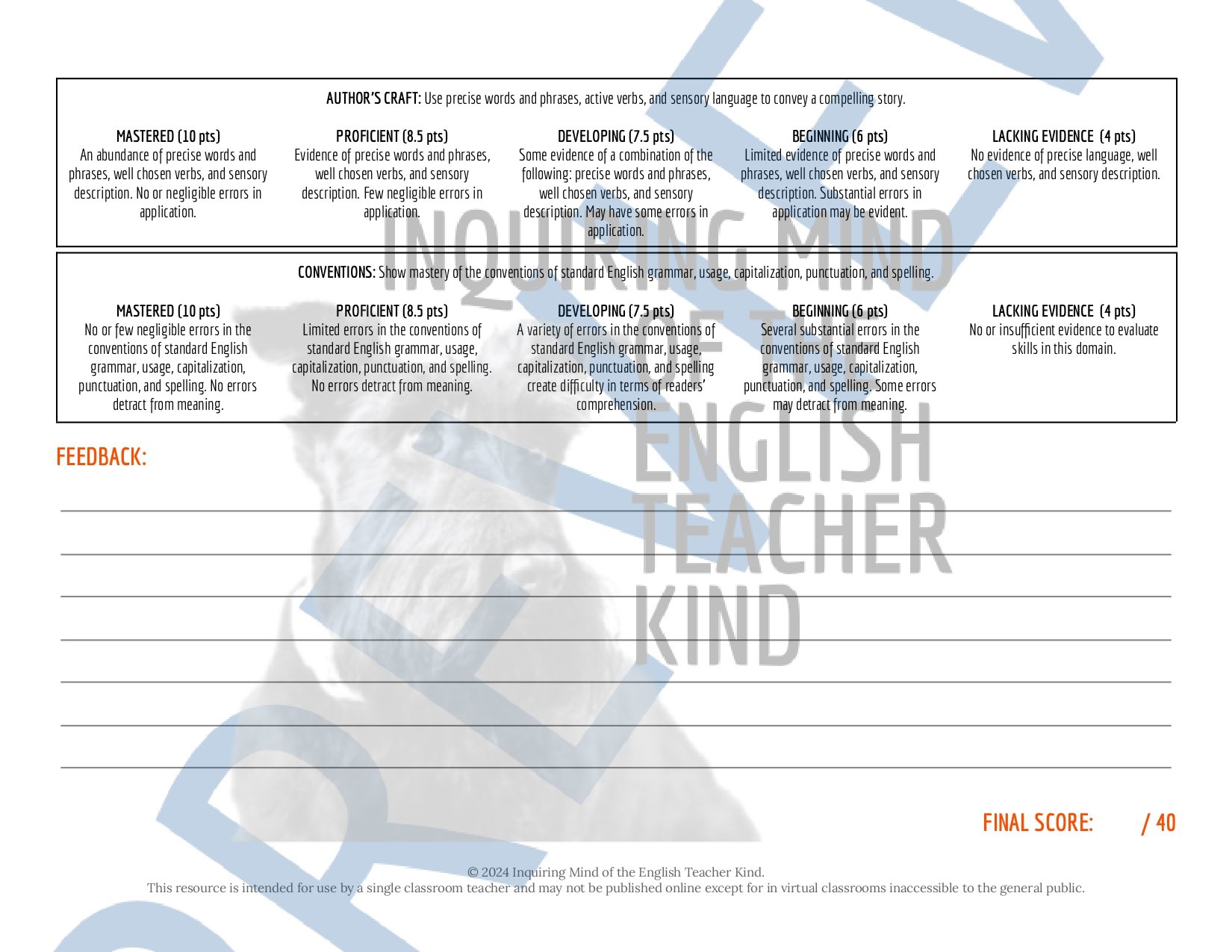 Image 34 of 250
Image 34 of 250

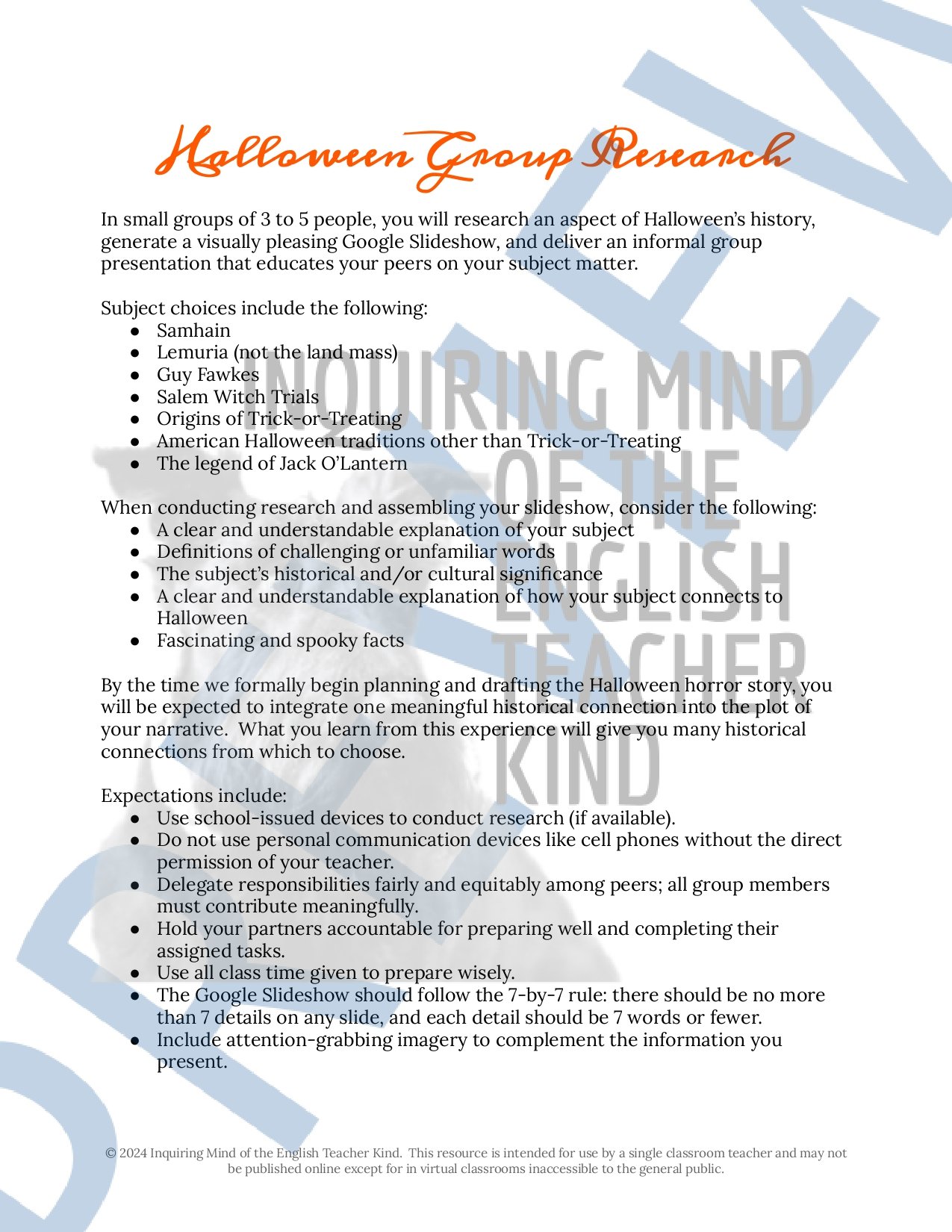 Image 35 of 250
Image 35 of 250

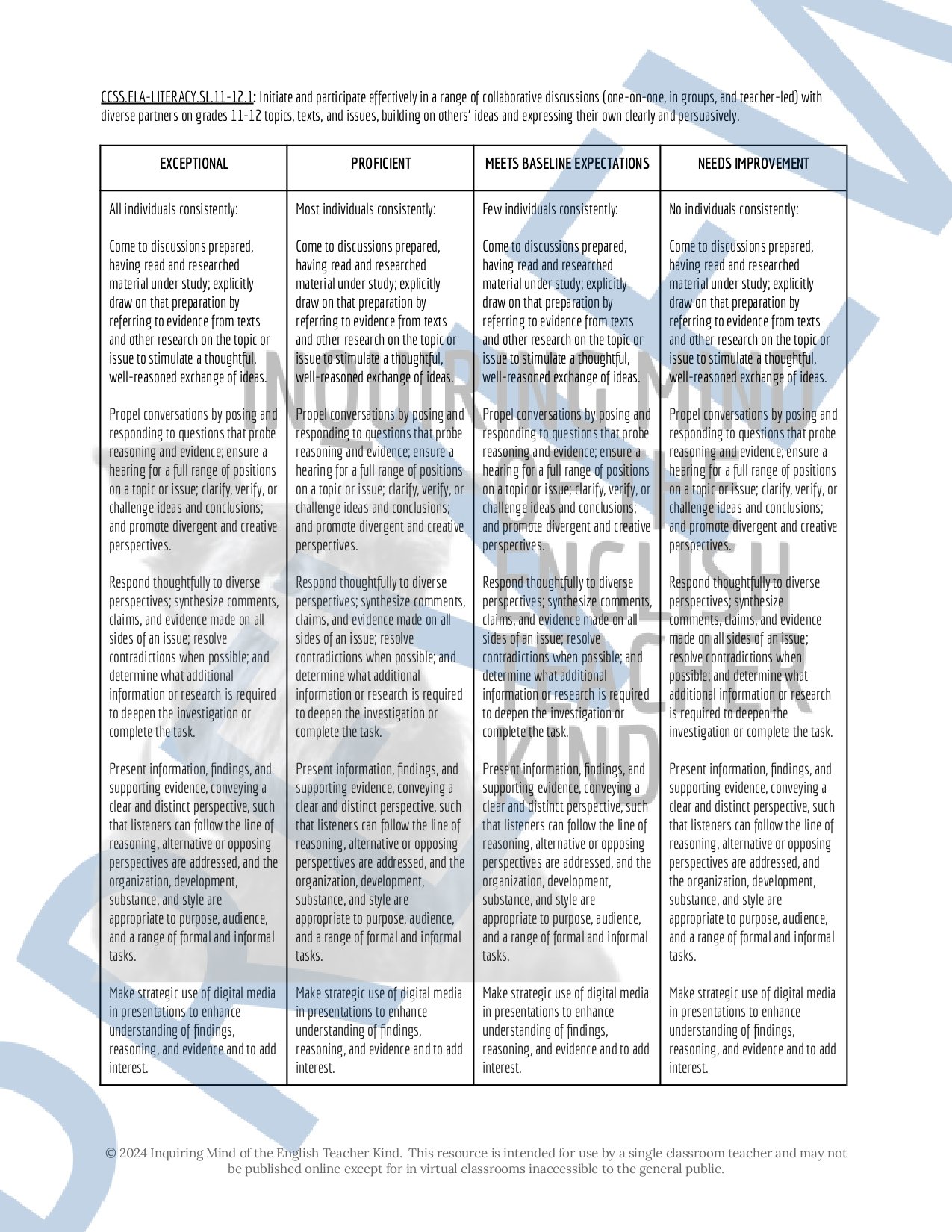 Image 36 of 250
Image 36 of 250

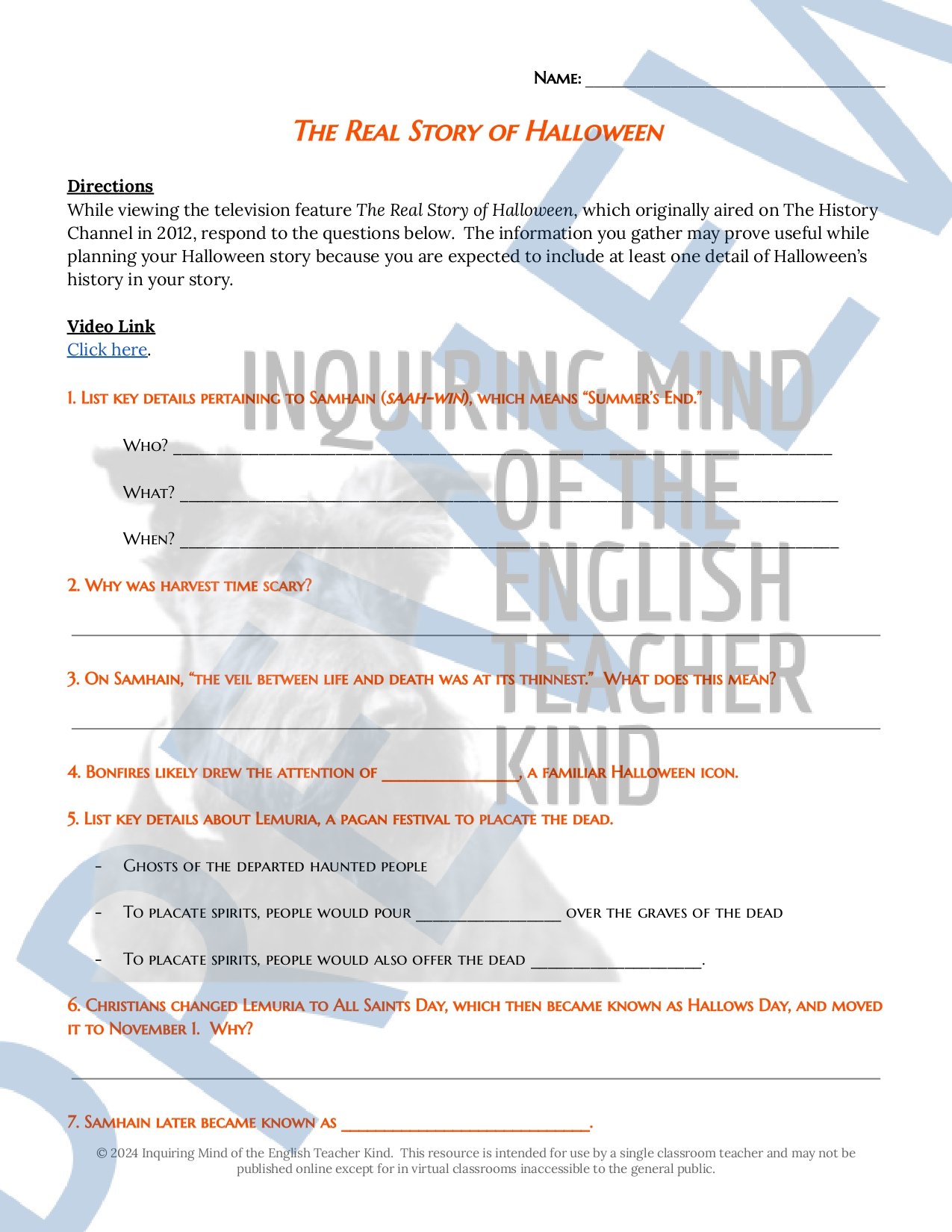 Image 37 of 250
Image 37 of 250

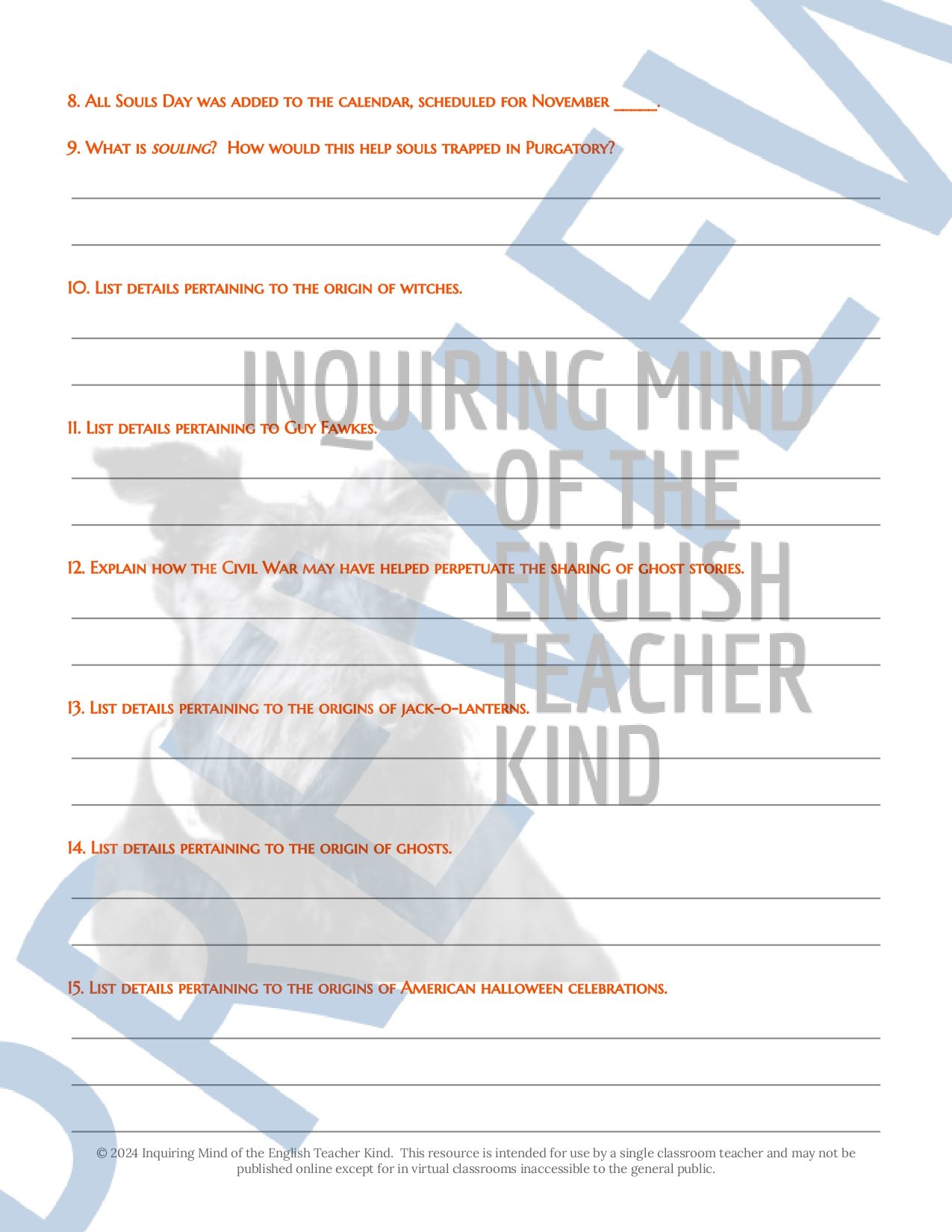 Image 38 of 250
Image 38 of 250

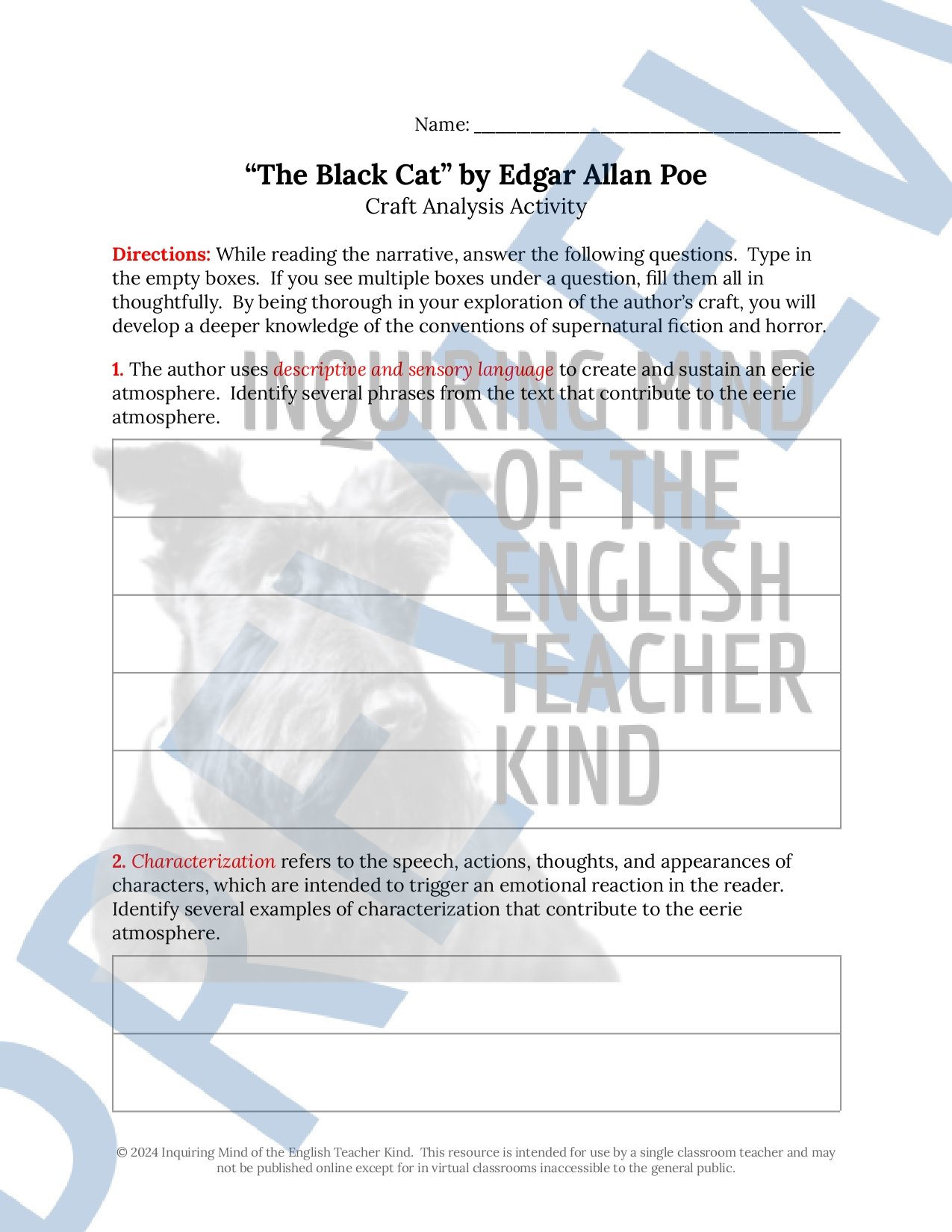 Image 39 of 250
Image 39 of 250

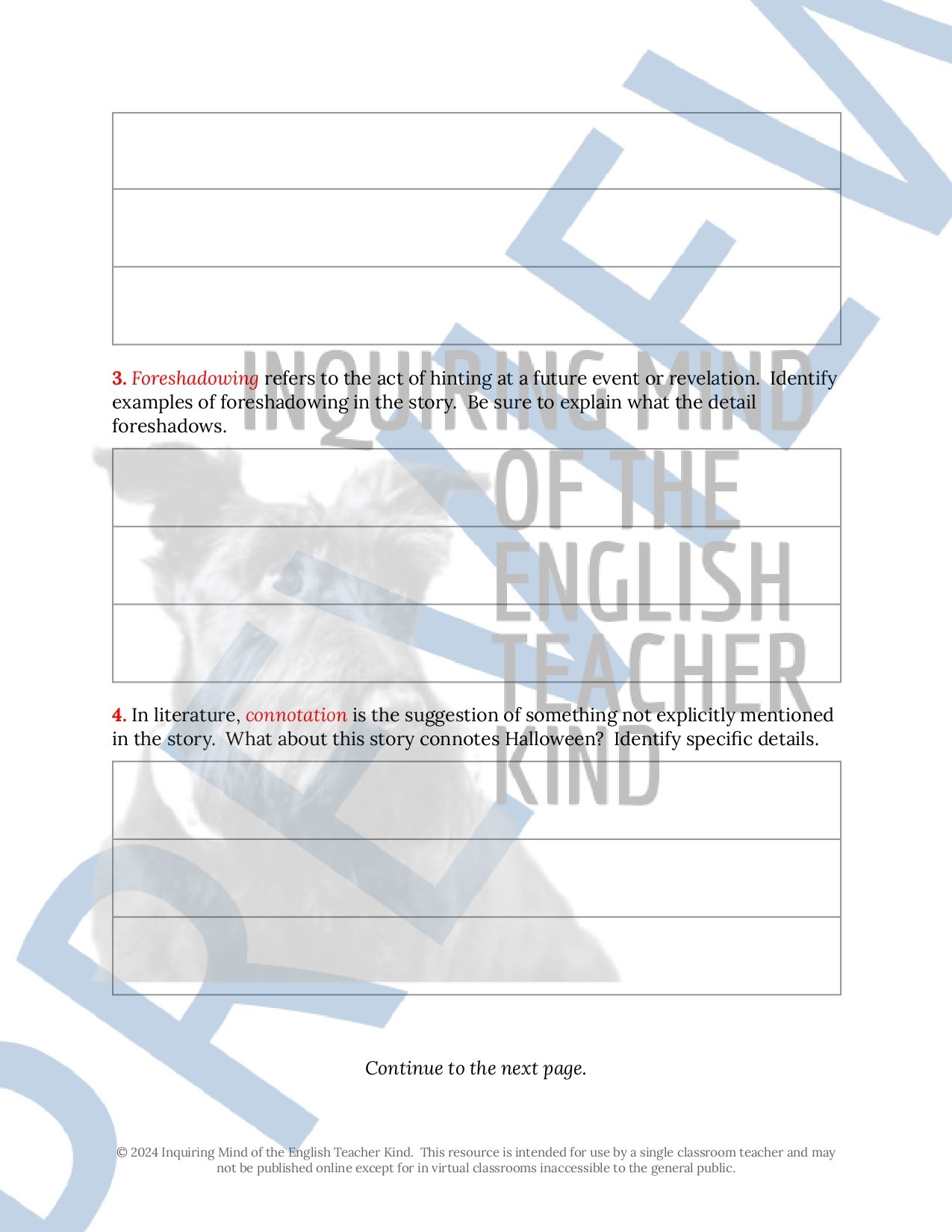 Image 40 of 250
Image 40 of 250

 Image 41 of 250
Image 41 of 250

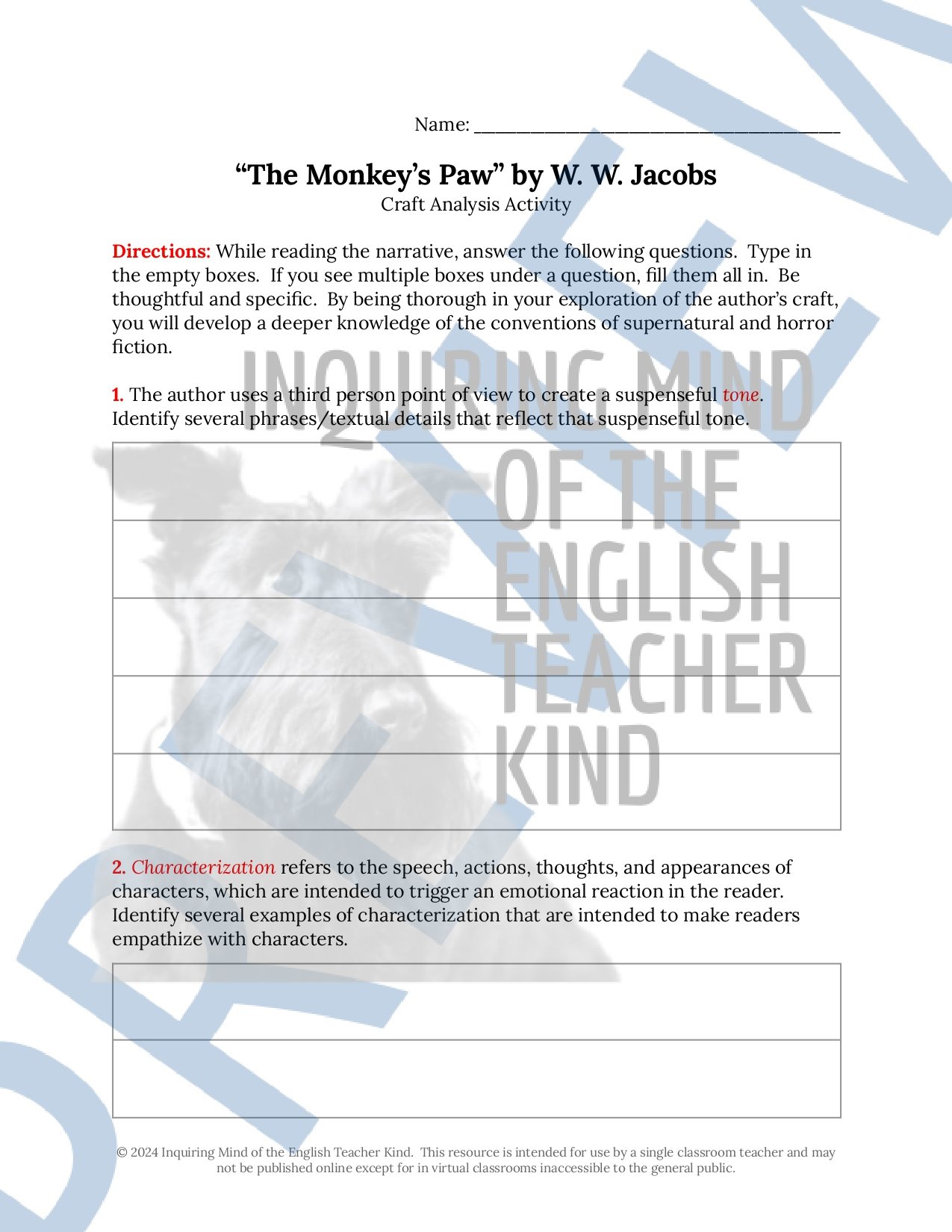 Image 42 of 250
Image 42 of 250

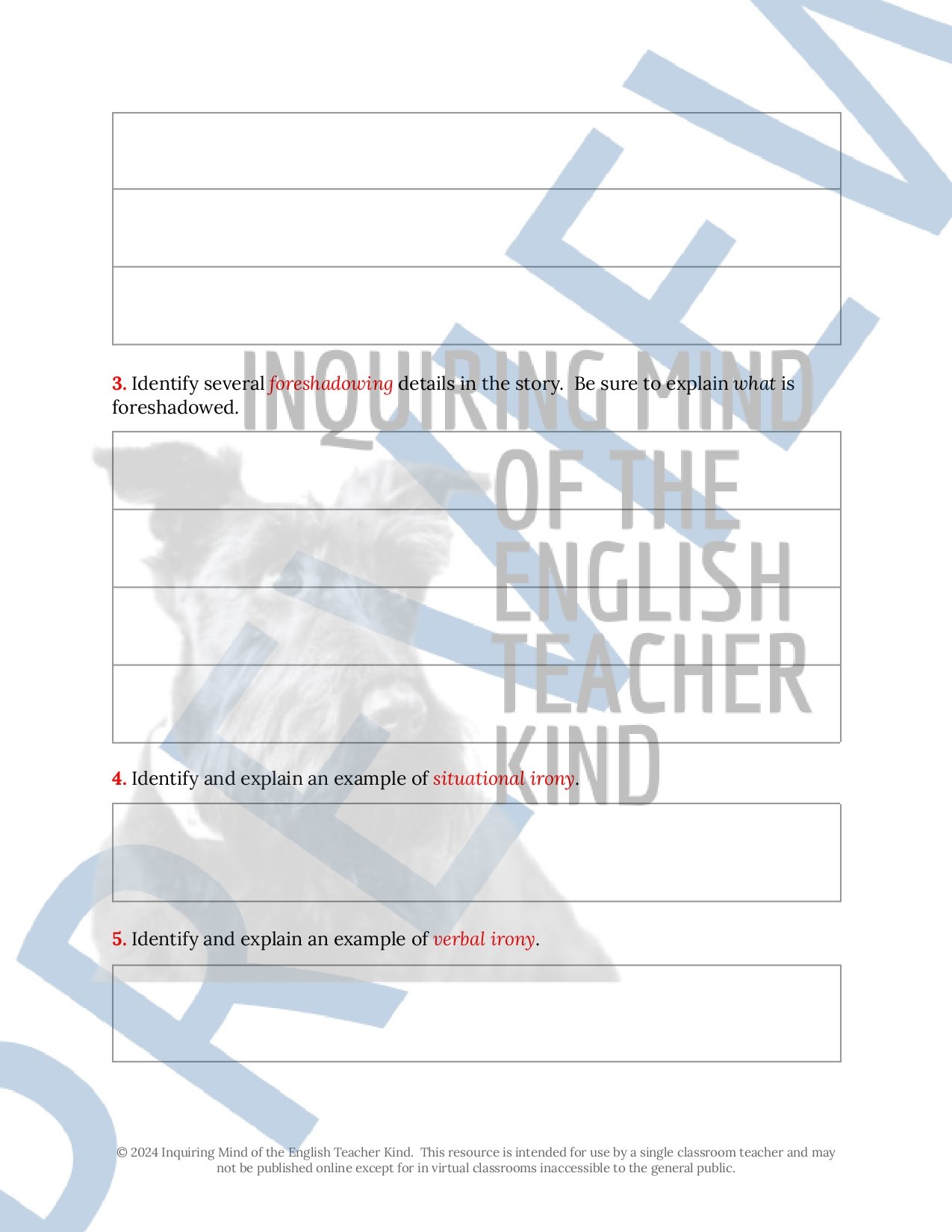 Image 43 of 250
Image 43 of 250

 Image 44 of 250
Image 44 of 250

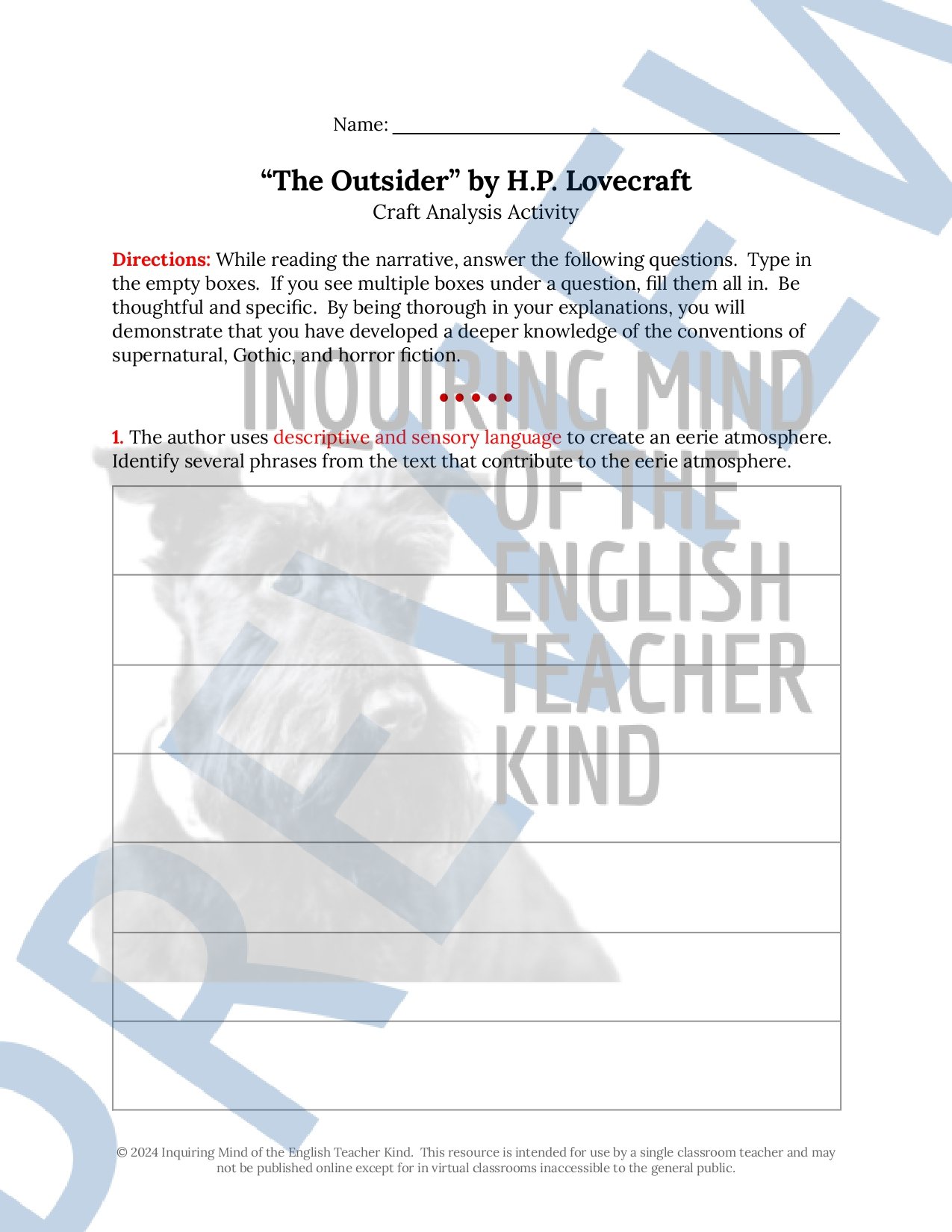 Image 45 of 250
Image 45 of 250

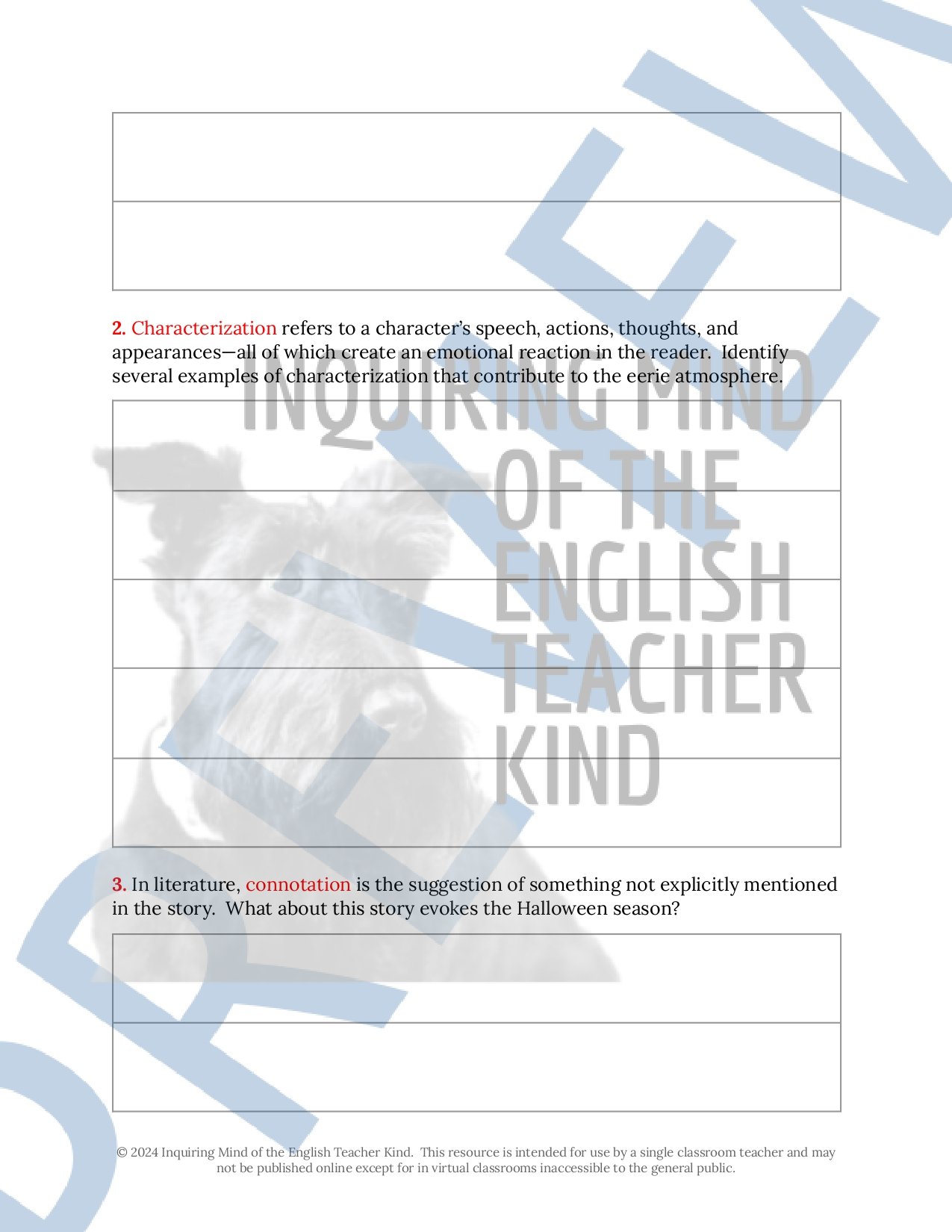 Image 46 of 250
Image 46 of 250

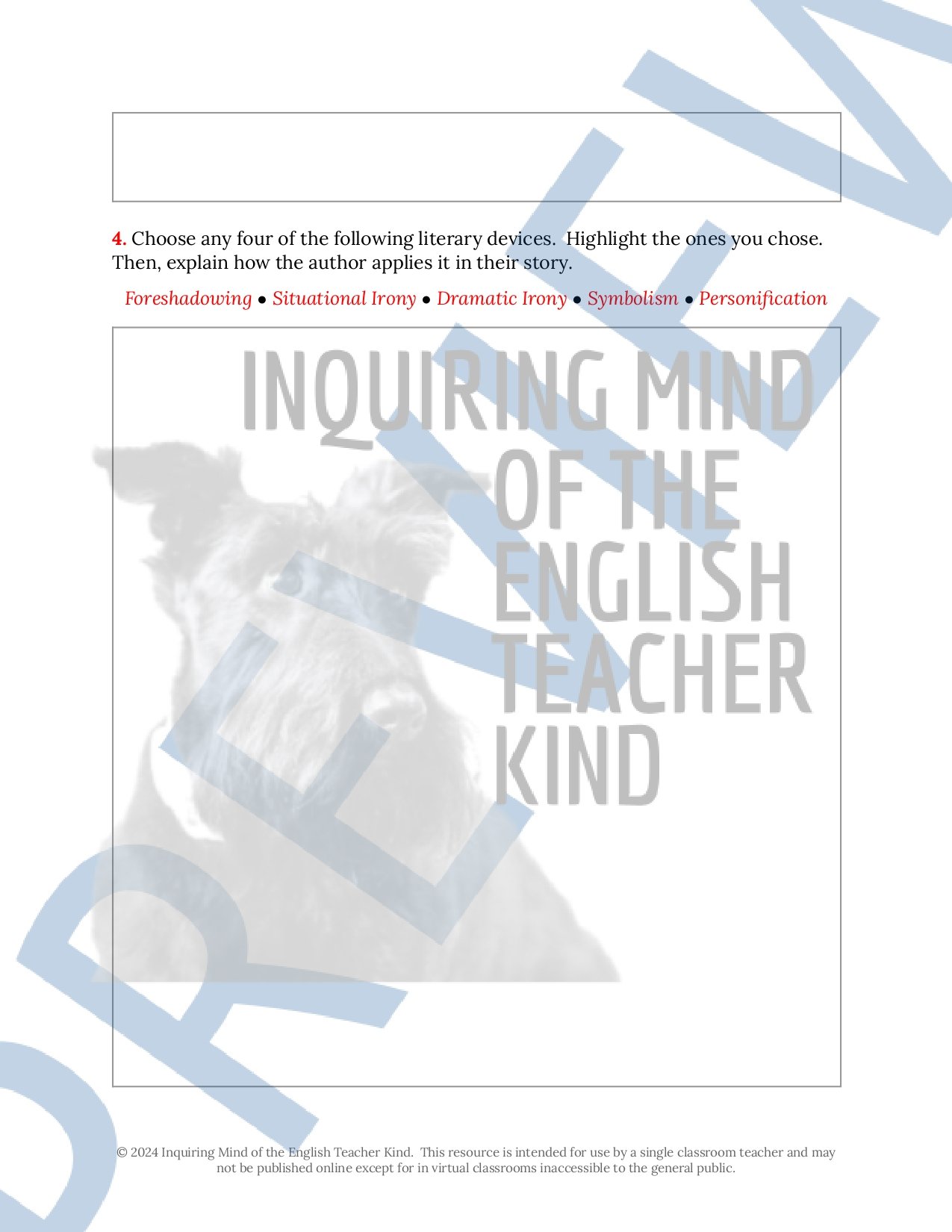 Image 47 of 250
Image 47 of 250

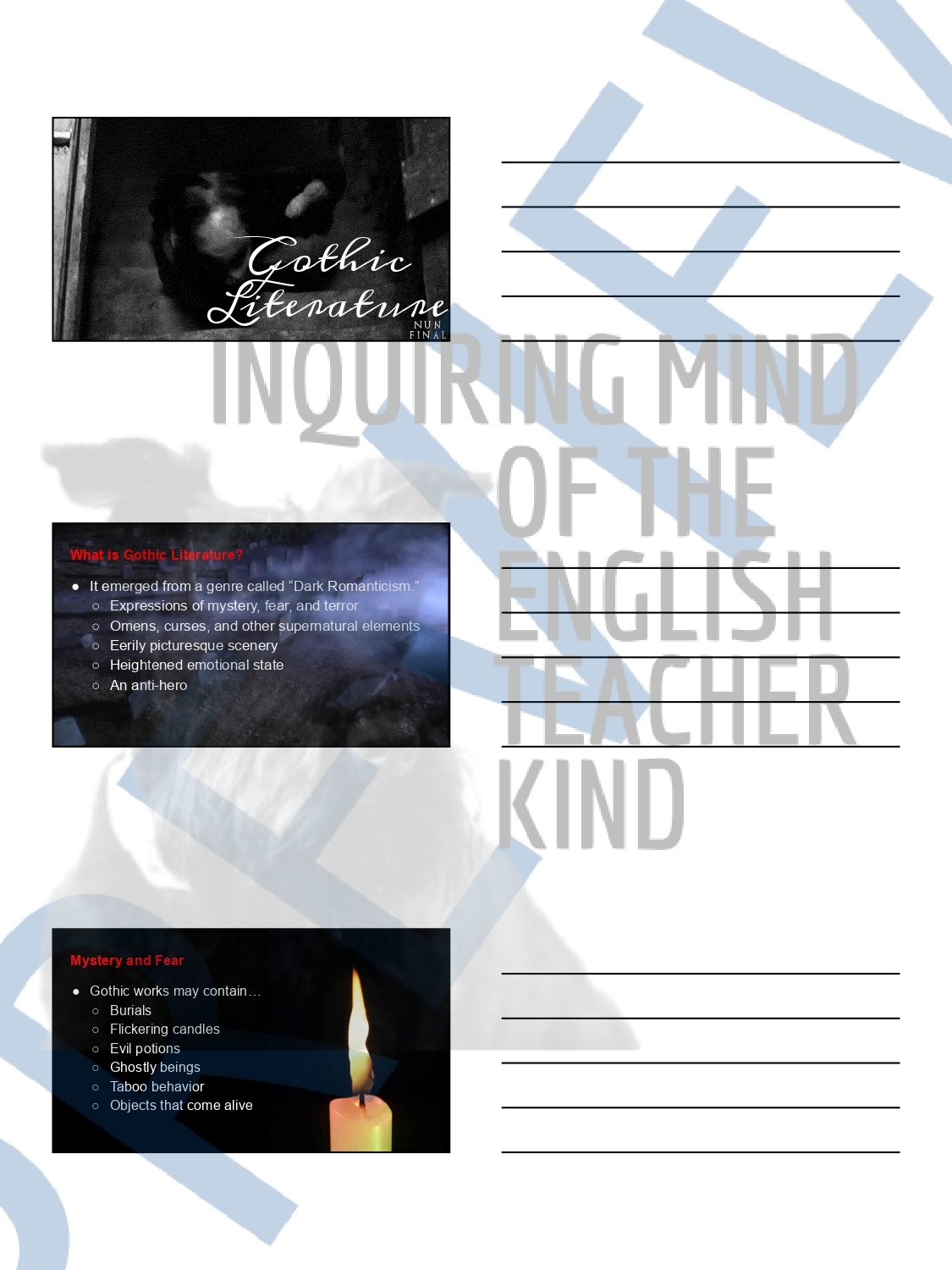 Image 48 of 250
Image 48 of 250

 Image 49 of 250
Image 49 of 250

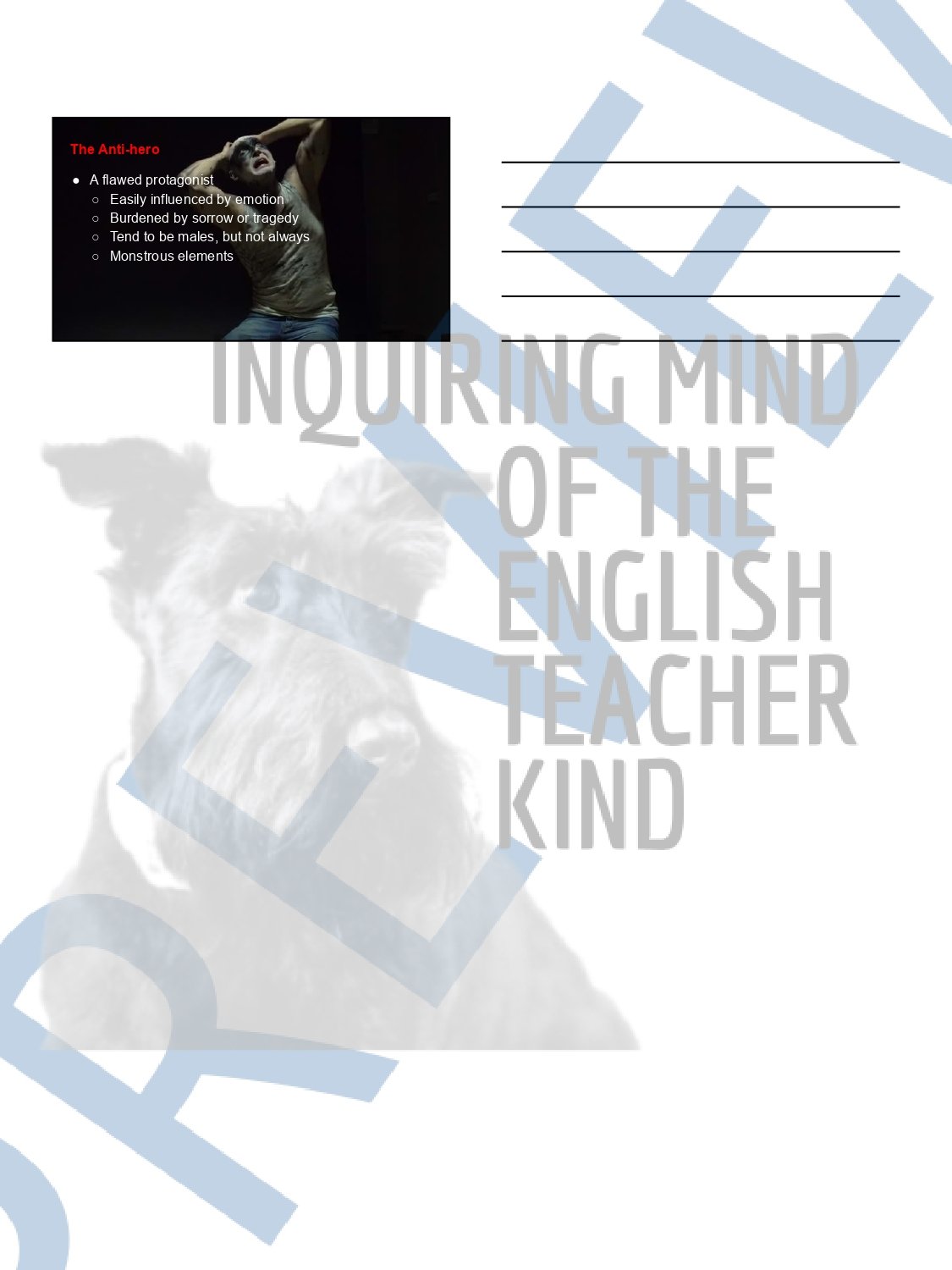 Image 50 of 250
Image 50 of 250

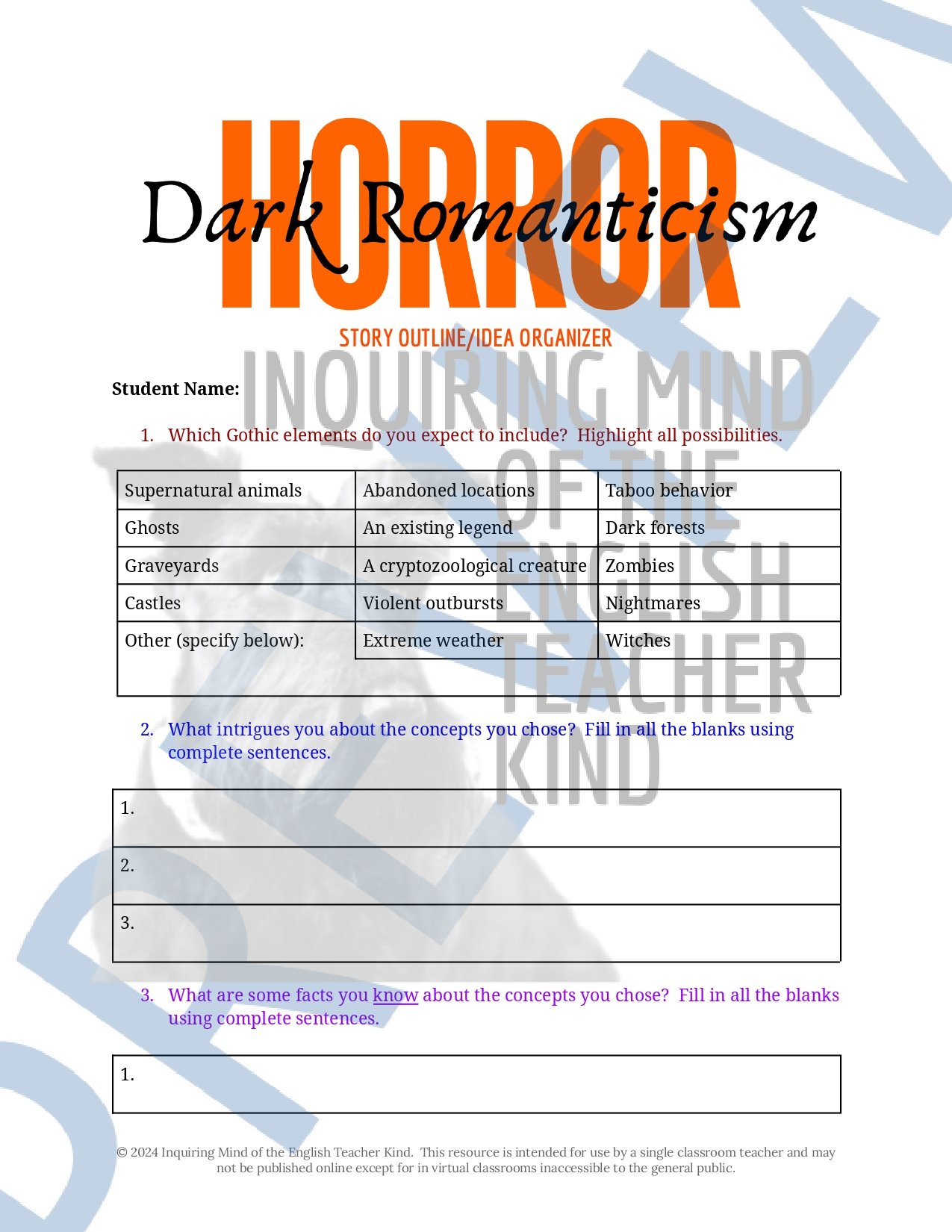 Image 51 of 250
Image 51 of 250

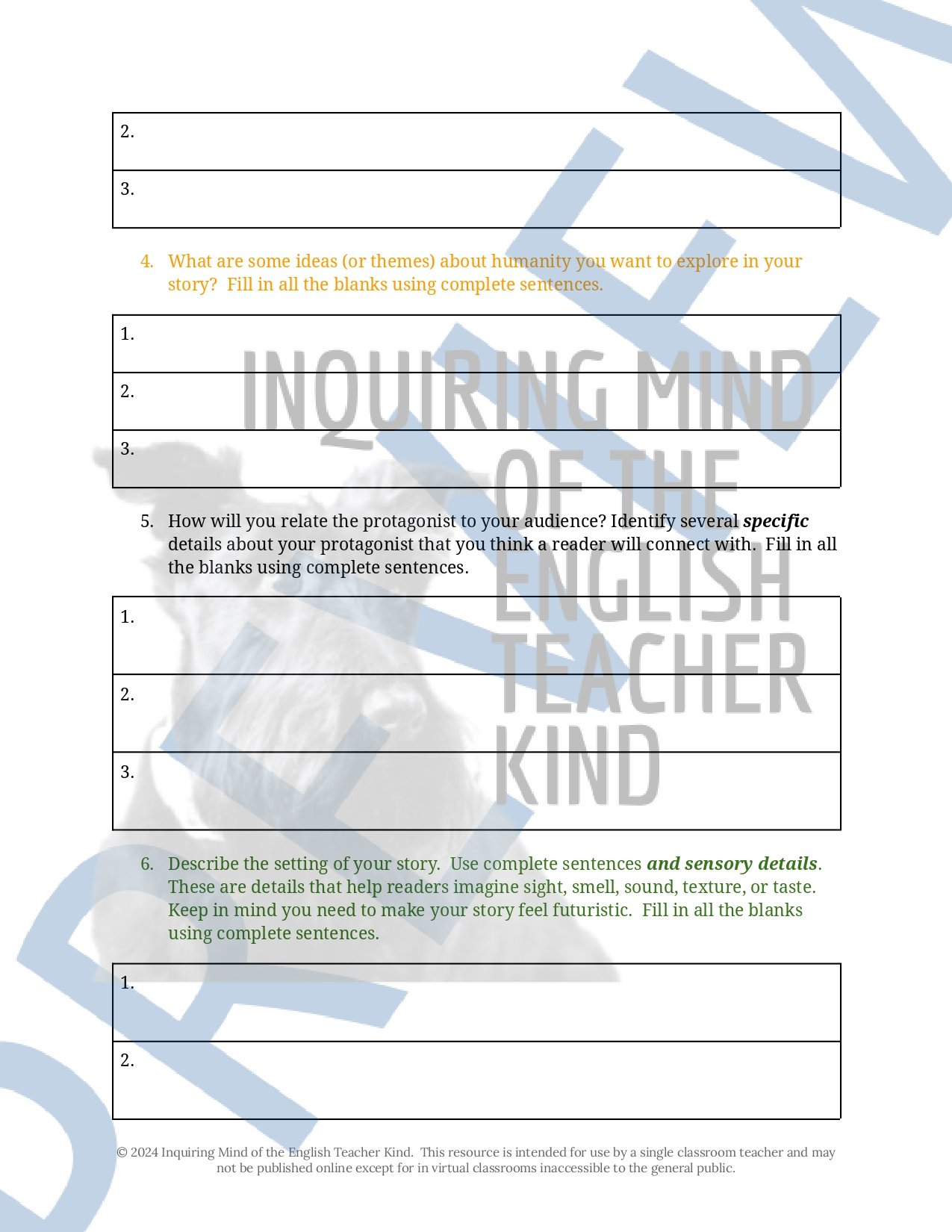 Image 52 of 250
Image 52 of 250

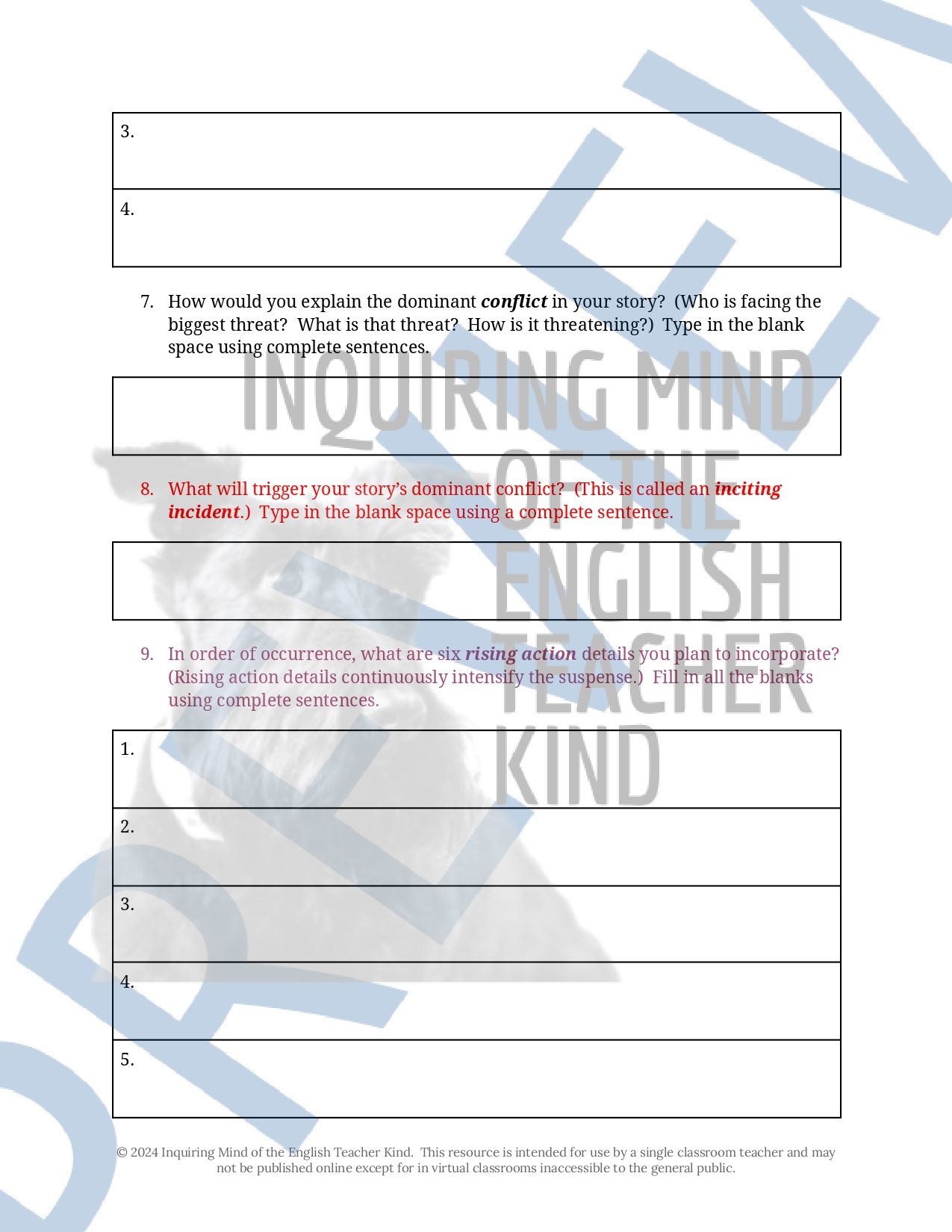 Image 53 of 250
Image 53 of 250

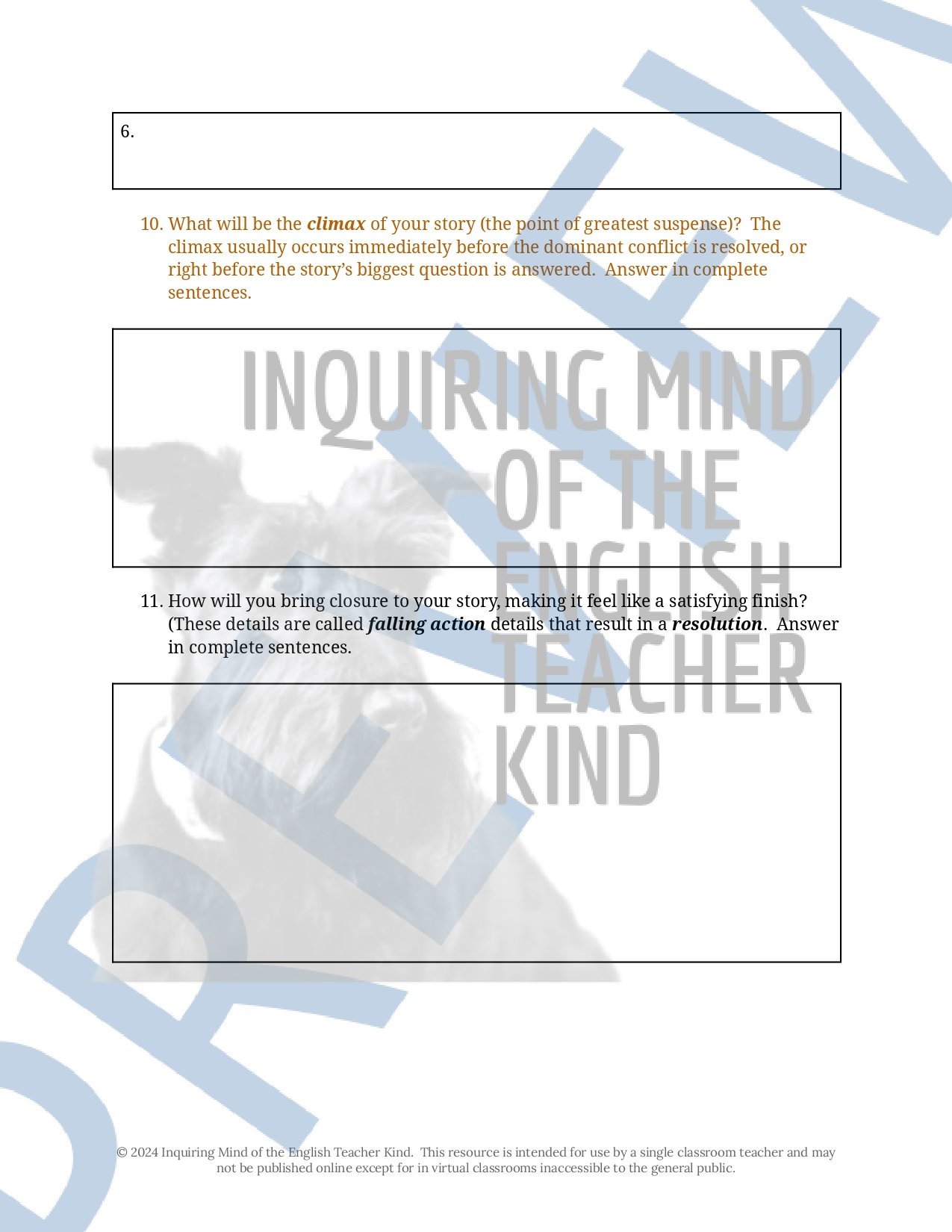 Image 54 of 250
Image 54 of 250

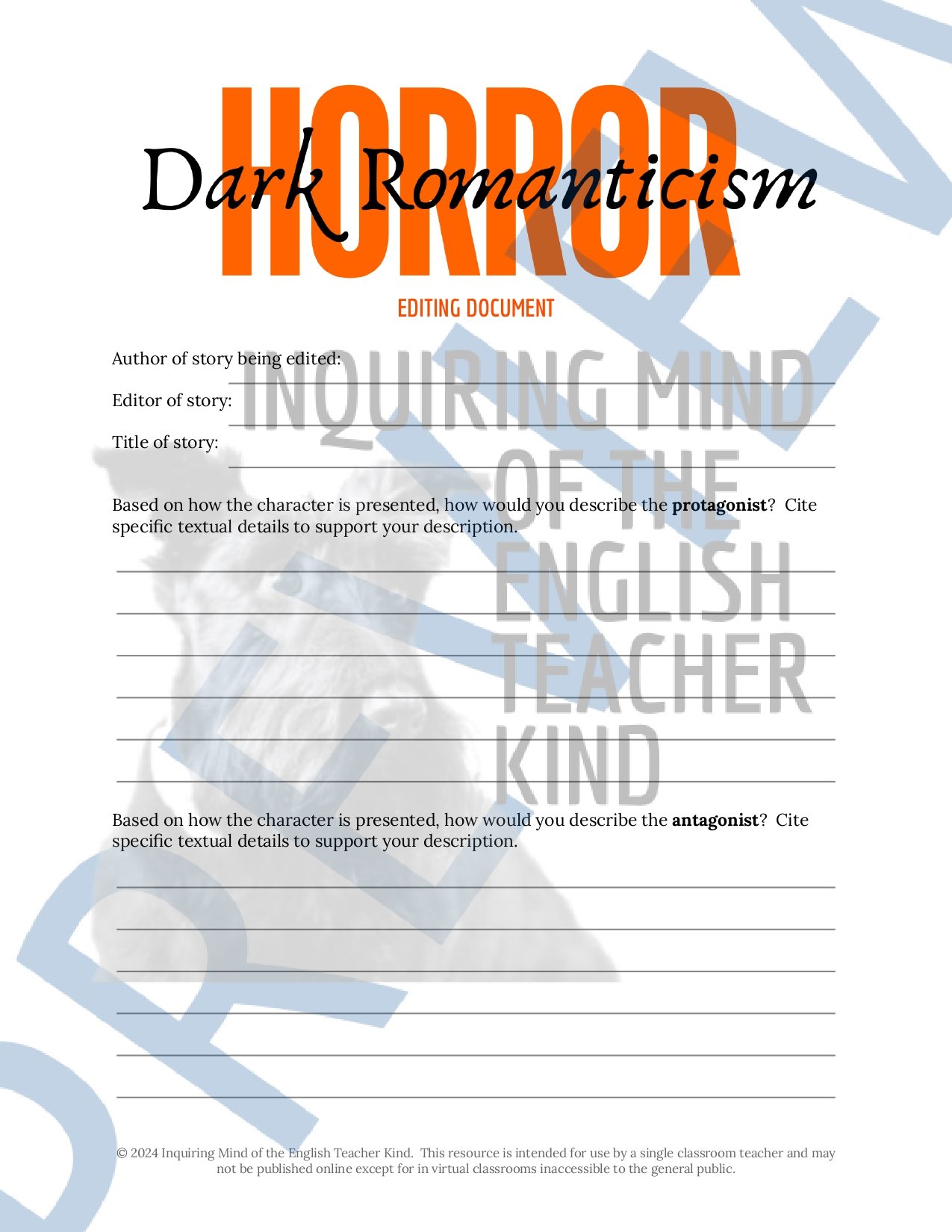 Image 55 of 250
Image 55 of 250

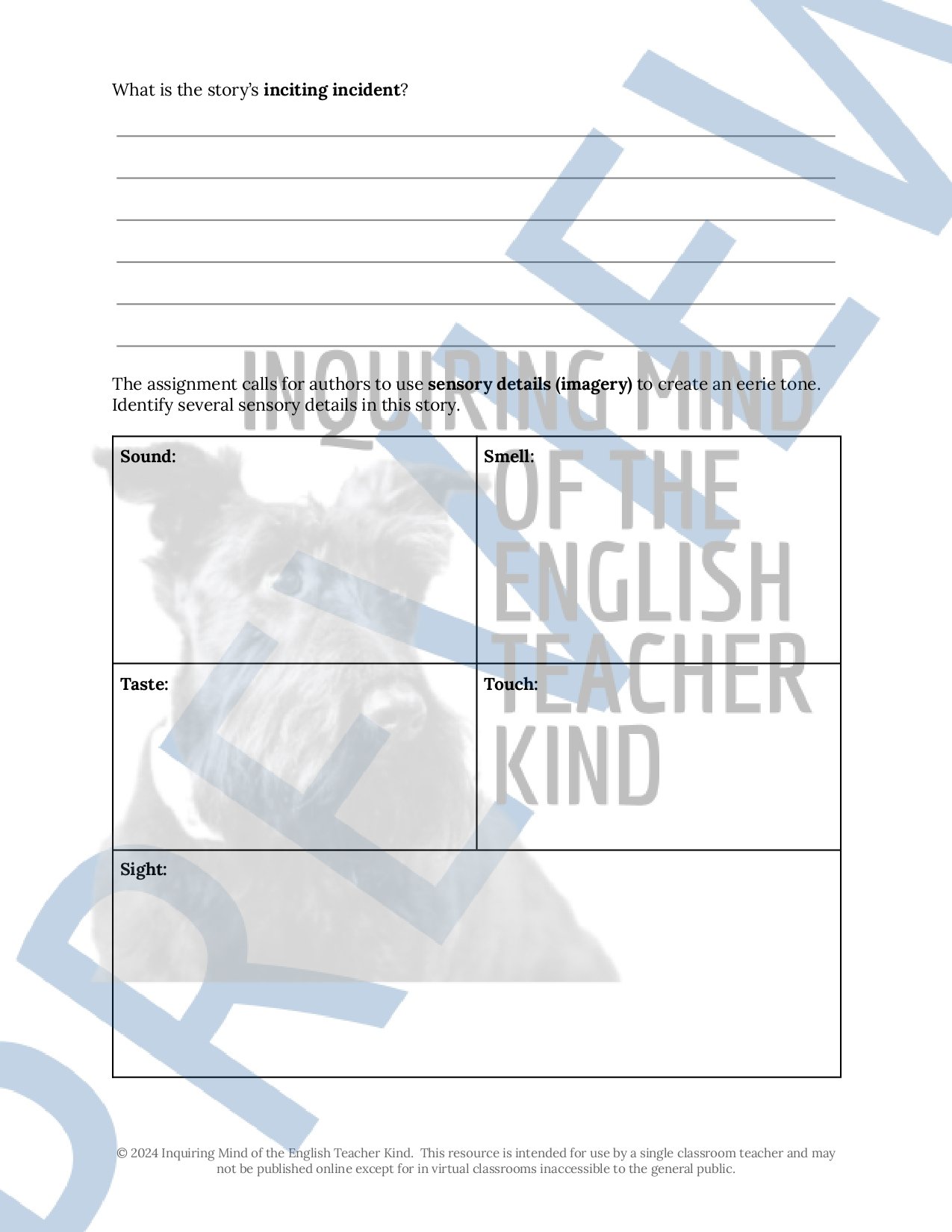 Image 56 of 250
Image 56 of 250

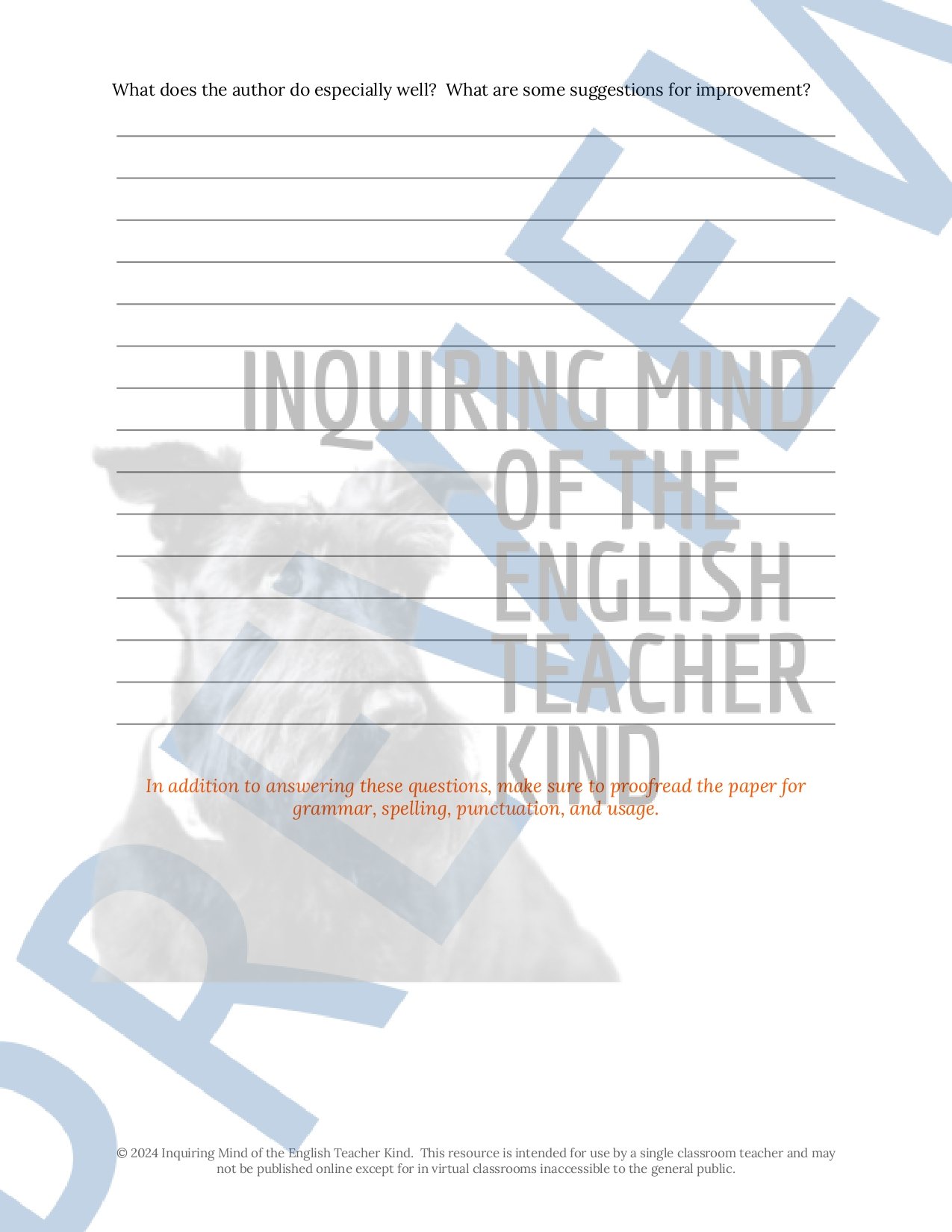 Image 57 of 250
Image 57 of 250

 Image 58 of 250
Image 58 of 250

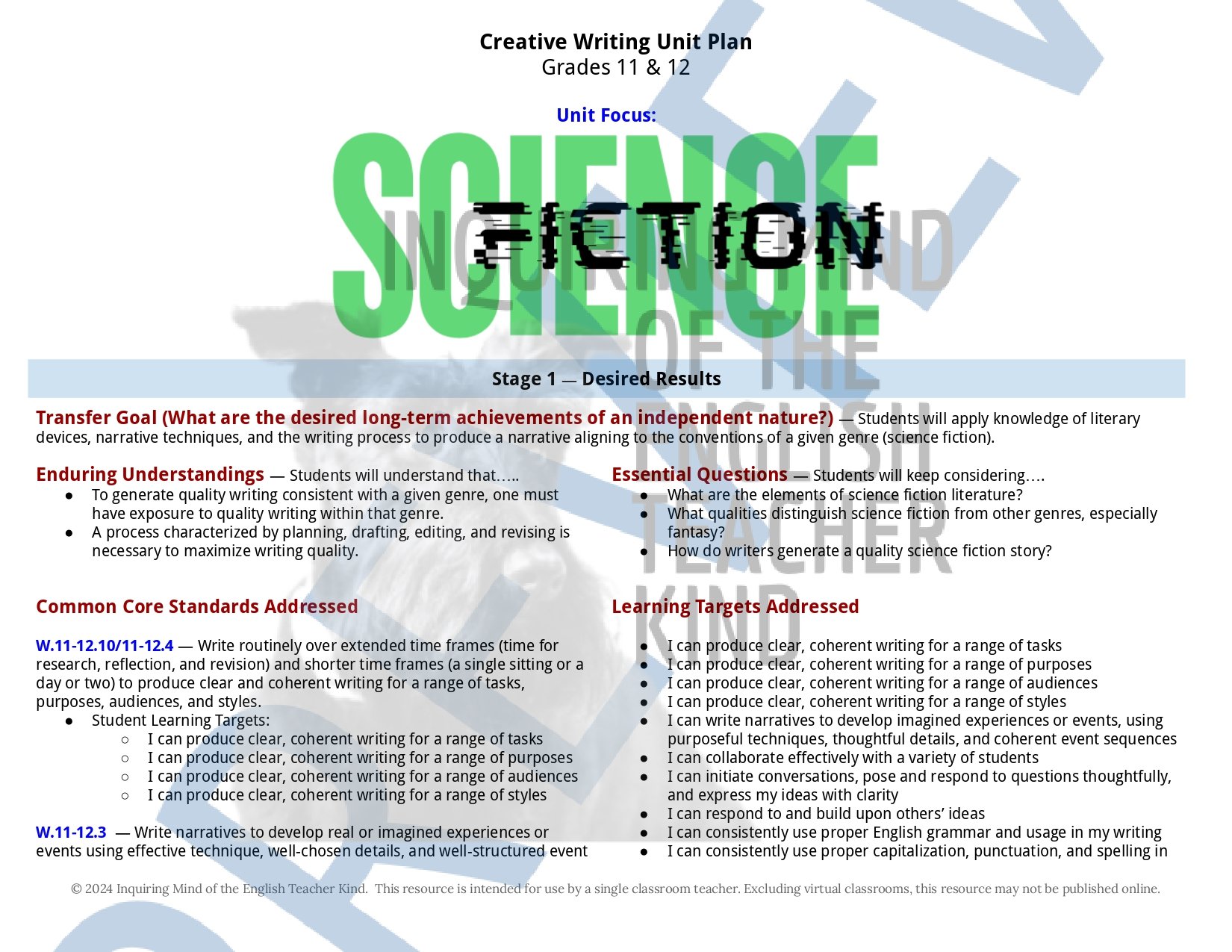 Image 59 of 250
Image 59 of 250

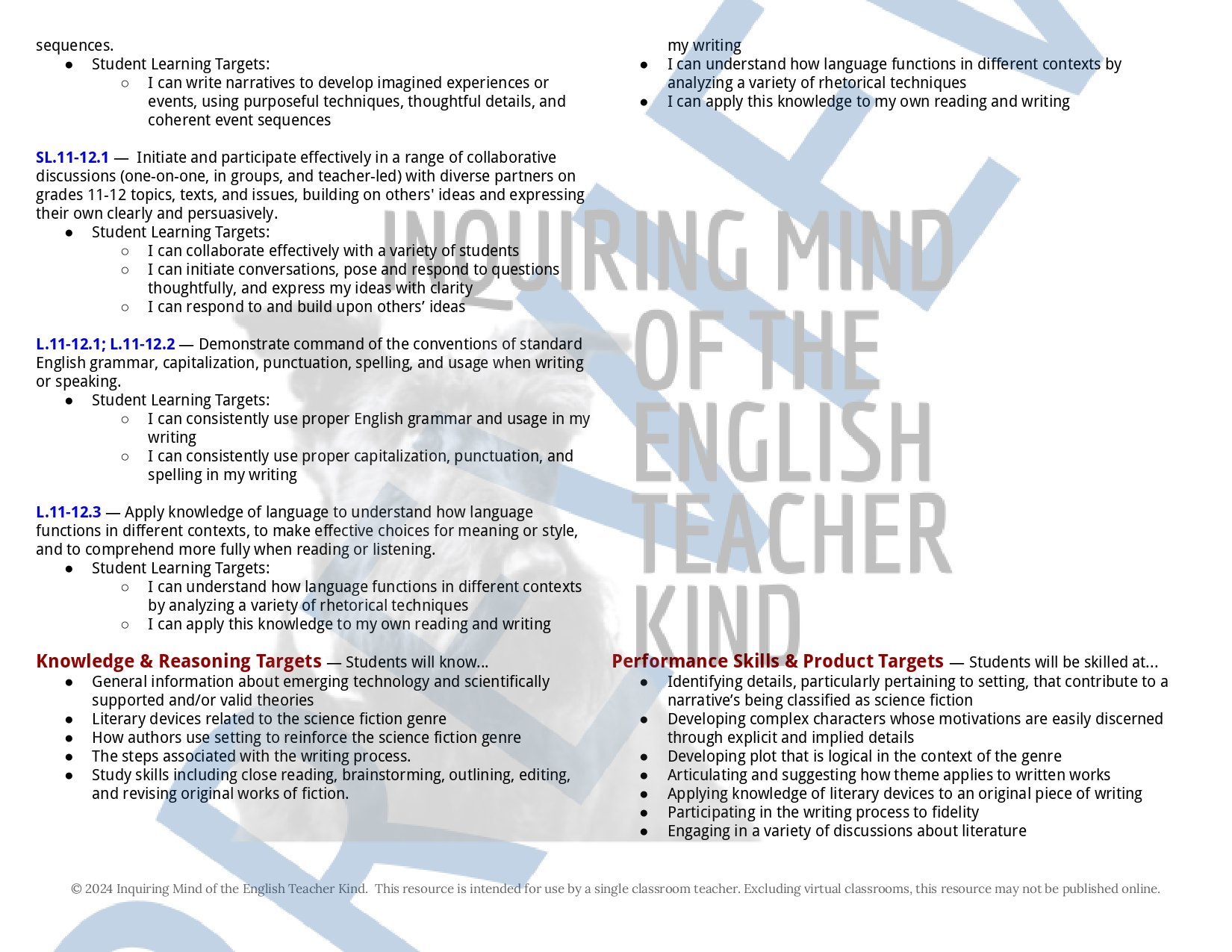 Image 60 of 250
Image 60 of 250

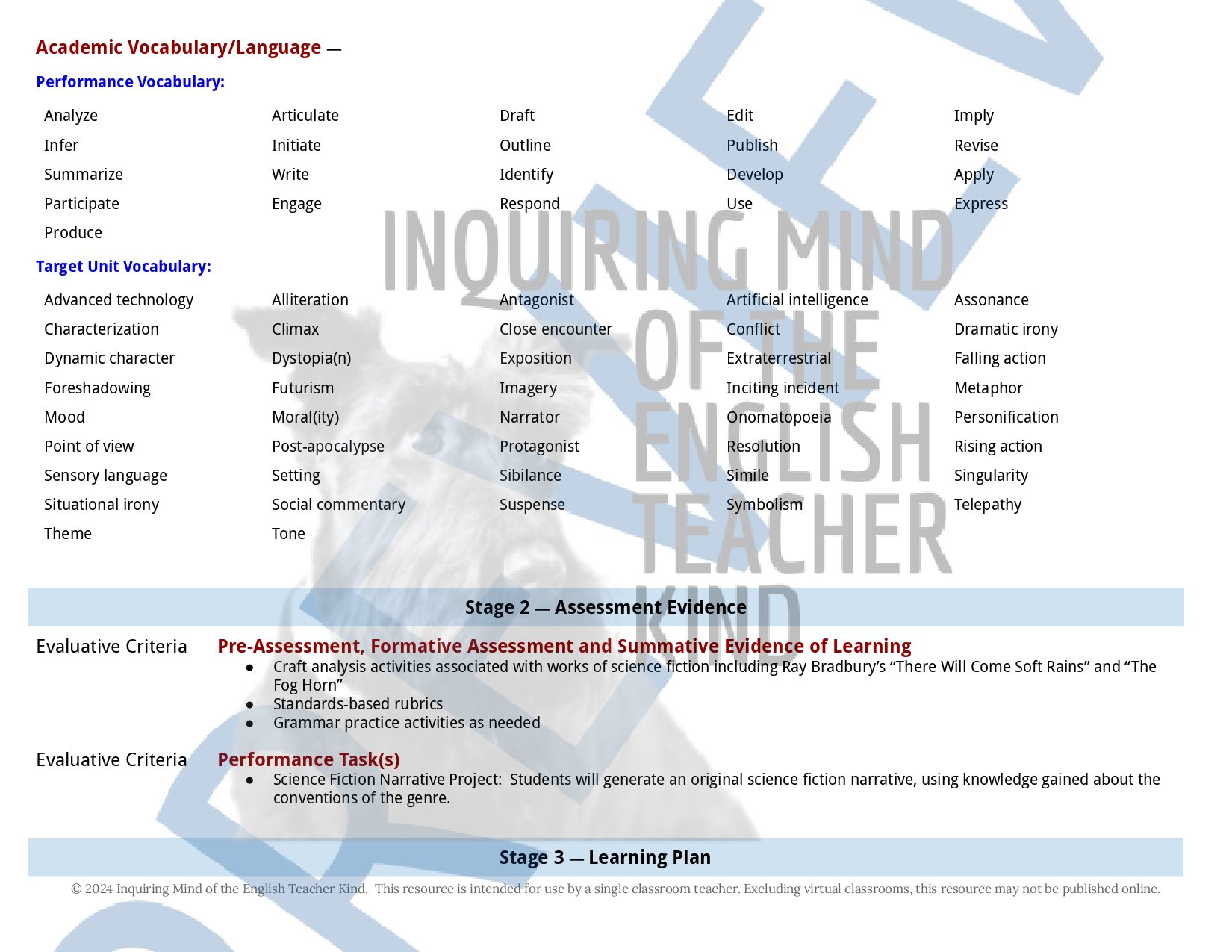 Image 61 of 250
Image 61 of 250

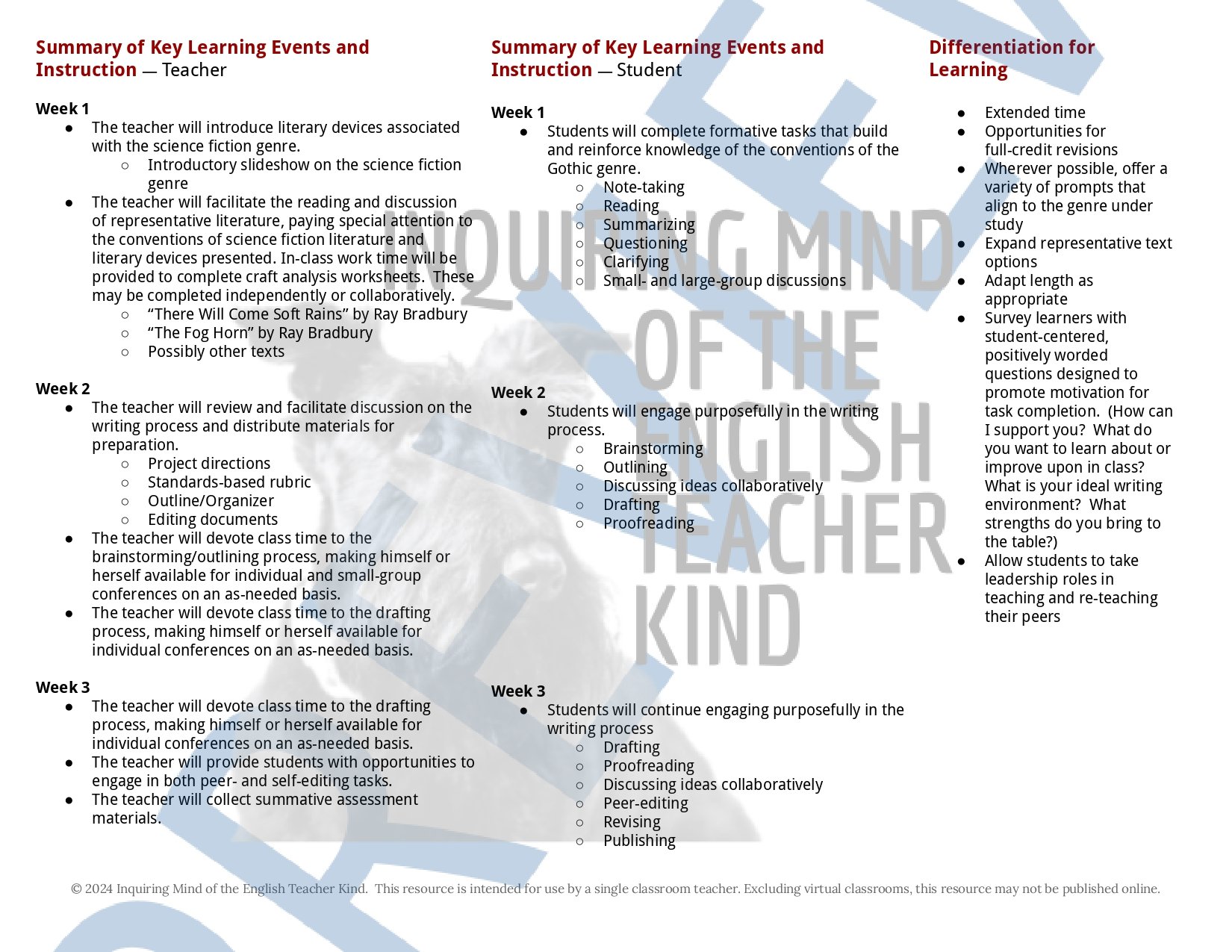 Image 62 of 250
Image 62 of 250

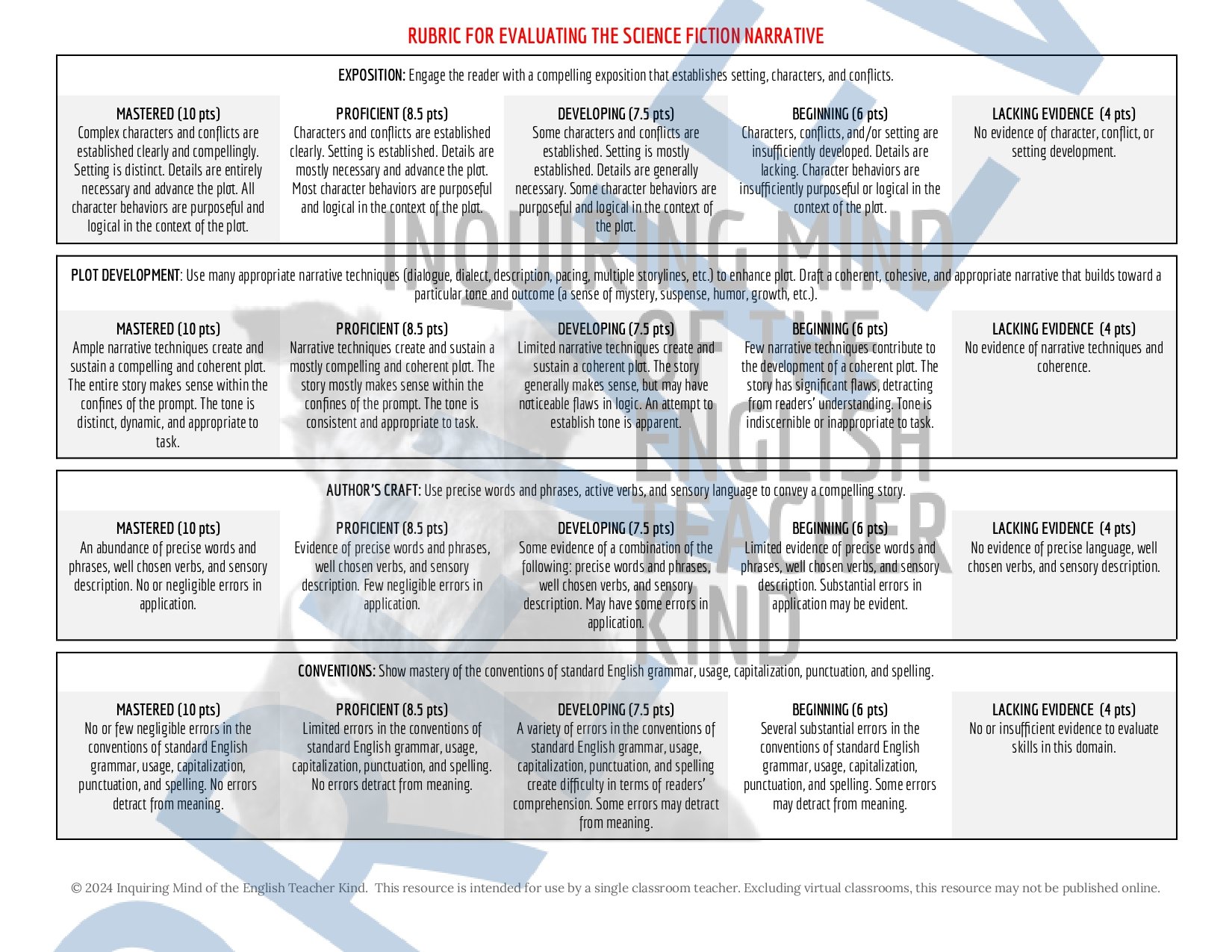 Image 63 of 250
Image 63 of 250

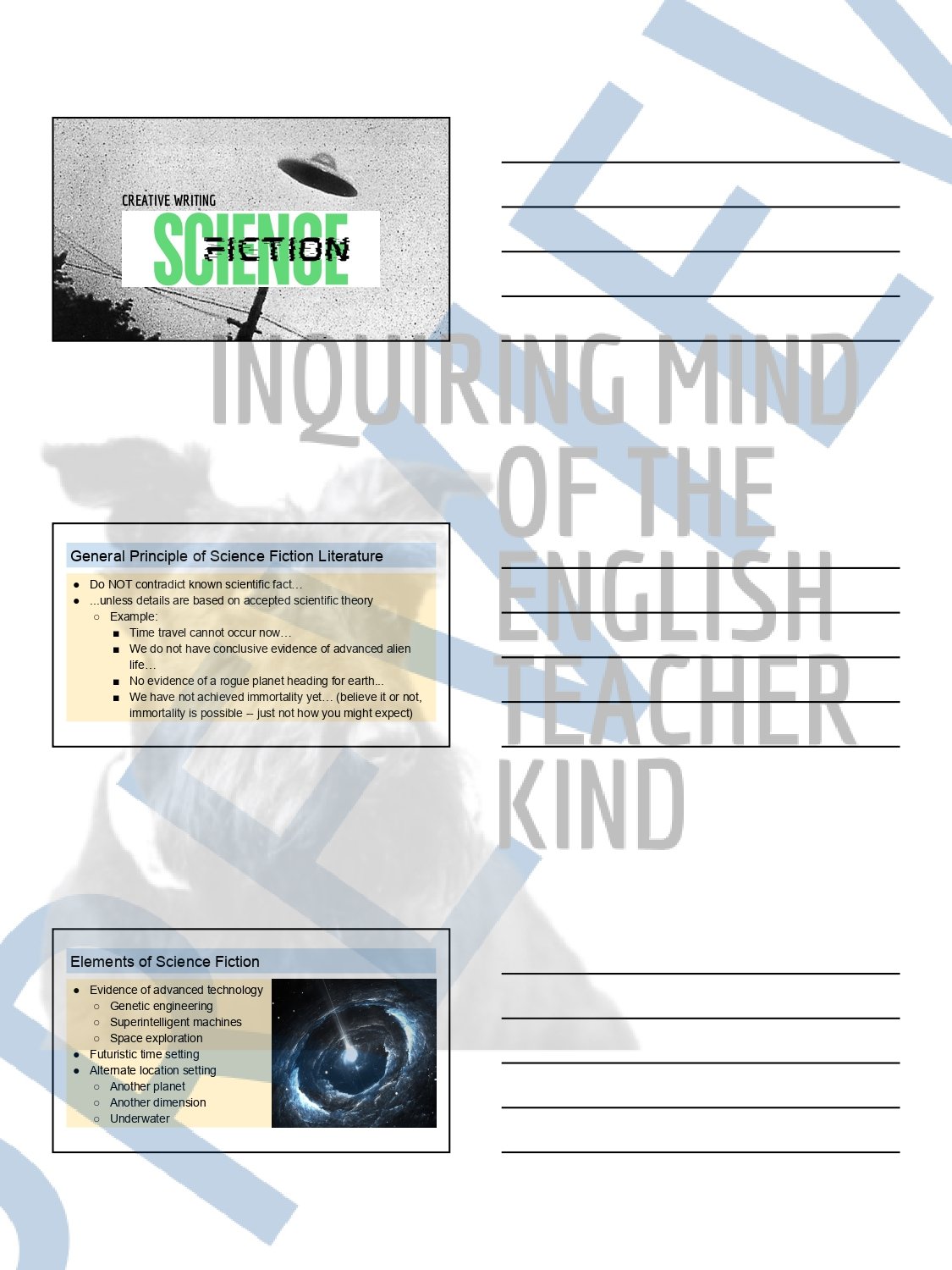 Image 64 of 250
Image 64 of 250

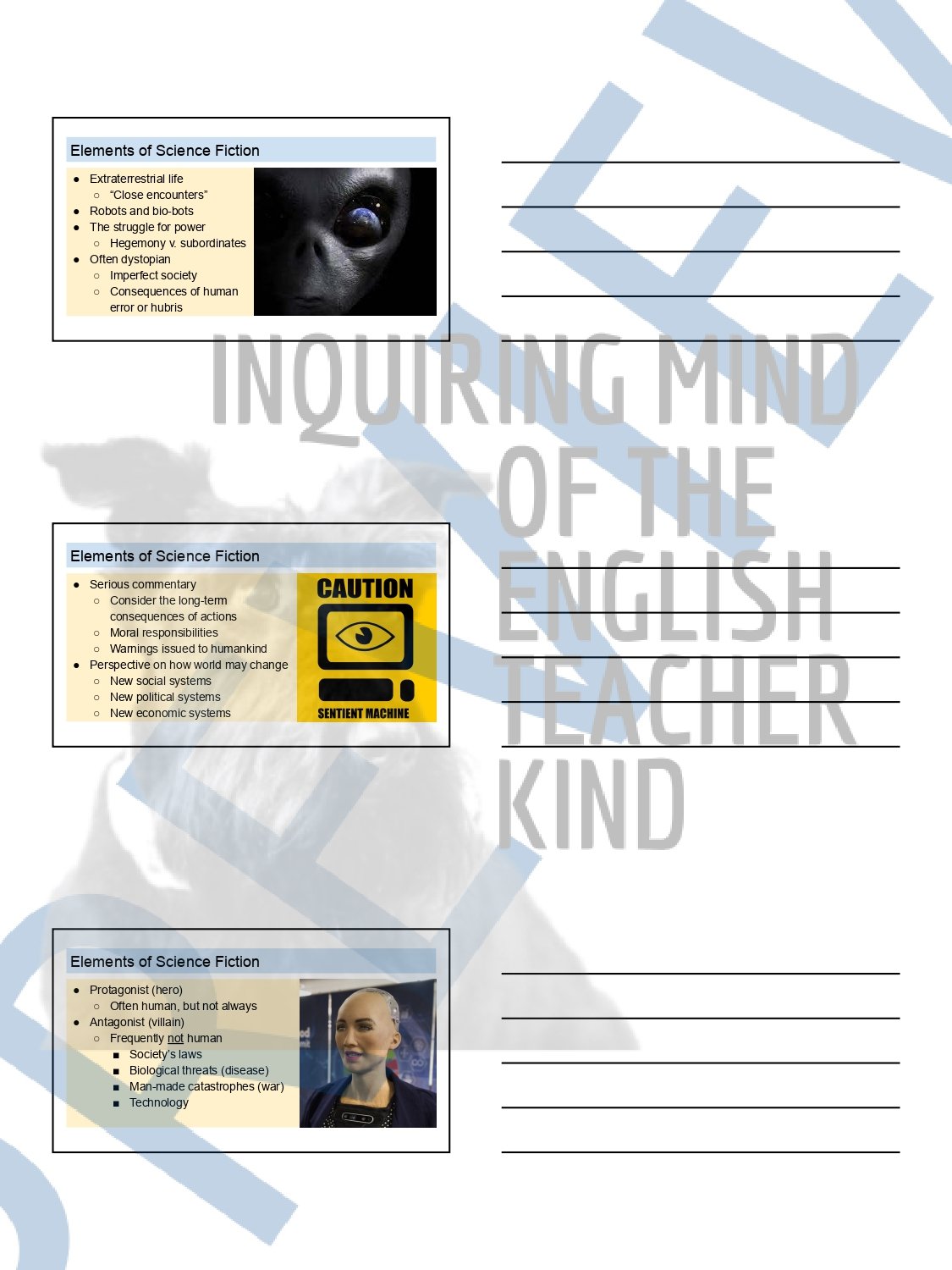 Image 65 of 250
Image 65 of 250

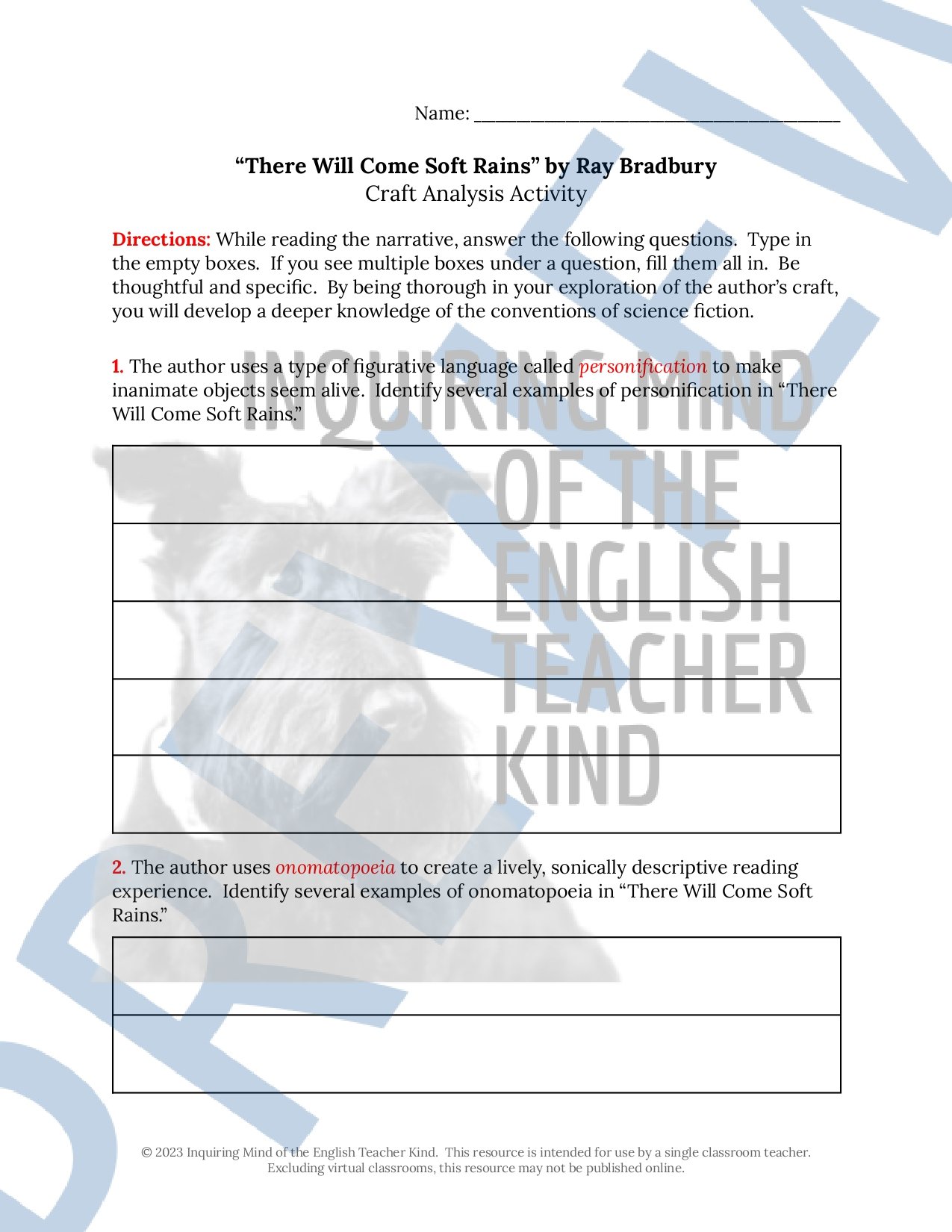 Image 66 of 250
Image 66 of 250

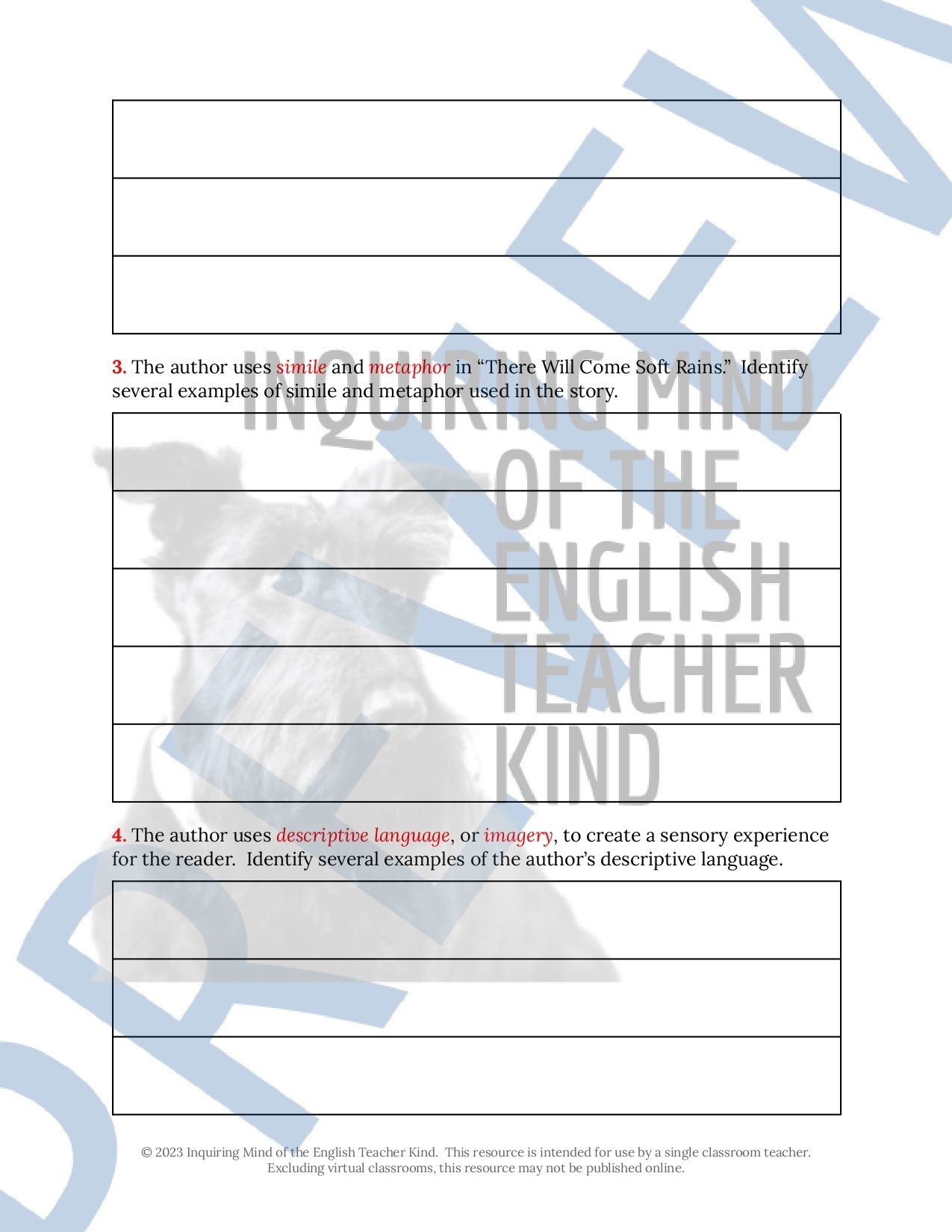 Image 67 of 250
Image 67 of 250

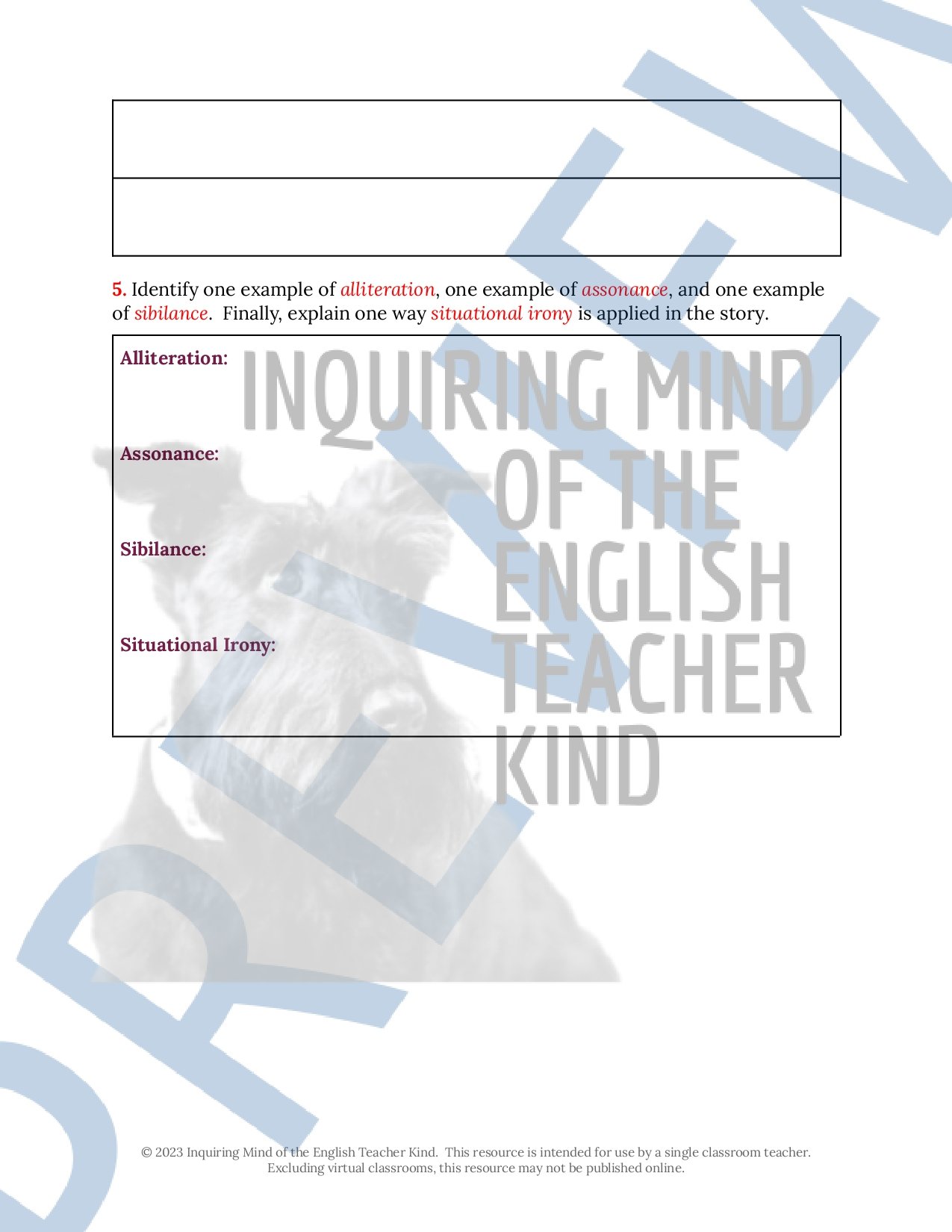 Image 68 of 250
Image 68 of 250

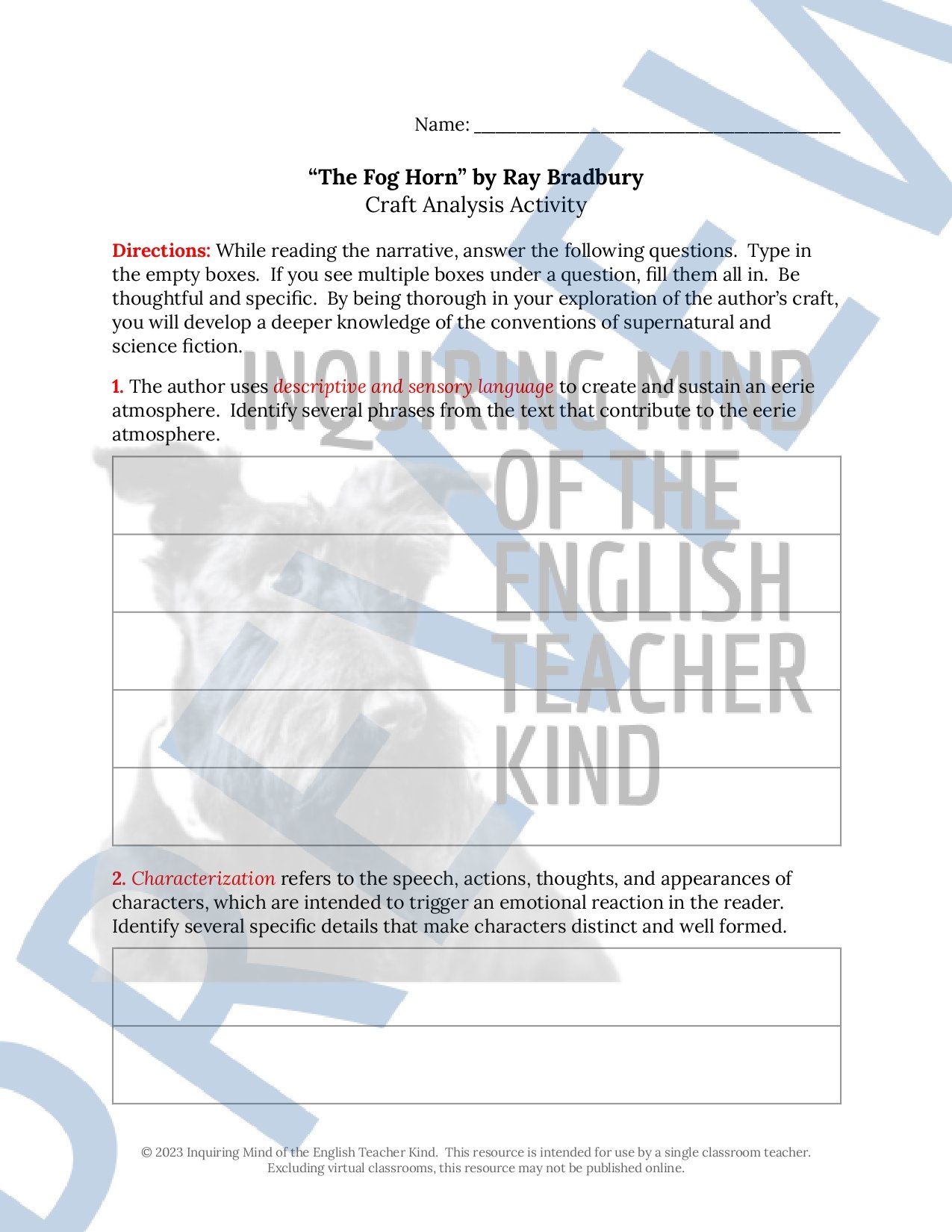 Image 69 of 250
Image 69 of 250

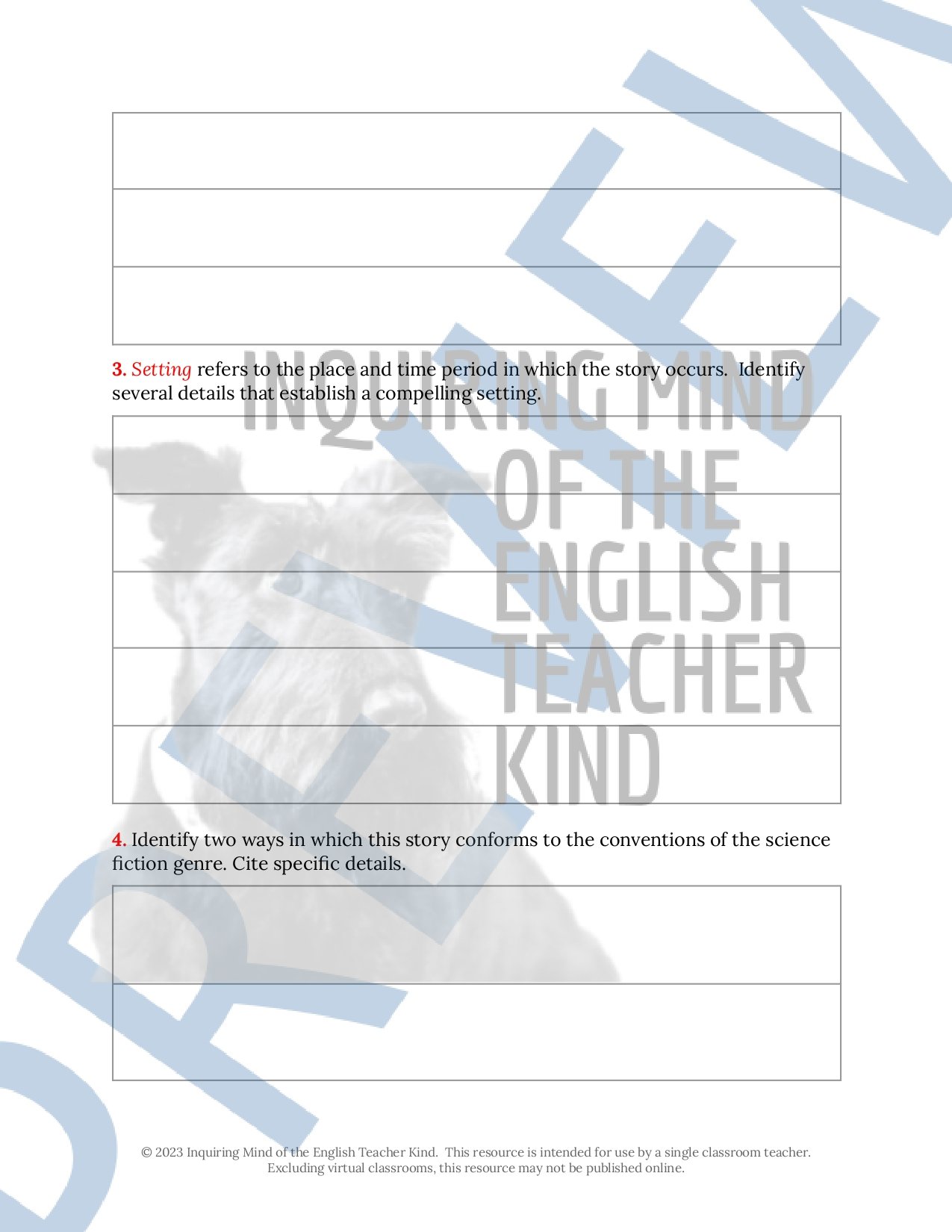 Image 70 of 250
Image 70 of 250

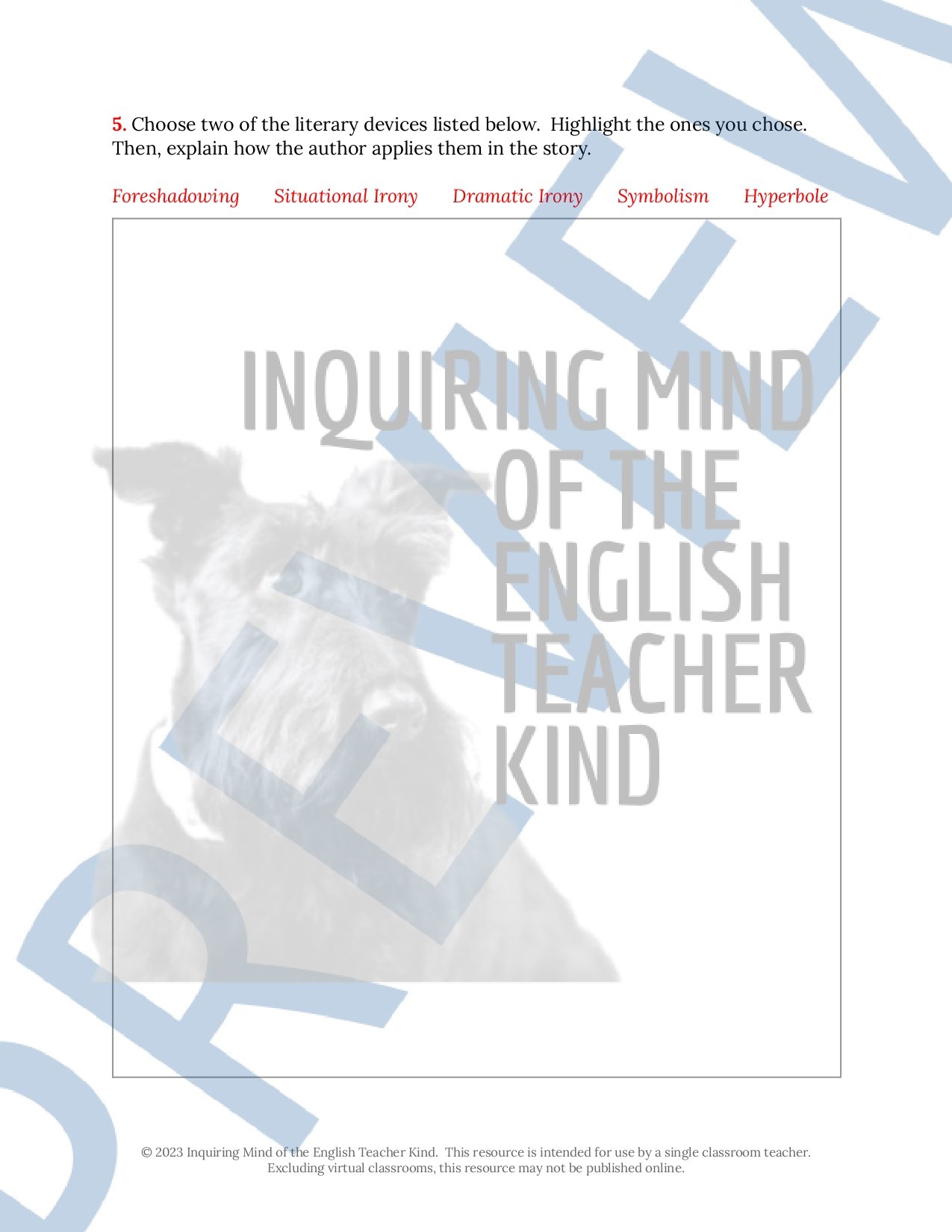 Image 71 of 250
Image 71 of 250

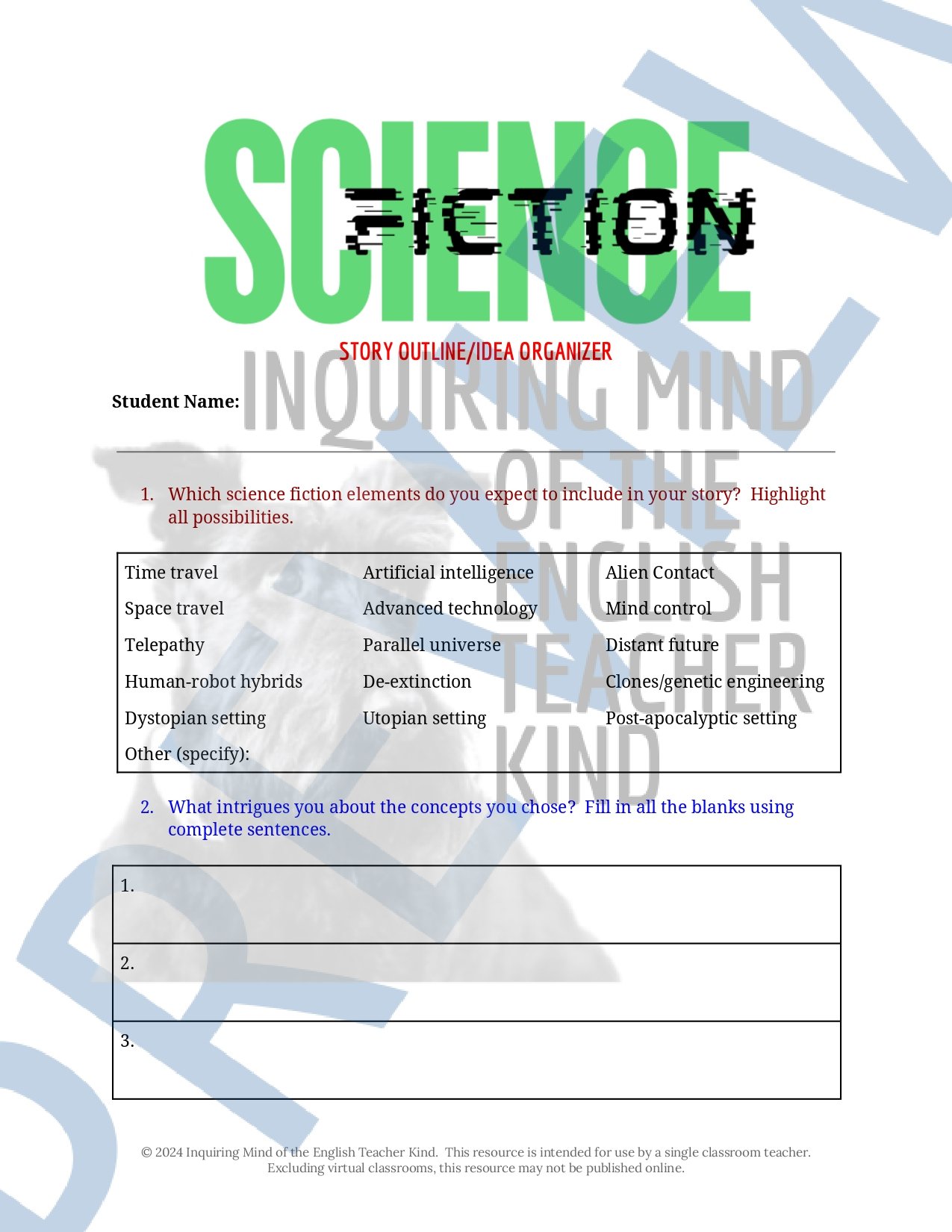 Image 72 of 250
Image 72 of 250

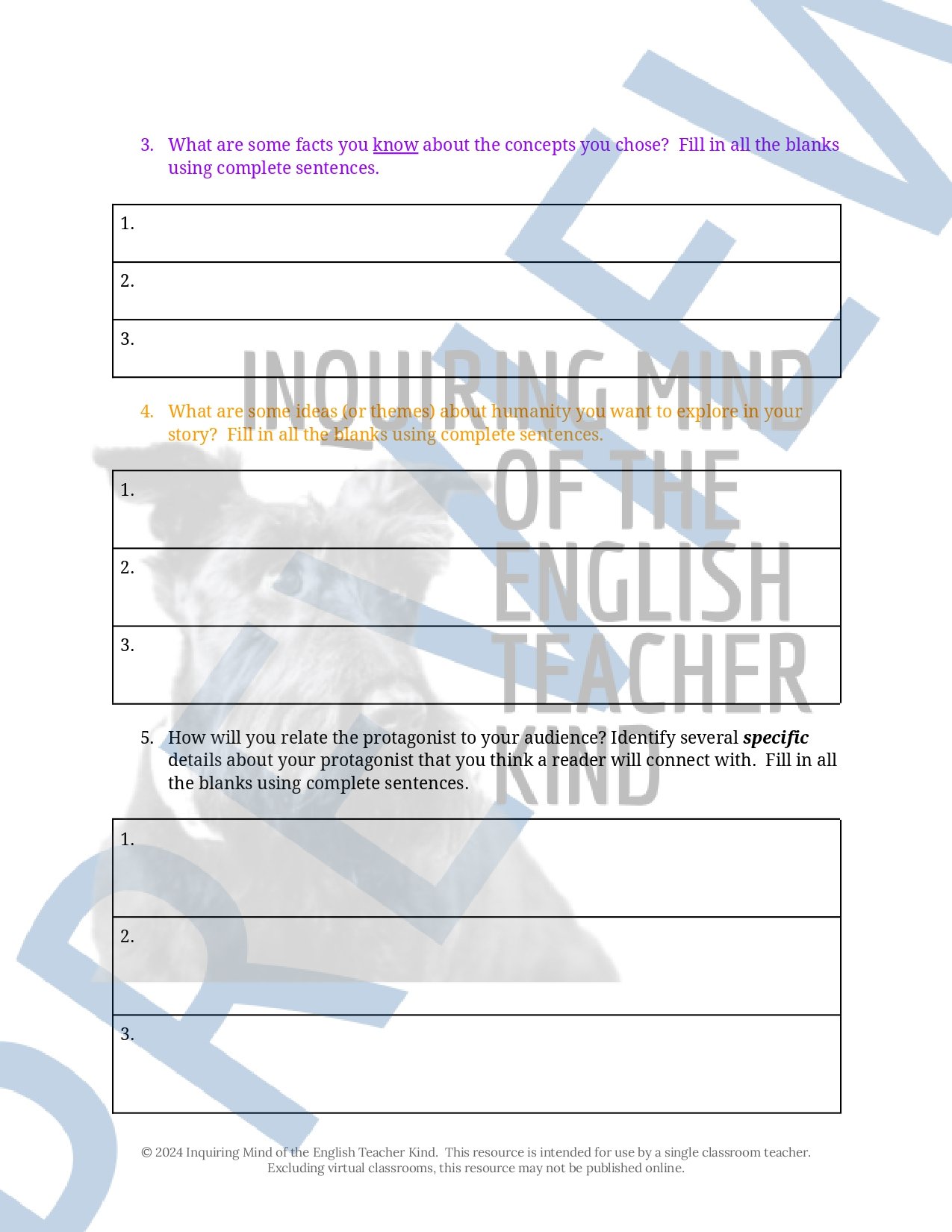 Image 73 of 250
Image 73 of 250

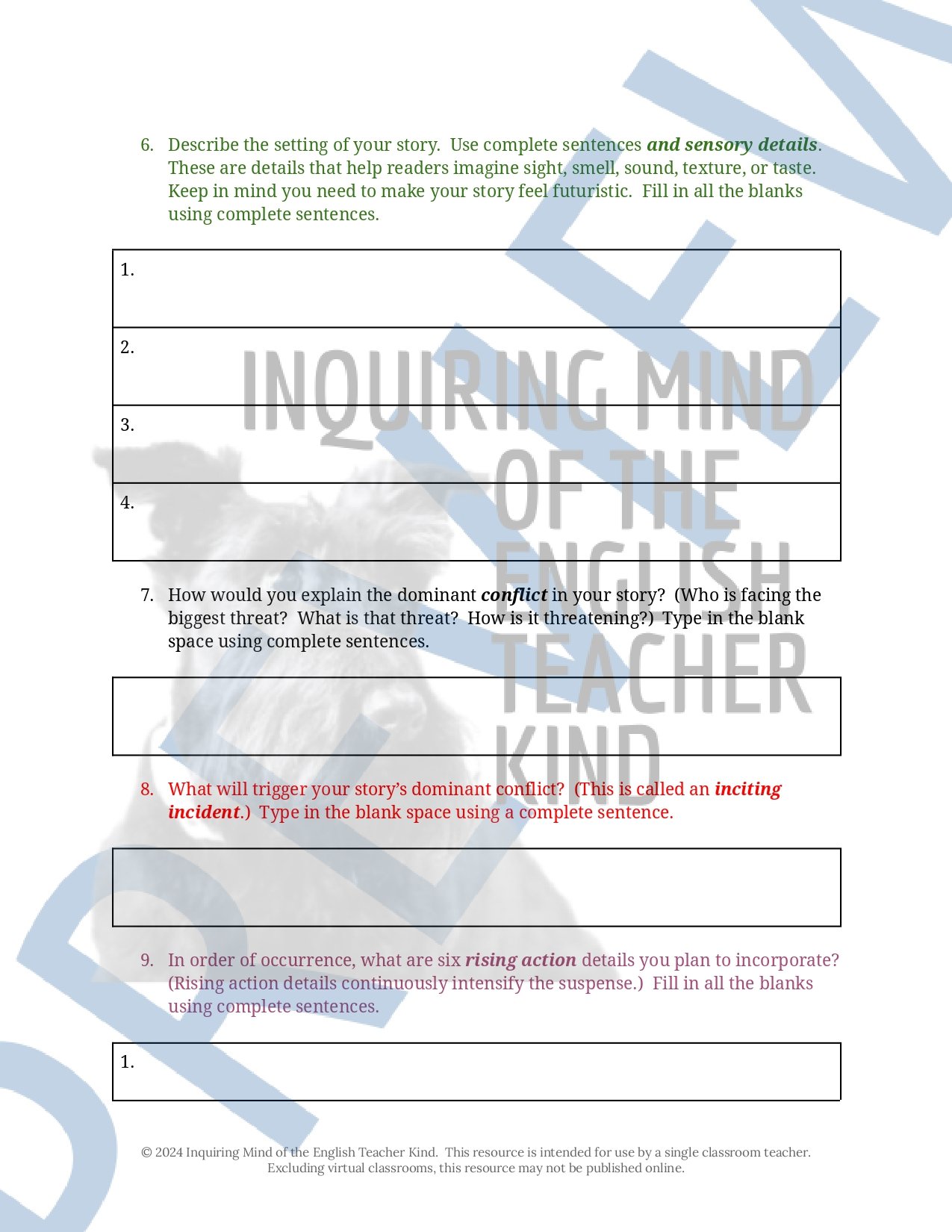 Image 74 of 250
Image 74 of 250

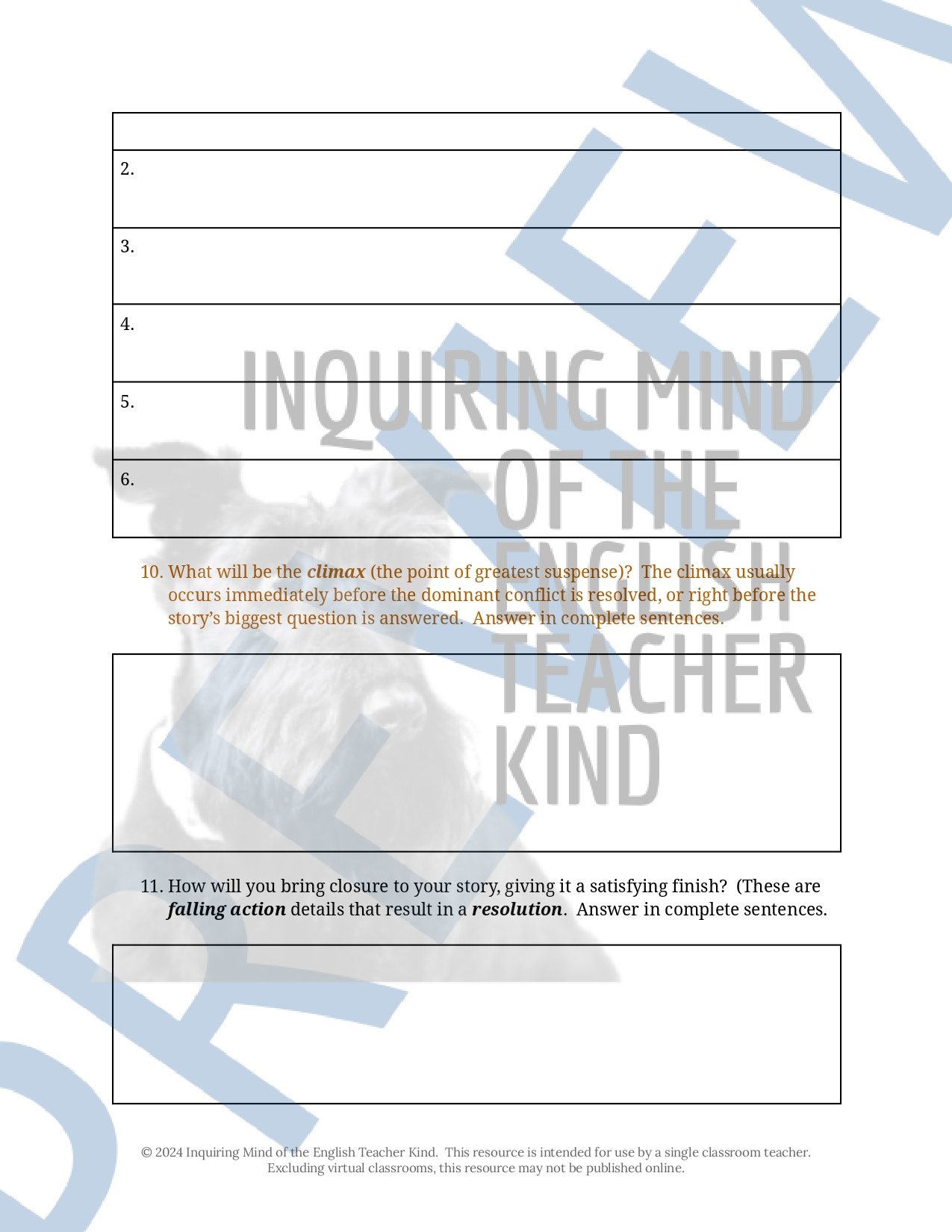 Image 75 of 250
Image 75 of 250

 Image 76 of 250
Image 76 of 250

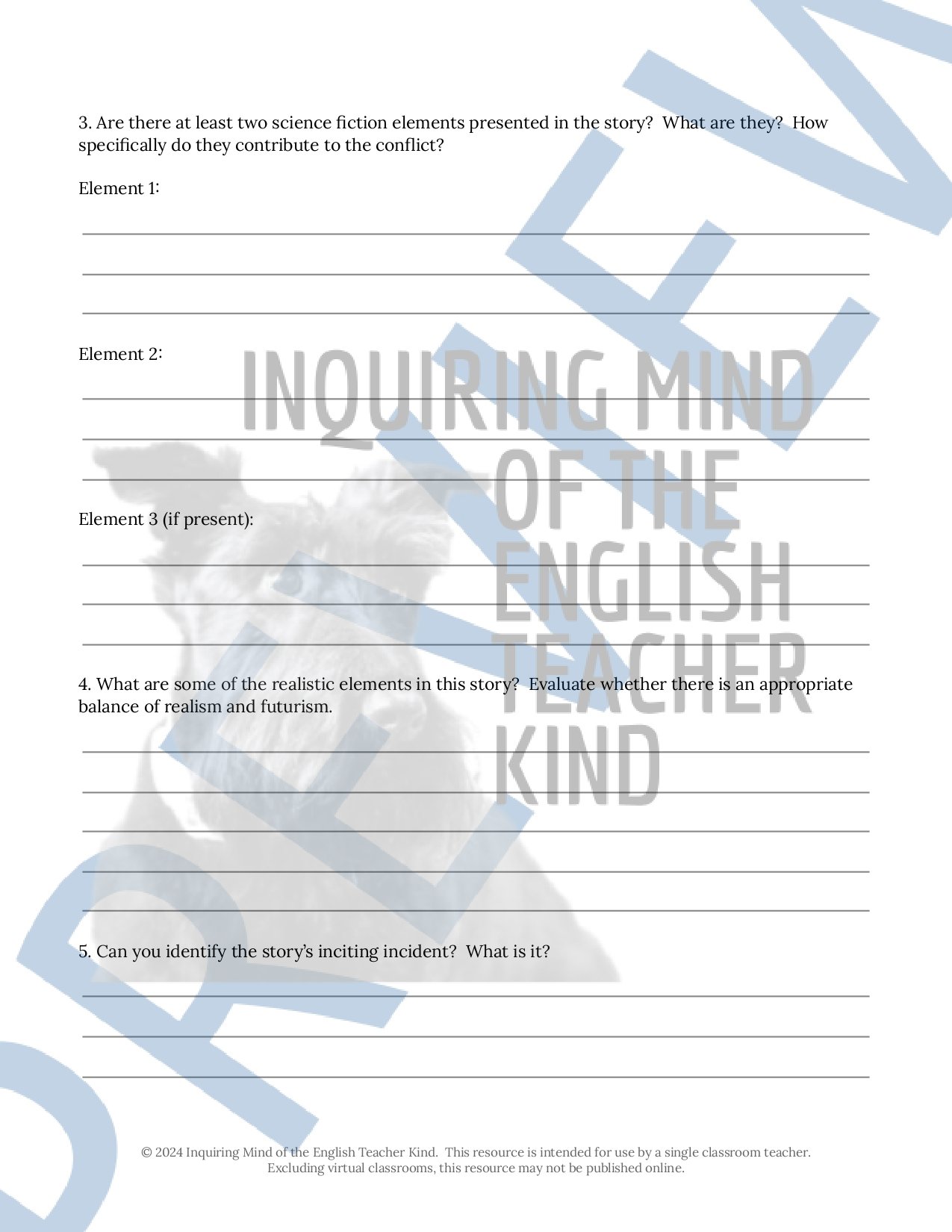 Image 77 of 250
Image 77 of 250

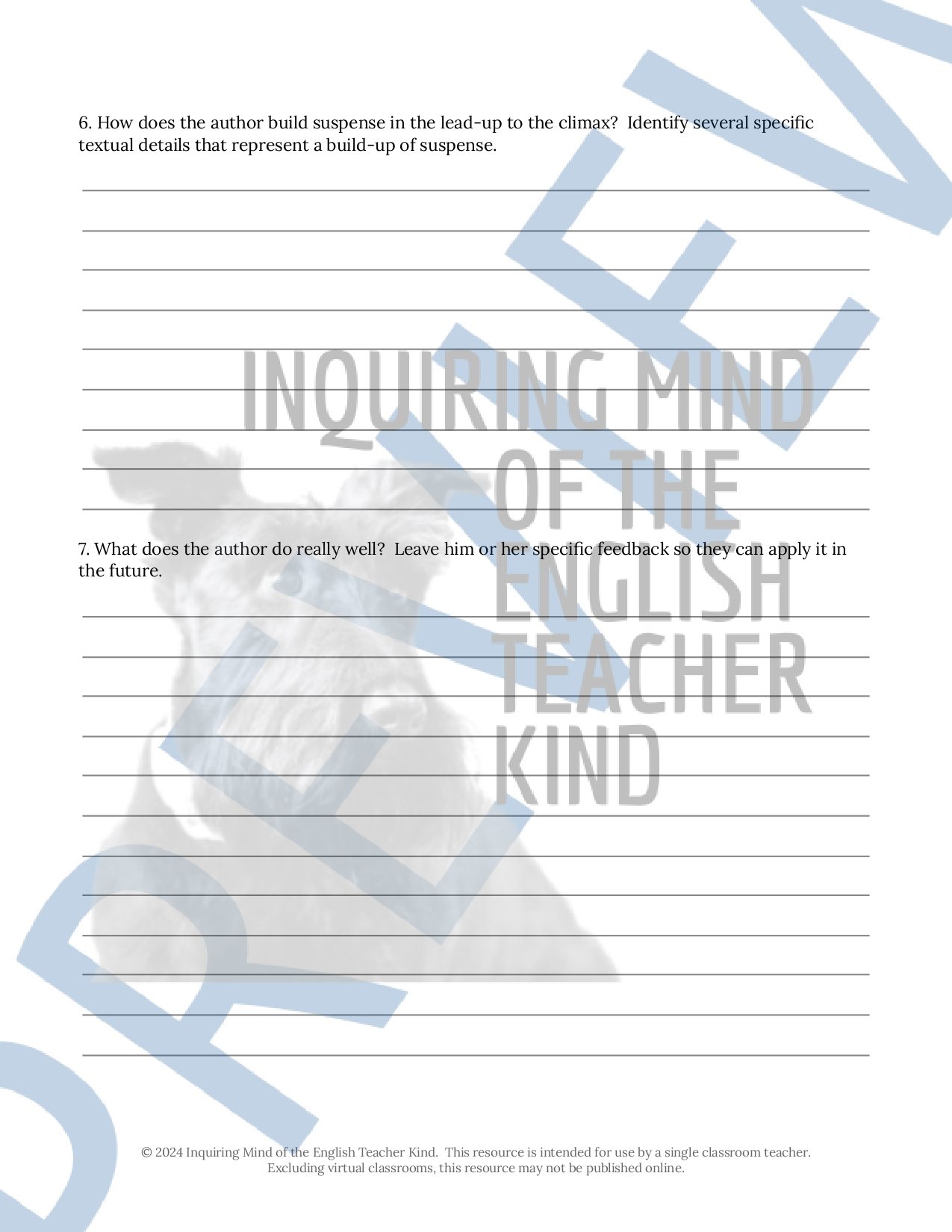 Image 78 of 250
Image 78 of 250

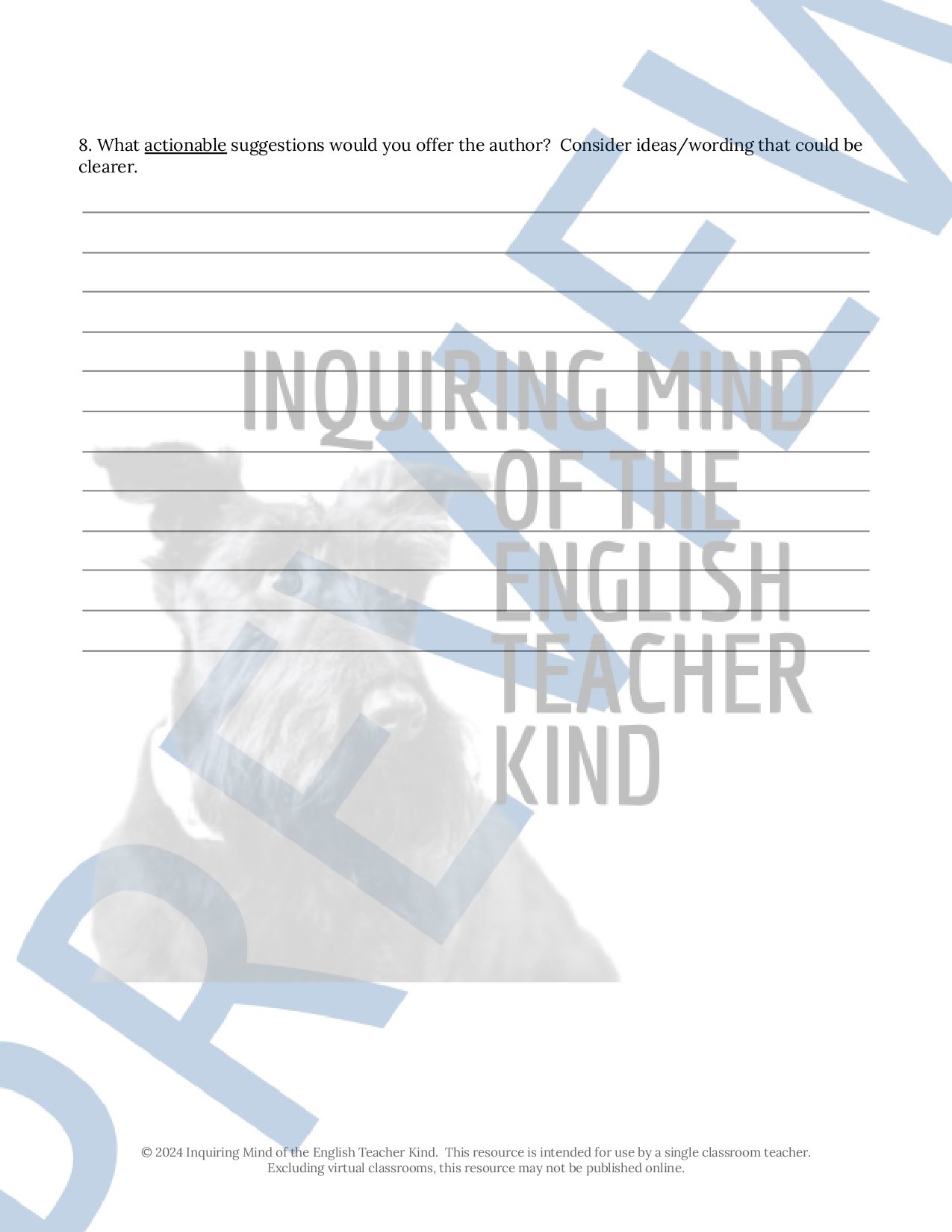 Image 79 of 250
Image 79 of 250

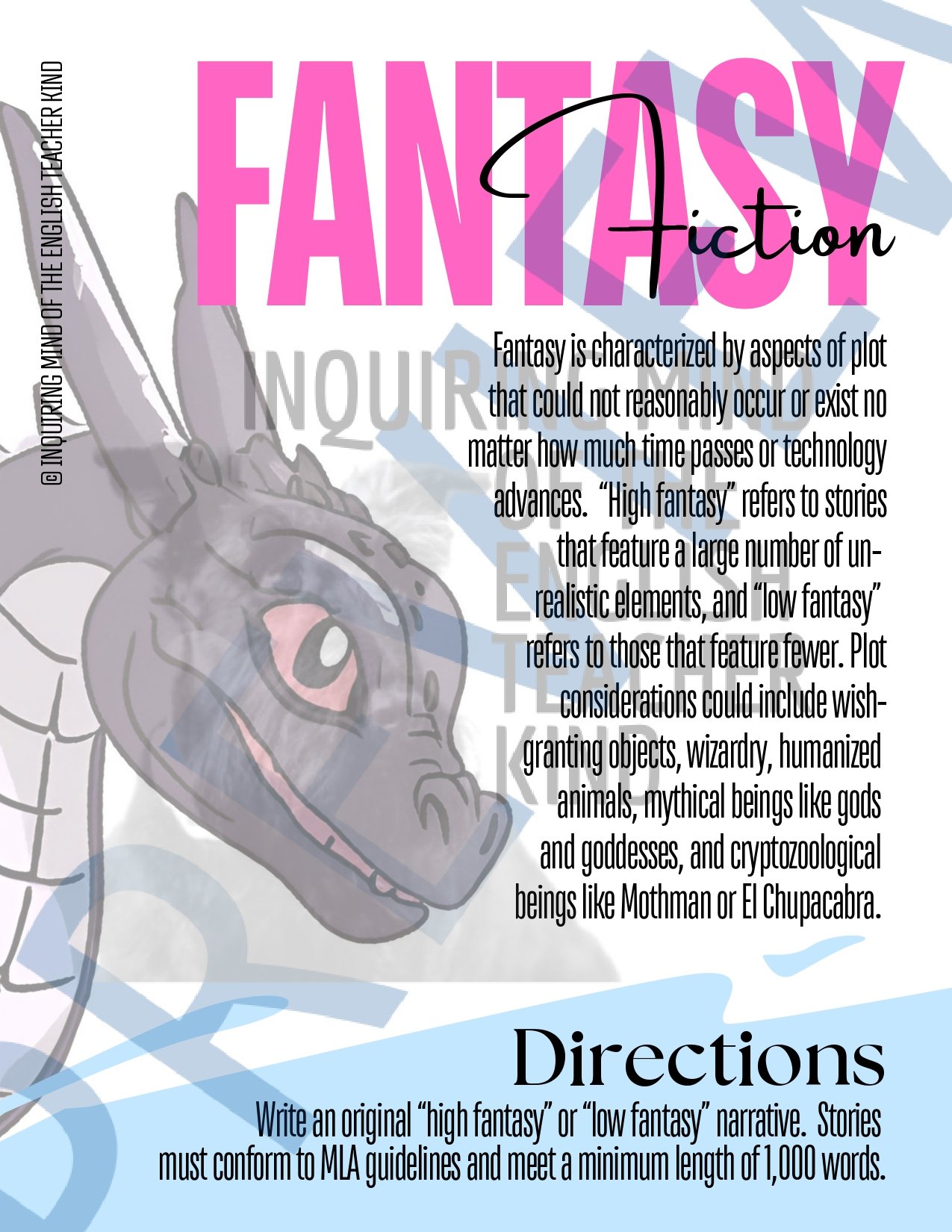 Image 80 of 250
Image 80 of 250

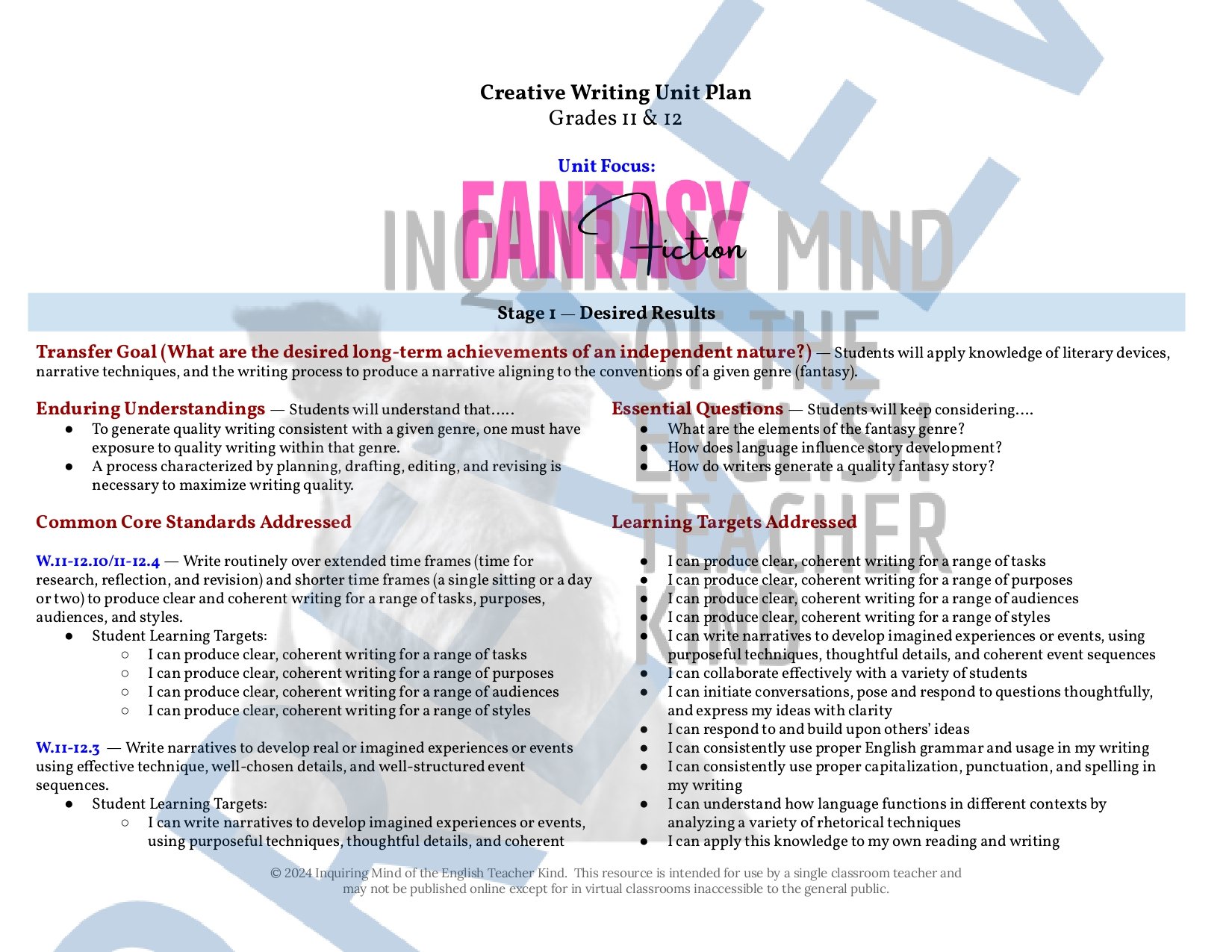 Image 81 of 250
Image 81 of 250

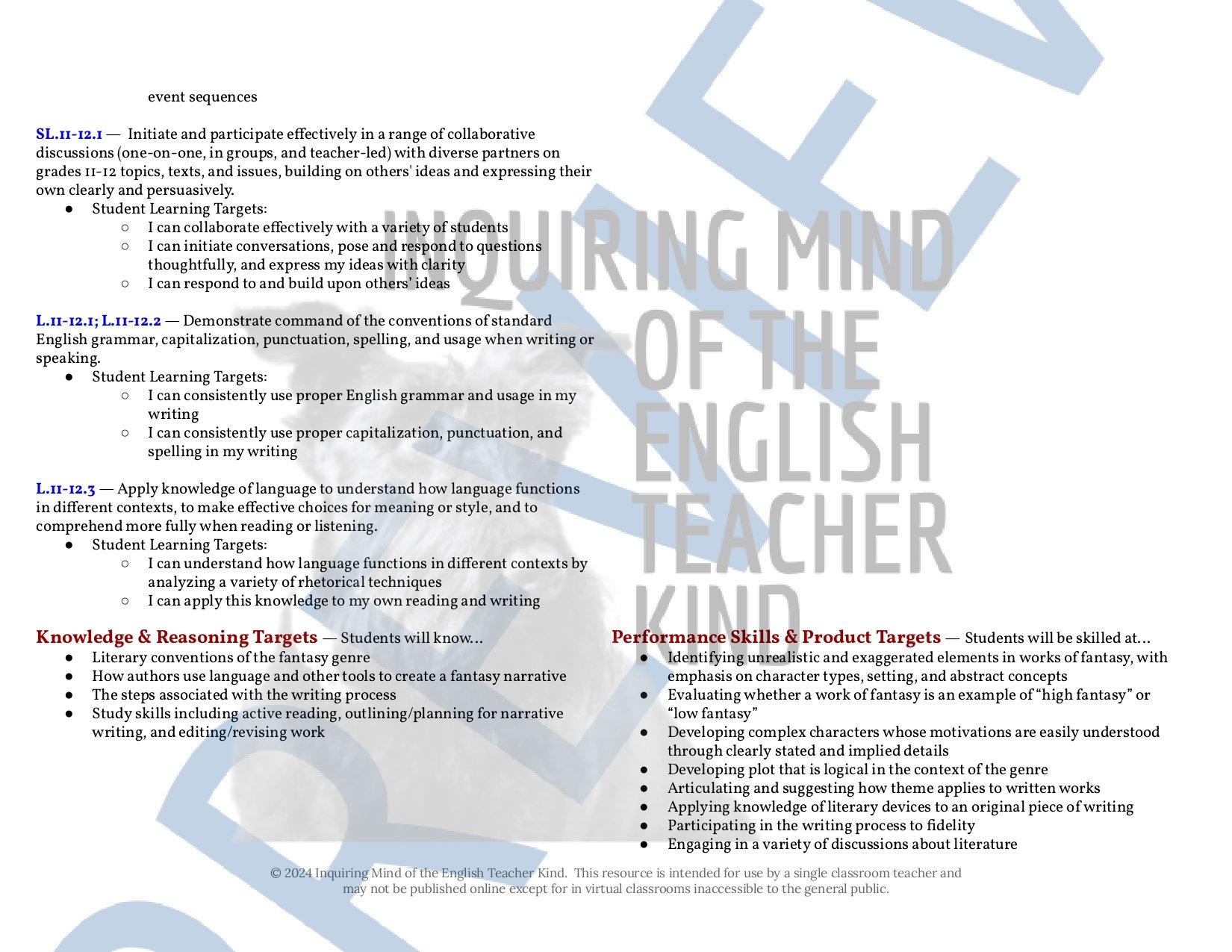 Image 82 of 250
Image 82 of 250

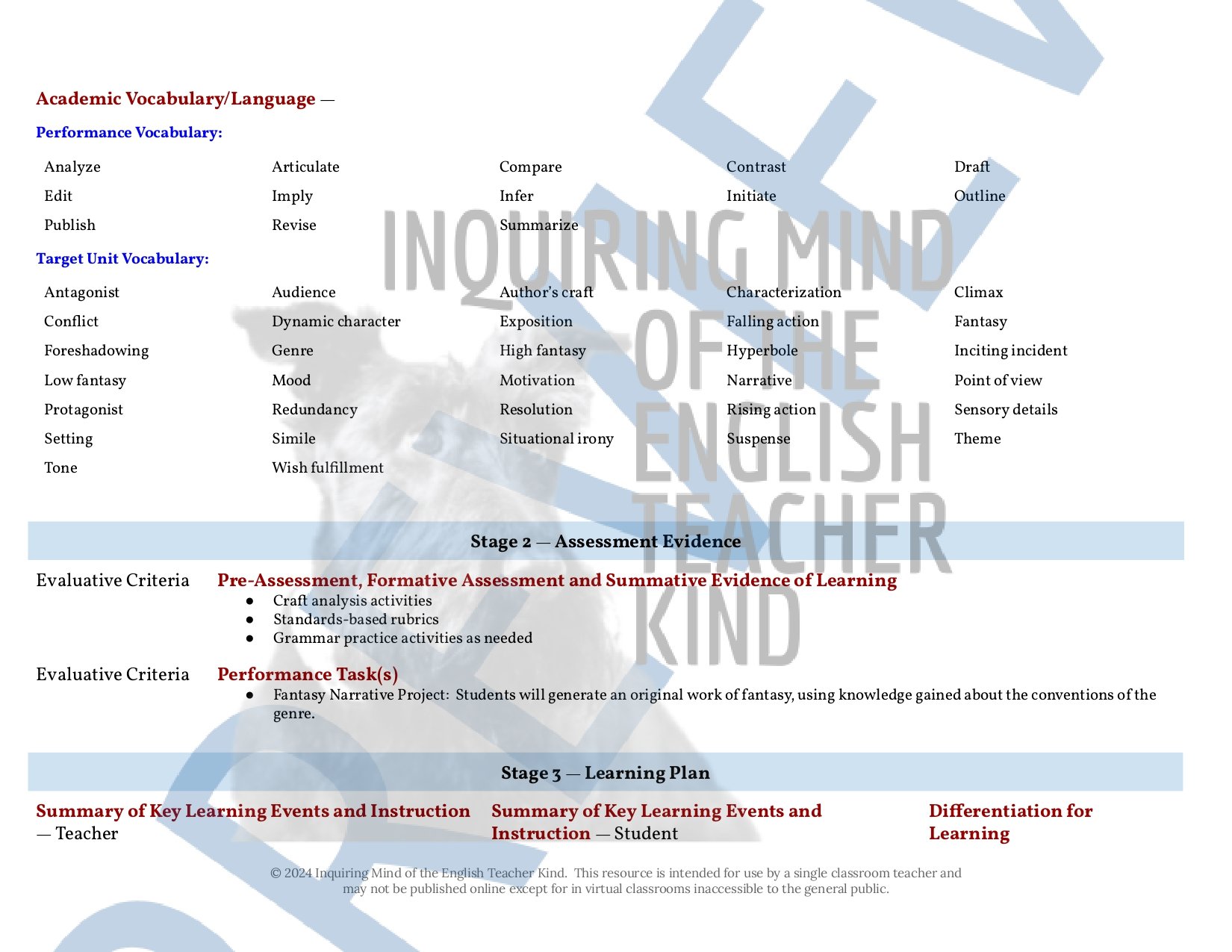 Image 83 of 250
Image 83 of 250

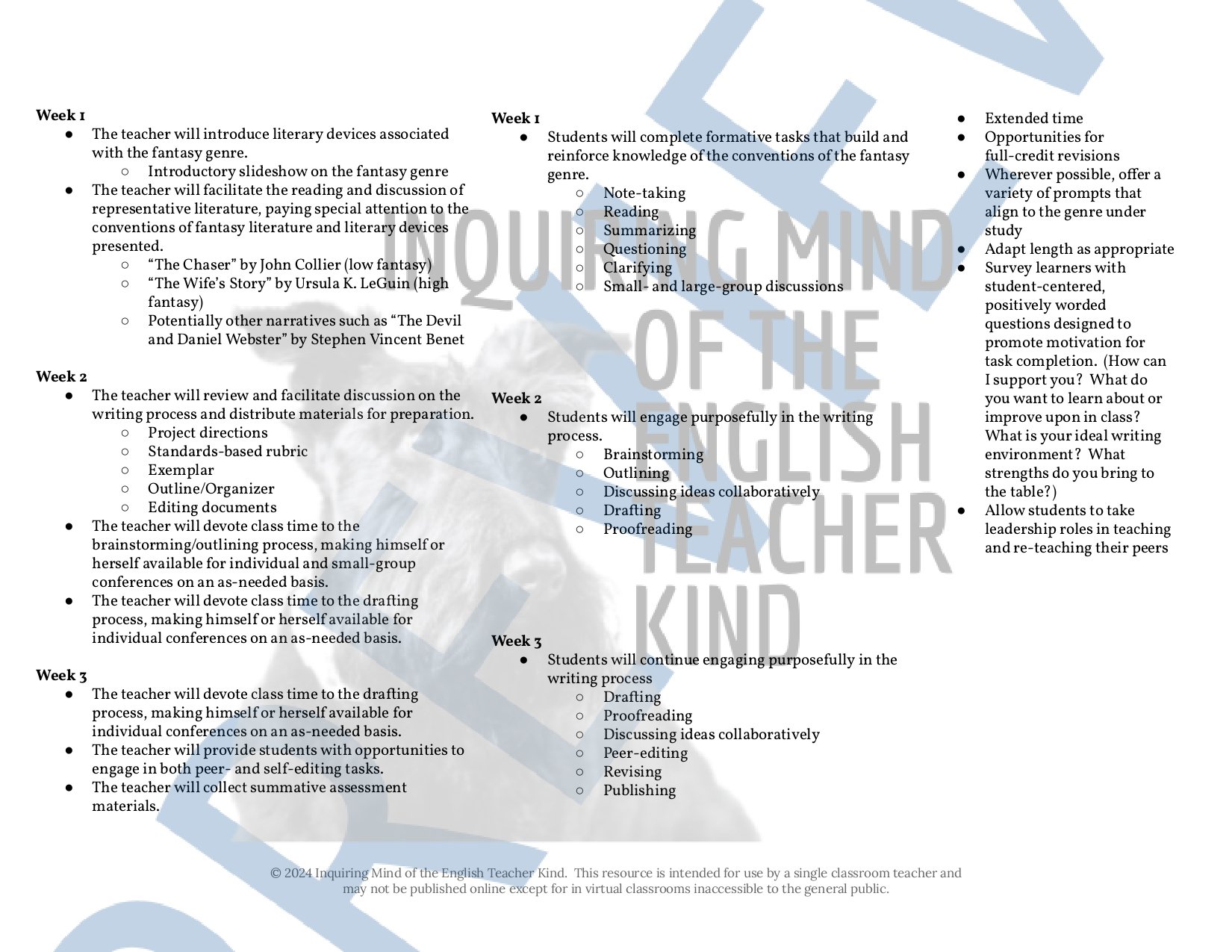 Image 84 of 250
Image 84 of 250

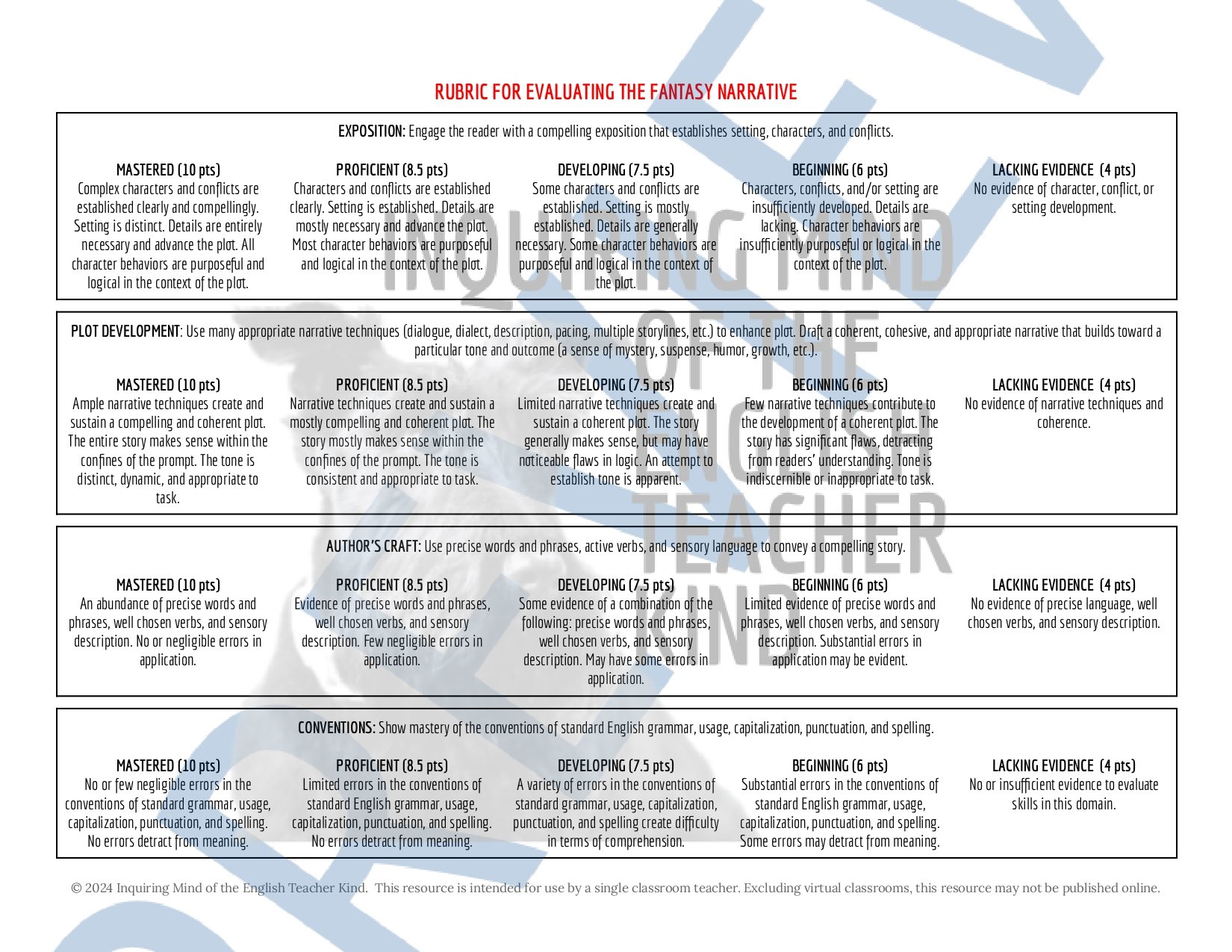 Image 85 of 250
Image 85 of 250

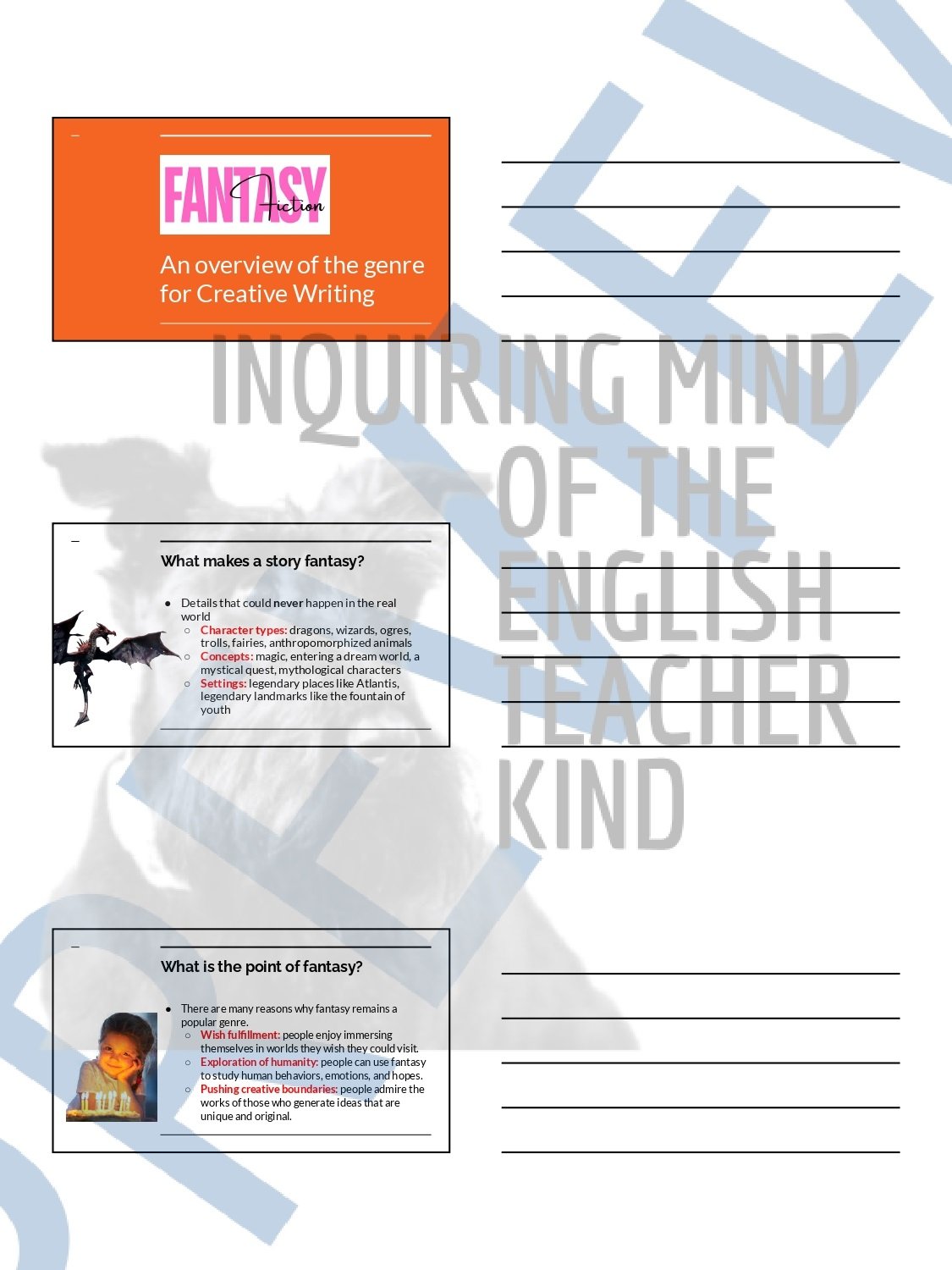 Image 86 of 250
Image 86 of 250

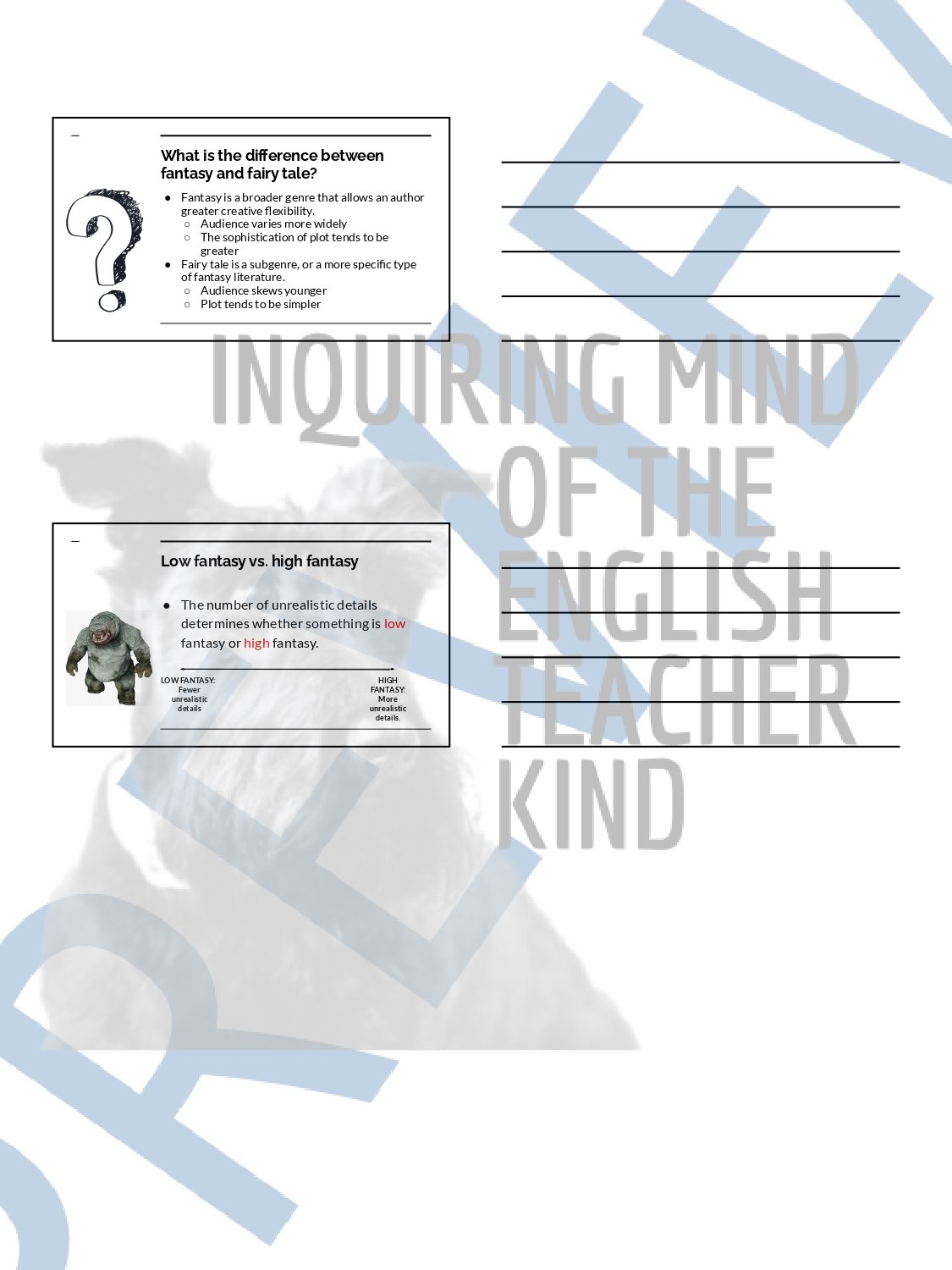 Image 87 of 250
Image 87 of 250

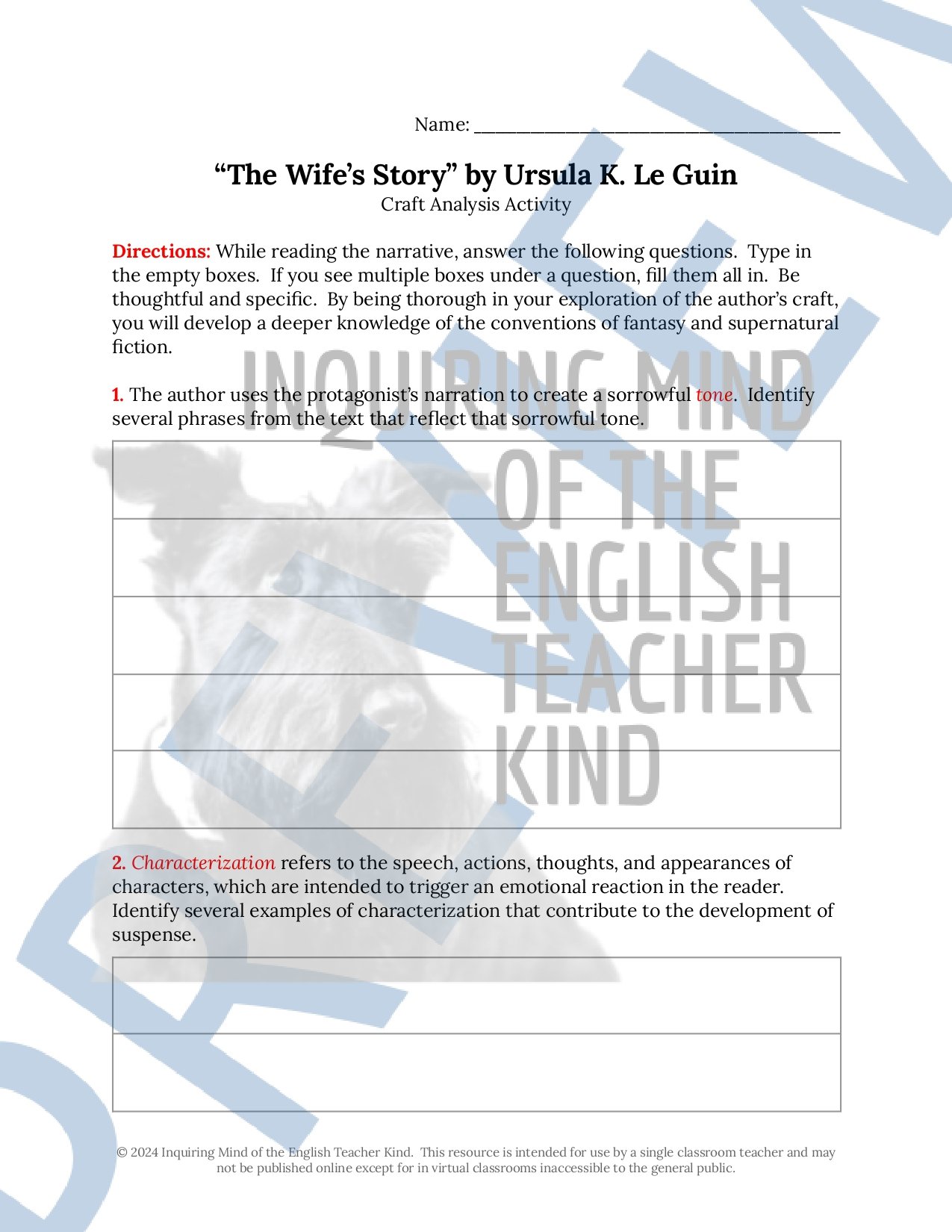 Image 88 of 250
Image 88 of 250

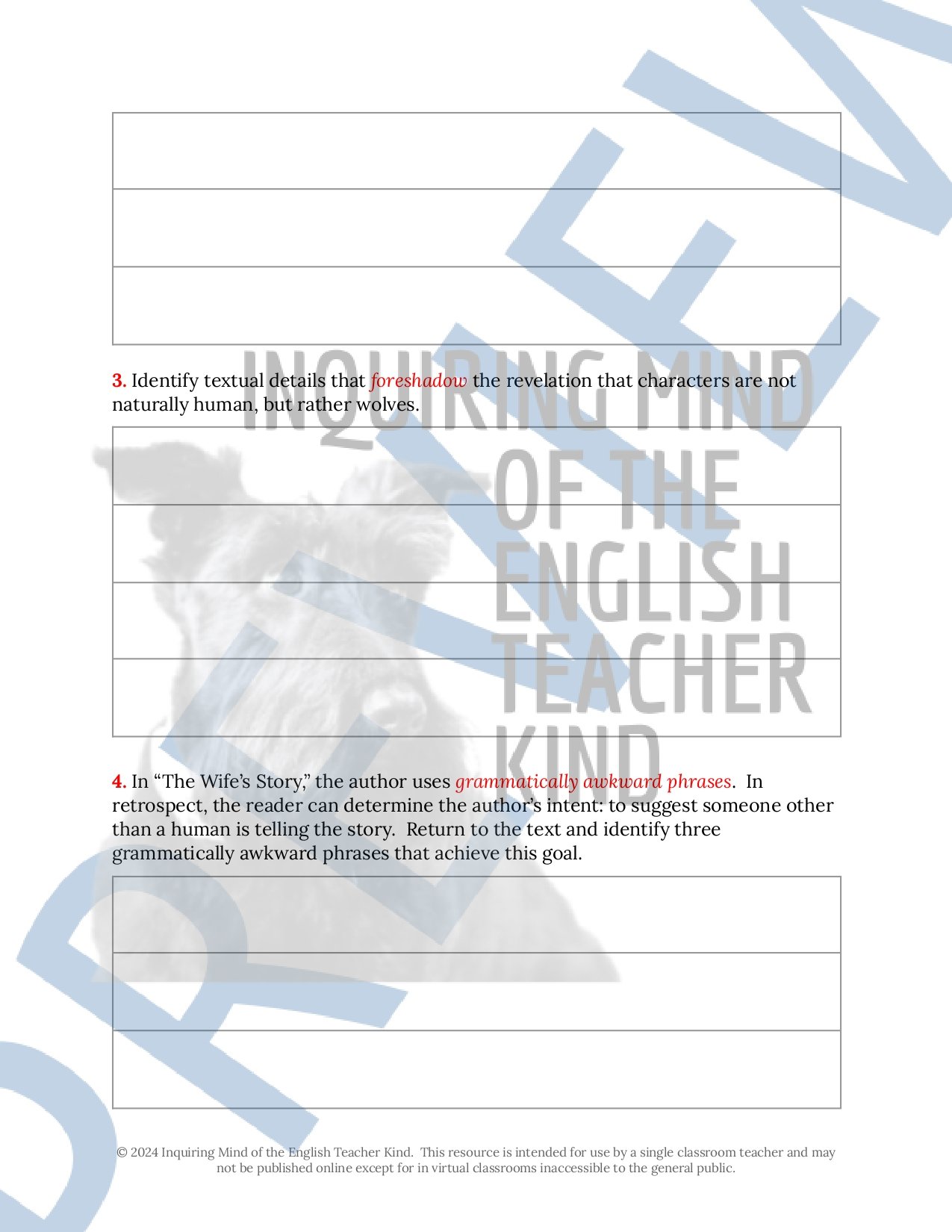 Image 89 of 250
Image 89 of 250

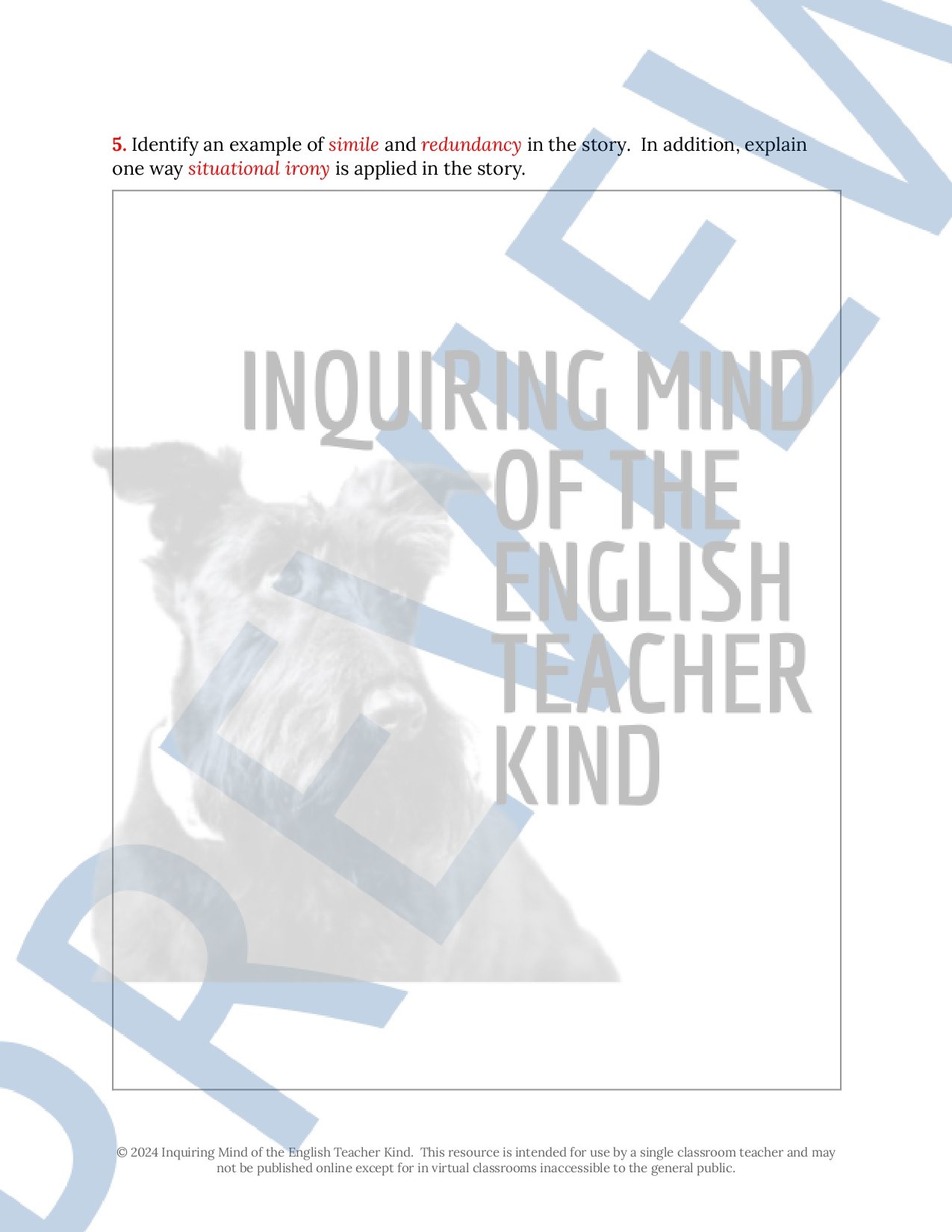 Image 90 of 250
Image 90 of 250

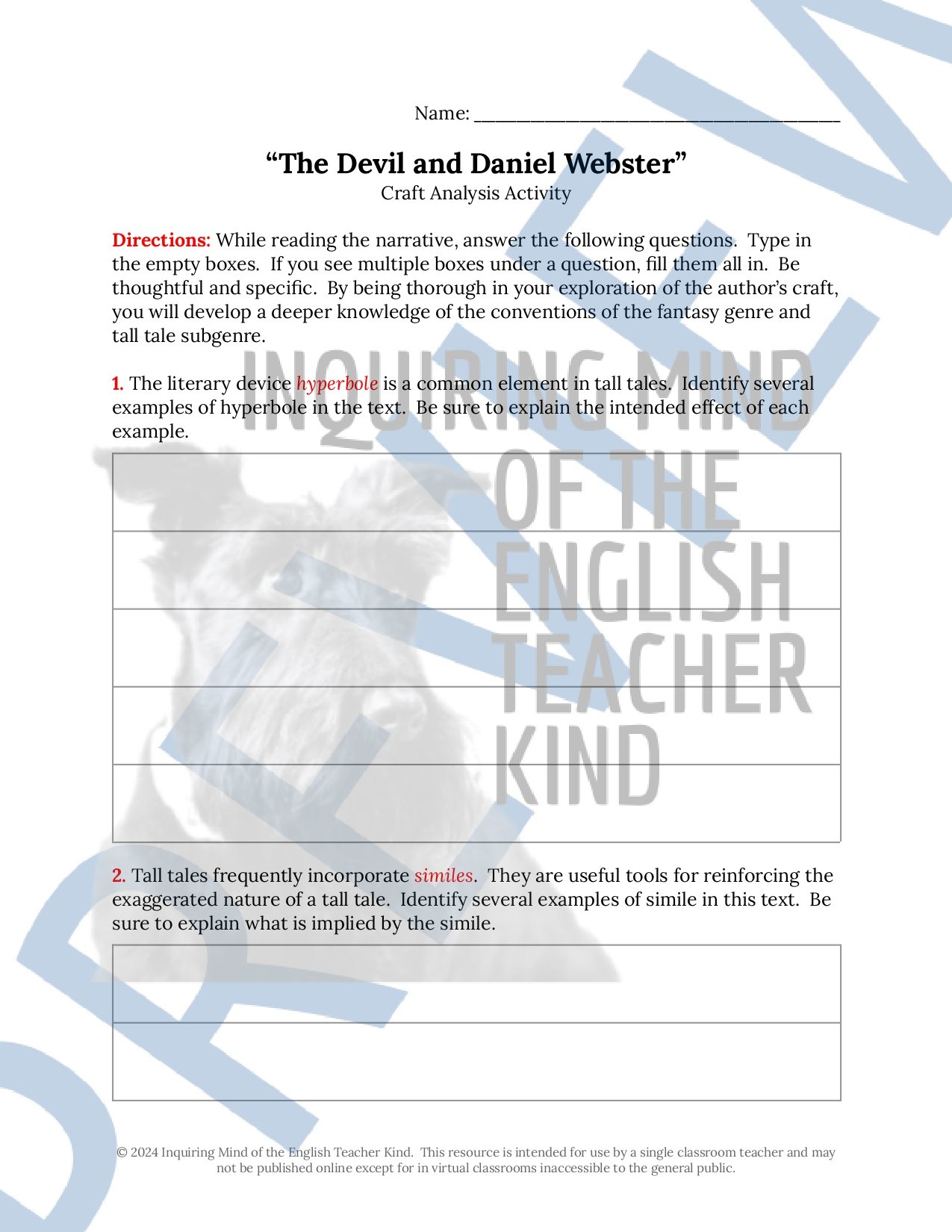 Image 91 of 250
Image 91 of 250

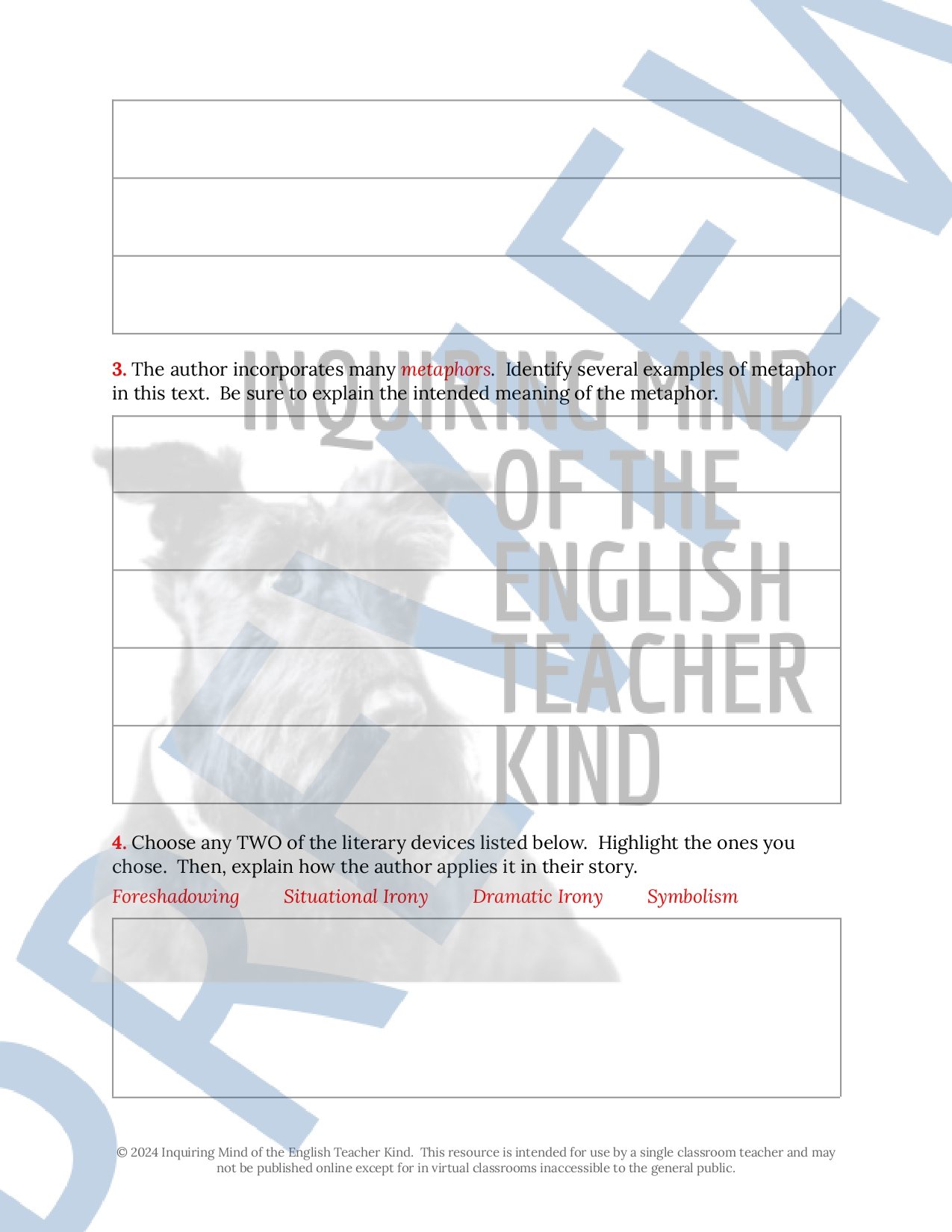 Image 92 of 250
Image 92 of 250

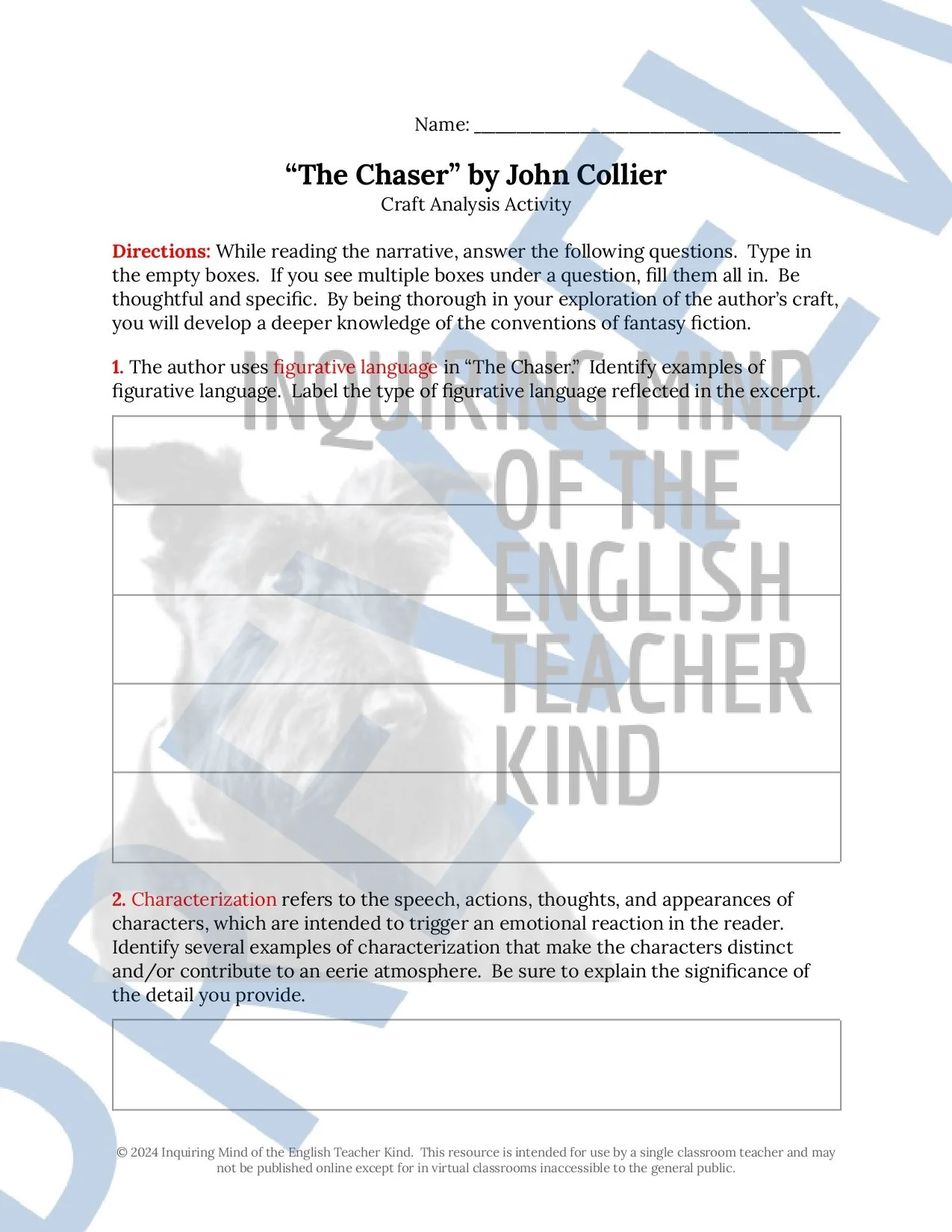 Image 93 of 250
Image 93 of 250

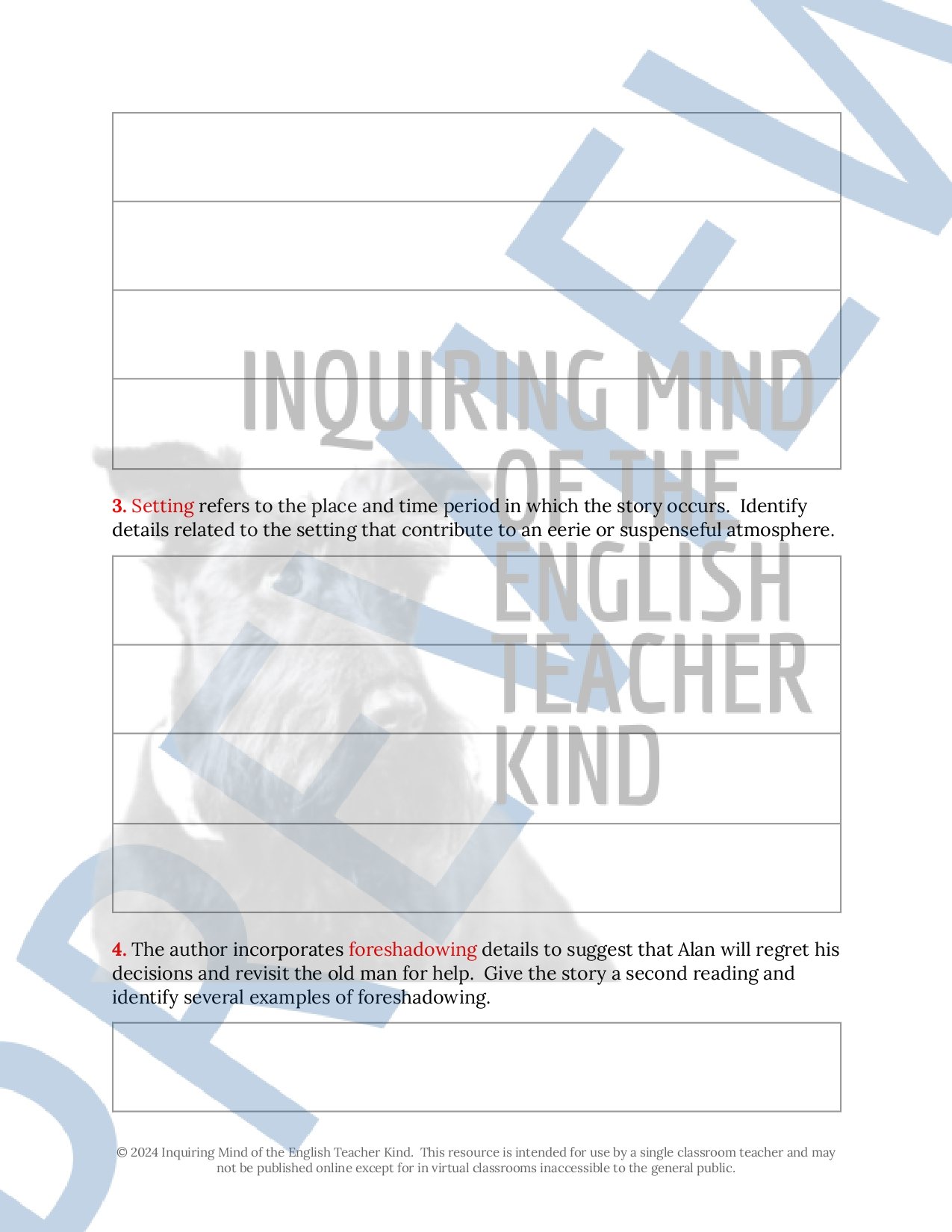 Image 94 of 250
Image 94 of 250

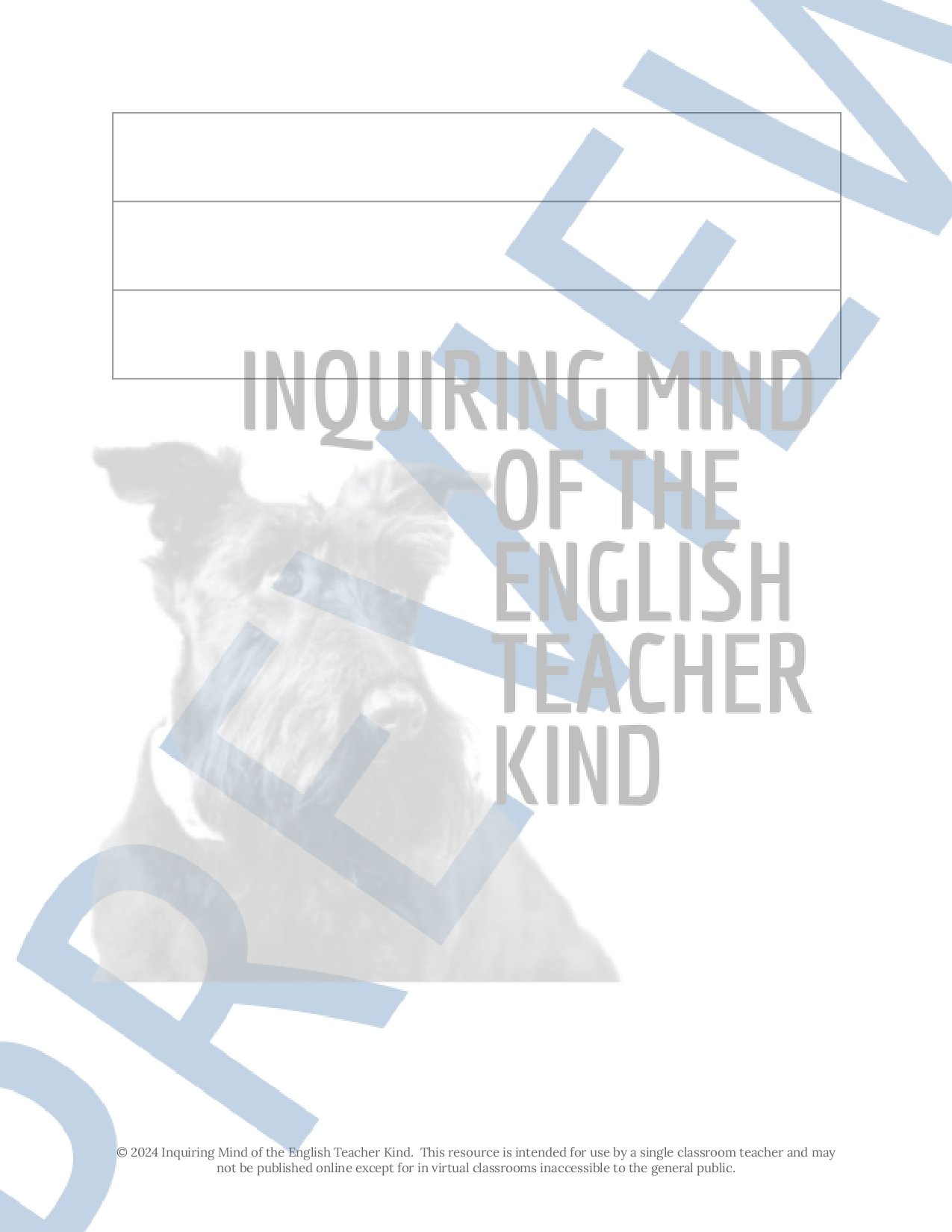 Image 95 of 250
Image 95 of 250

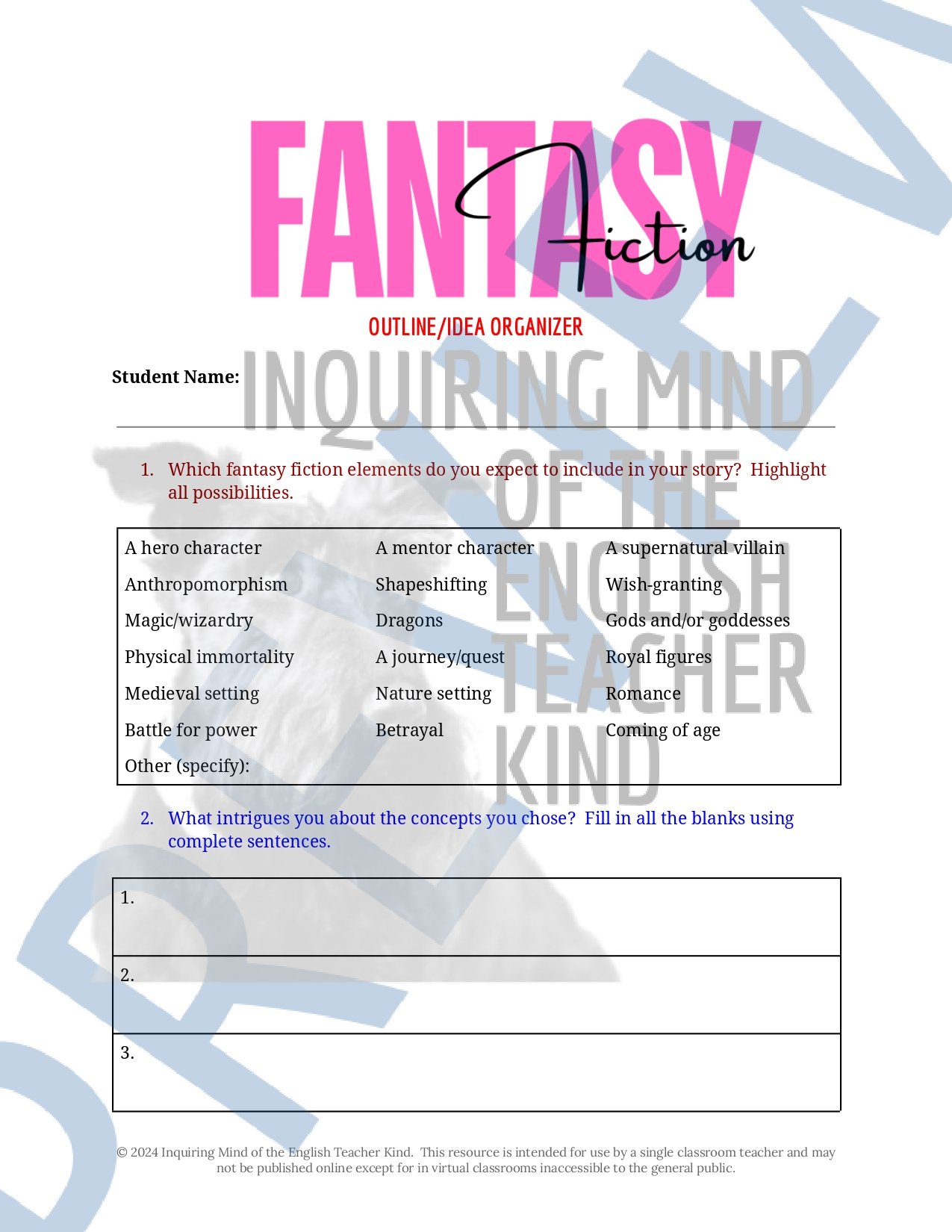 Image 96 of 250
Image 96 of 250

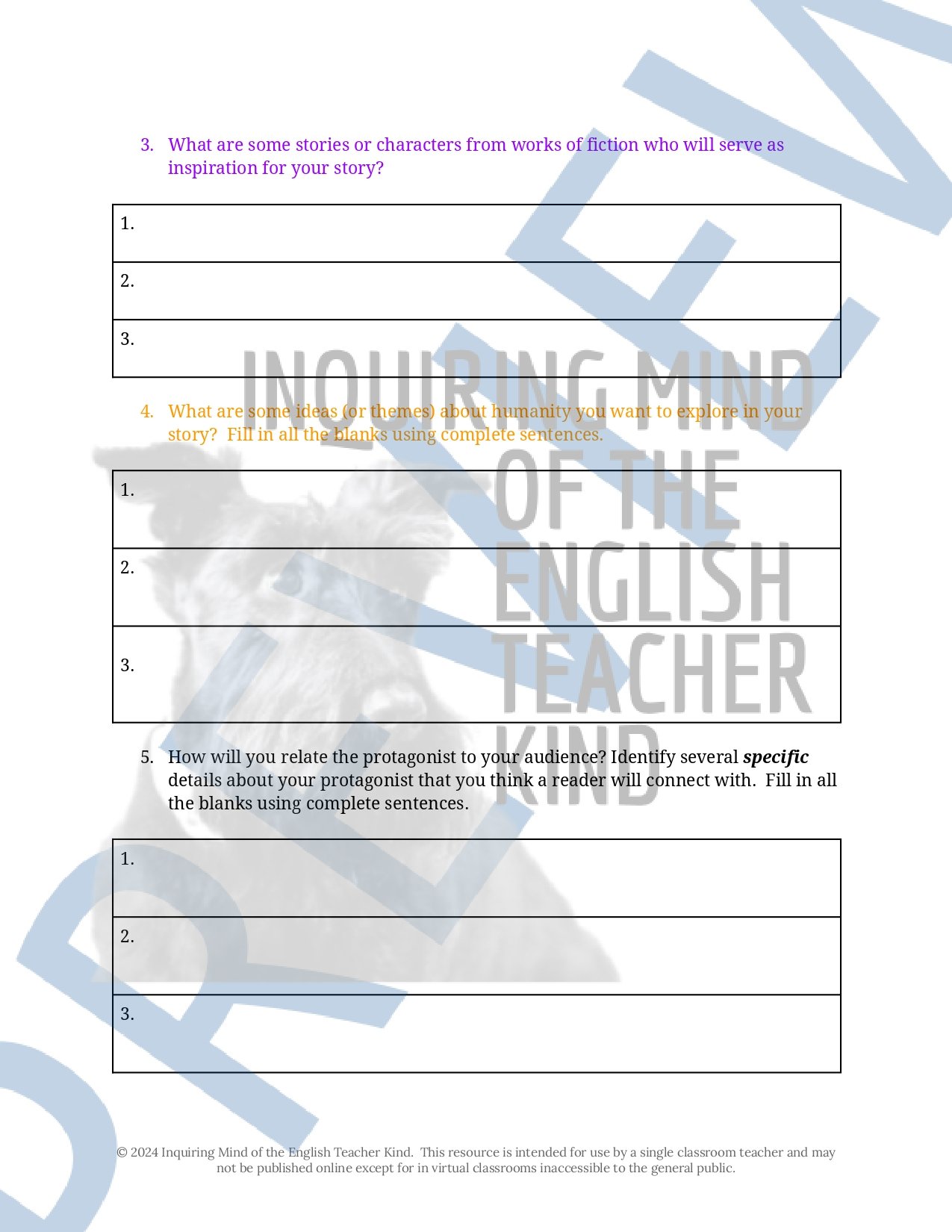 Image 97 of 250
Image 97 of 250

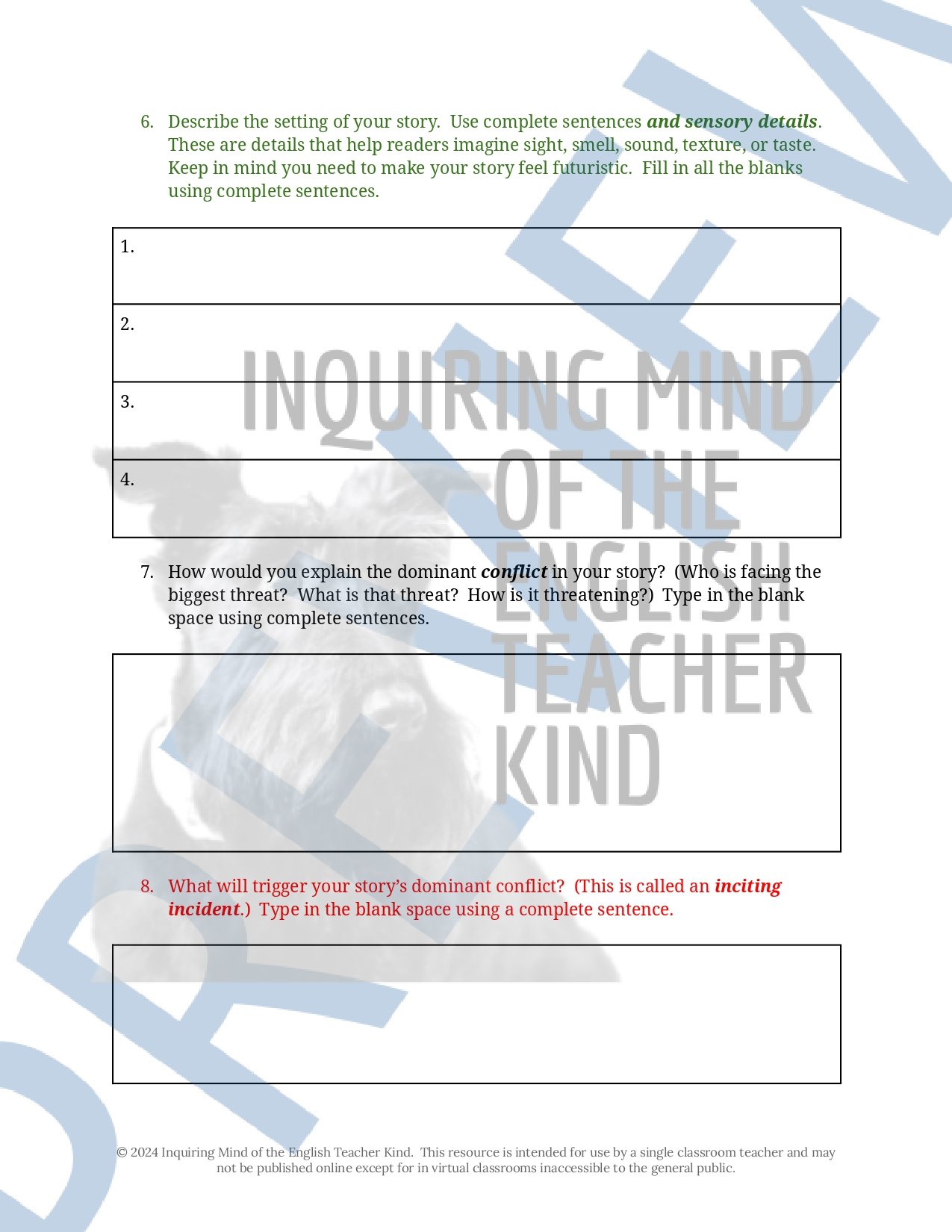 Image 98 of 250
Image 98 of 250

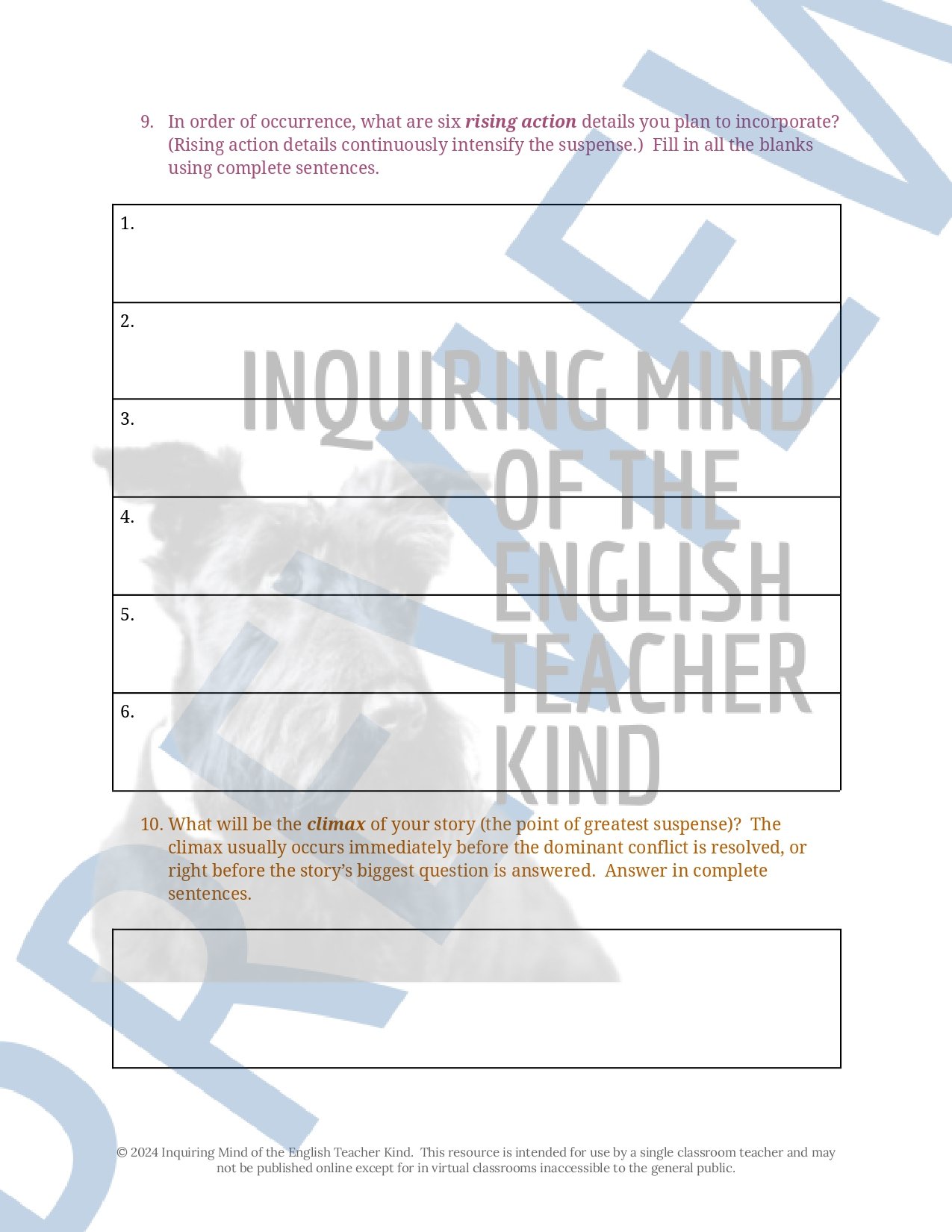 Image 99 of 250
Image 99 of 250

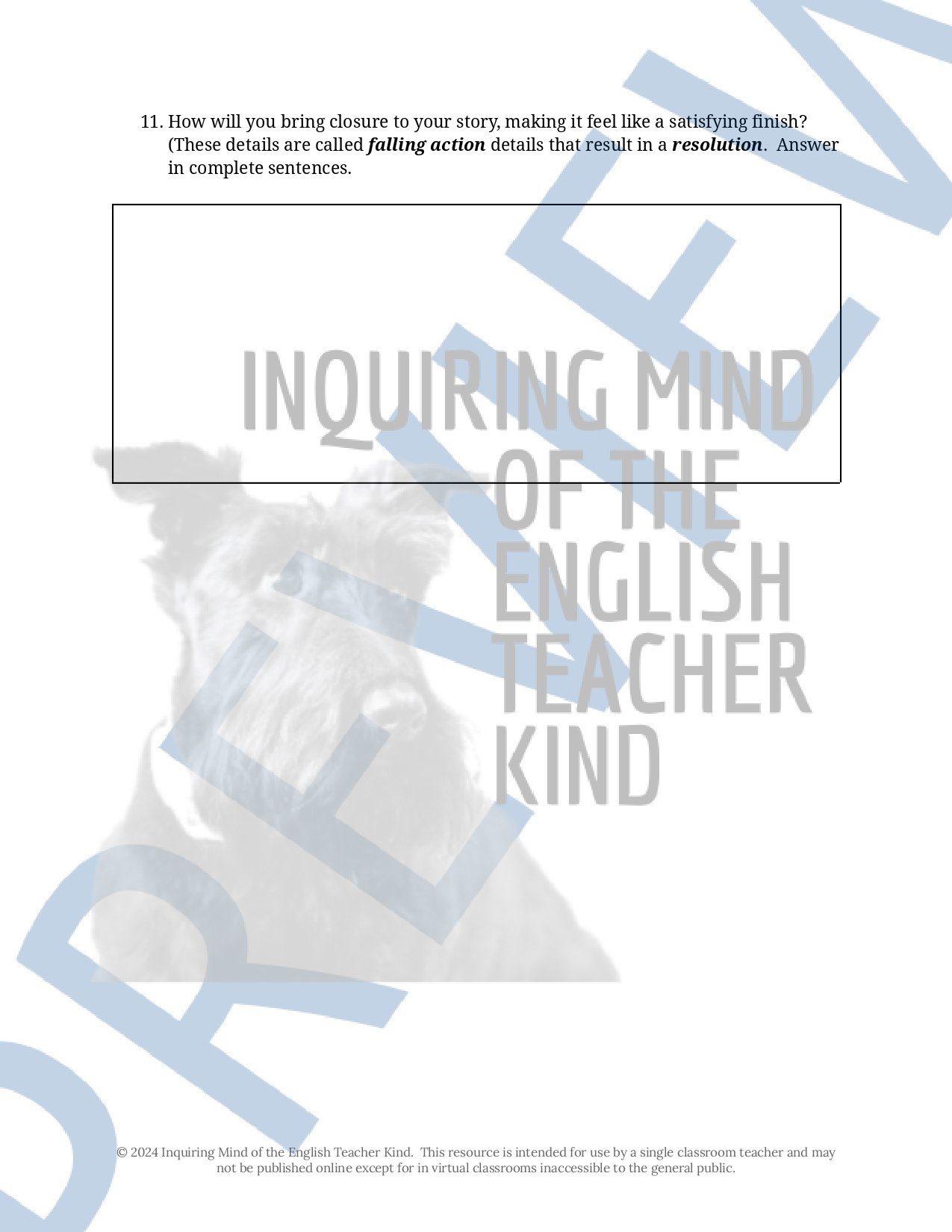 Image 100 of 250
Image 100 of 250

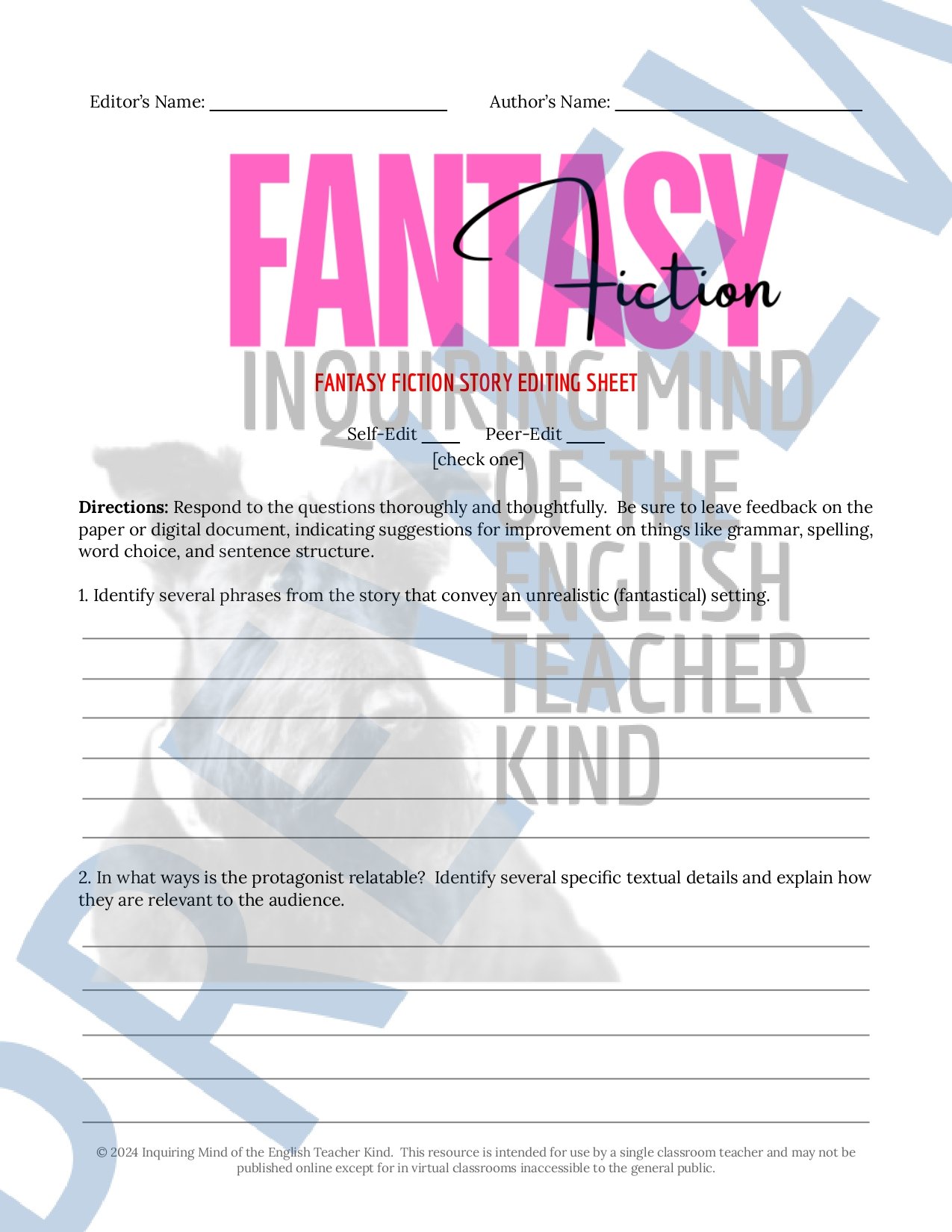 Image 101 of 250
Image 101 of 250

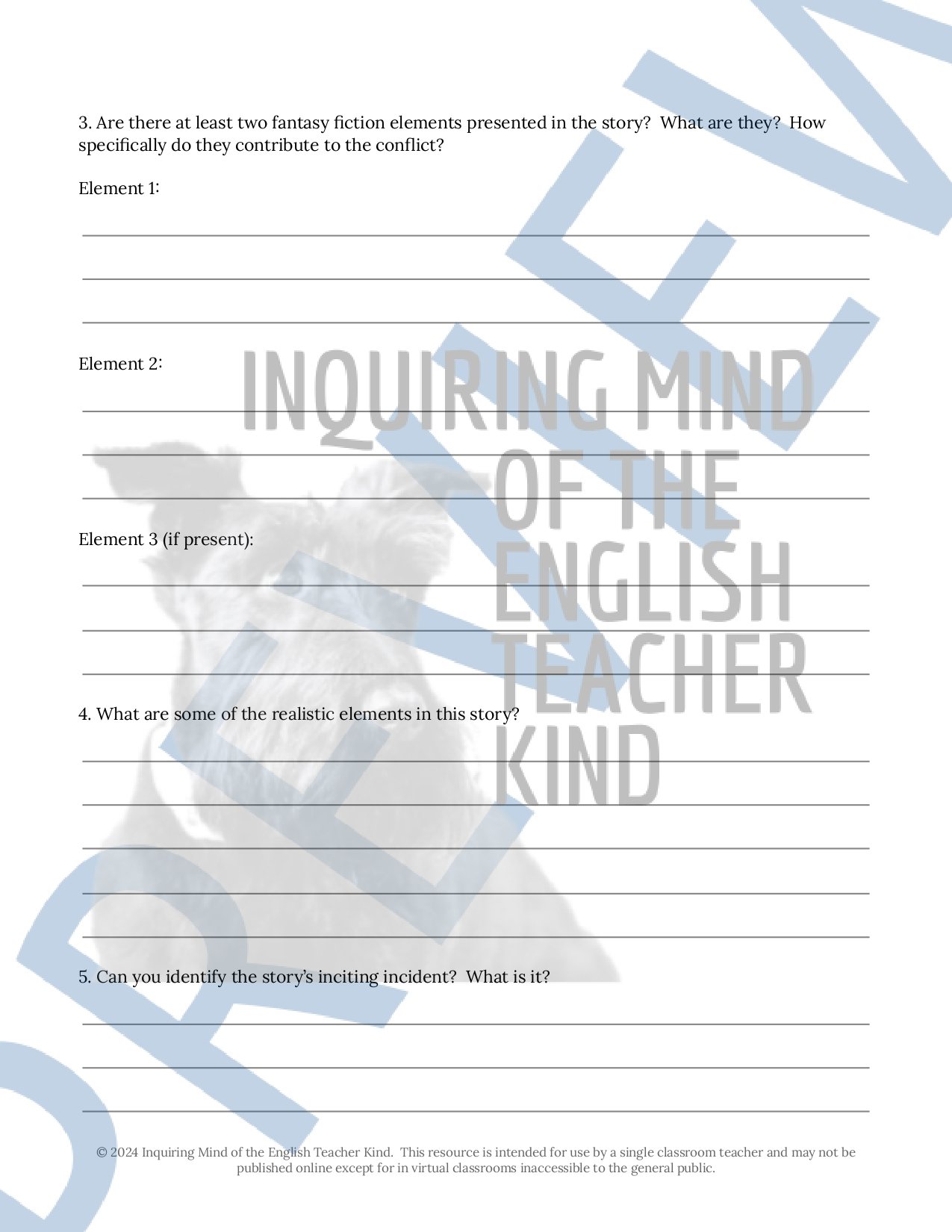 Image 102 of 250
Image 102 of 250

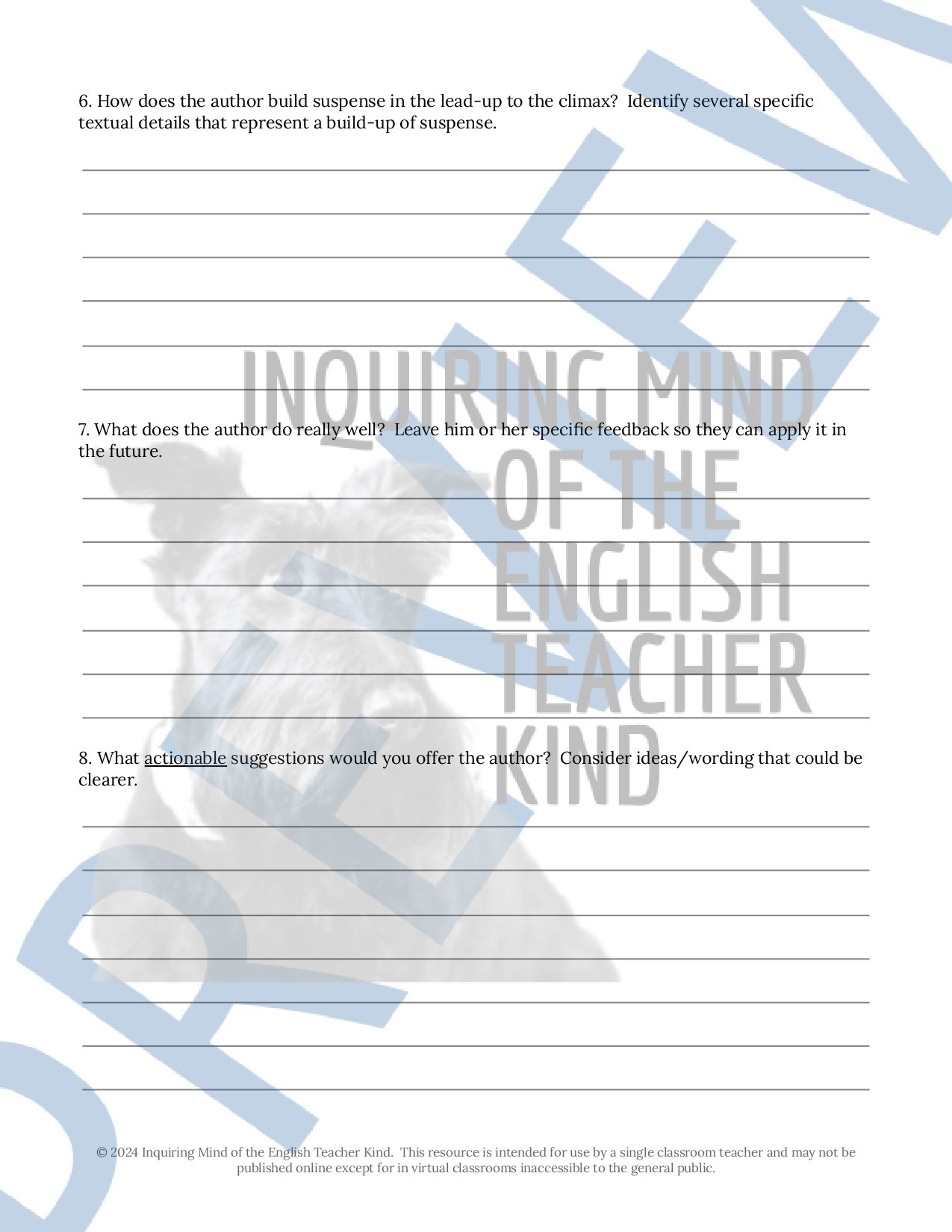 Image 103 of 250
Image 103 of 250

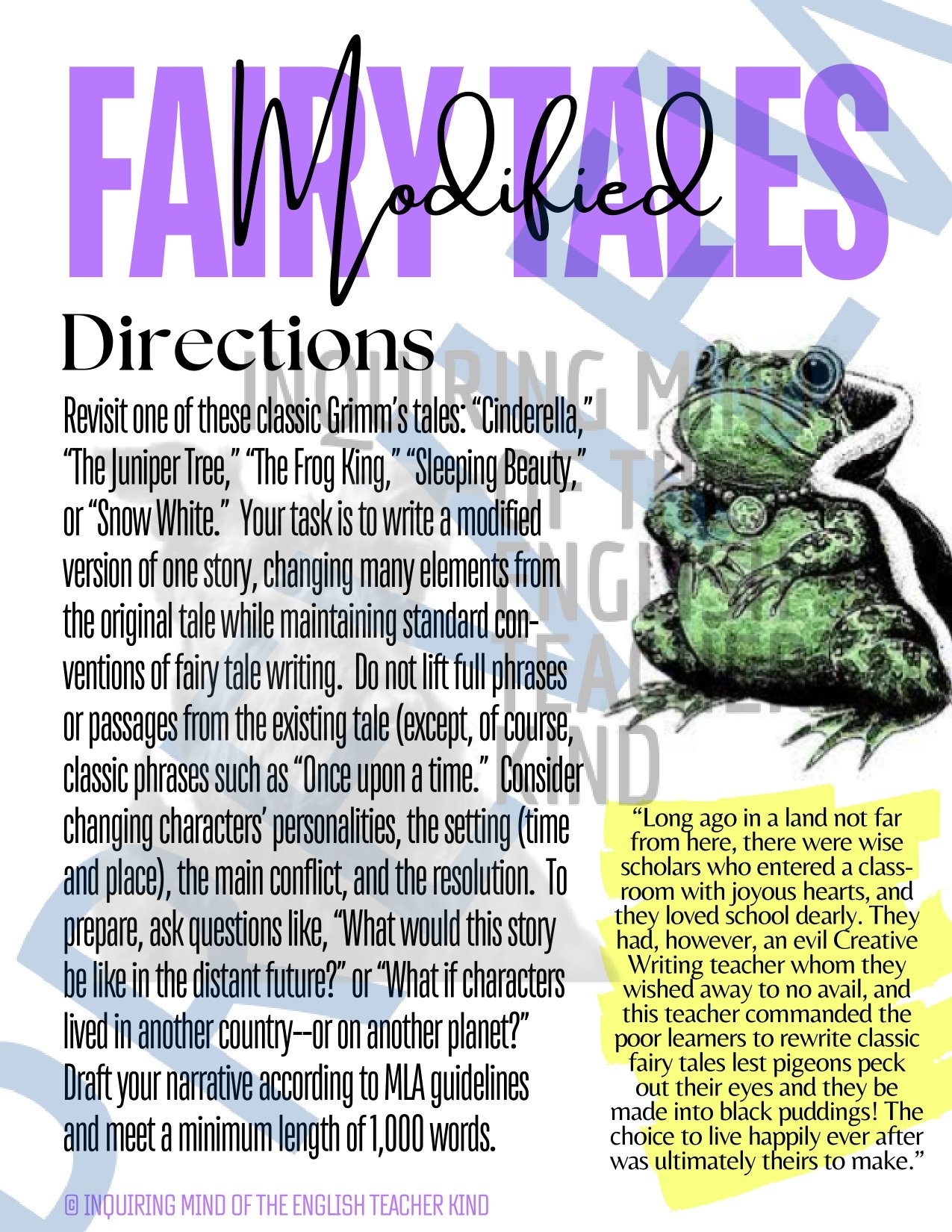 Image 104 of 250
Image 104 of 250

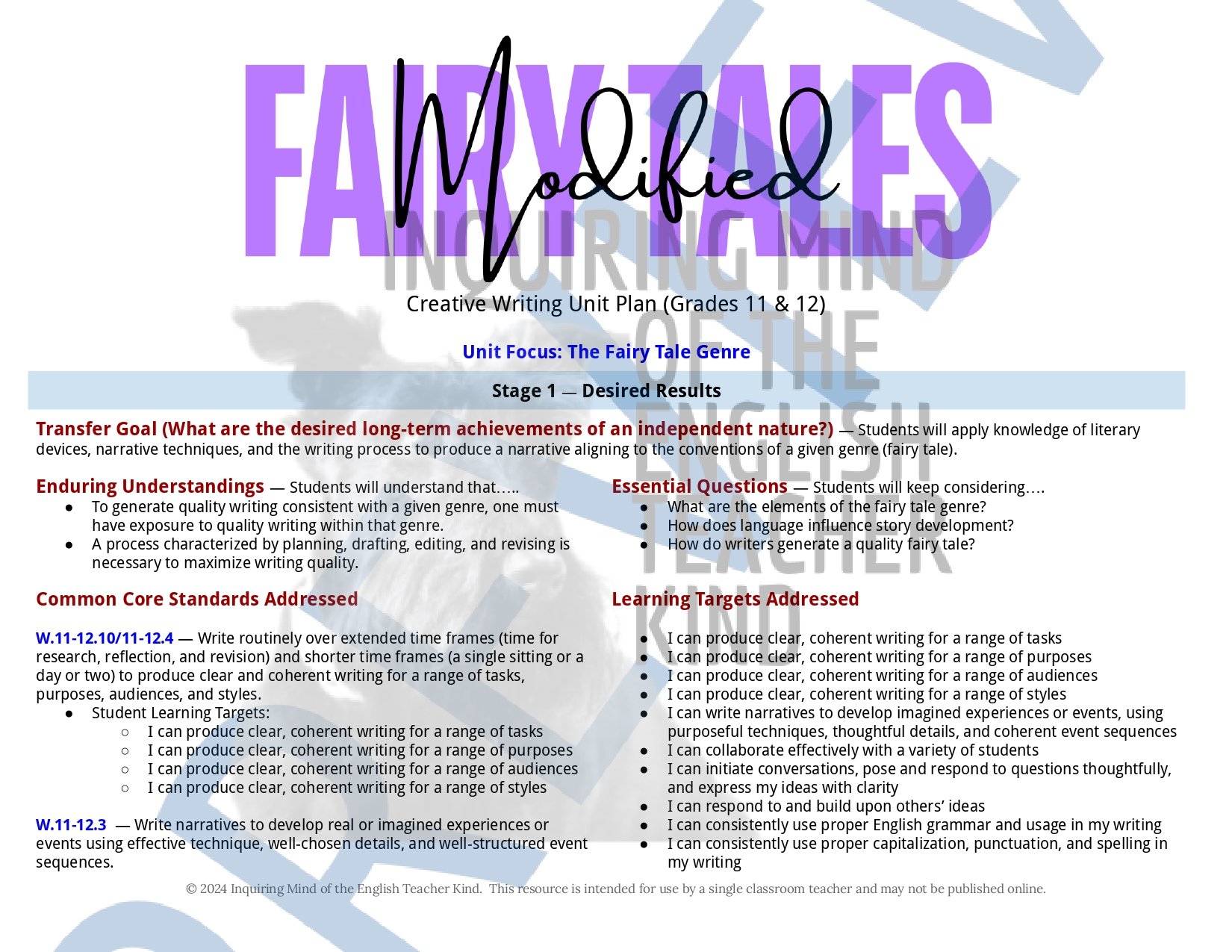 Image 105 of 250
Image 105 of 250

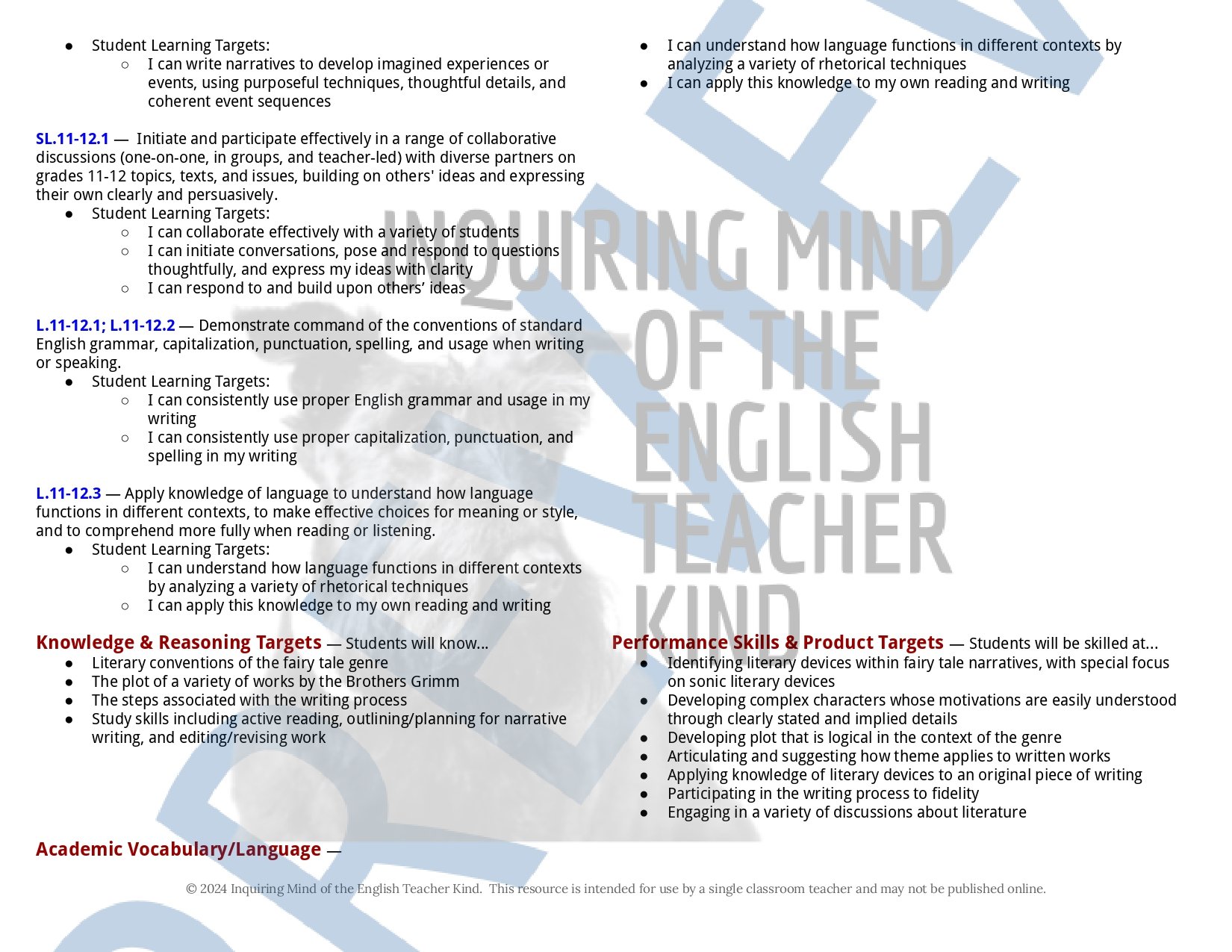 Image 106 of 250
Image 106 of 250

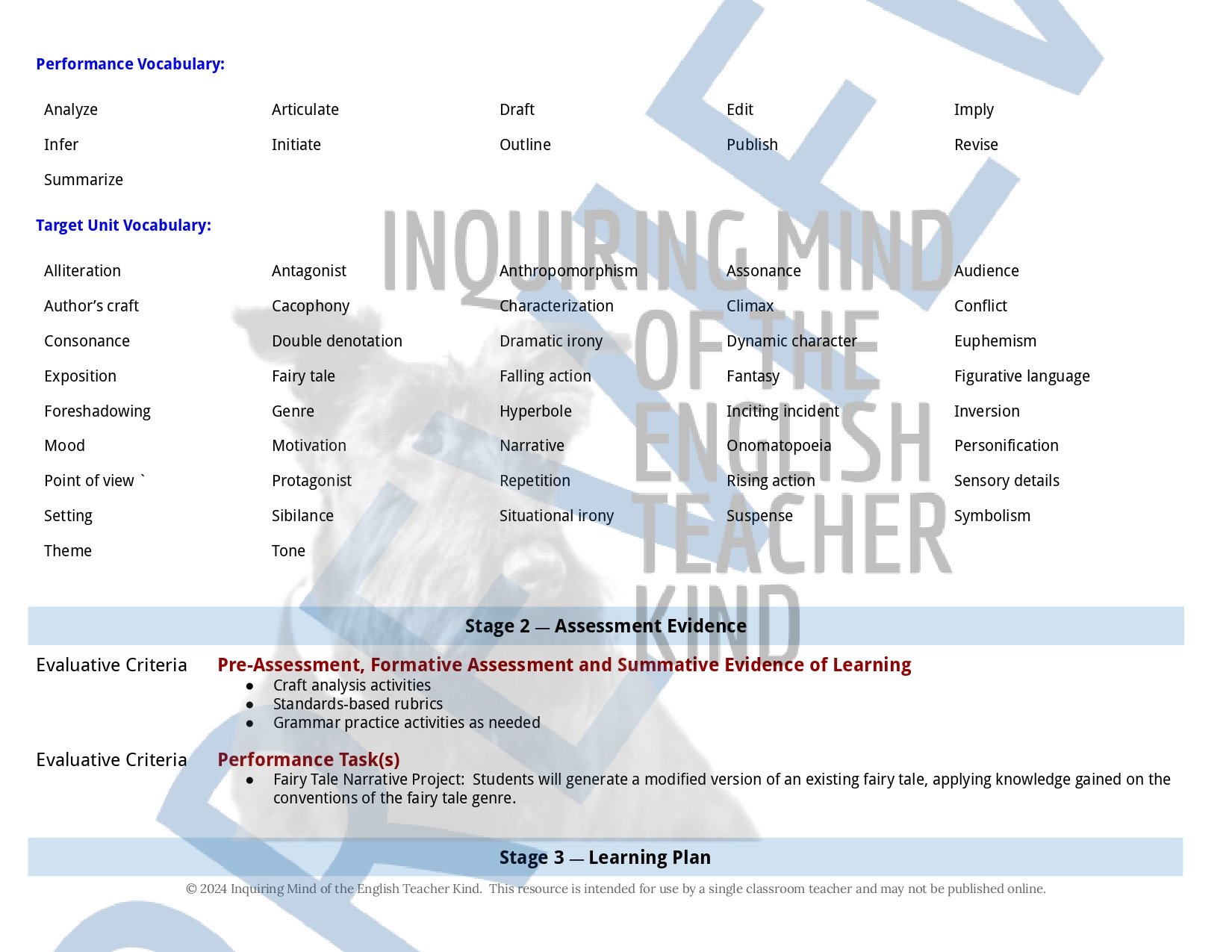 Image 107 of 250
Image 107 of 250

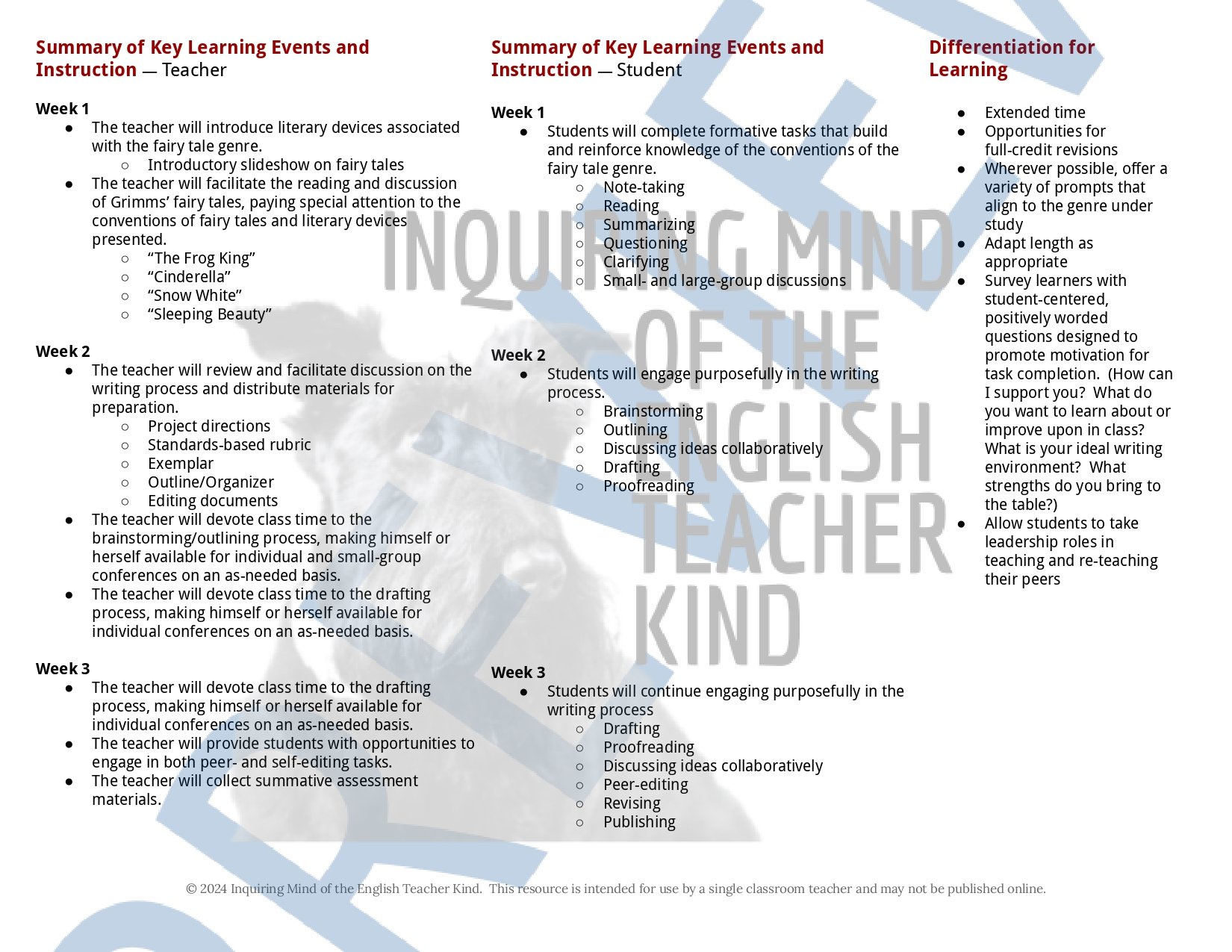 Image 108 of 250
Image 108 of 250

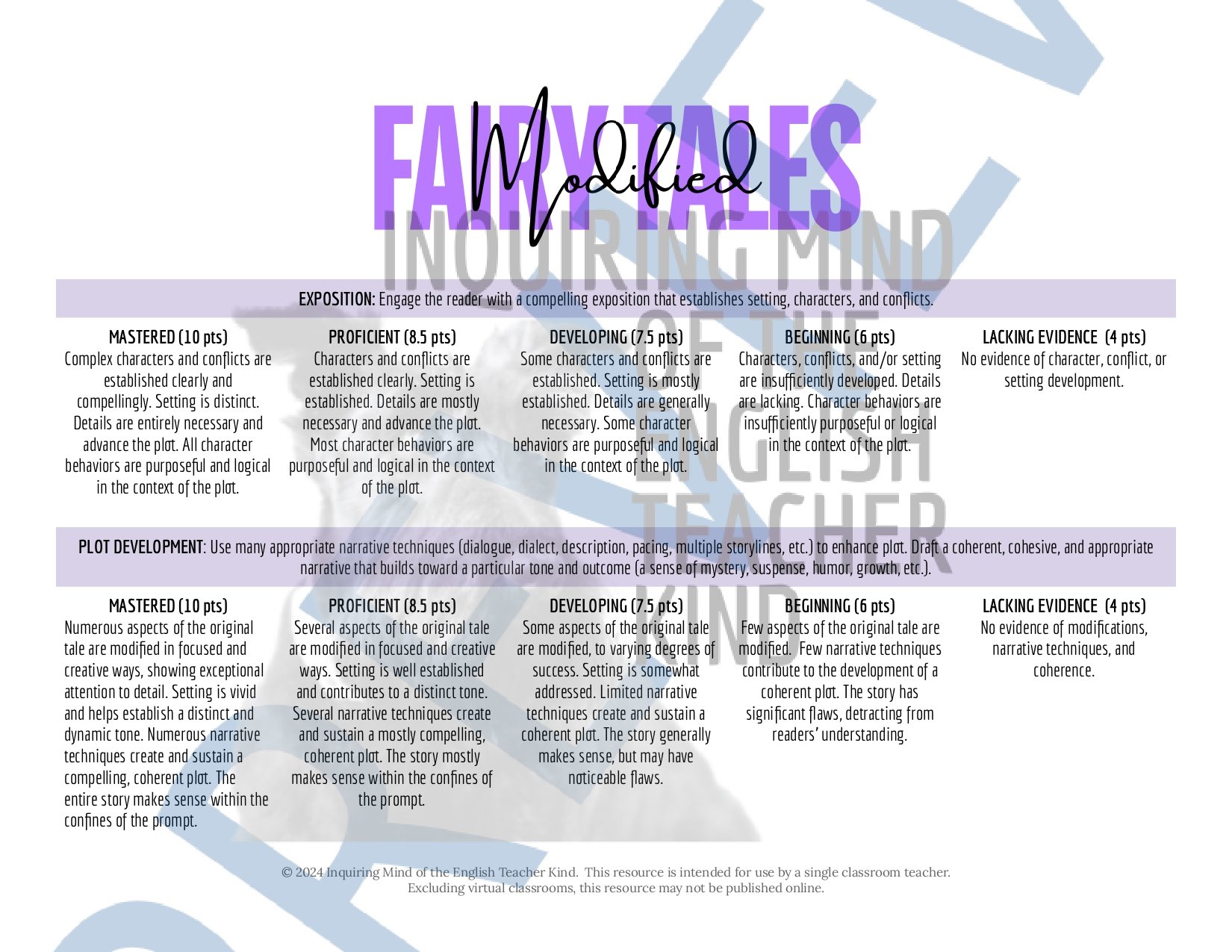 Image 109 of 250
Image 109 of 250

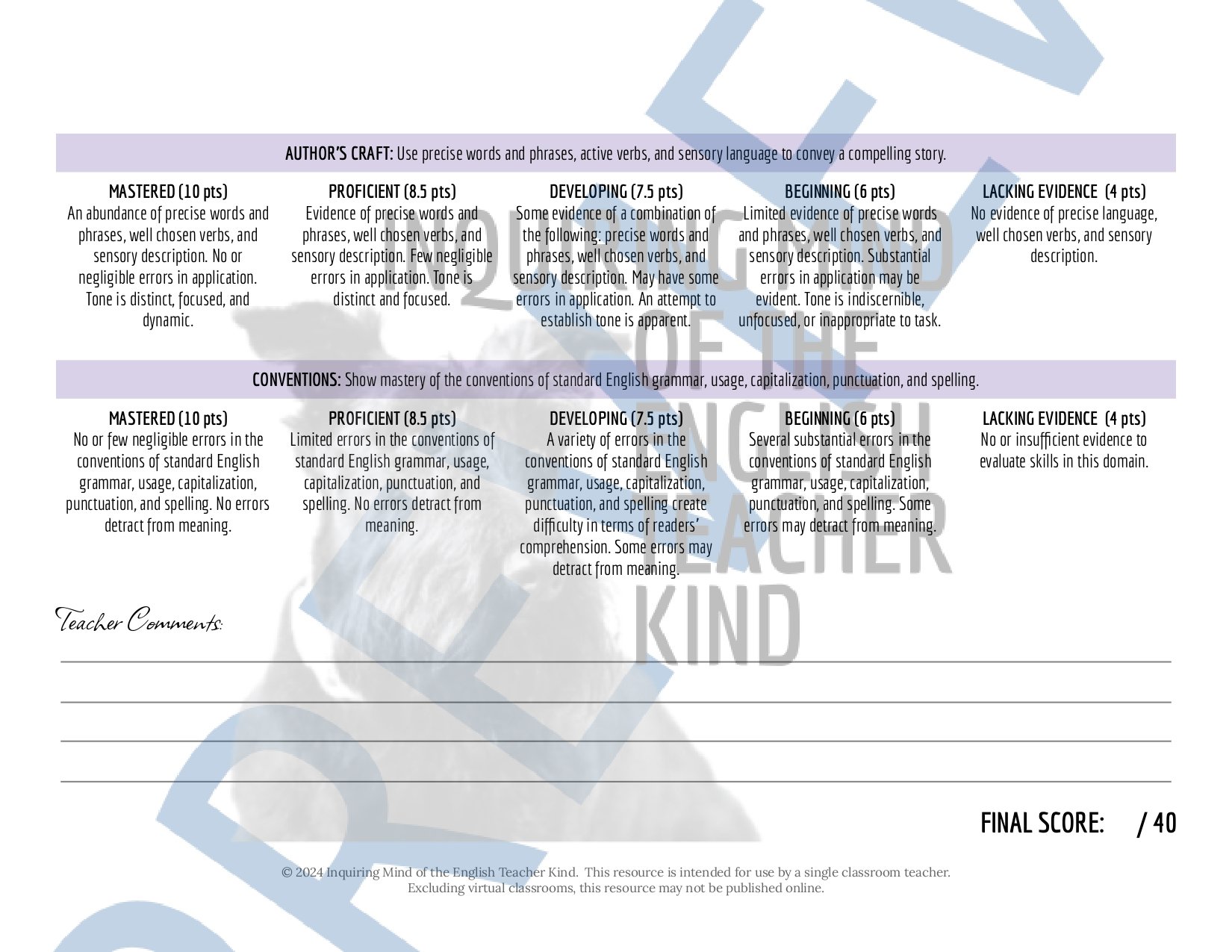 Image 110 of 250
Image 110 of 250

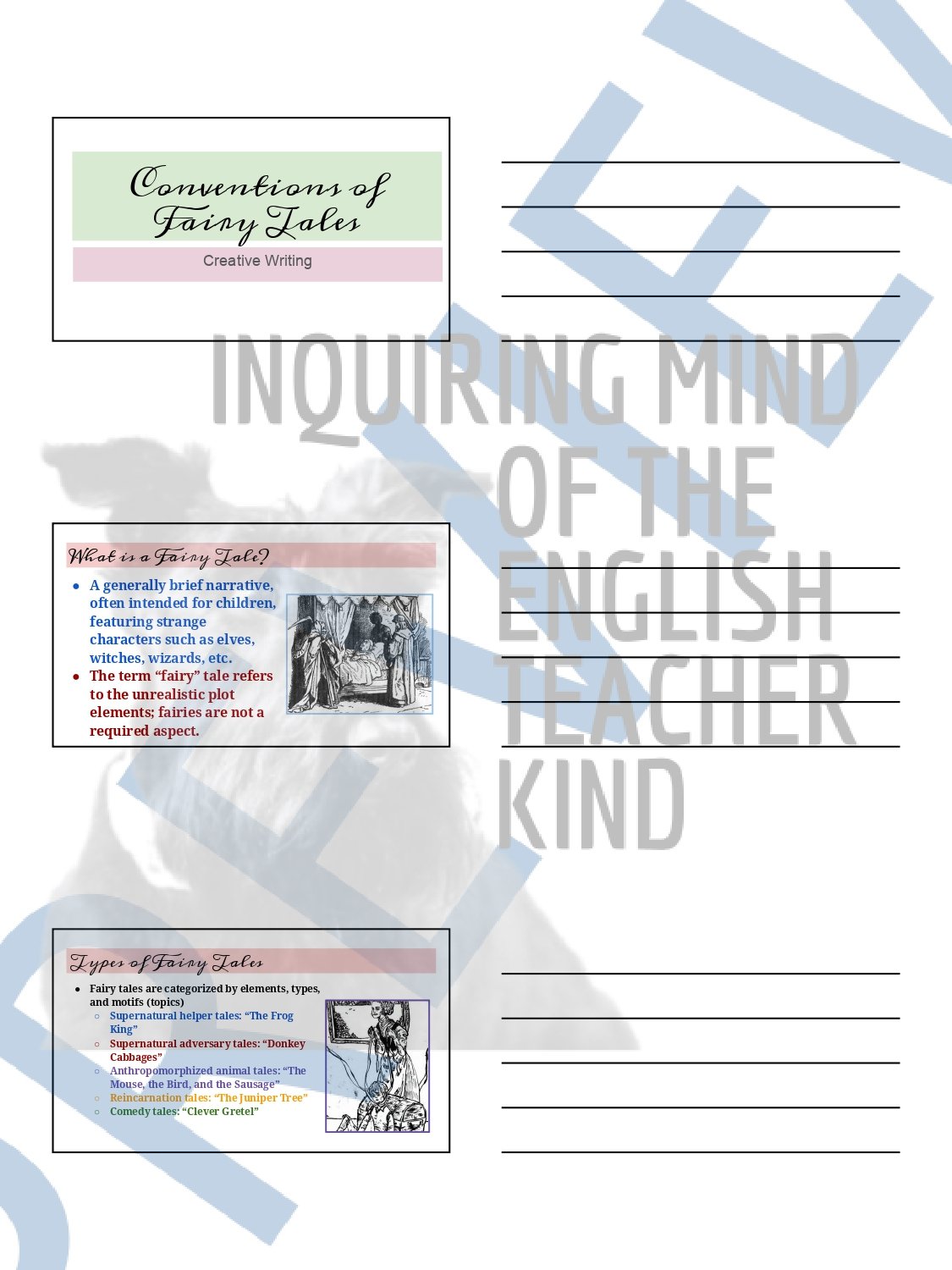 Image 111 of 250
Image 111 of 250

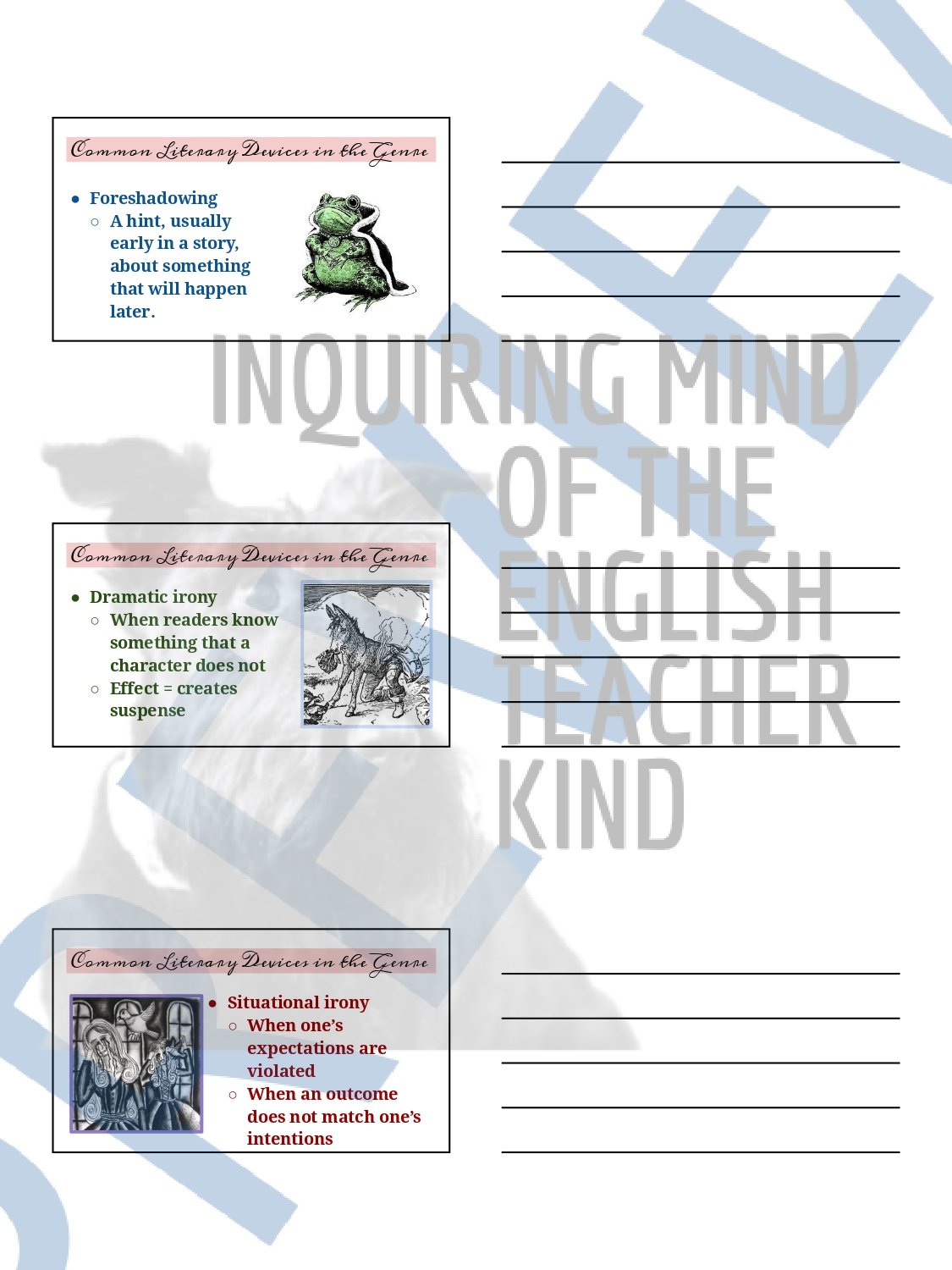 Image 112 of 250
Image 112 of 250

 Image 113 of 250
Image 113 of 250

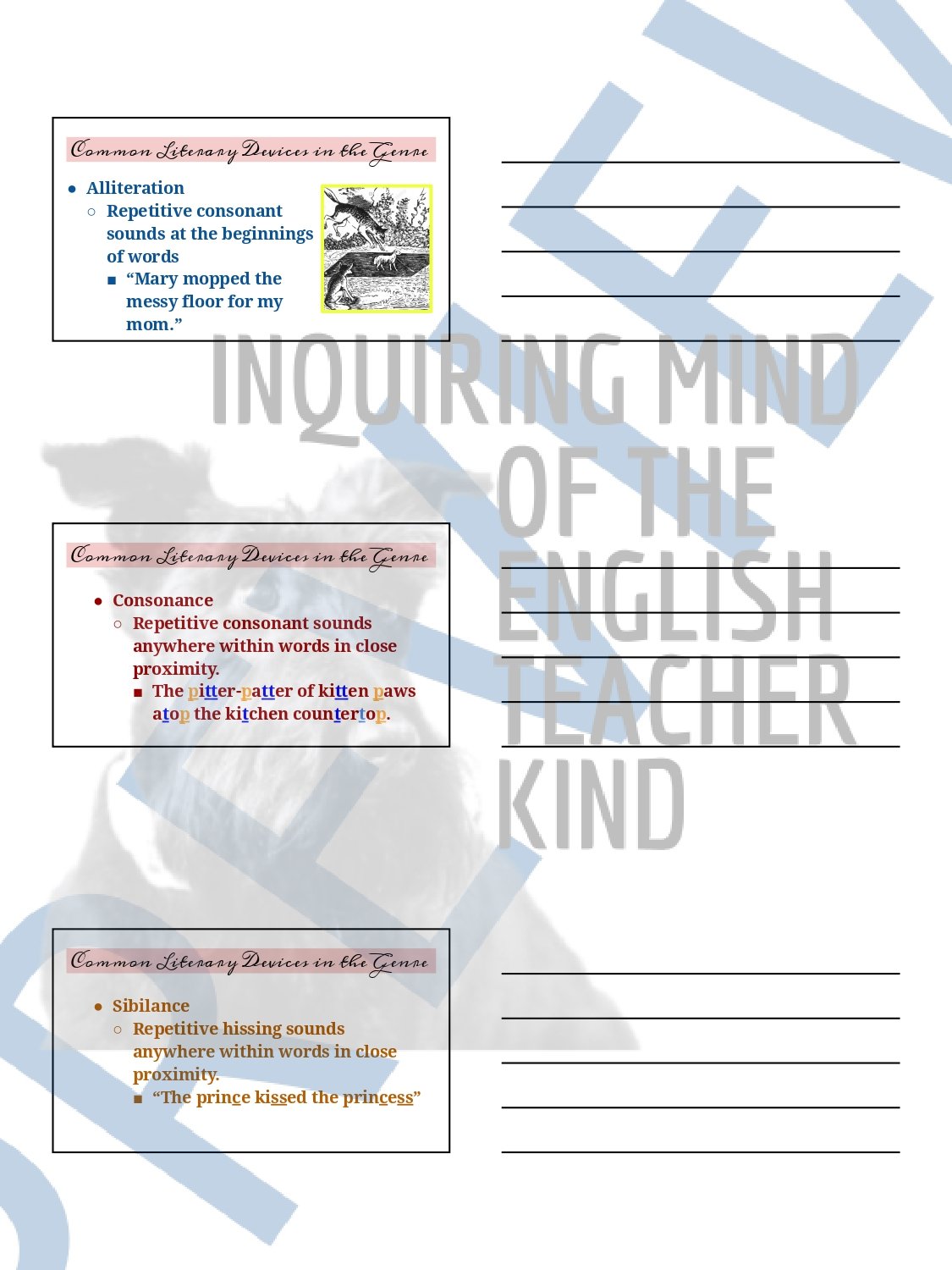 Image 114 of 250
Image 114 of 250

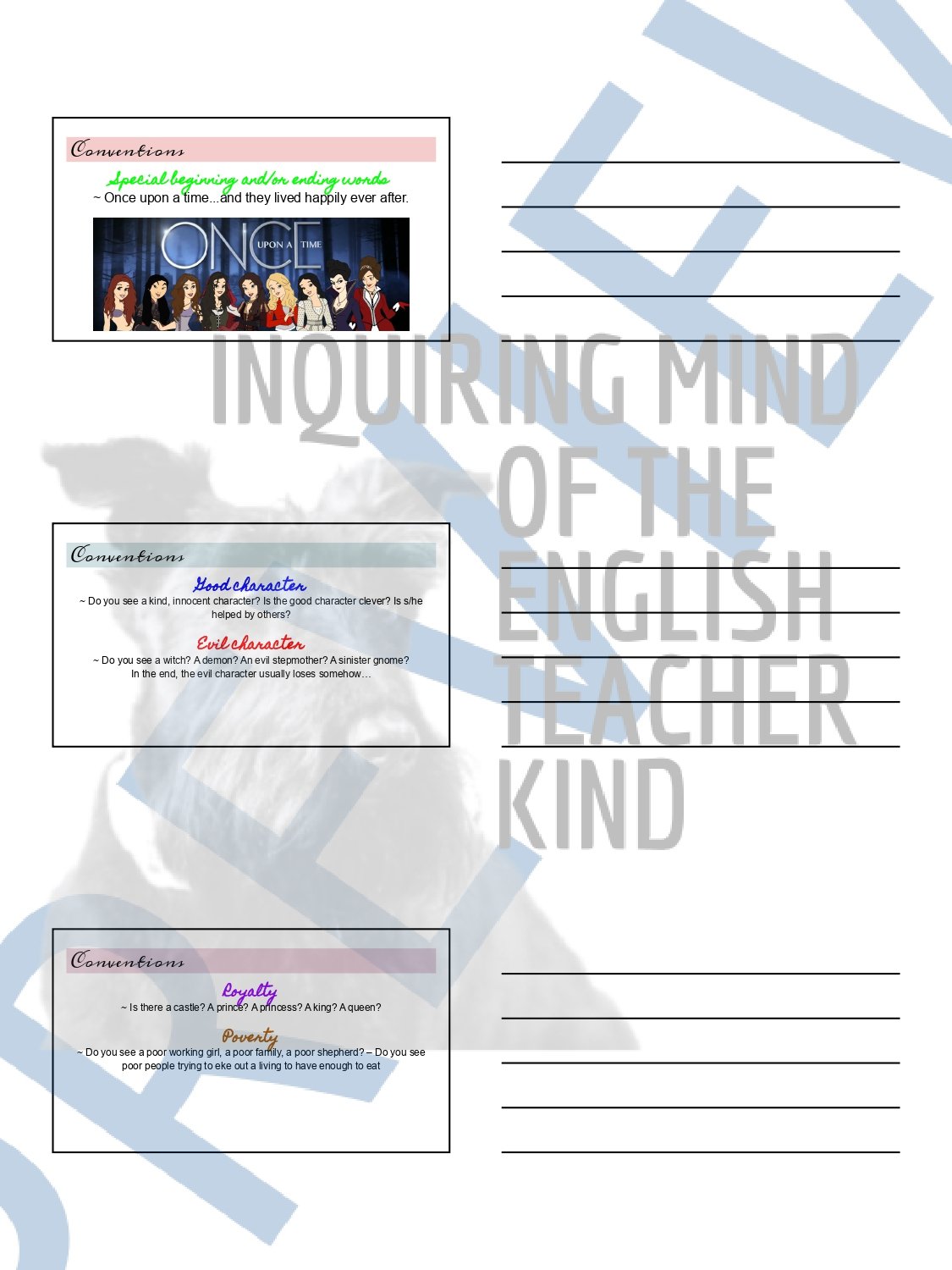 Image 115 of 250
Image 115 of 250

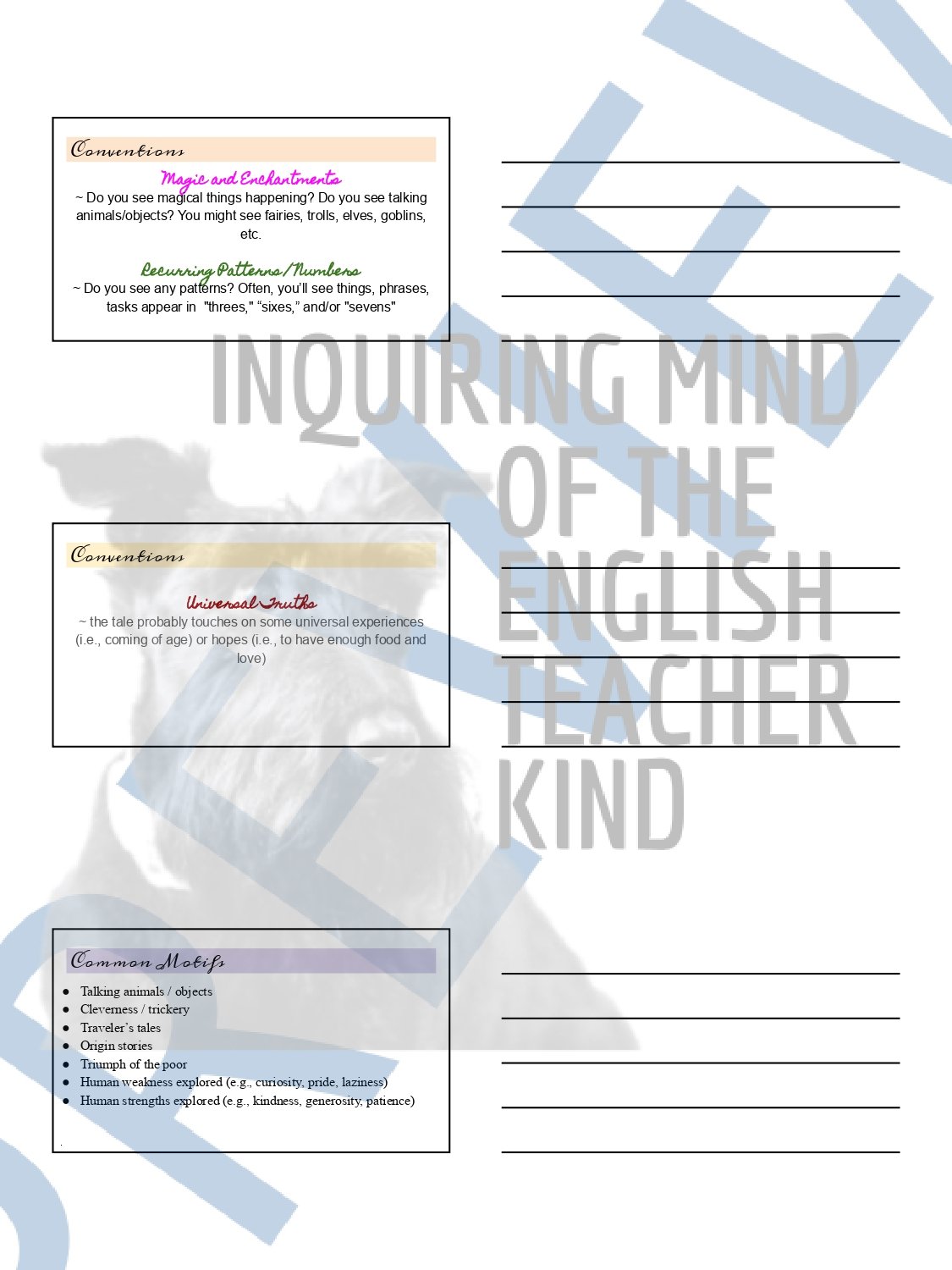 Image 116 of 250
Image 116 of 250

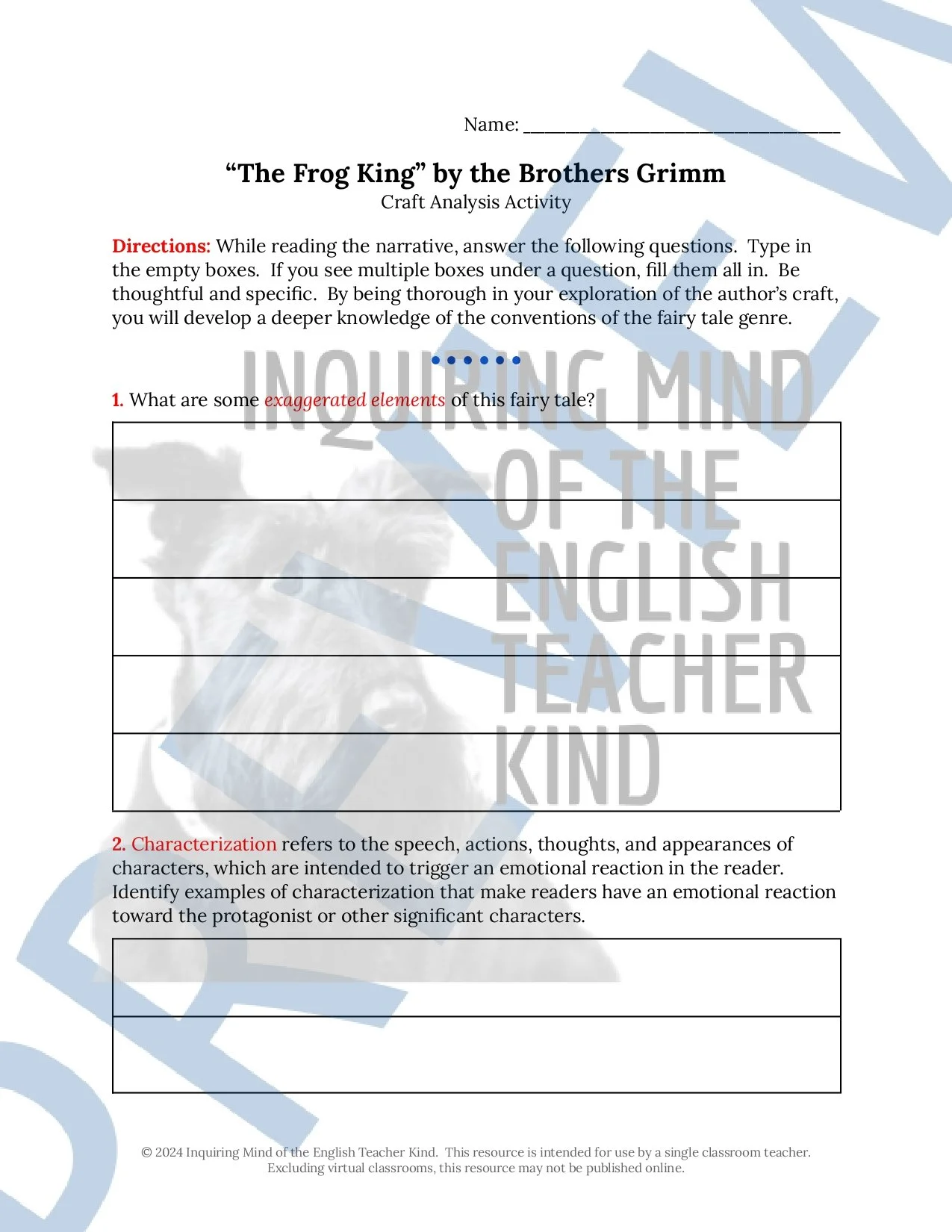 Image 117 of 250
Image 117 of 250

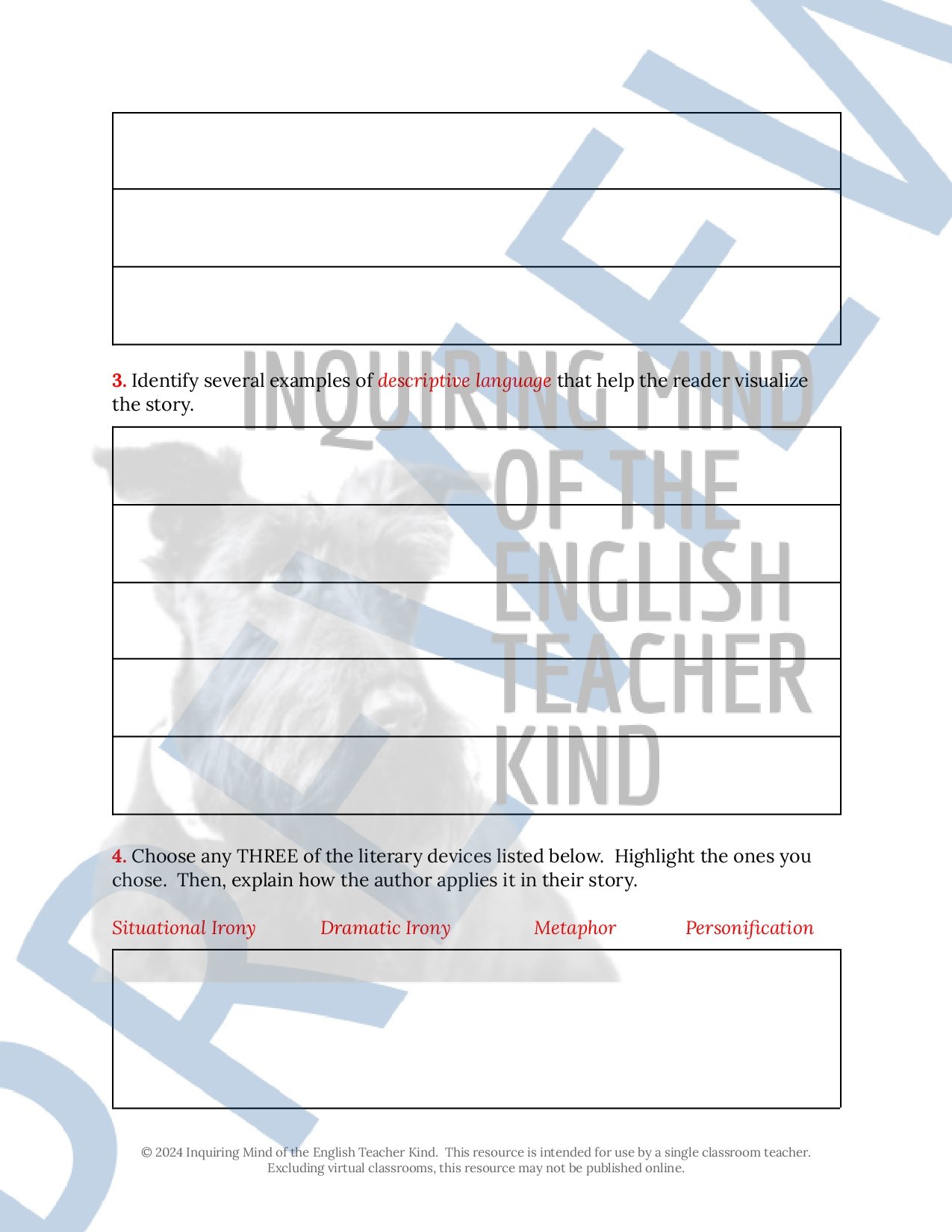 Image 118 of 250
Image 118 of 250

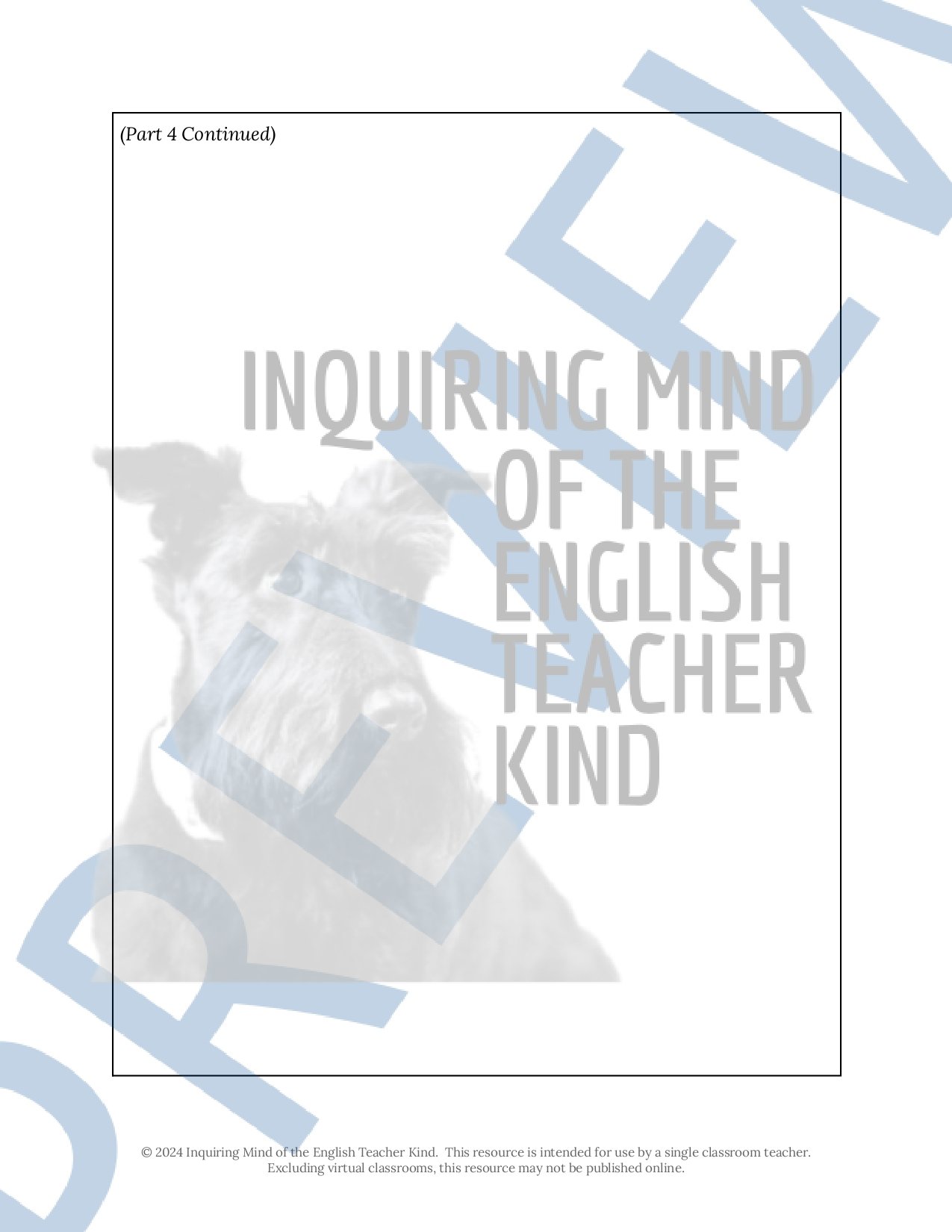 Image 119 of 250
Image 119 of 250

 Image 120 of 250
Image 120 of 250

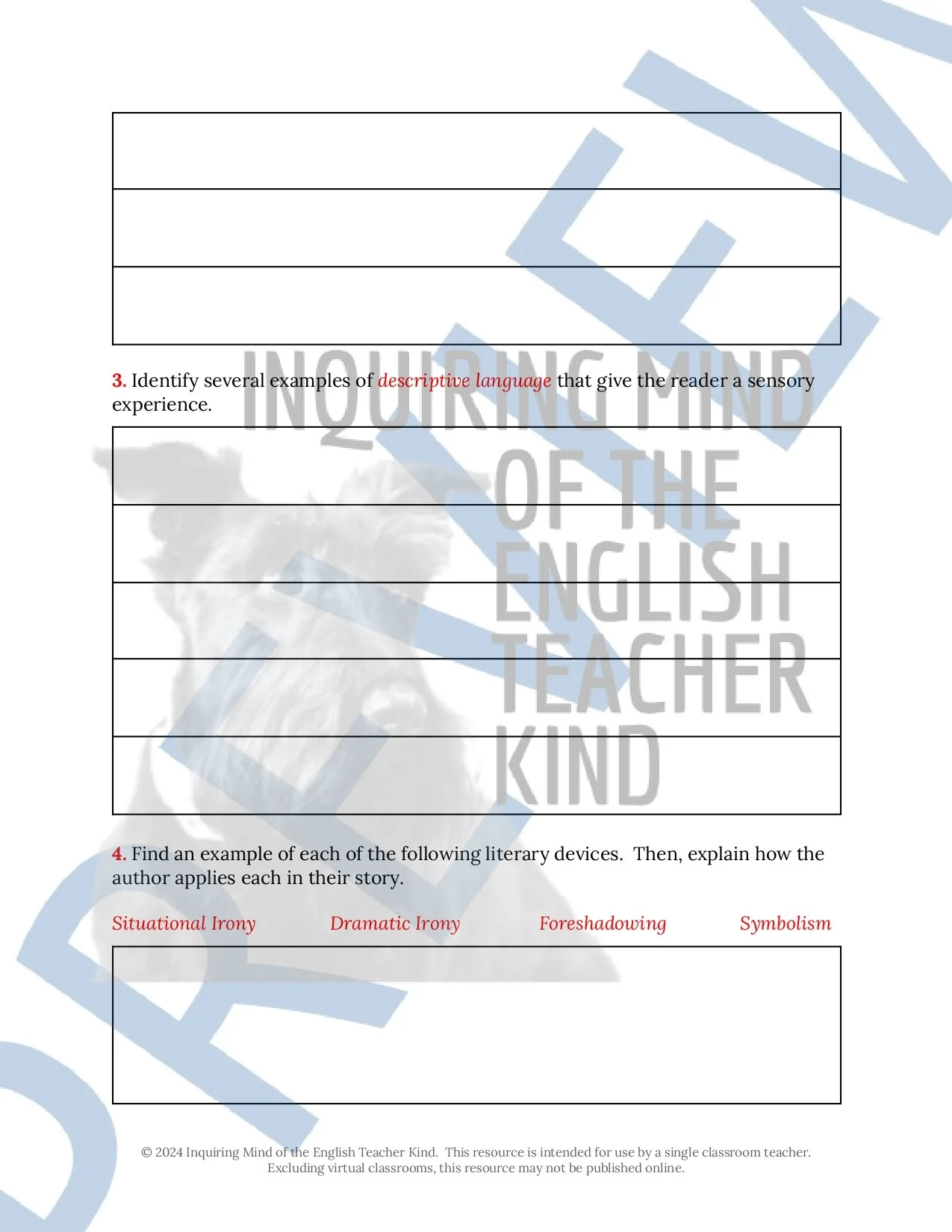 Image 121 of 250
Image 121 of 250

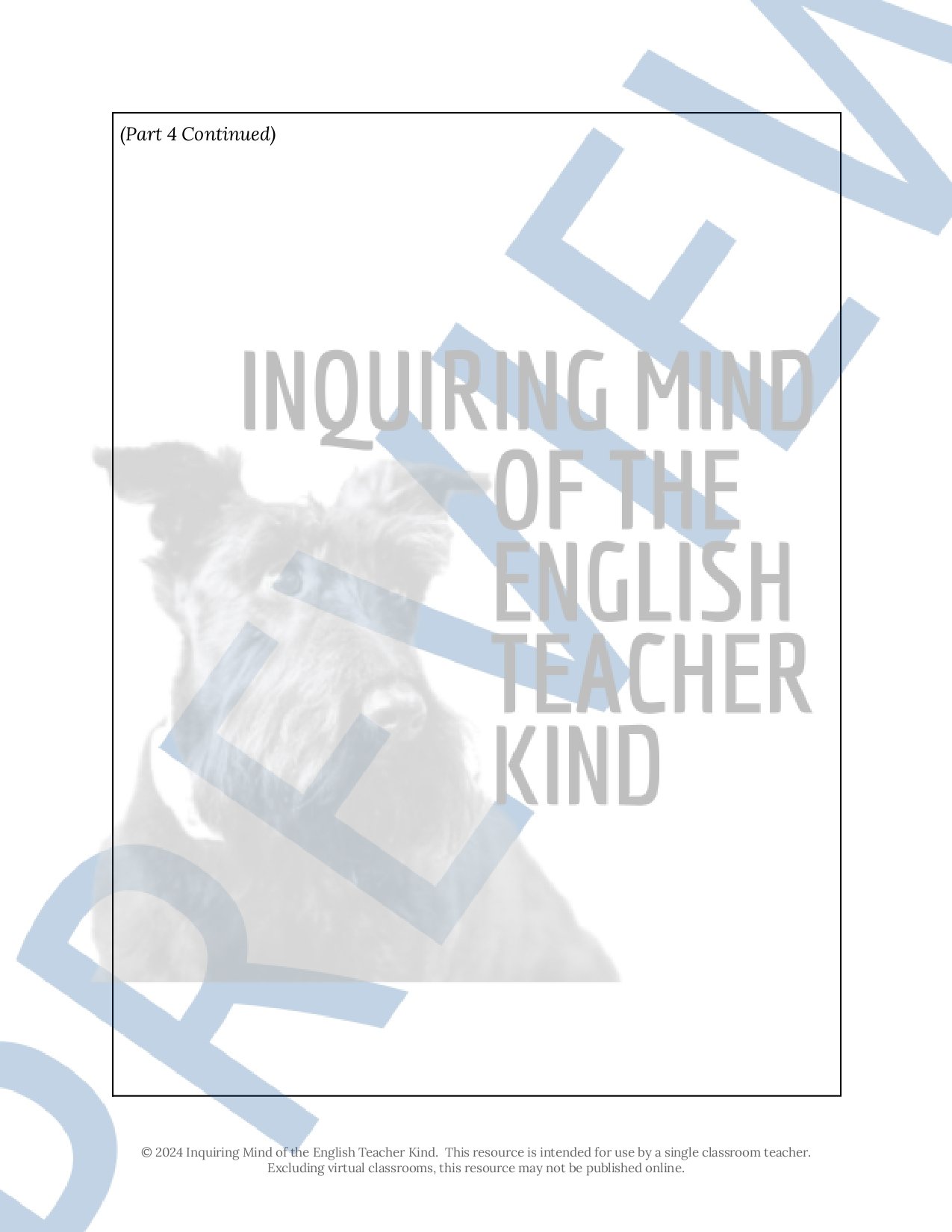 Image 122 of 250
Image 122 of 250

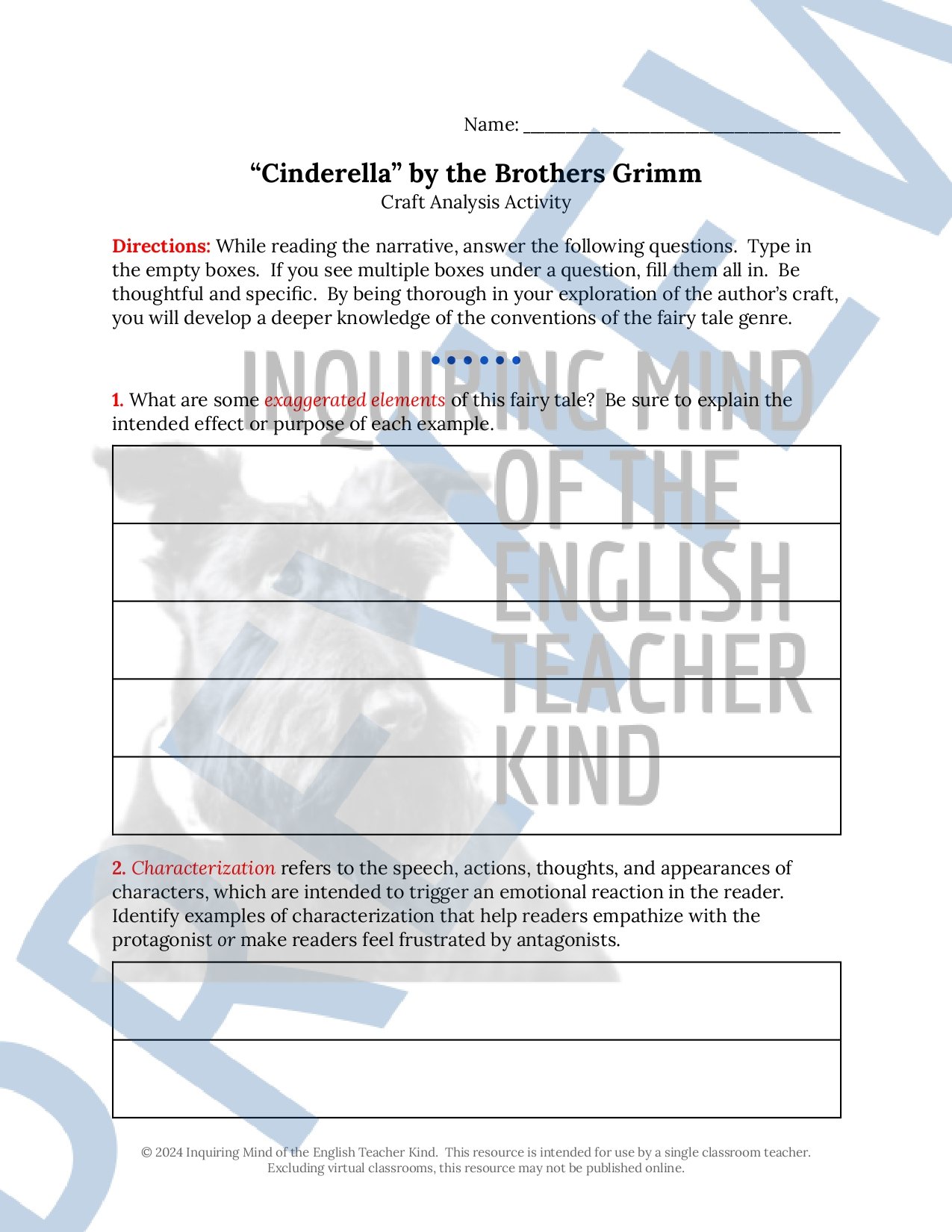 Image 123 of 250
Image 123 of 250

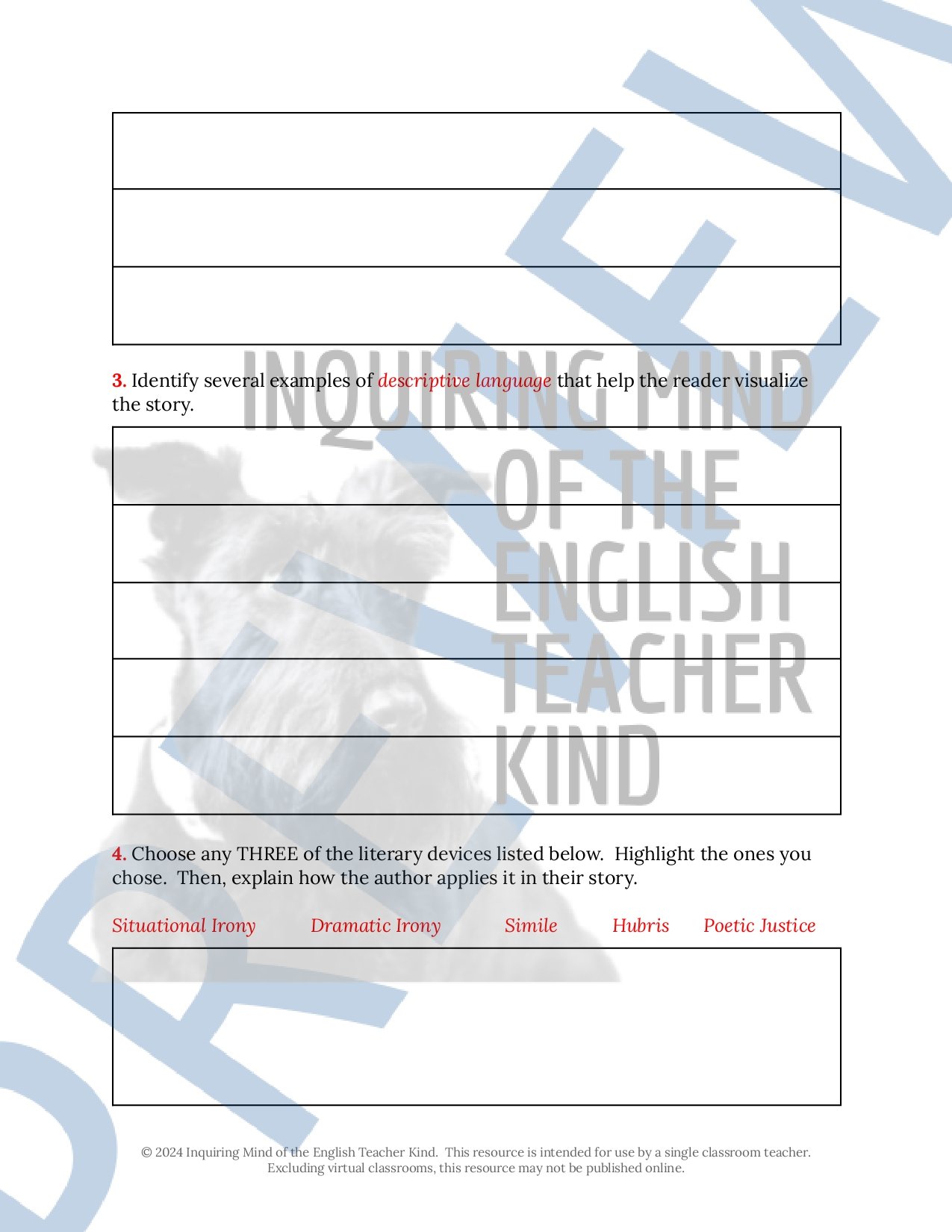 Image 124 of 250
Image 124 of 250

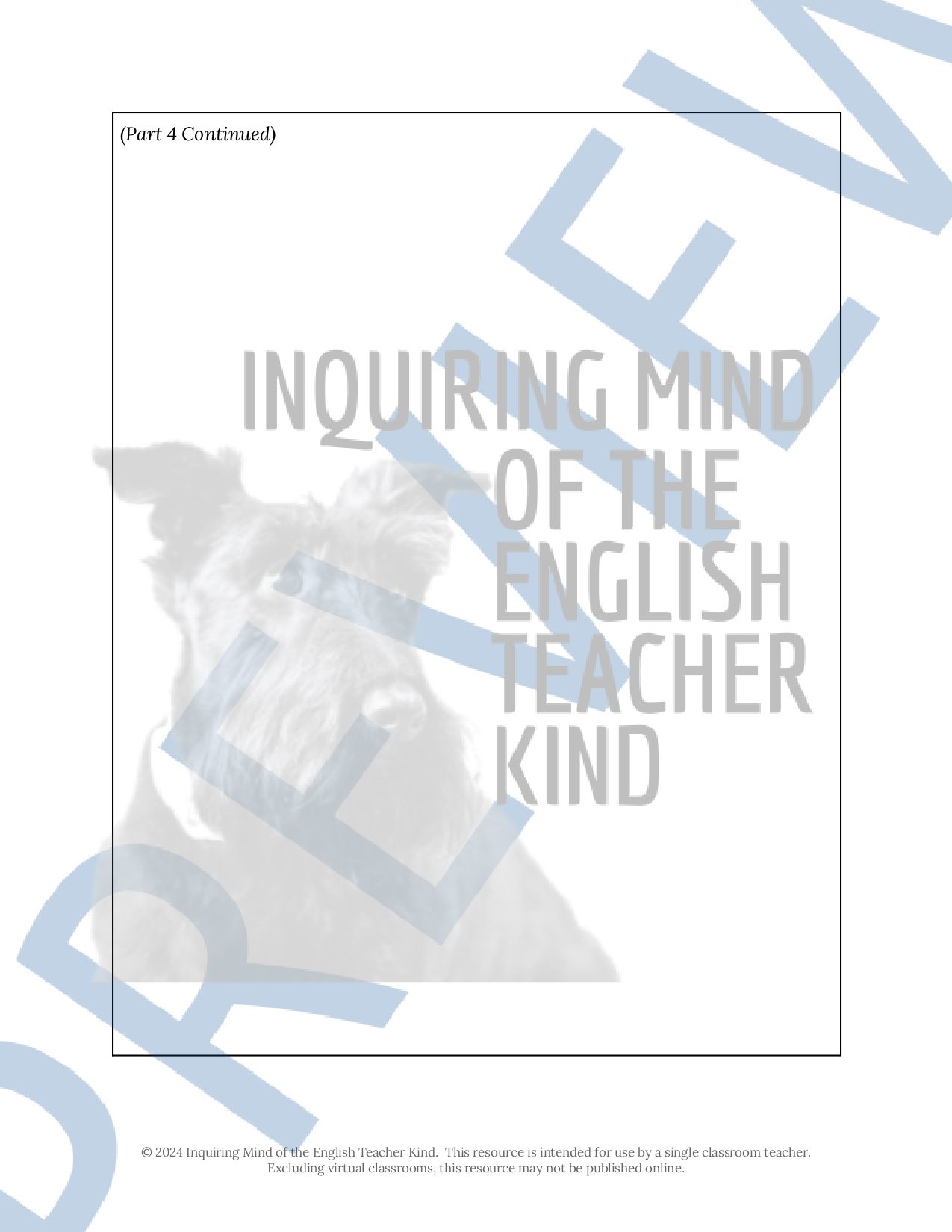 Image 125 of 250
Image 125 of 250

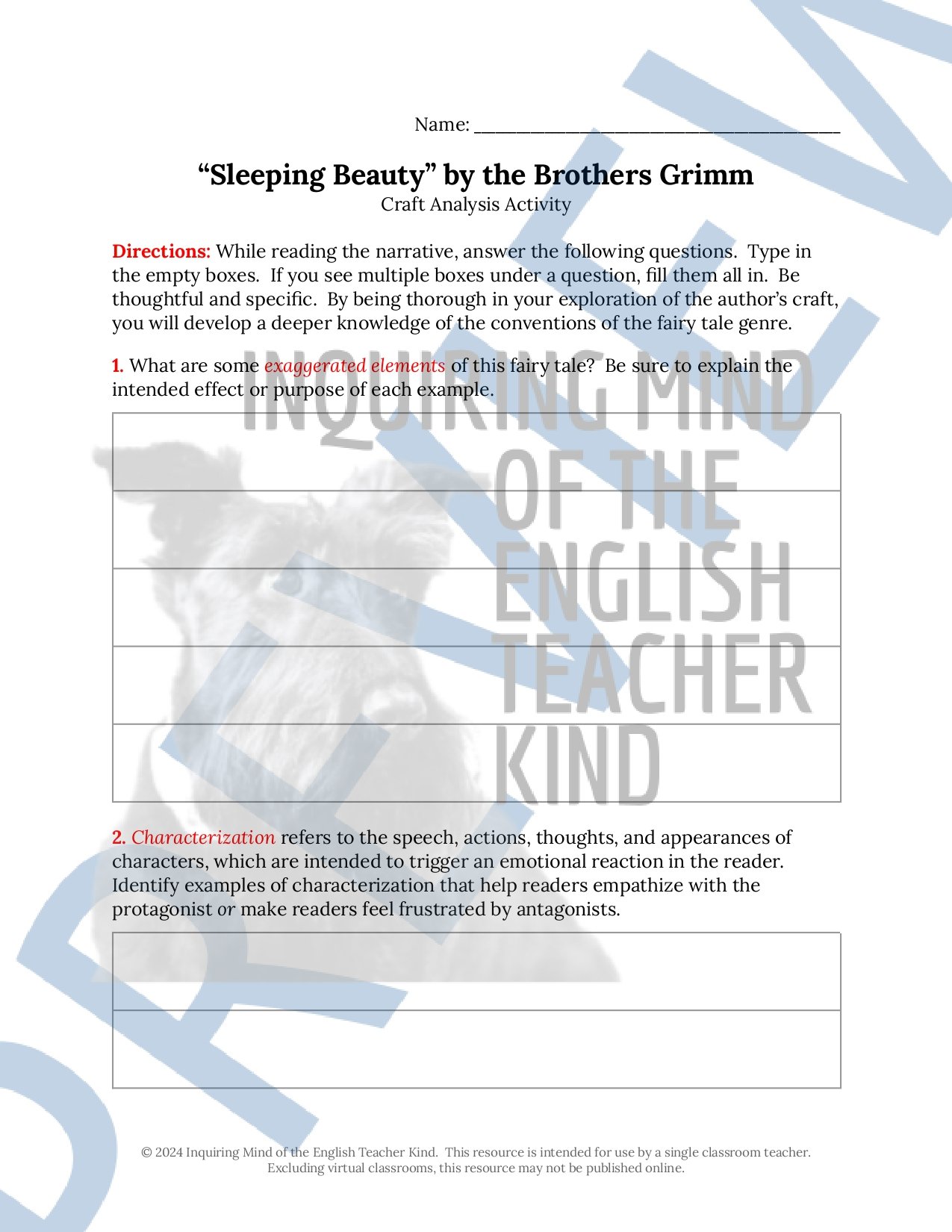 Image 126 of 250
Image 126 of 250

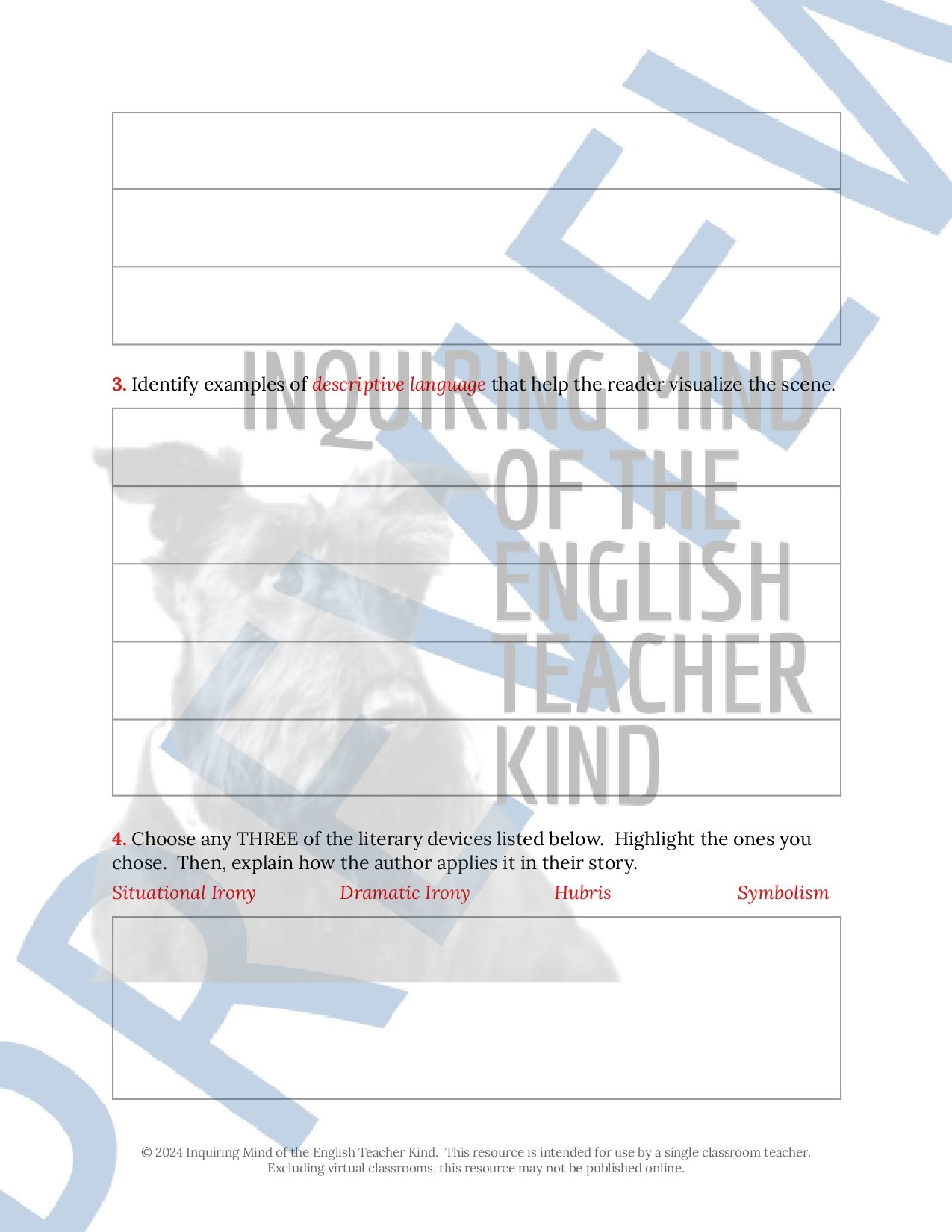 Image 127 of 250
Image 127 of 250

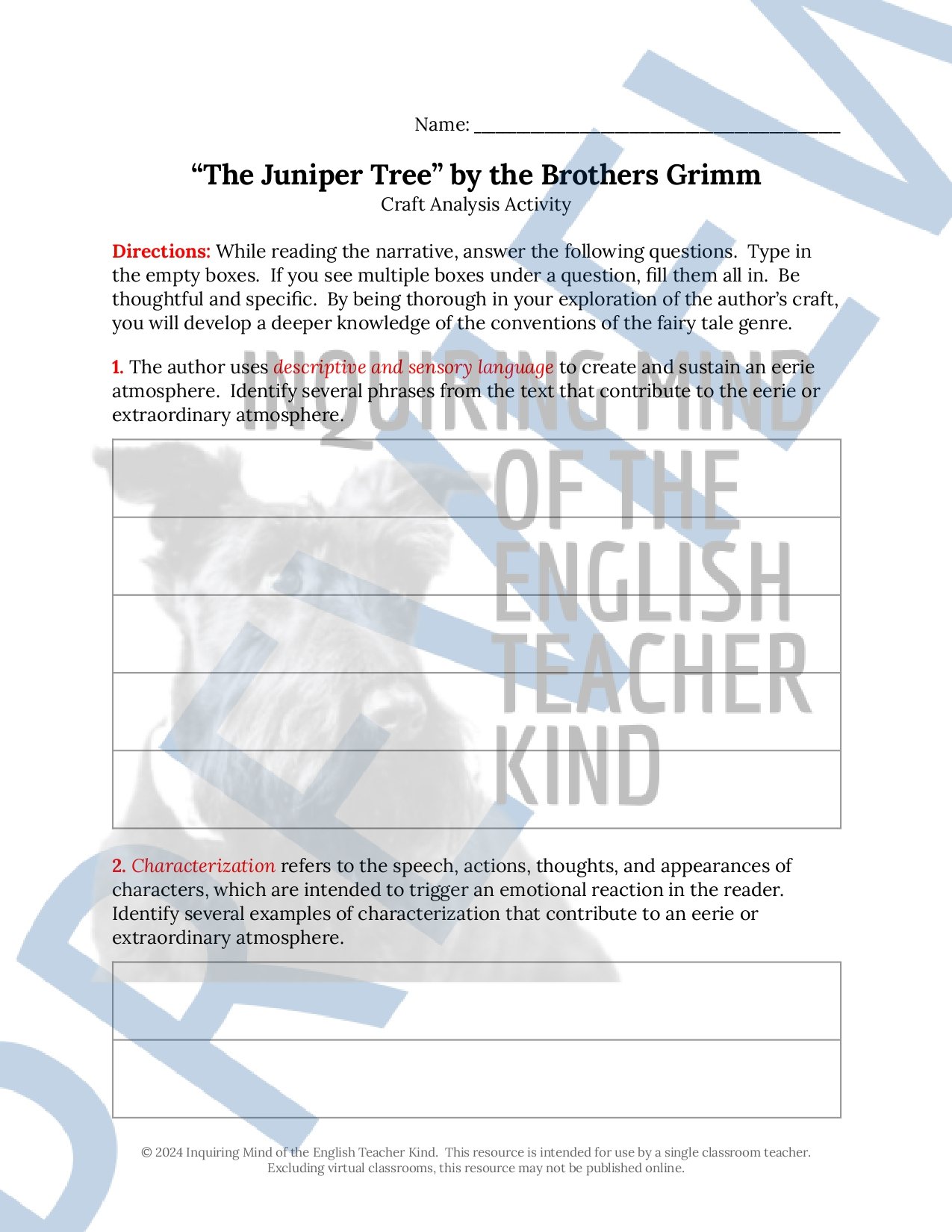 Image 128 of 250
Image 128 of 250

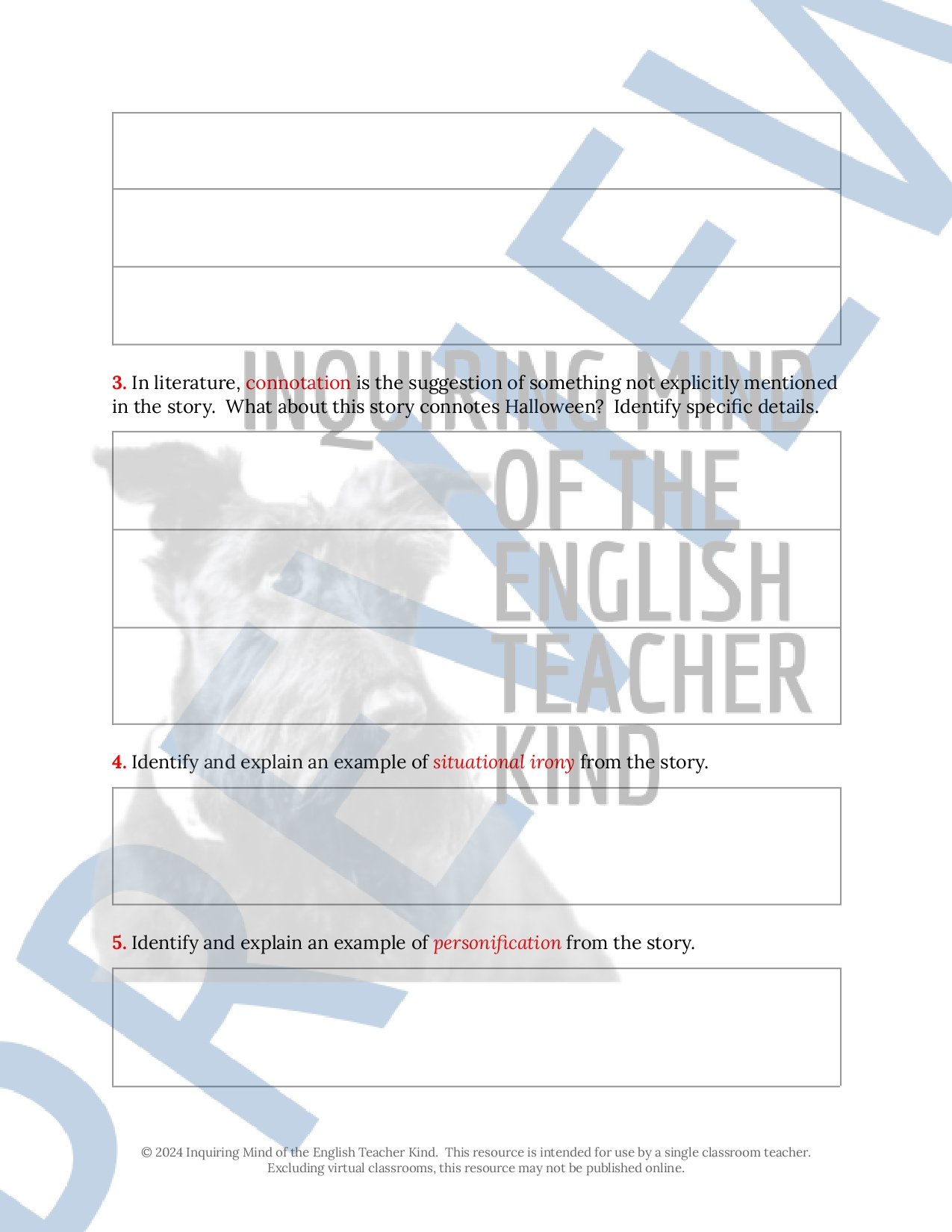 Image 129 of 250
Image 129 of 250

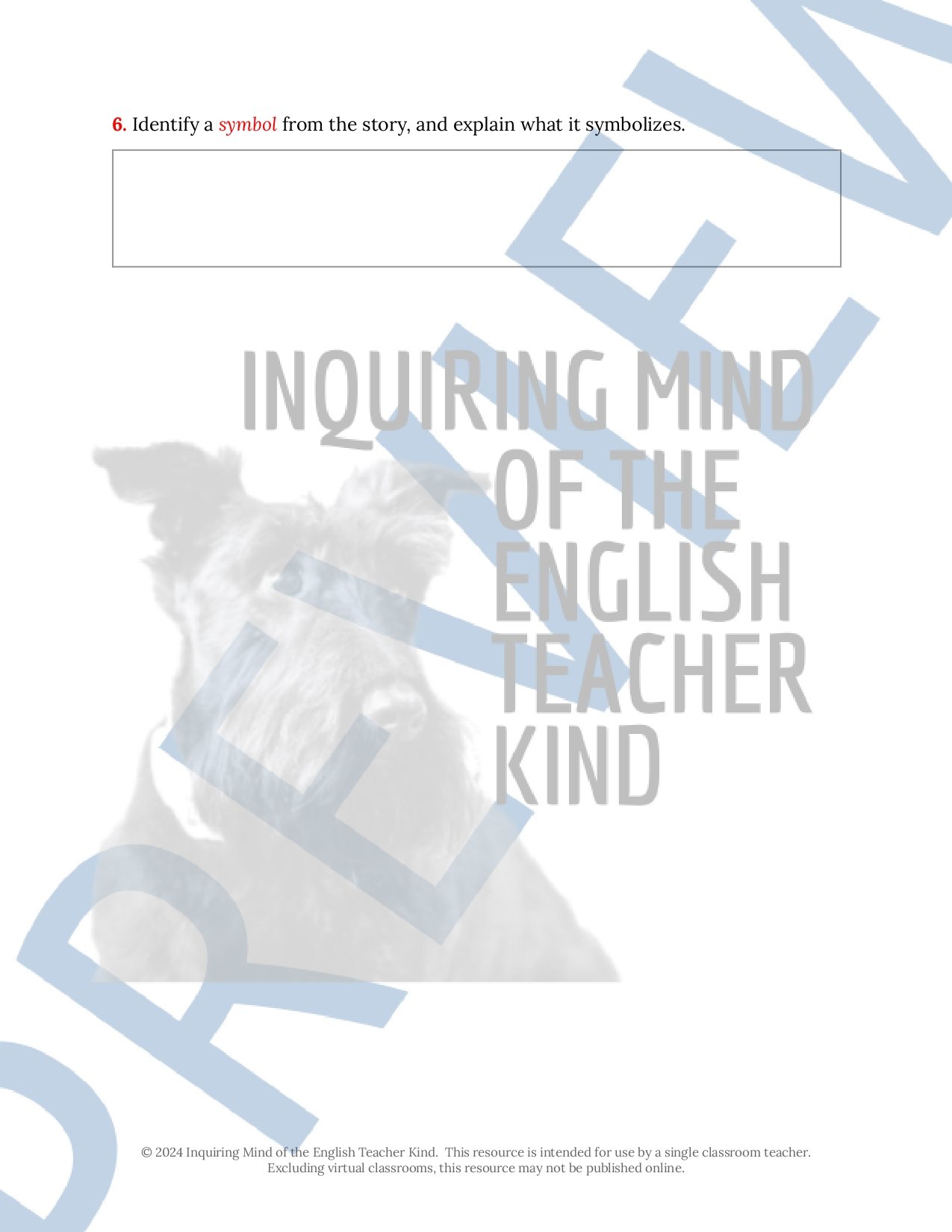 Image 130 of 250
Image 130 of 250

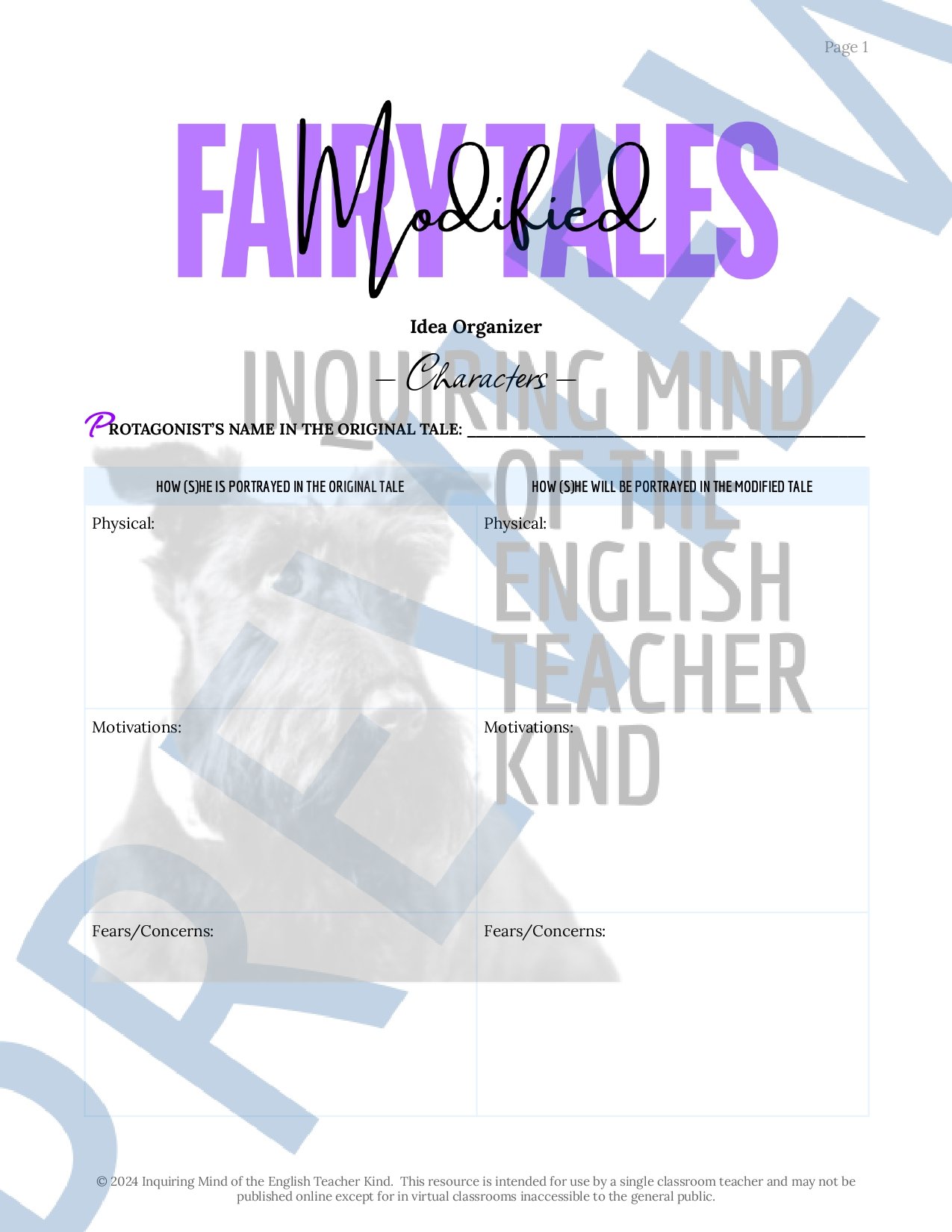 Image 131 of 250
Image 131 of 250

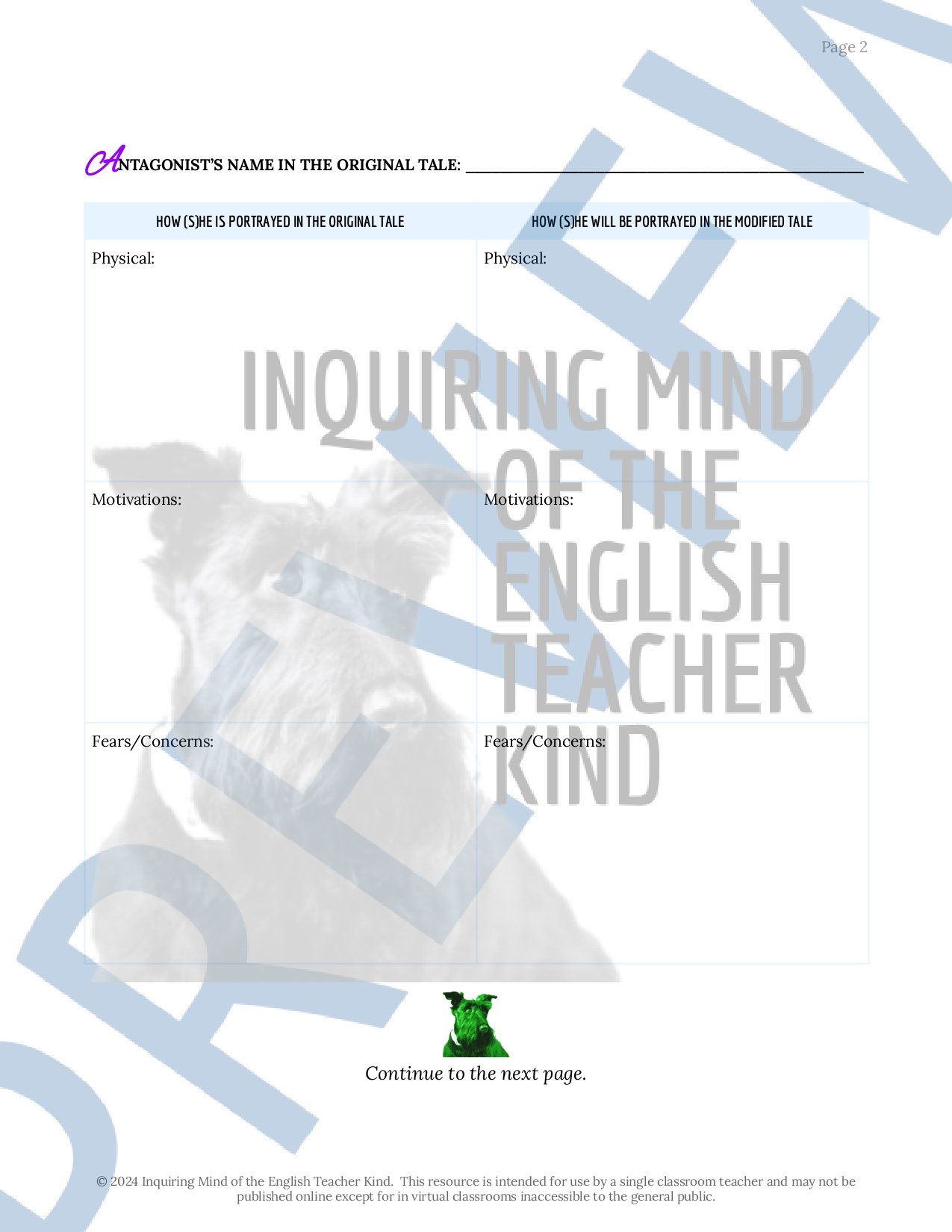 Image 132 of 250
Image 132 of 250

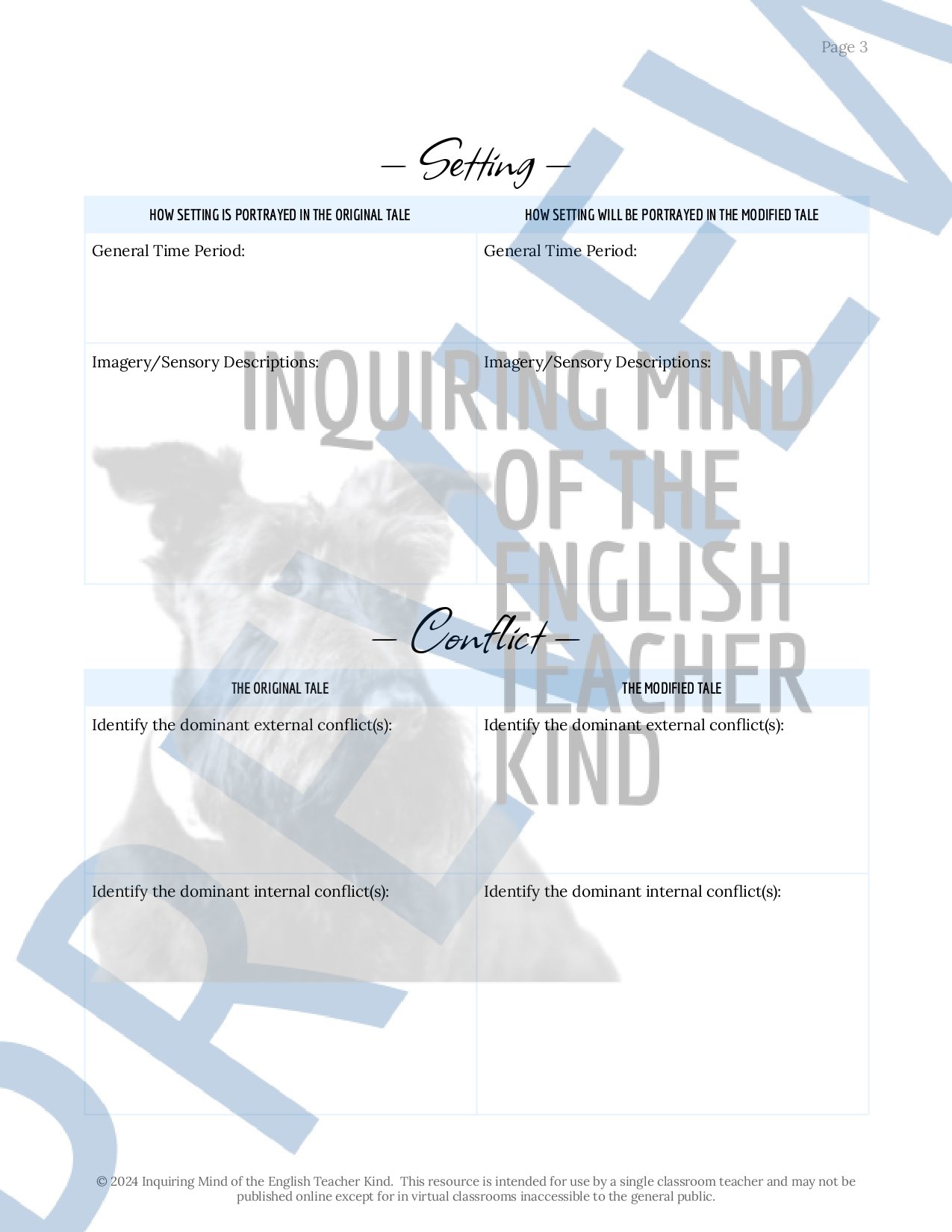 Image 133 of 250
Image 133 of 250

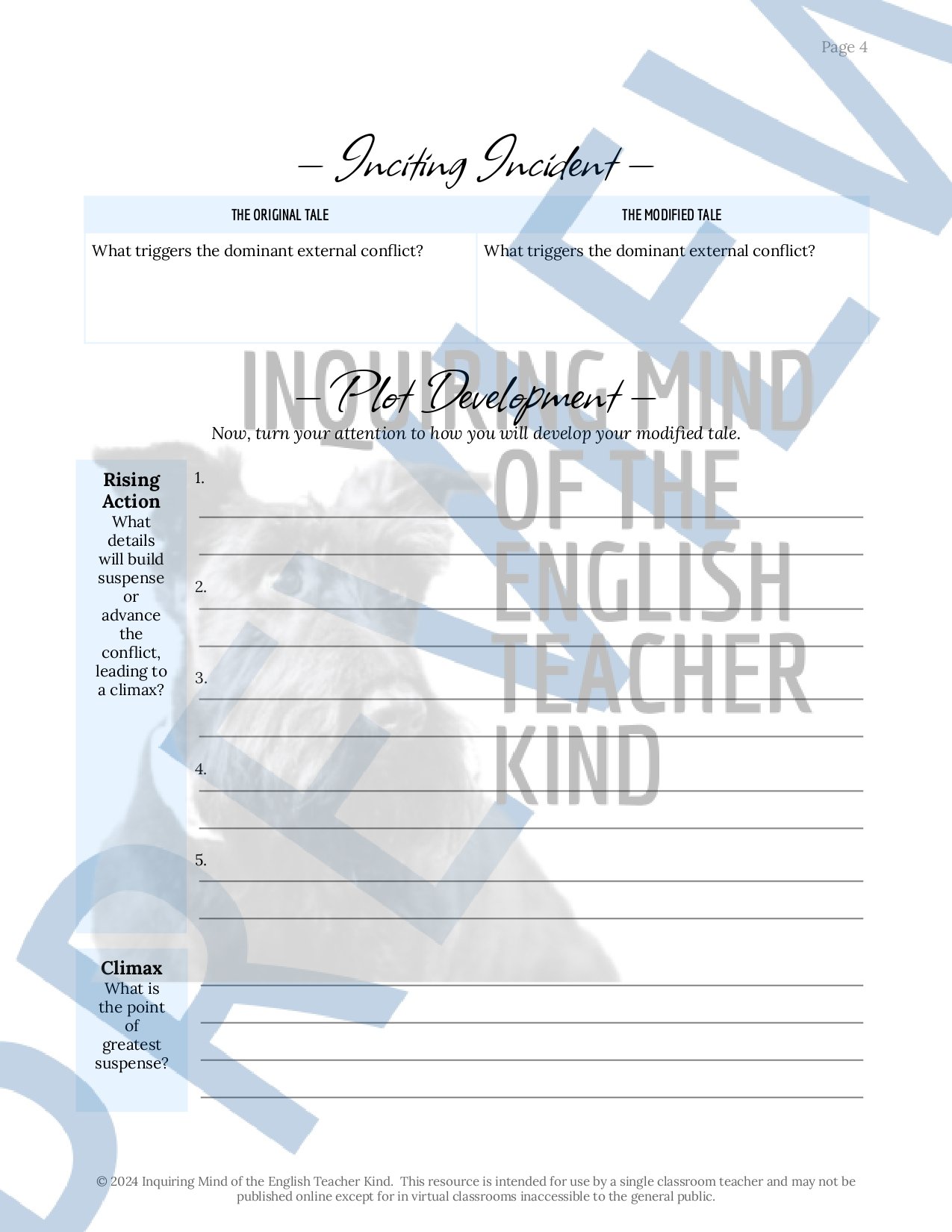 Image 134 of 250
Image 134 of 250

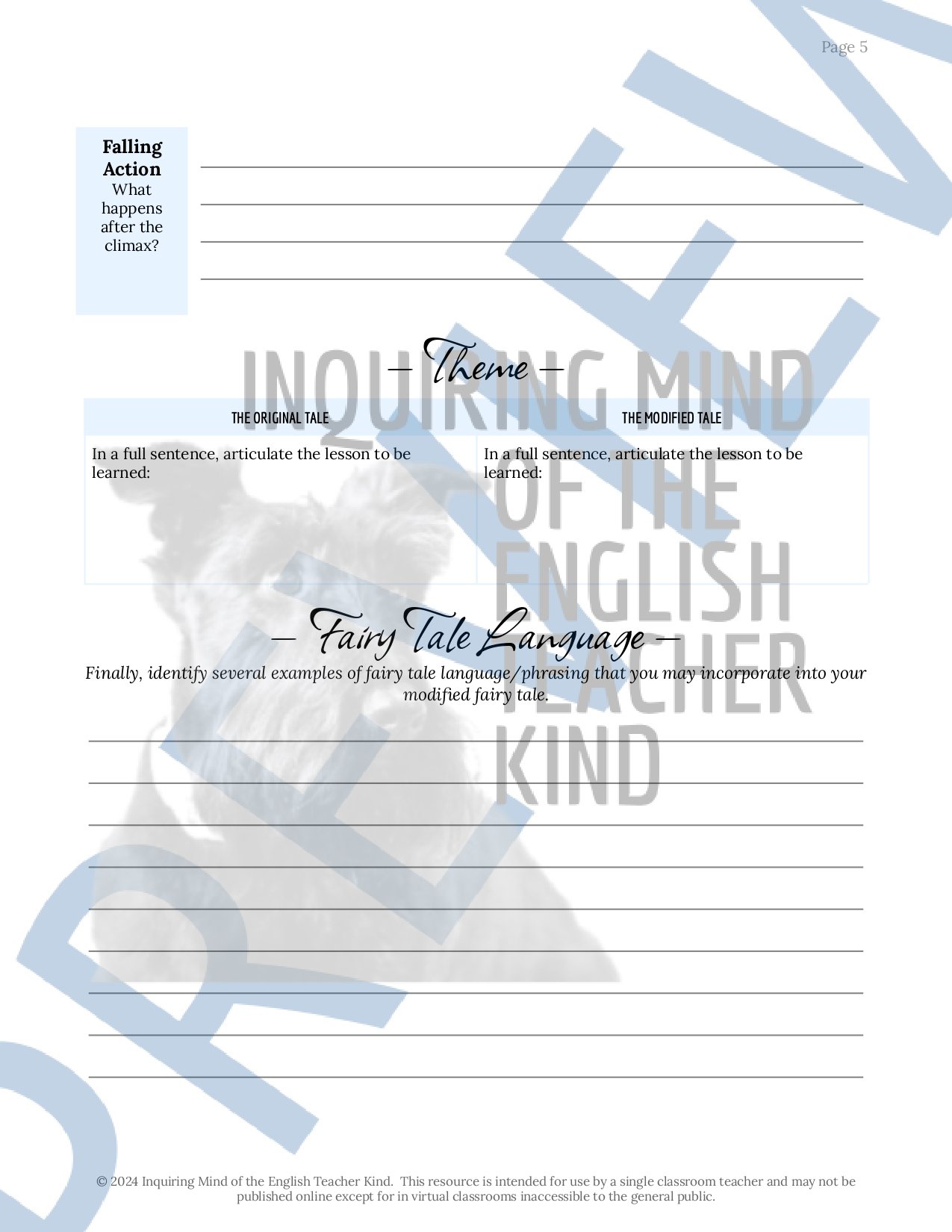 Image 135 of 250
Image 135 of 250

 Image 136 of 250
Image 136 of 250

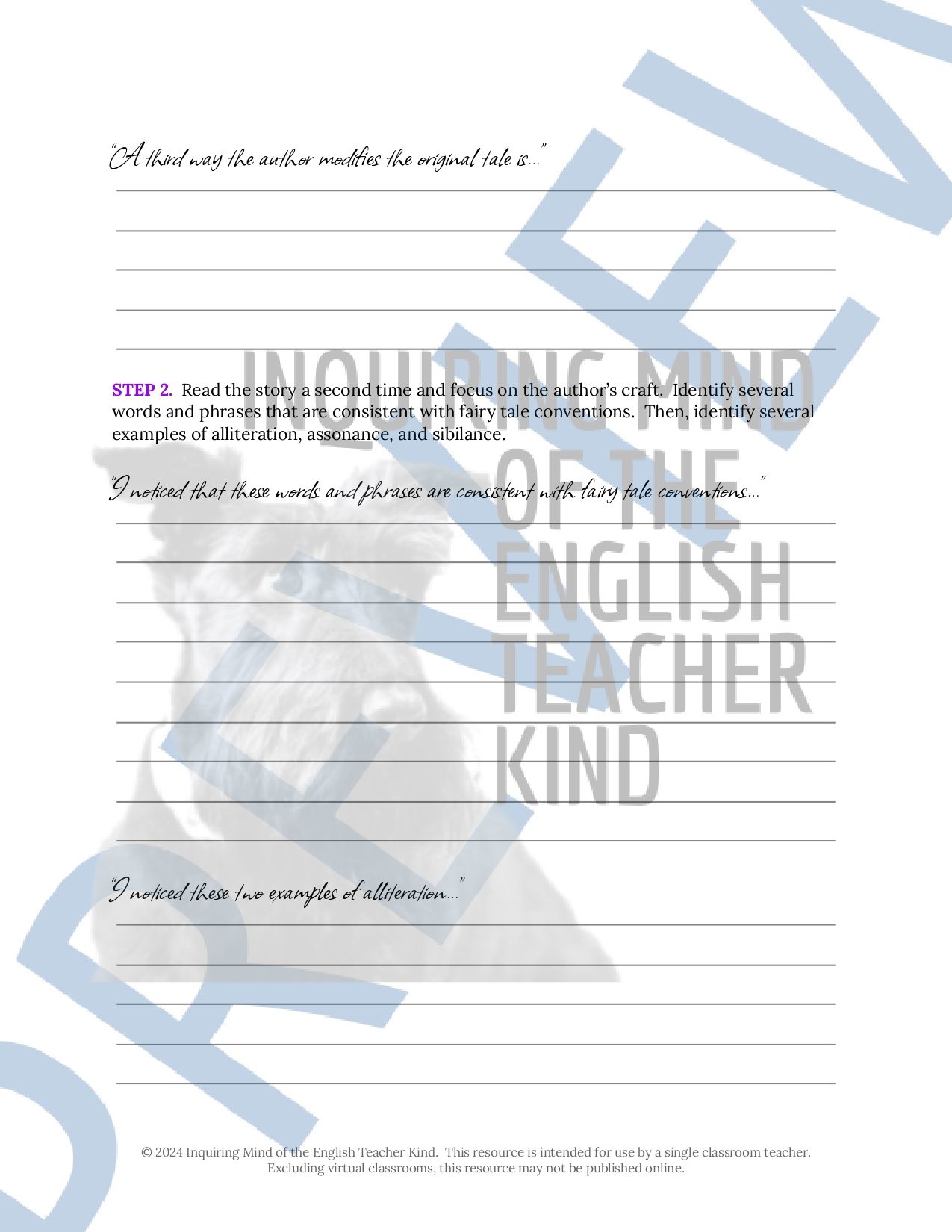 Image 137 of 250
Image 137 of 250

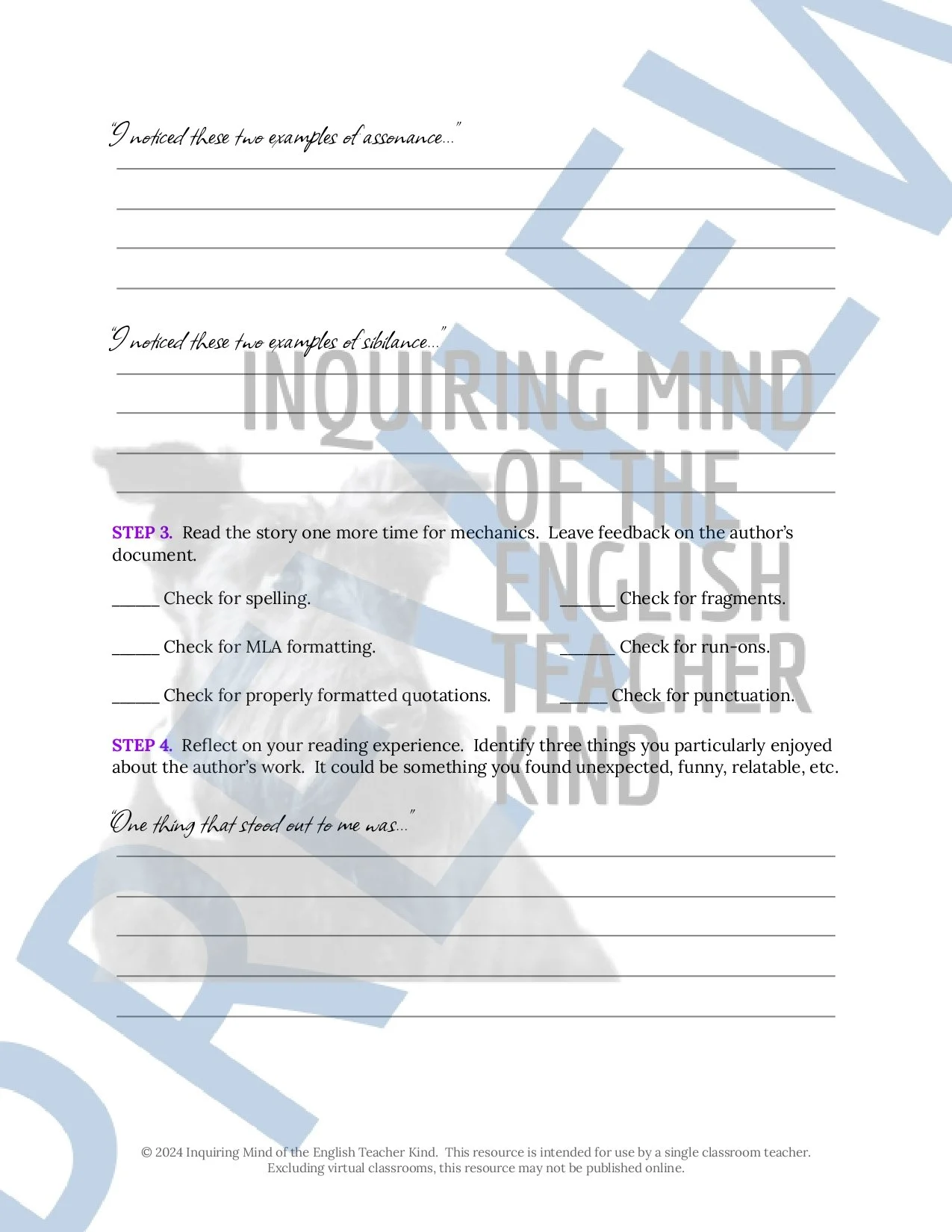 Image 138 of 250
Image 138 of 250

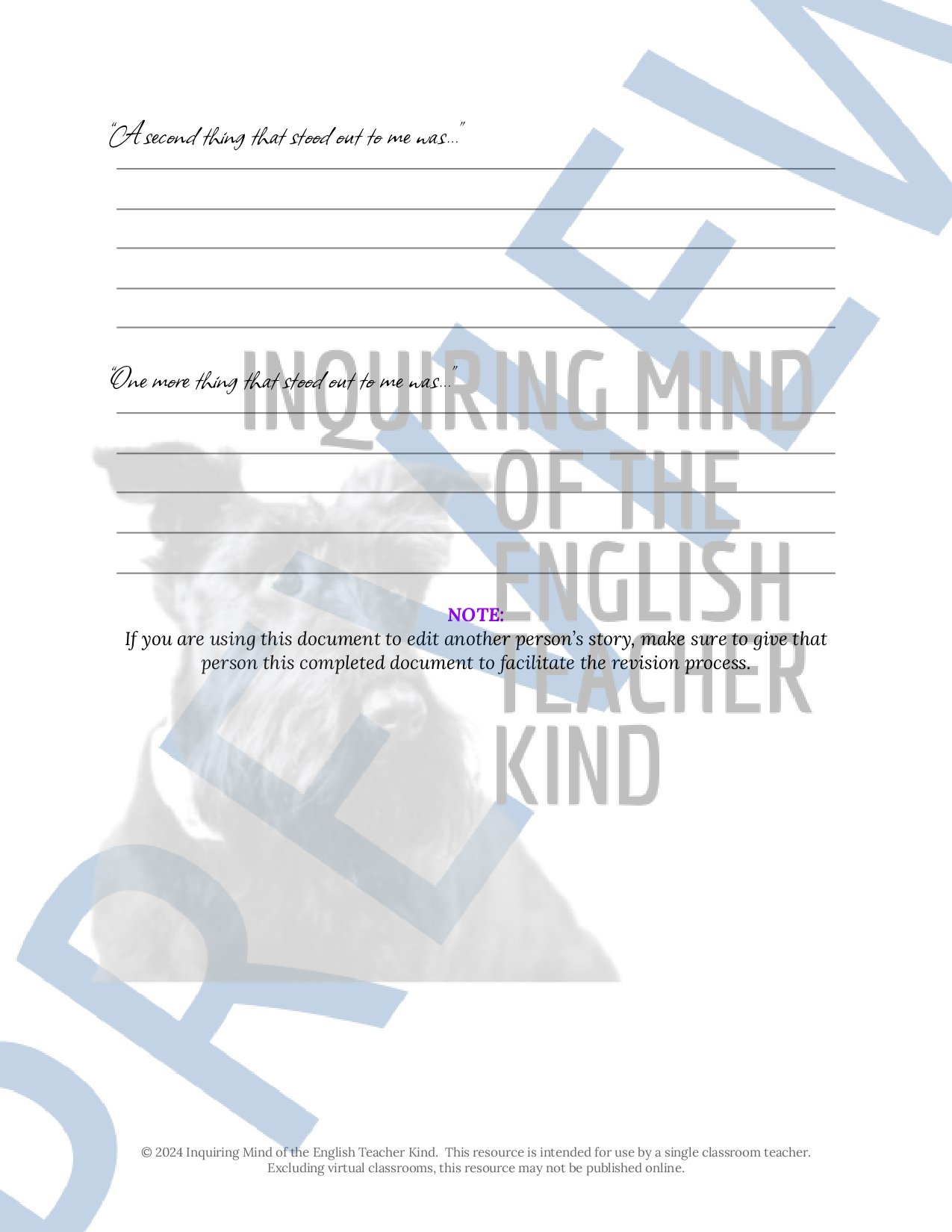 Image 139 of 250
Image 139 of 250

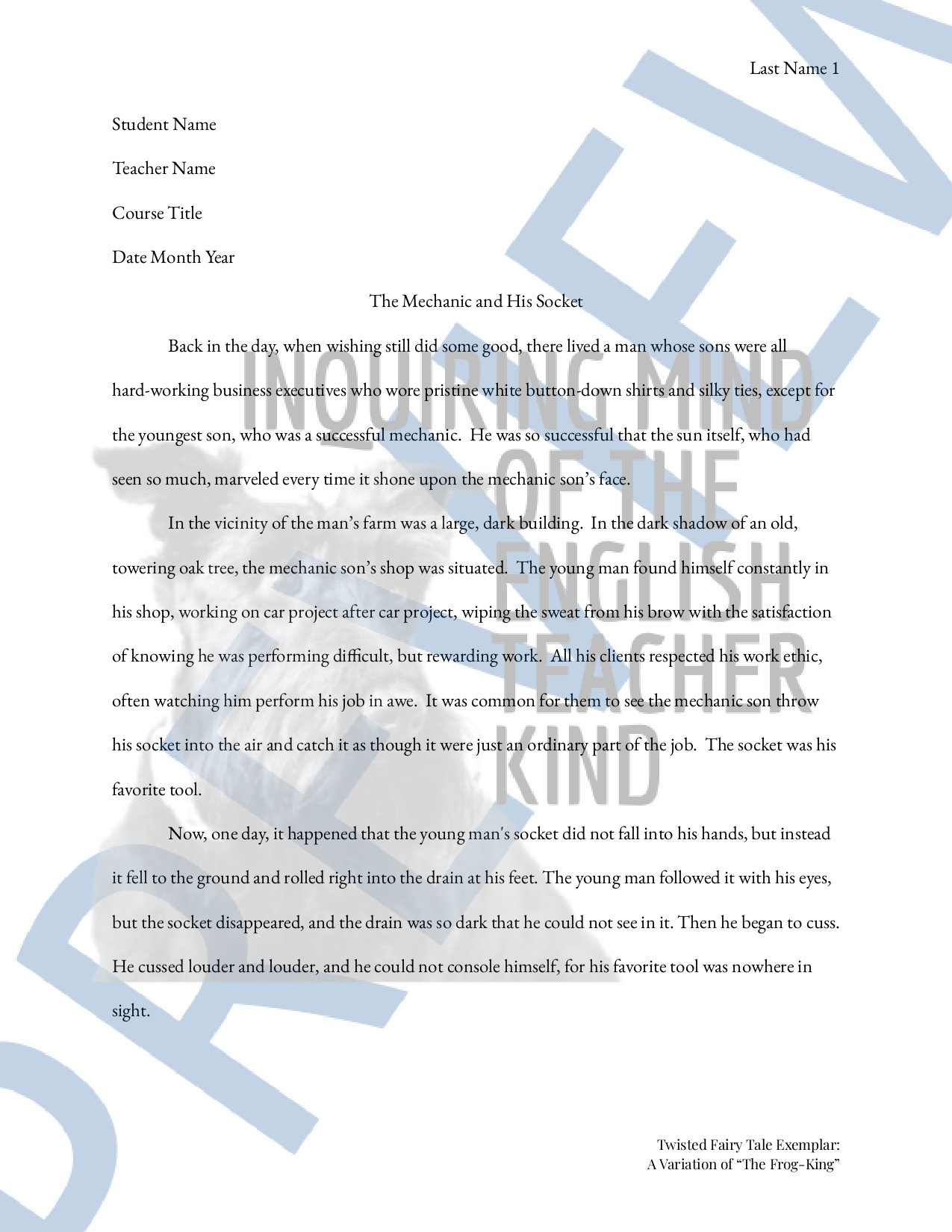 Image 140 of 250
Image 140 of 250

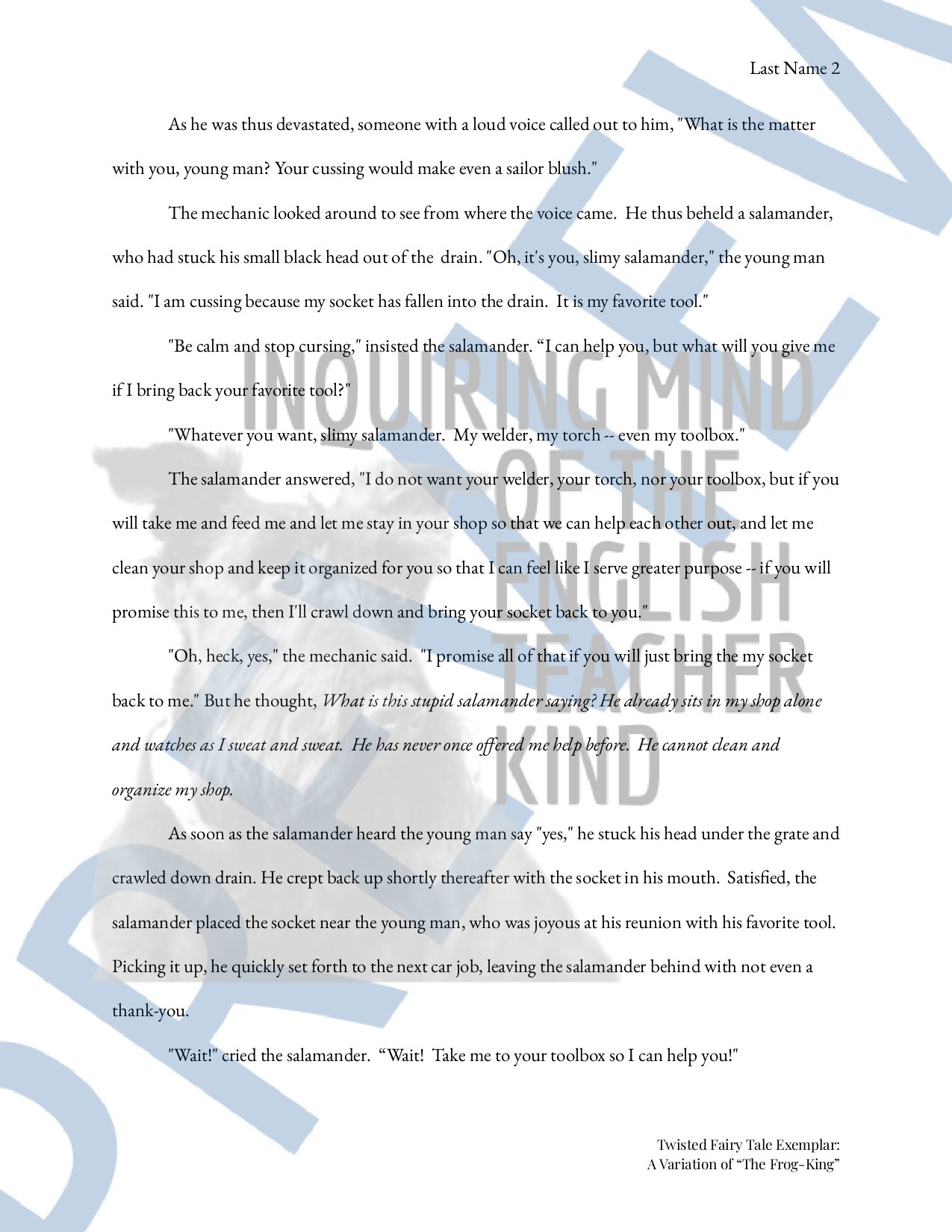 Image 141 of 250
Image 141 of 250

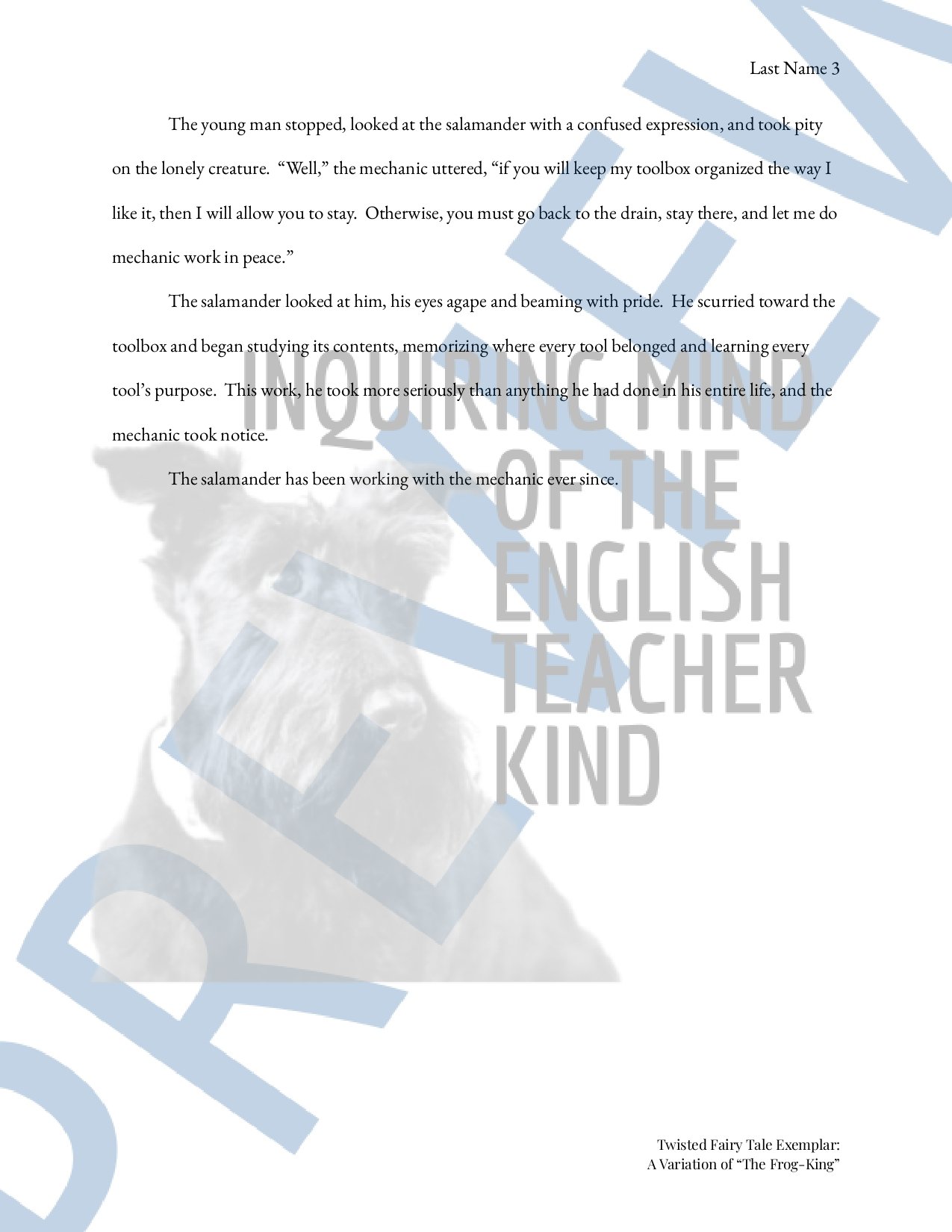 Image 142 of 250
Image 142 of 250

 Image 143 of 250
Image 143 of 250

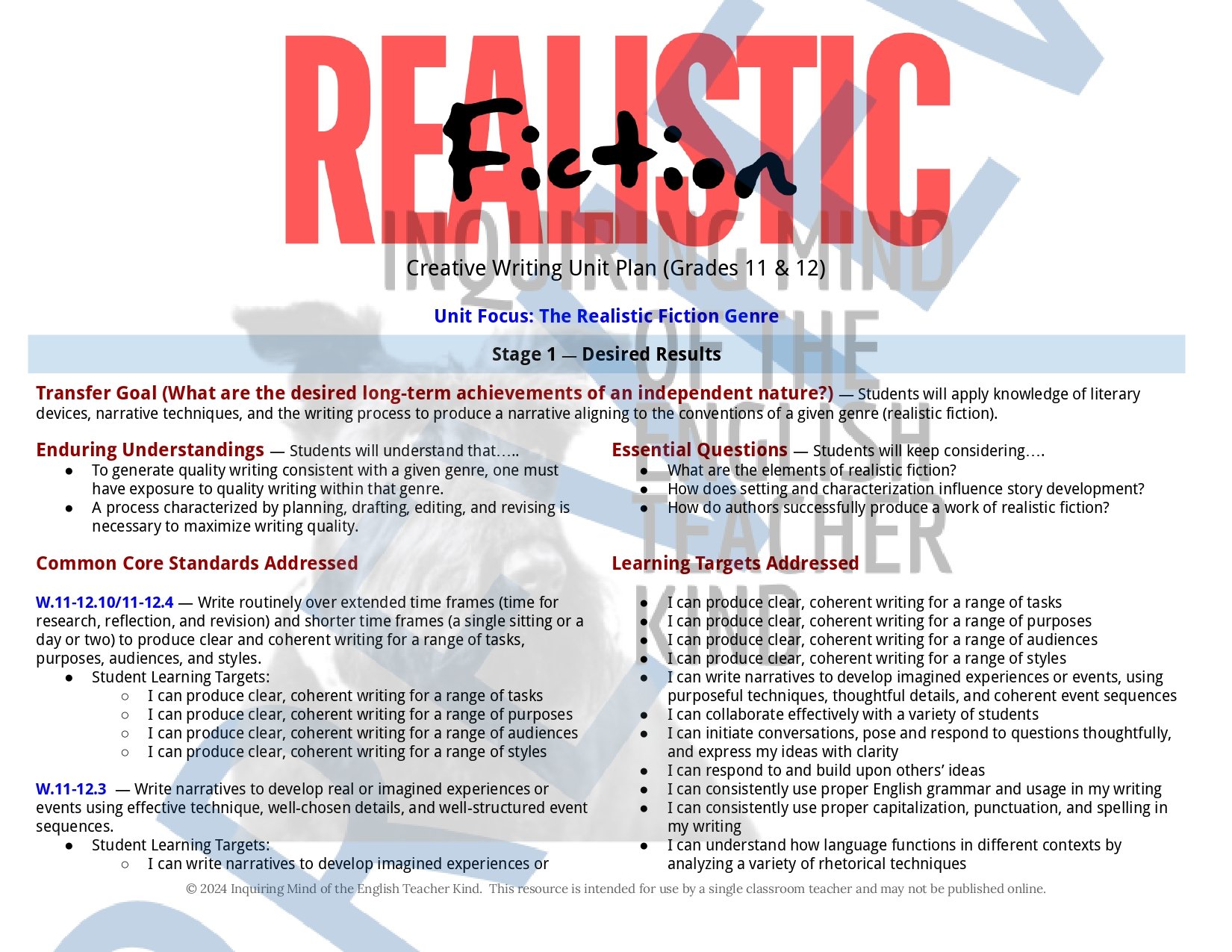 Image 144 of 250
Image 144 of 250

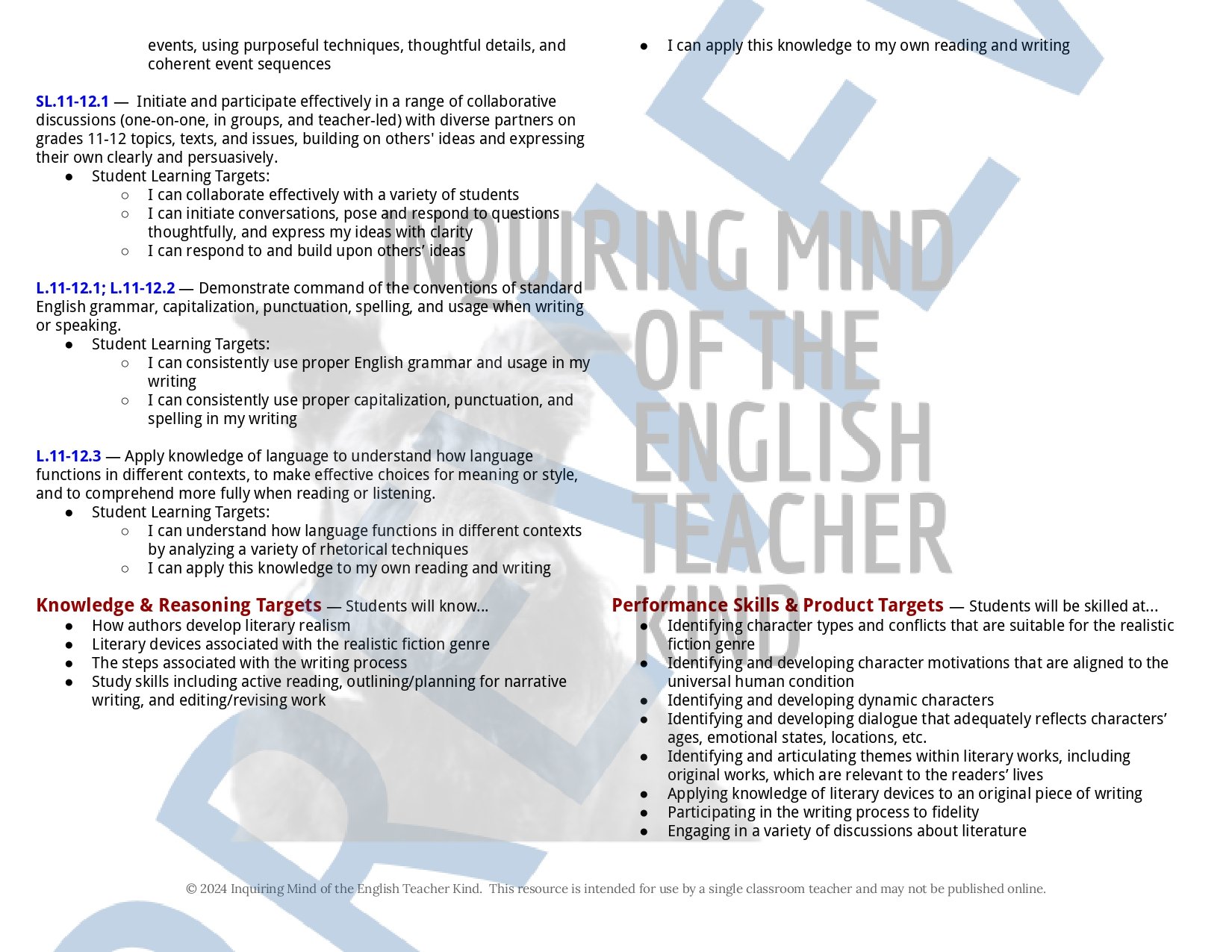 Image 145 of 250
Image 145 of 250

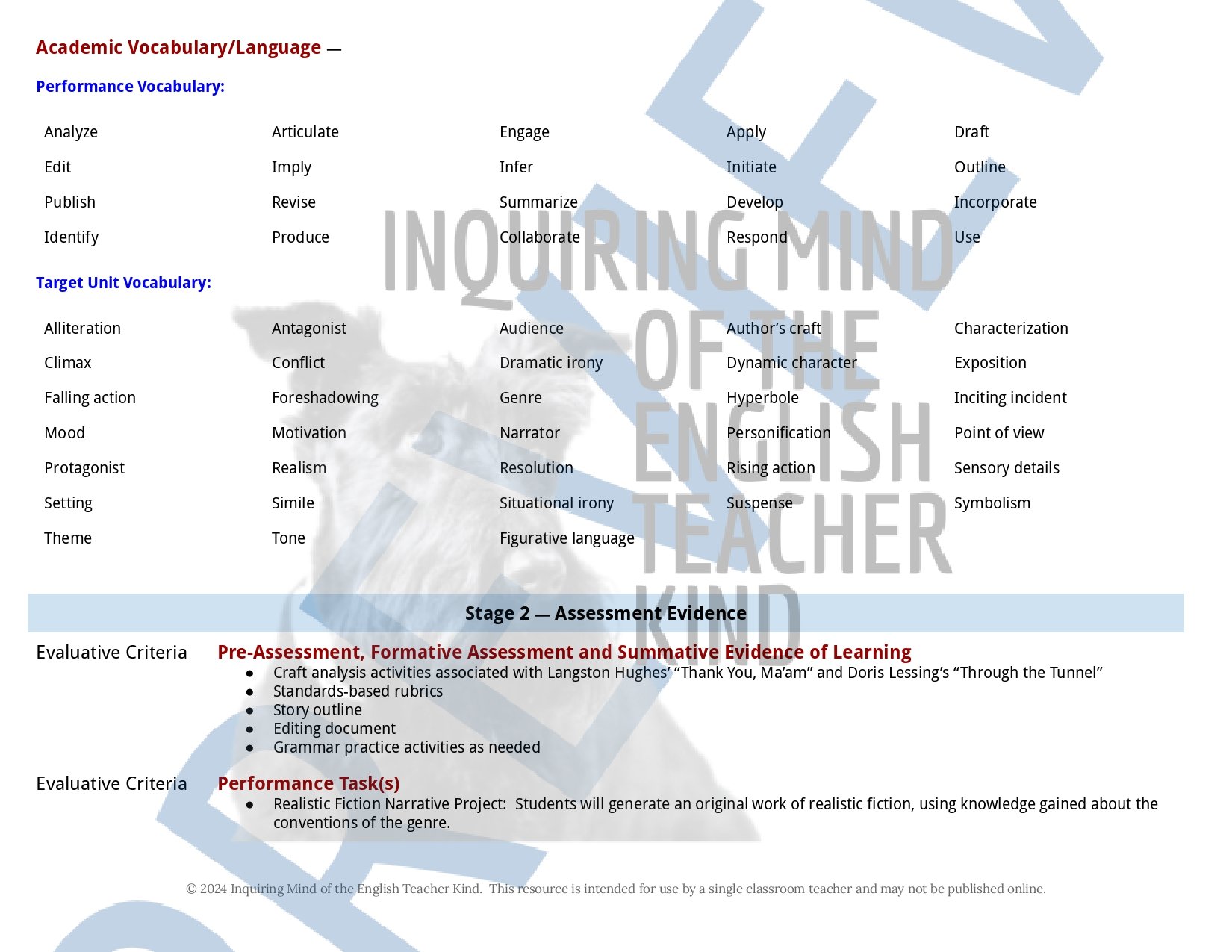 Image 146 of 250
Image 146 of 250

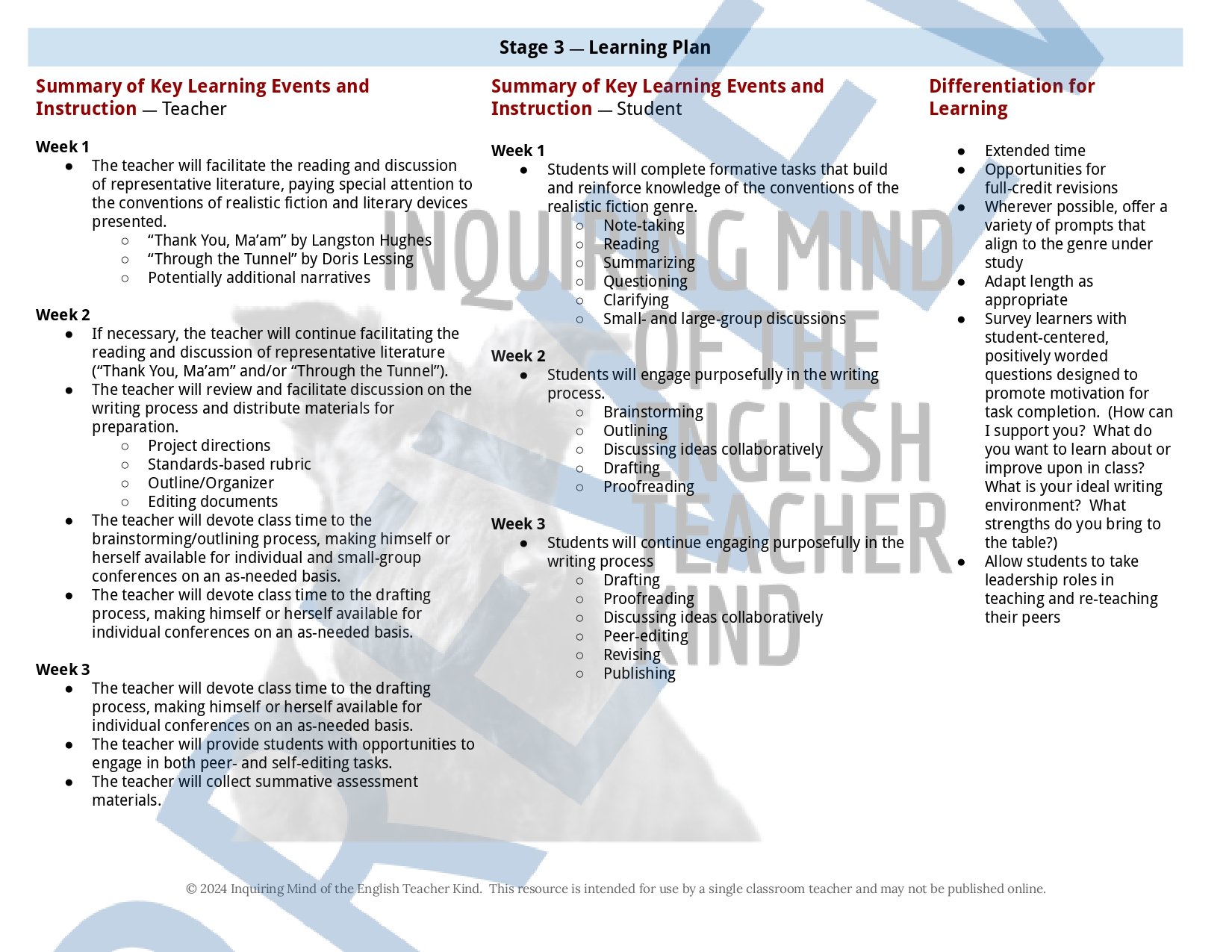 Image 147 of 250
Image 147 of 250

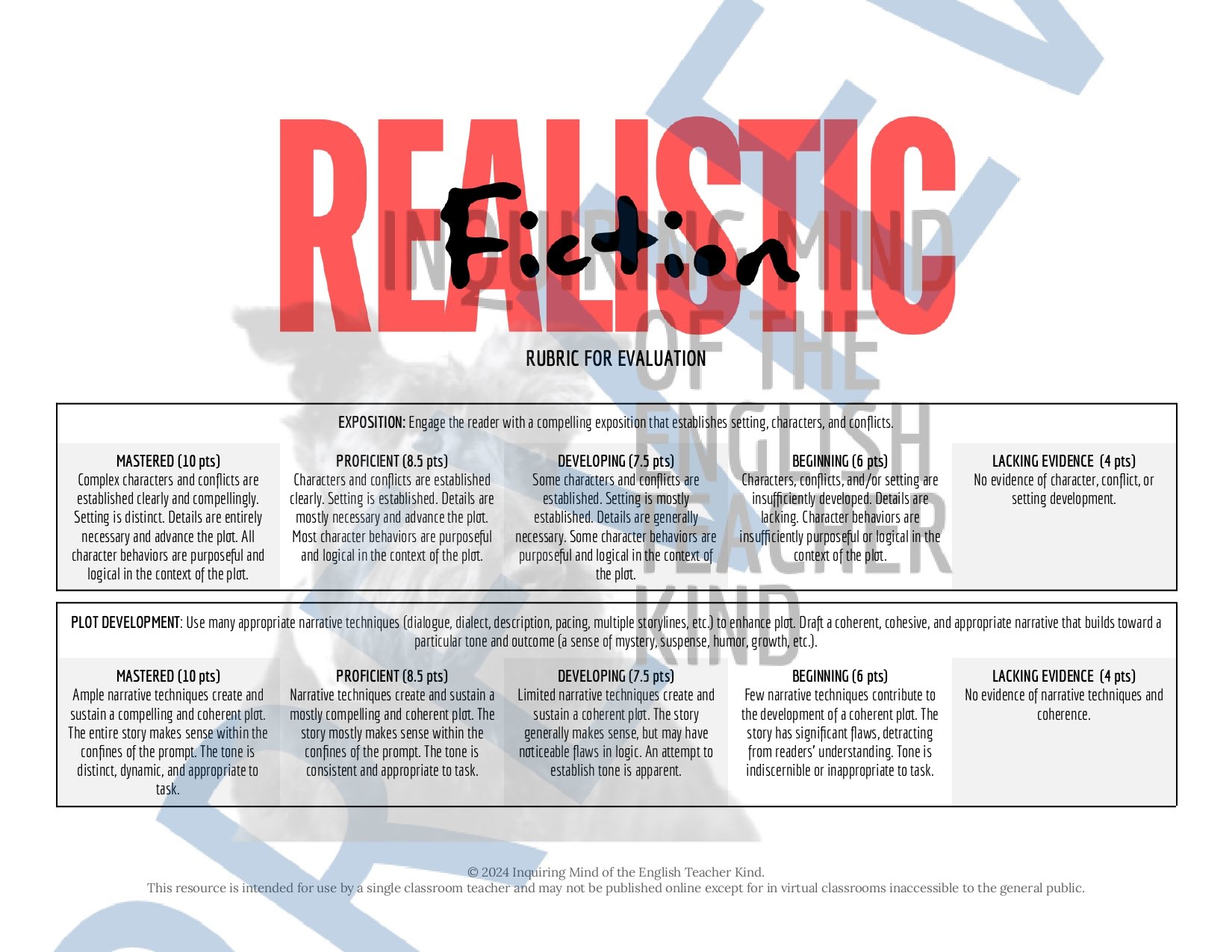 Image 148 of 250
Image 148 of 250

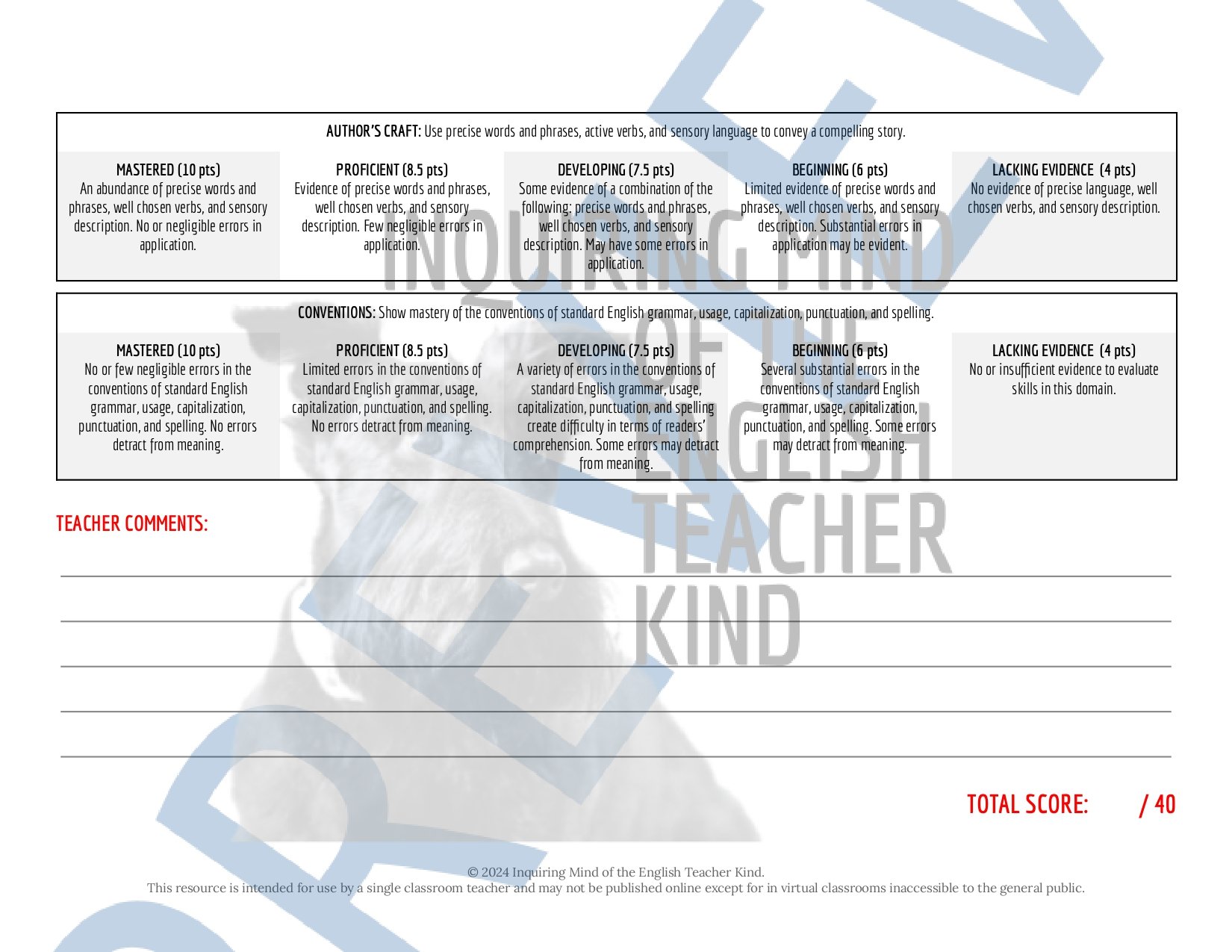 Image 149 of 250
Image 149 of 250

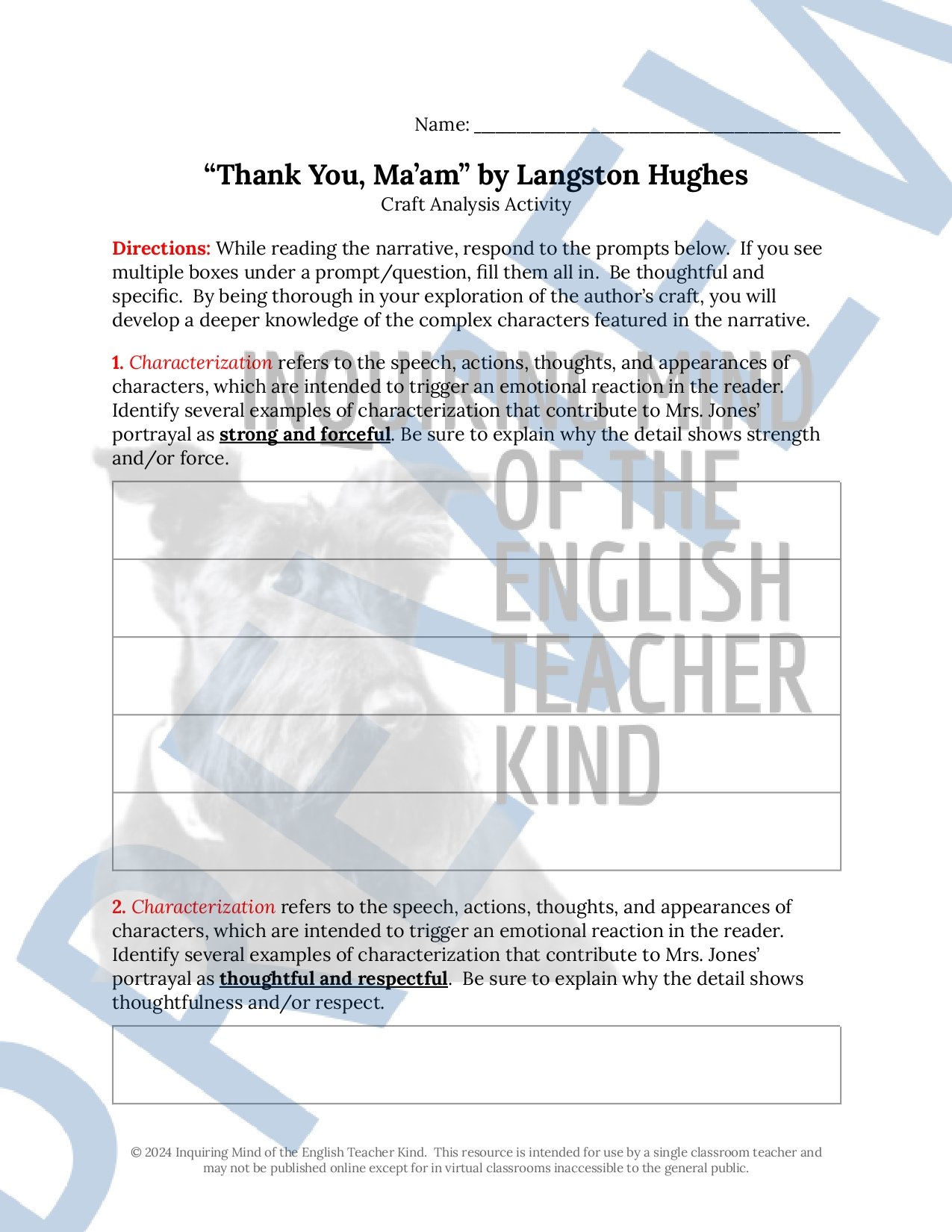 Image 150 of 250
Image 150 of 250

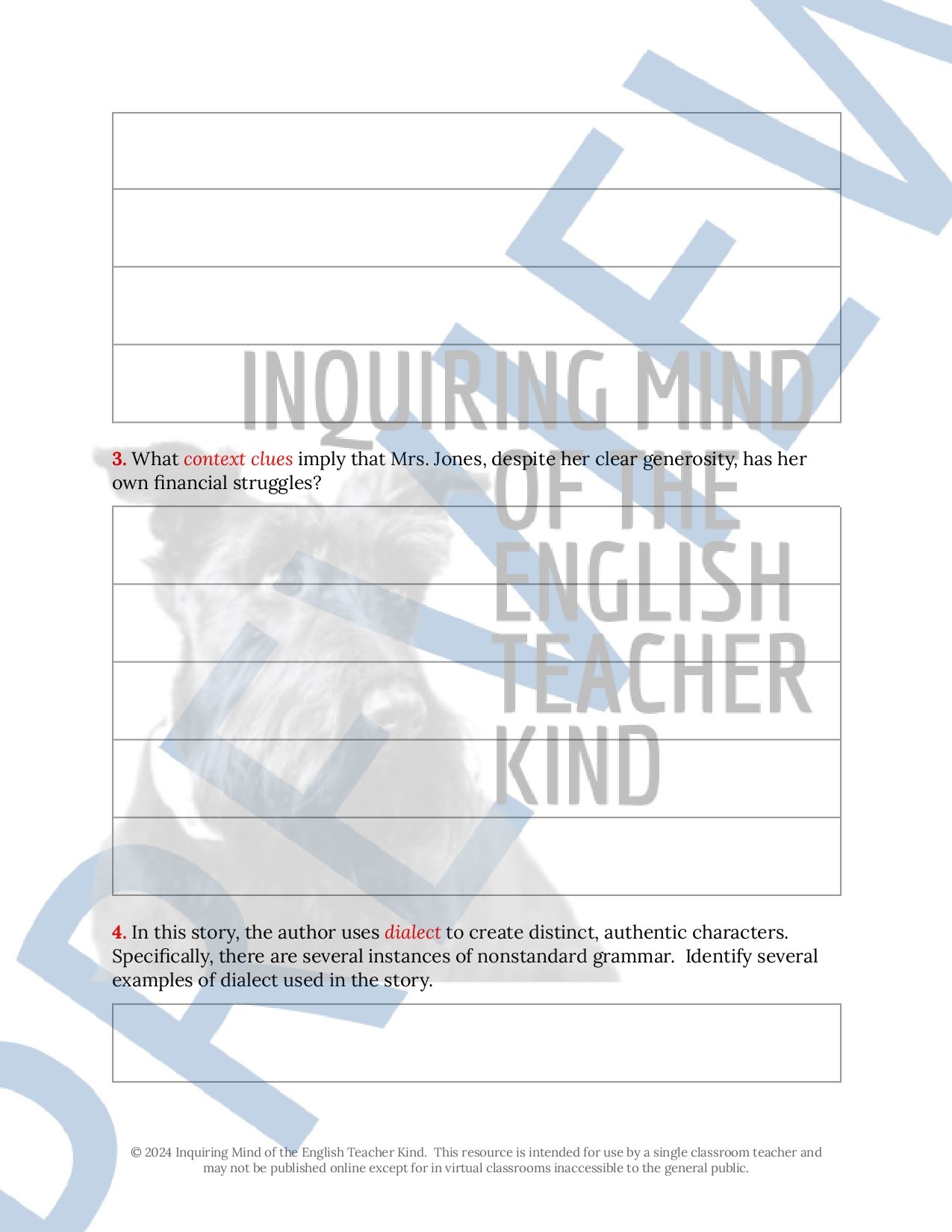 Image 151 of 250
Image 151 of 250

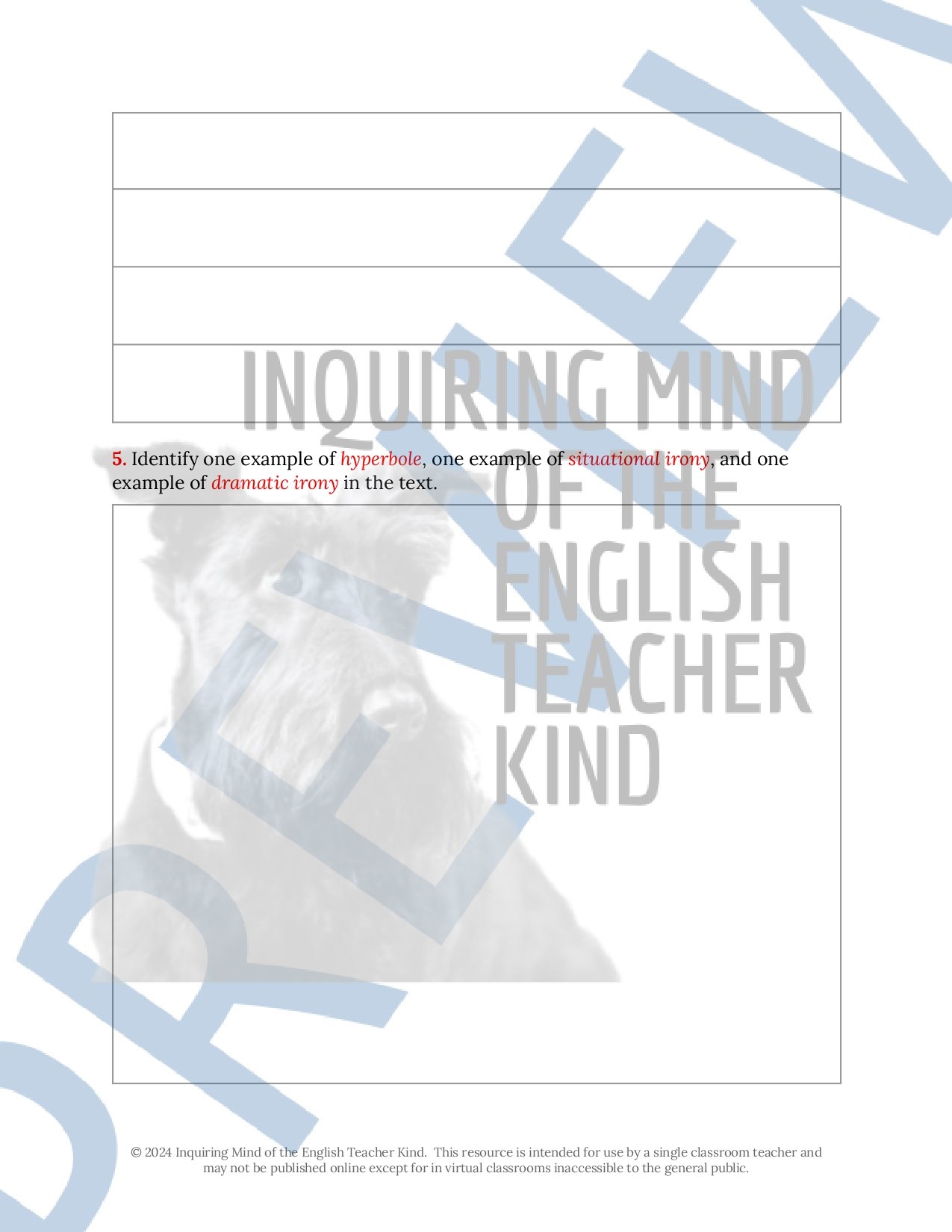 Image 152 of 250
Image 152 of 250

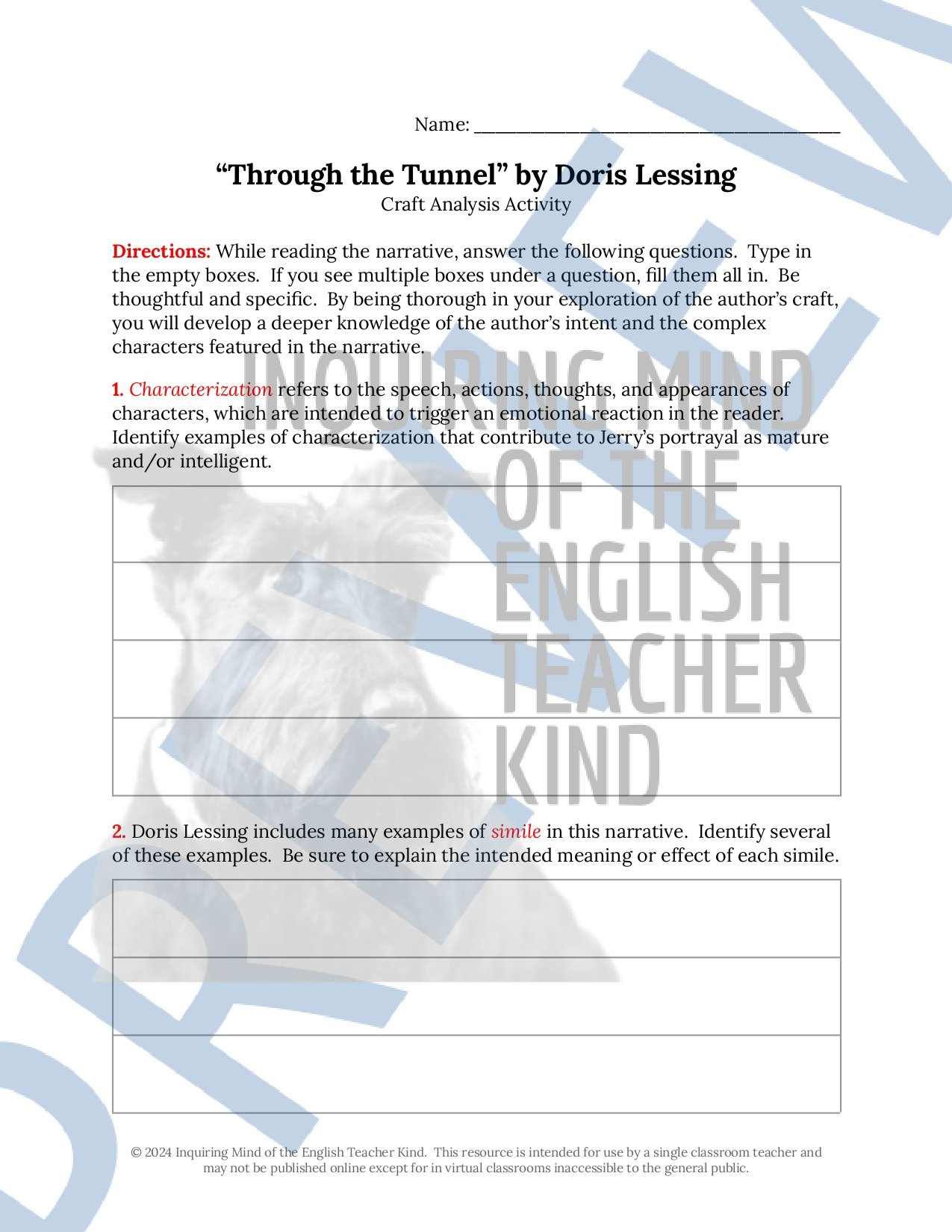 Image 153 of 250
Image 153 of 250

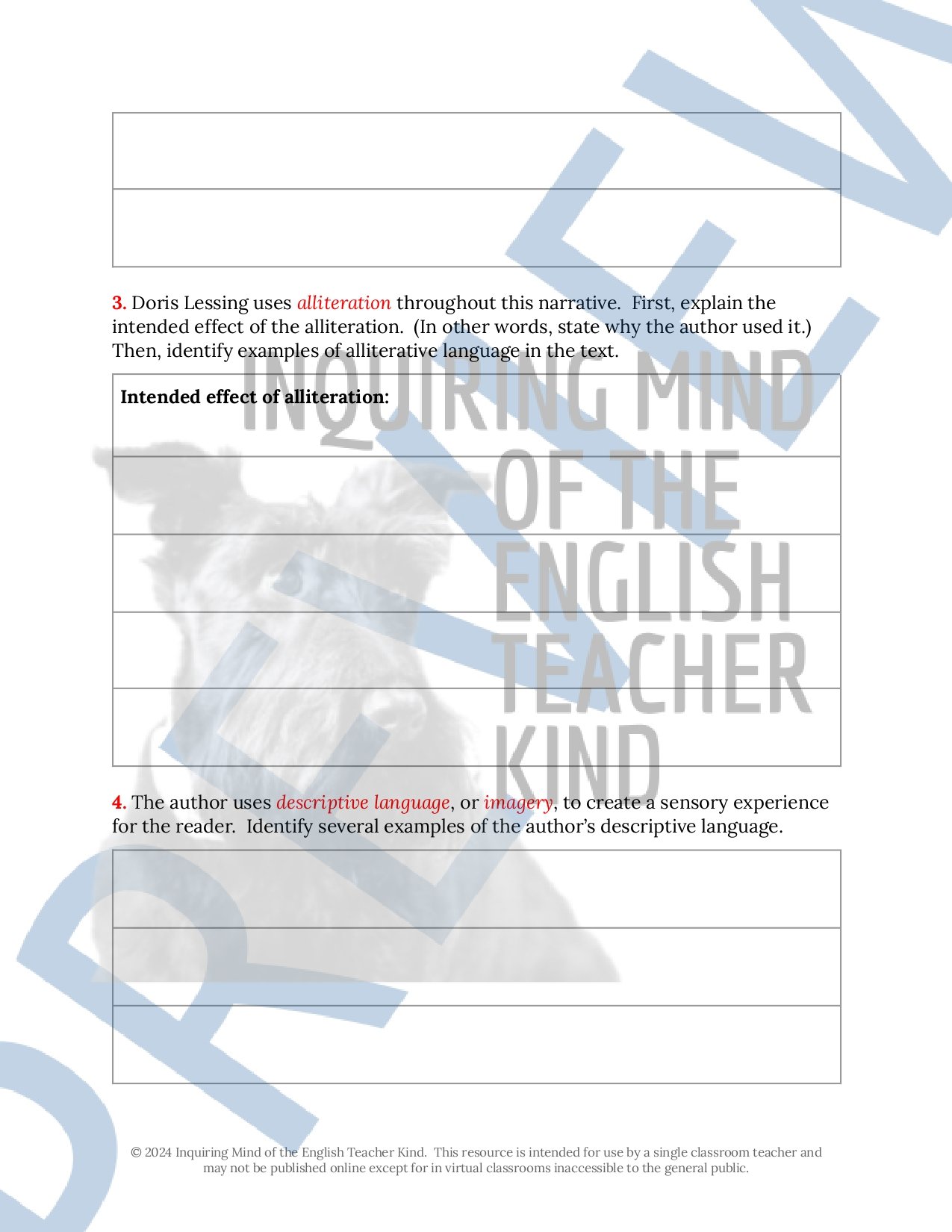 Image 154 of 250
Image 154 of 250

 Image 155 of 250
Image 155 of 250

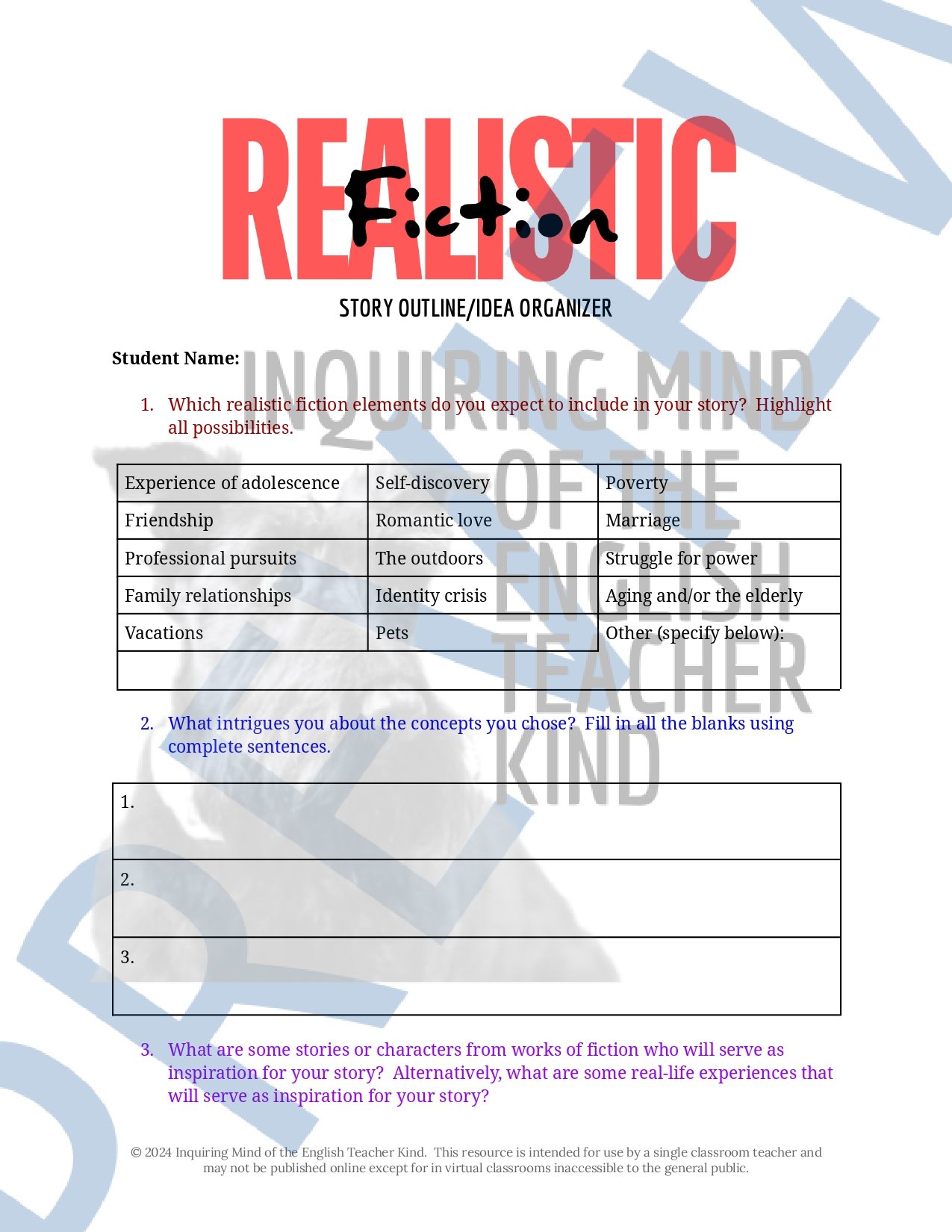 Image 156 of 250
Image 156 of 250

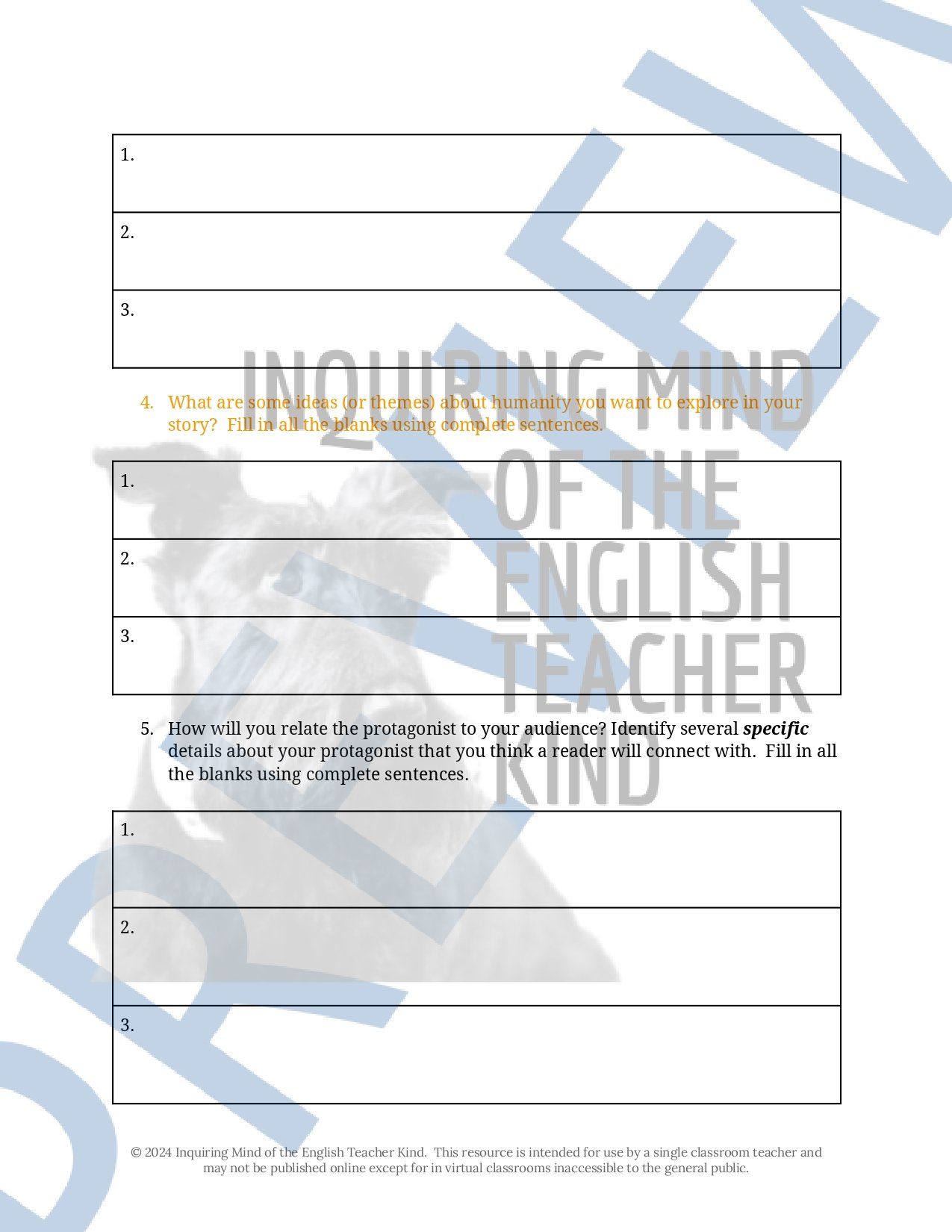 Image 157 of 250
Image 157 of 250

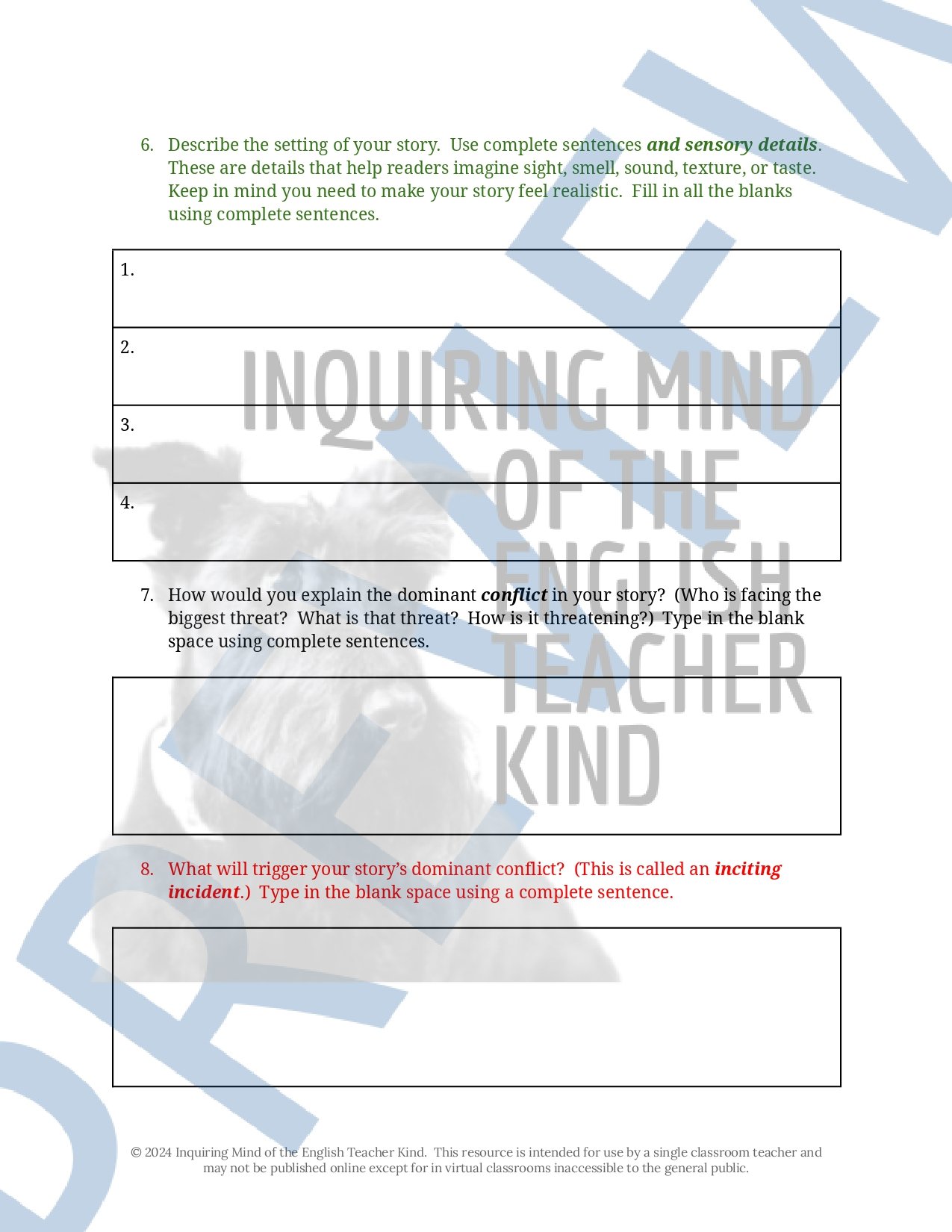 Image 158 of 250
Image 158 of 250

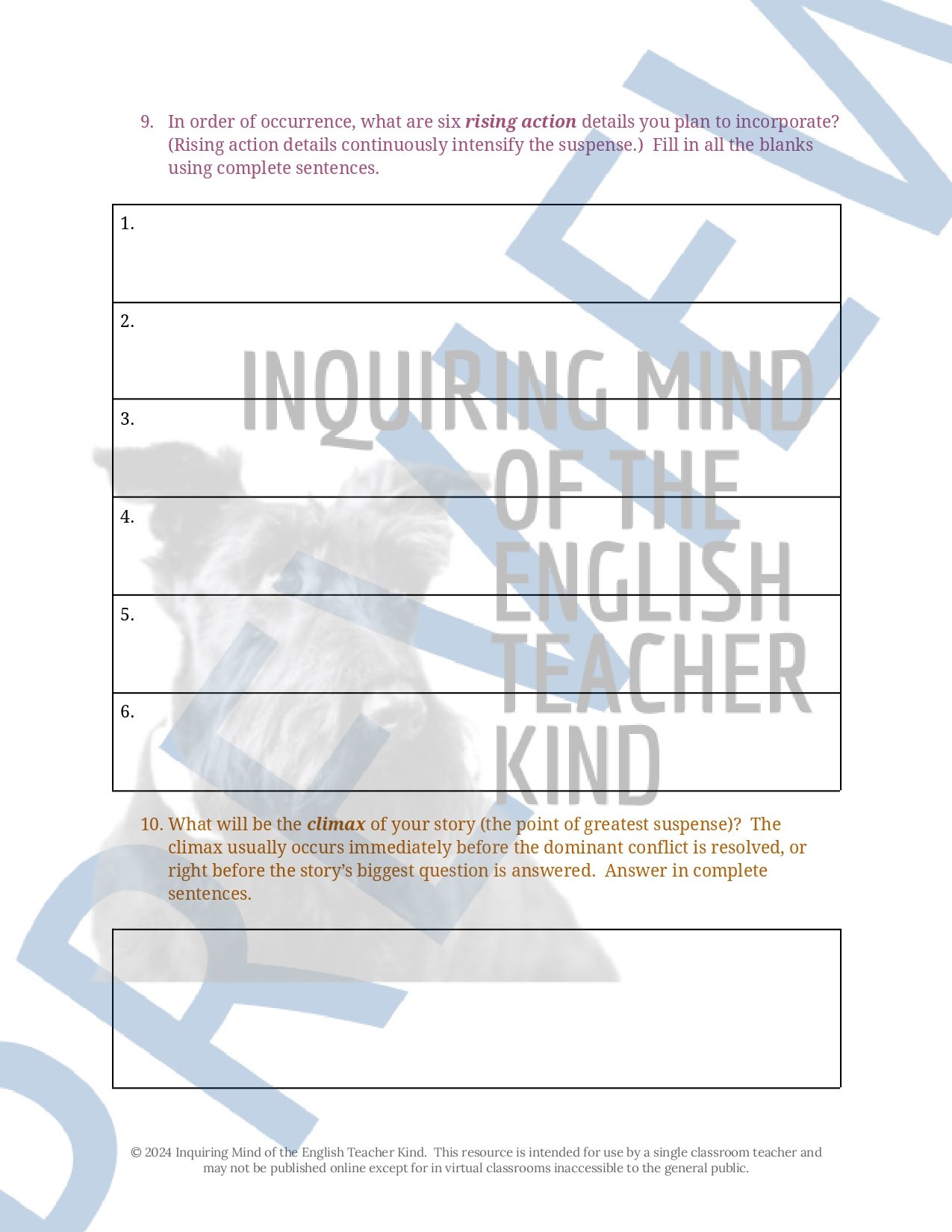 Image 159 of 250
Image 159 of 250

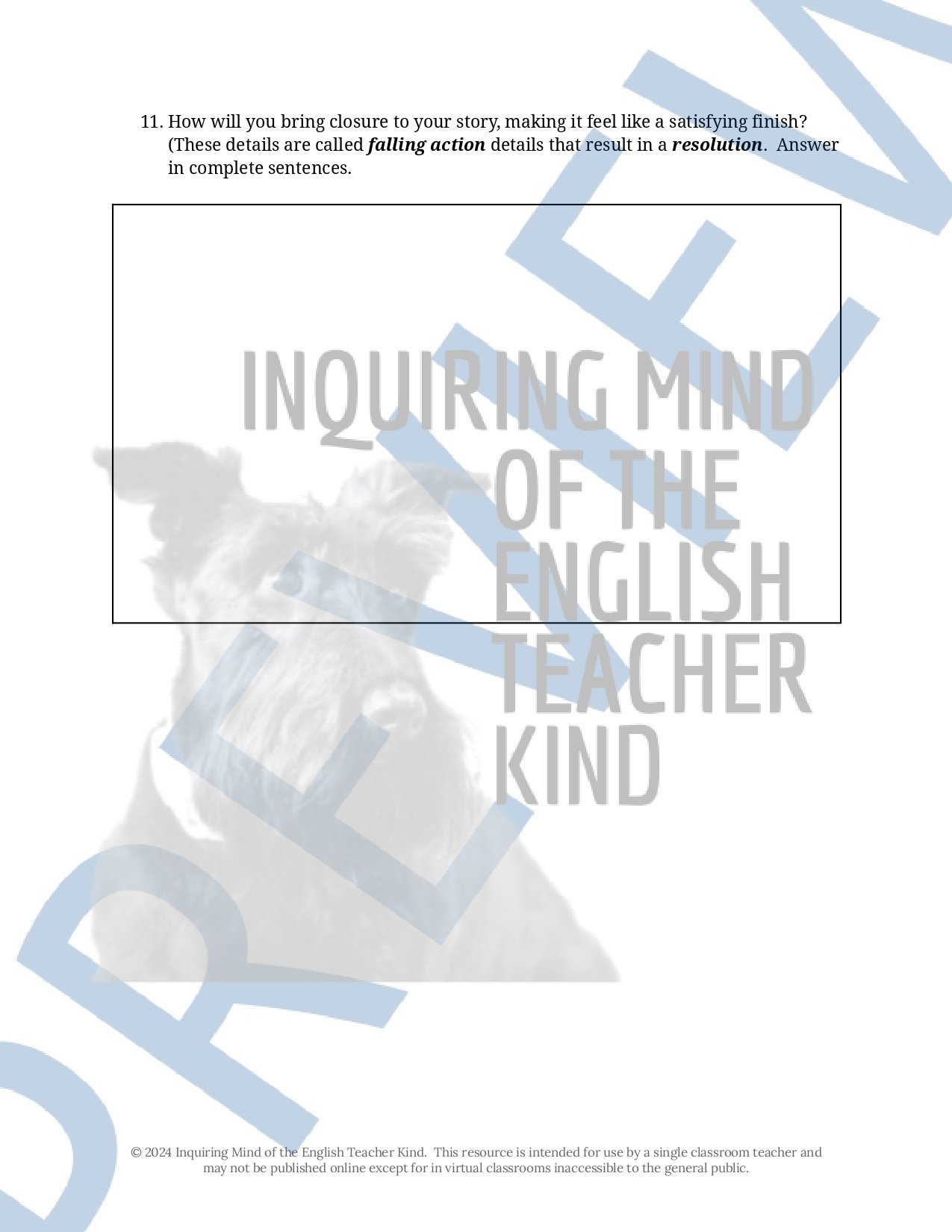 Image 160 of 250
Image 160 of 250

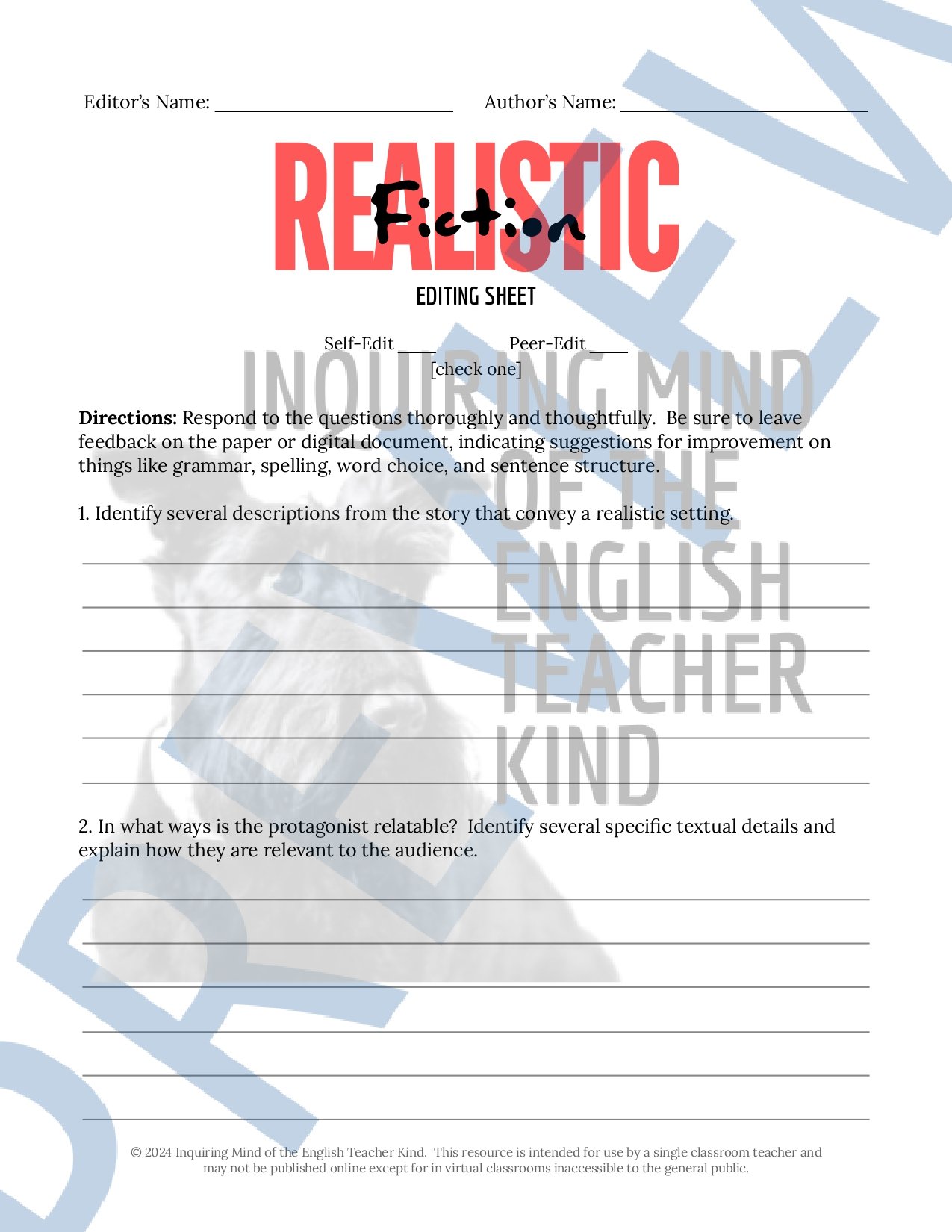 Image 161 of 250
Image 161 of 250

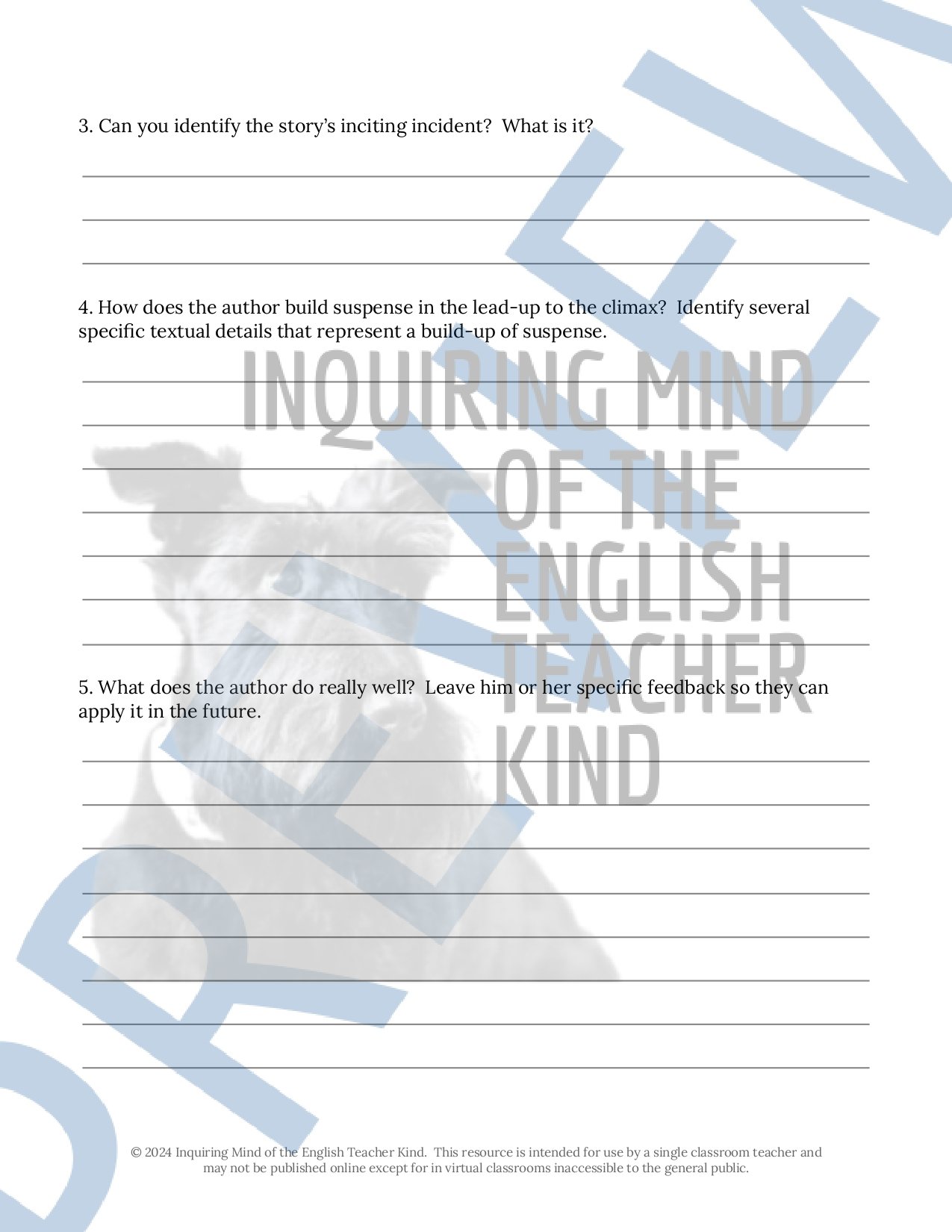 Image 162 of 250
Image 162 of 250

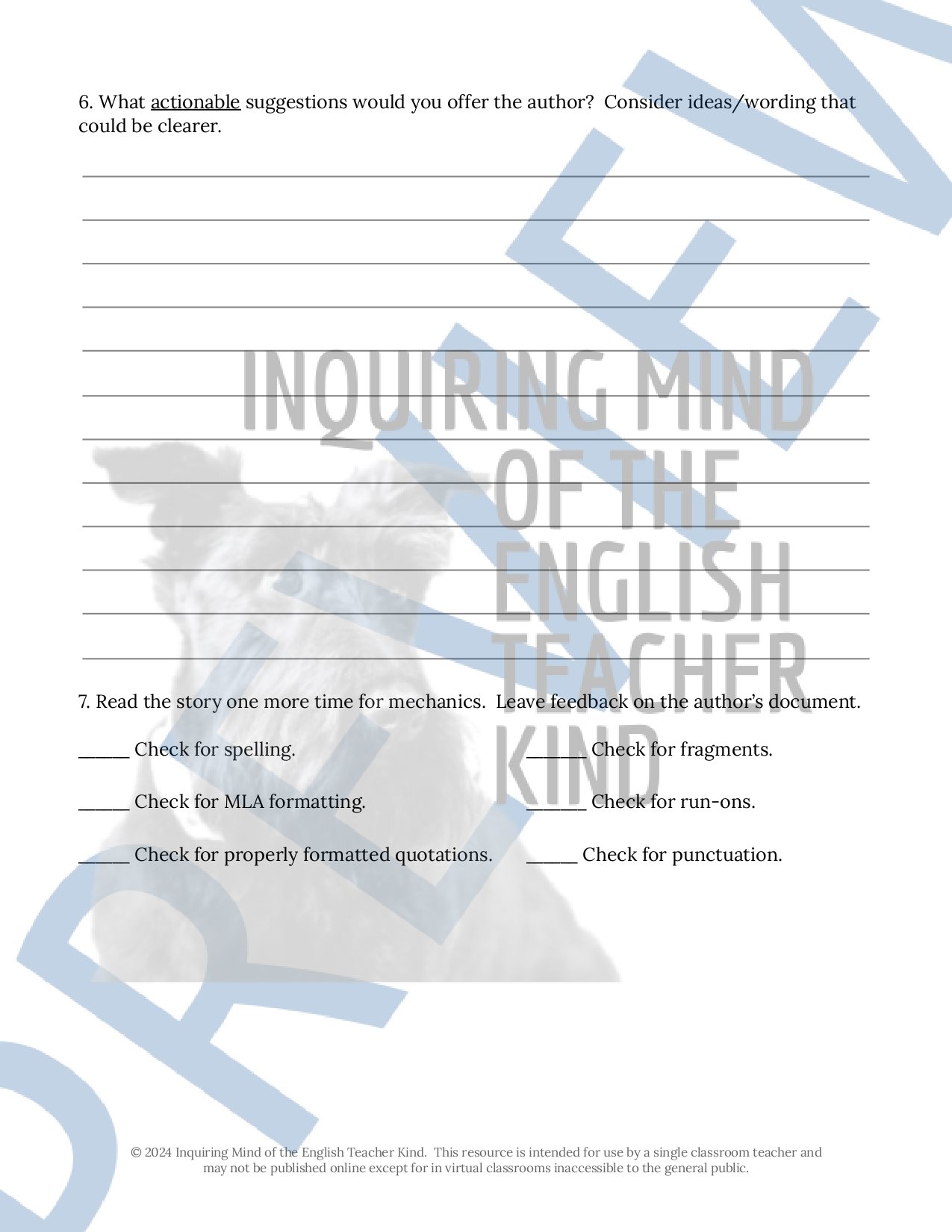 Image 163 of 250
Image 163 of 250

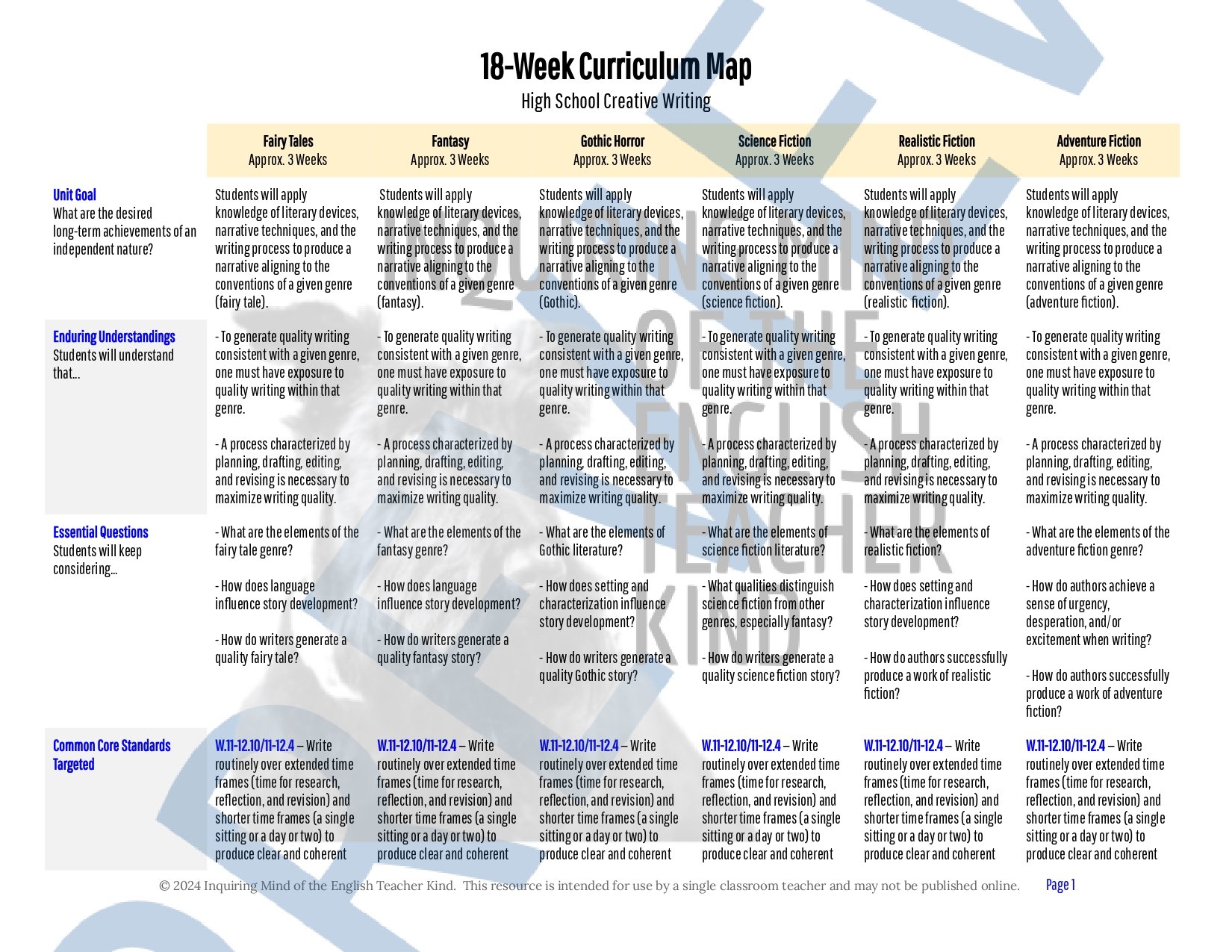 Image 164 of 250
Image 164 of 250

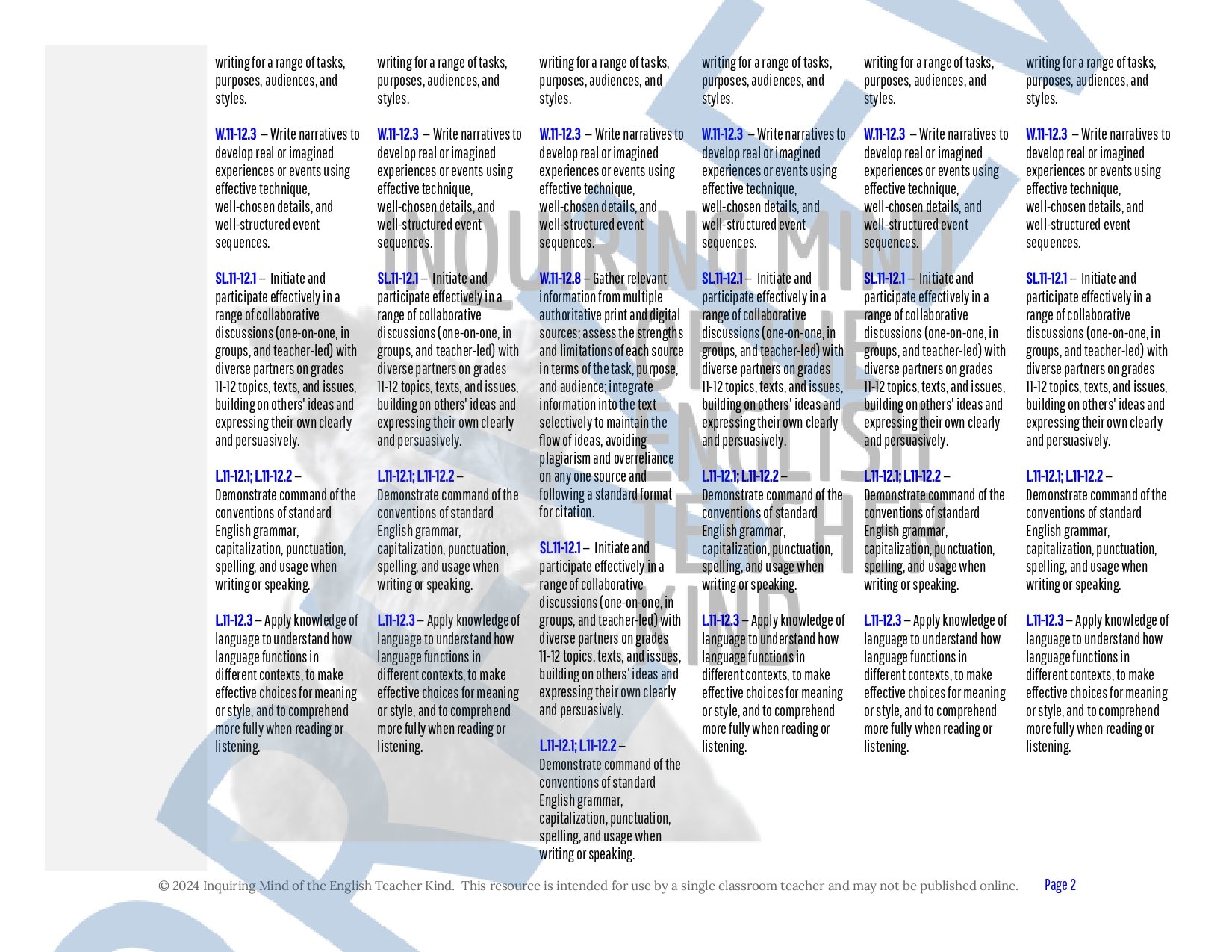 Image 165 of 250
Image 165 of 250

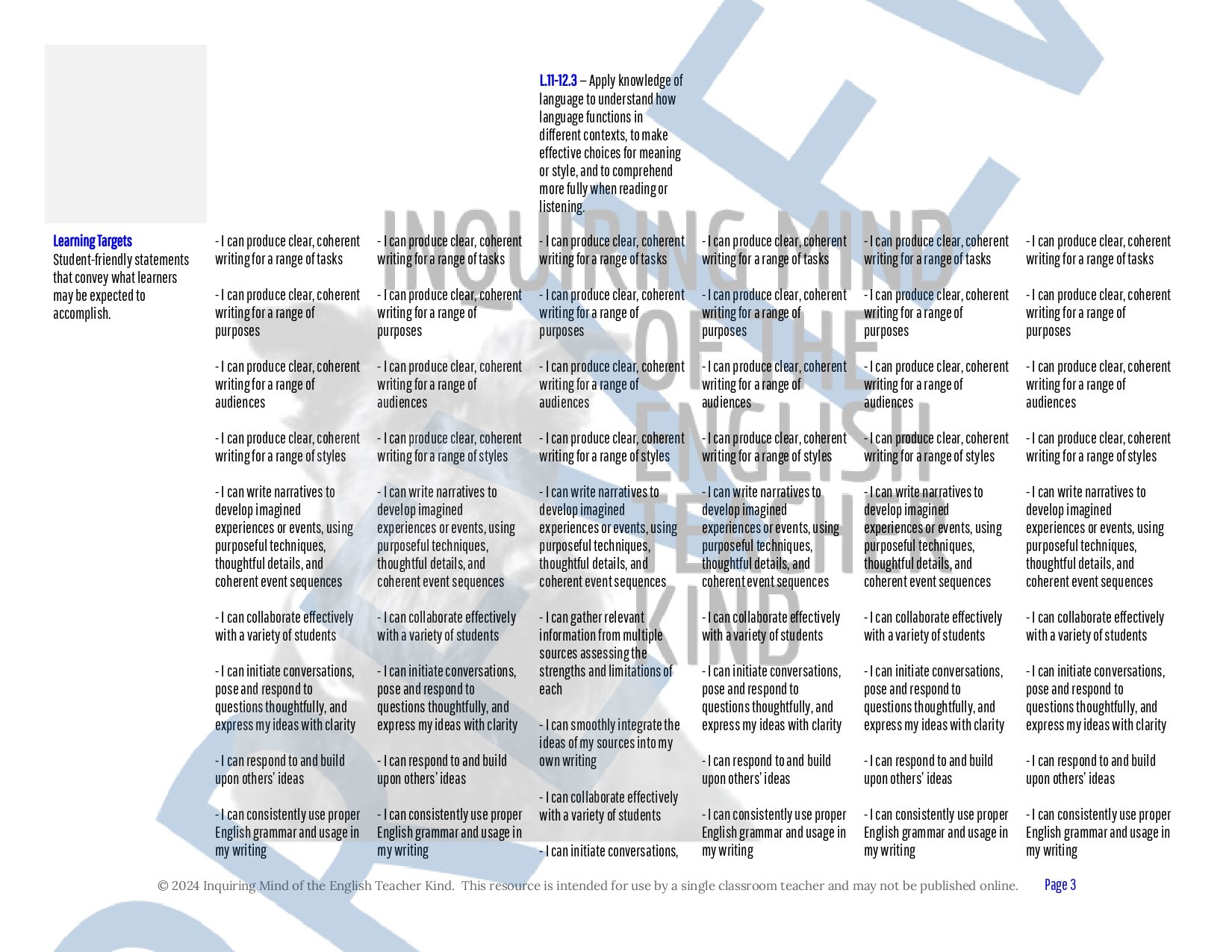 Image 166 of 250
Image 166 of 250

 Image 167 of 250
Image 167 of 250

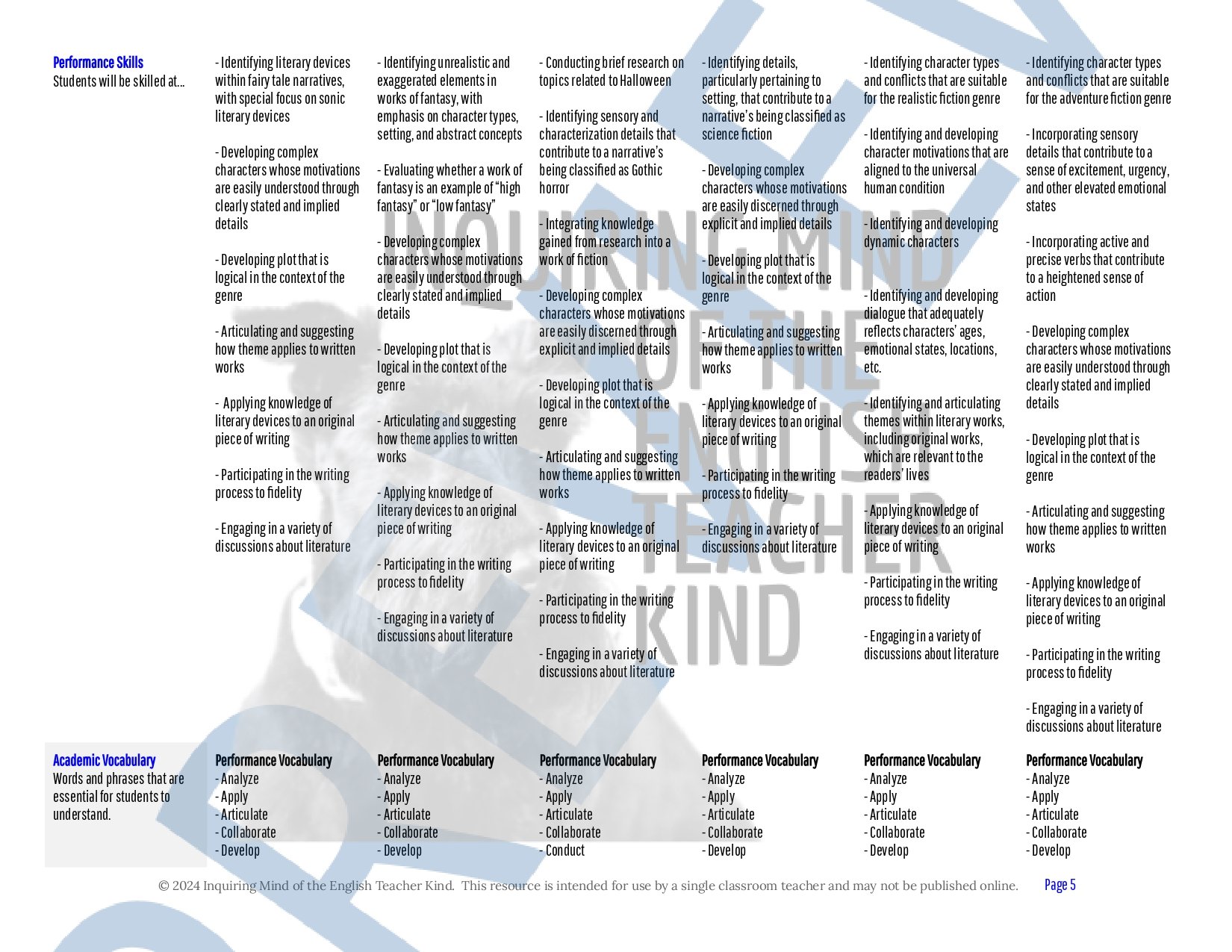 Image 168 of 250
Image 168 of 250

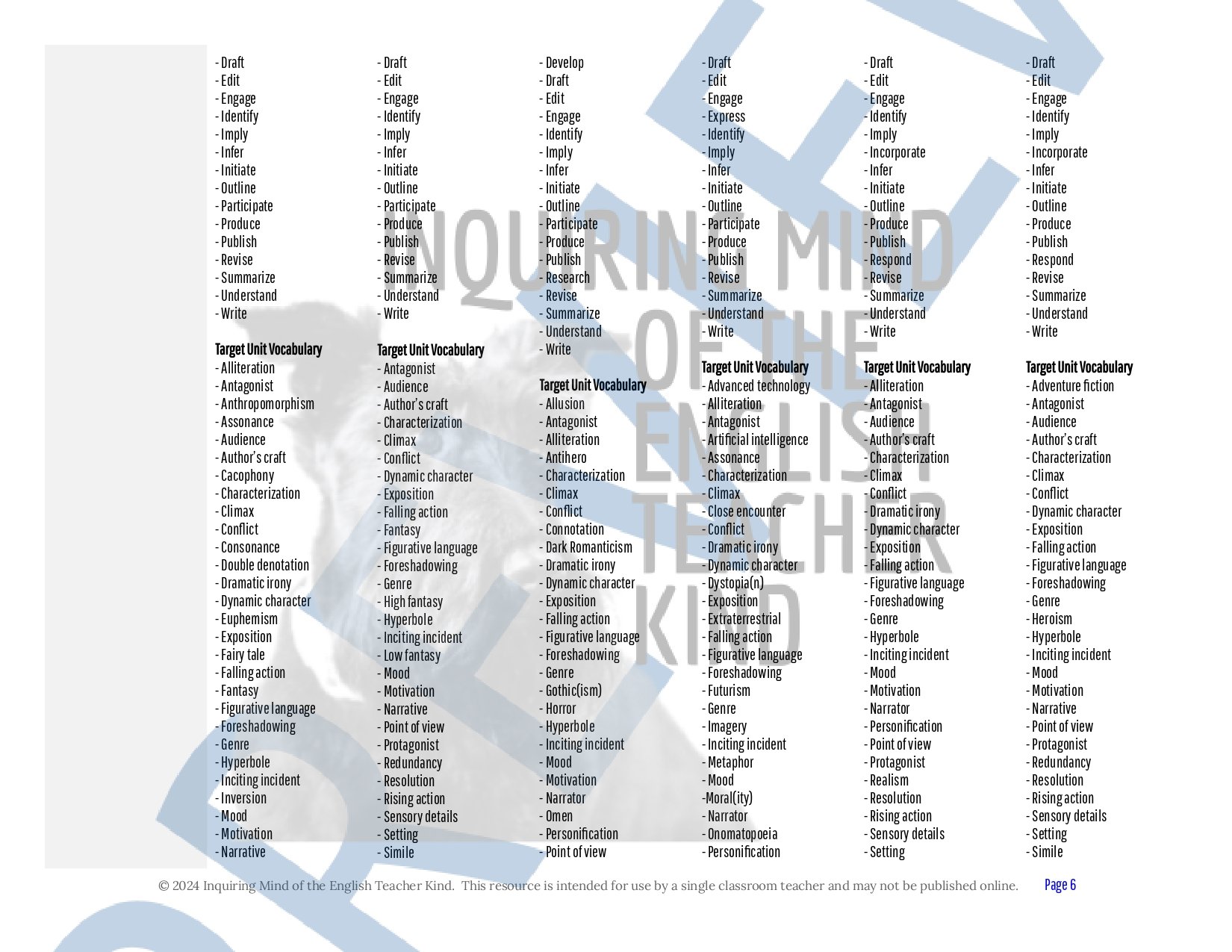 Image 169 of 250
Image 169 of 250

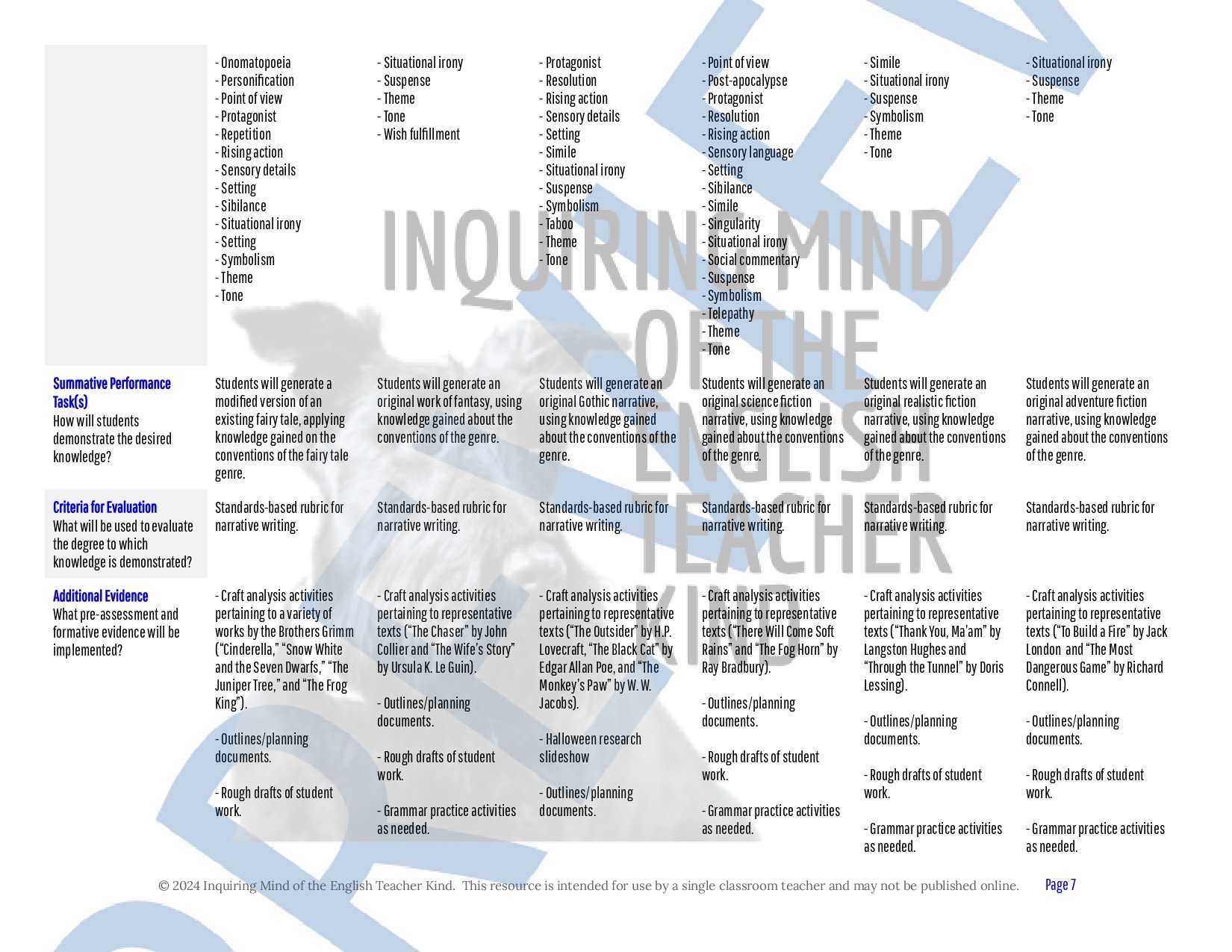 Image 170 of 250
Image 170 of 250

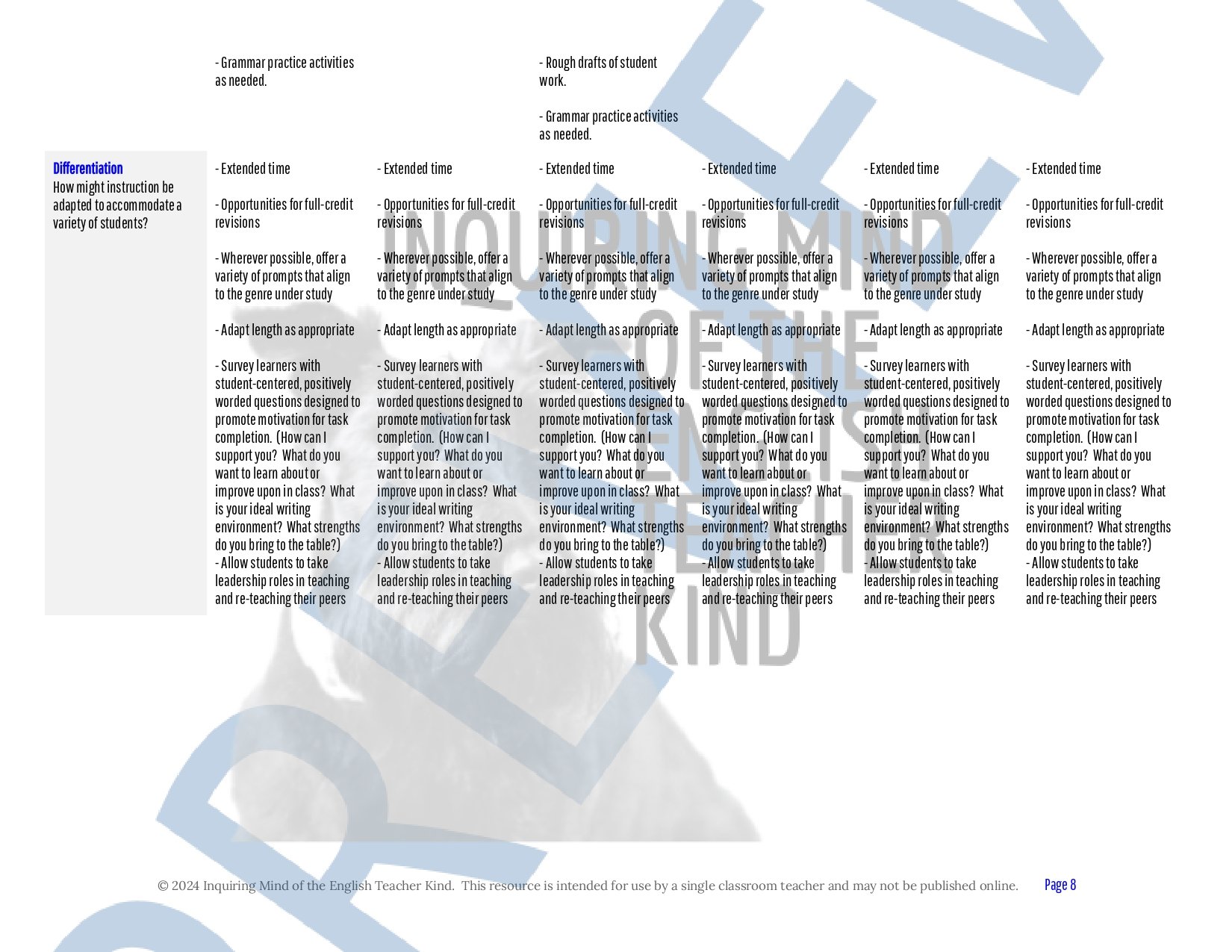 Image 171 of 250
Image 171 of 250

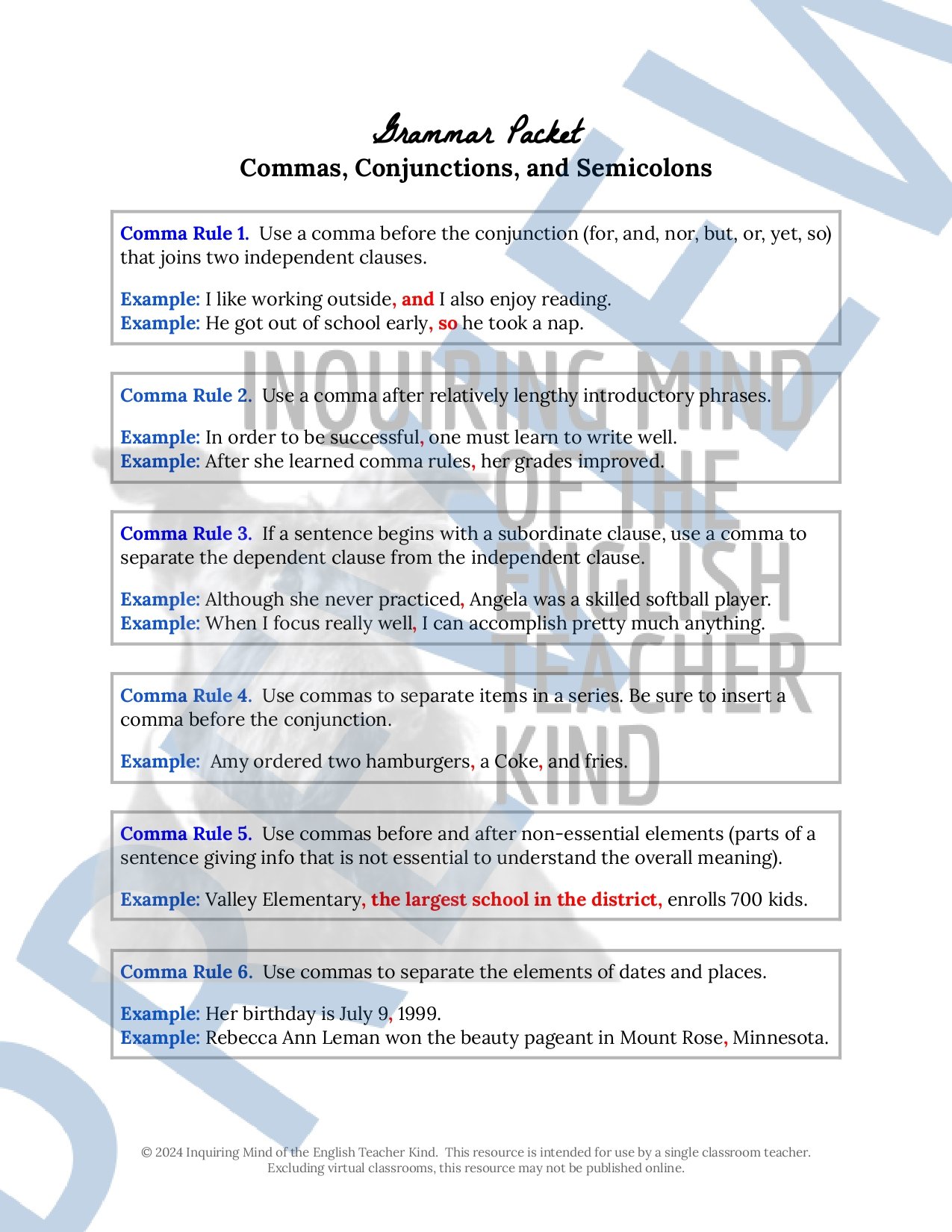 Image 172 of 250
Image 172 of 250

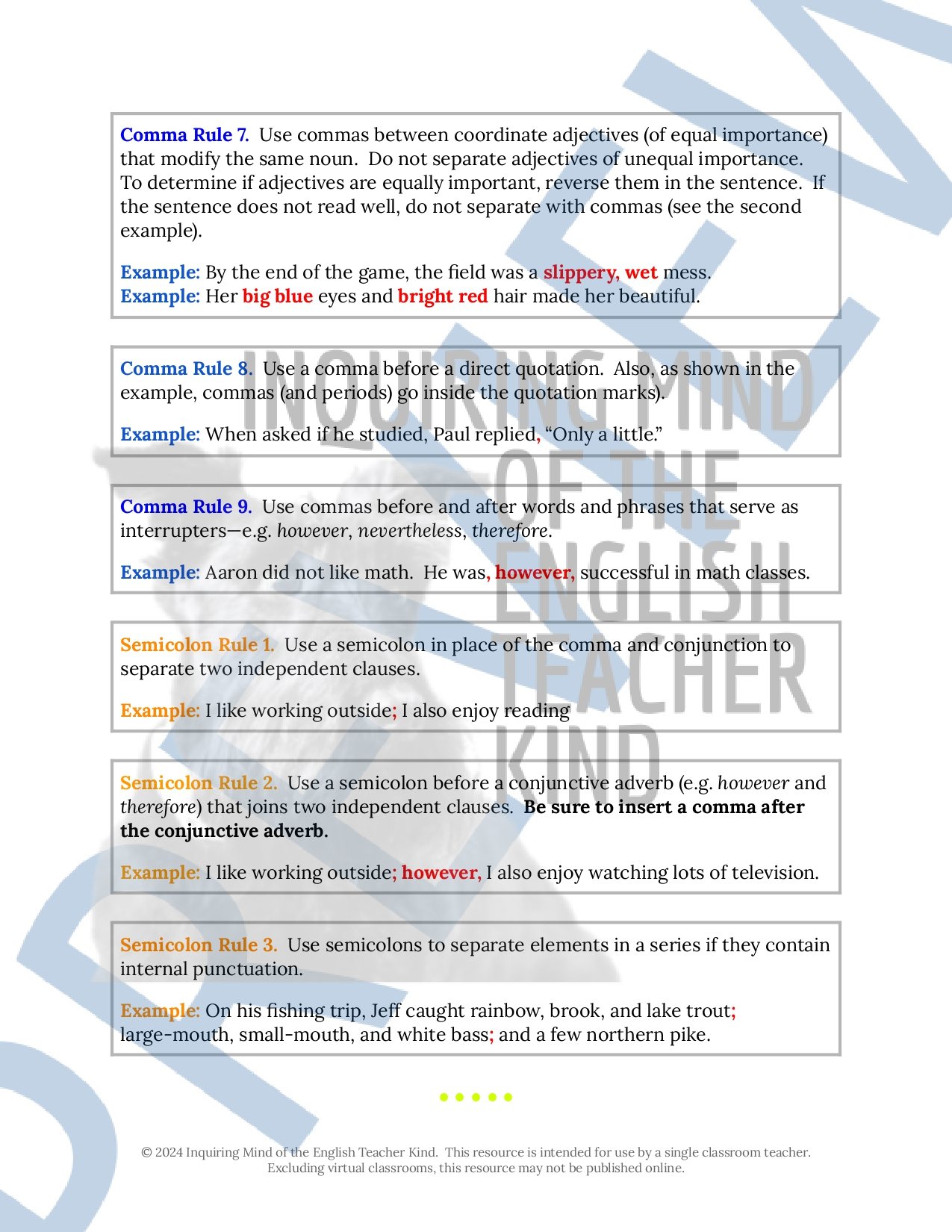 Image 173 of 250
Image 173 of 250

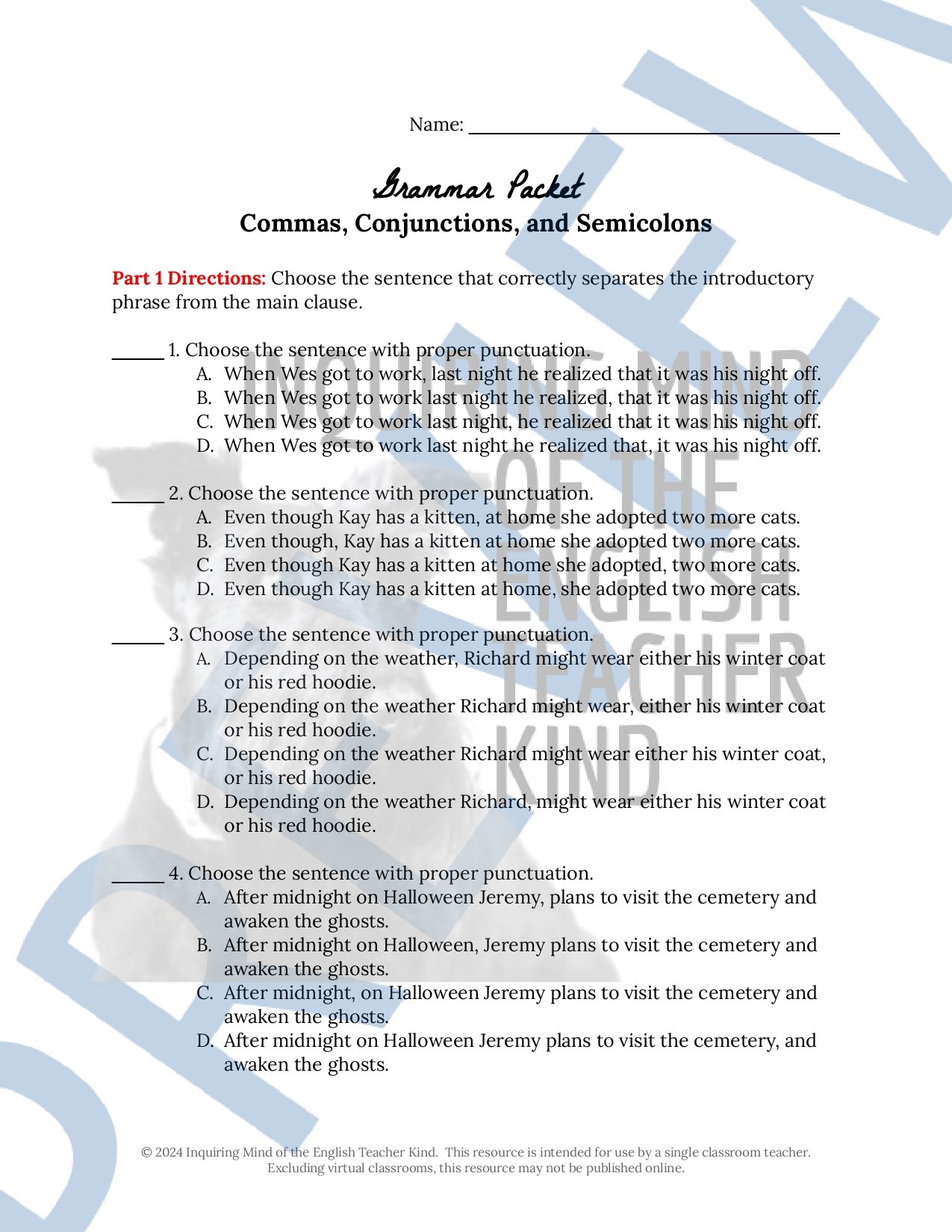 Image 174 of 250
Image 174 of 250

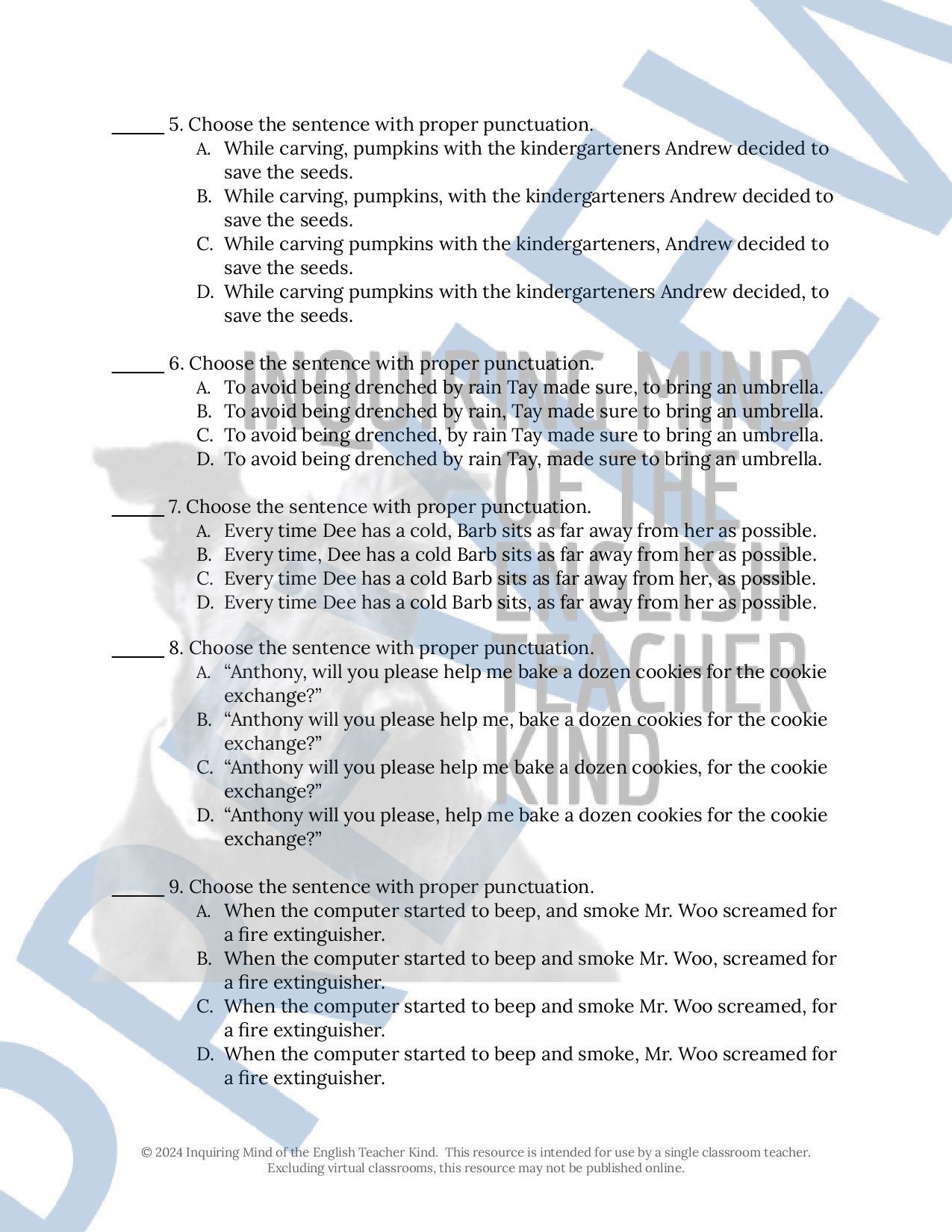 Image 175 of 250
Image 175 of 250

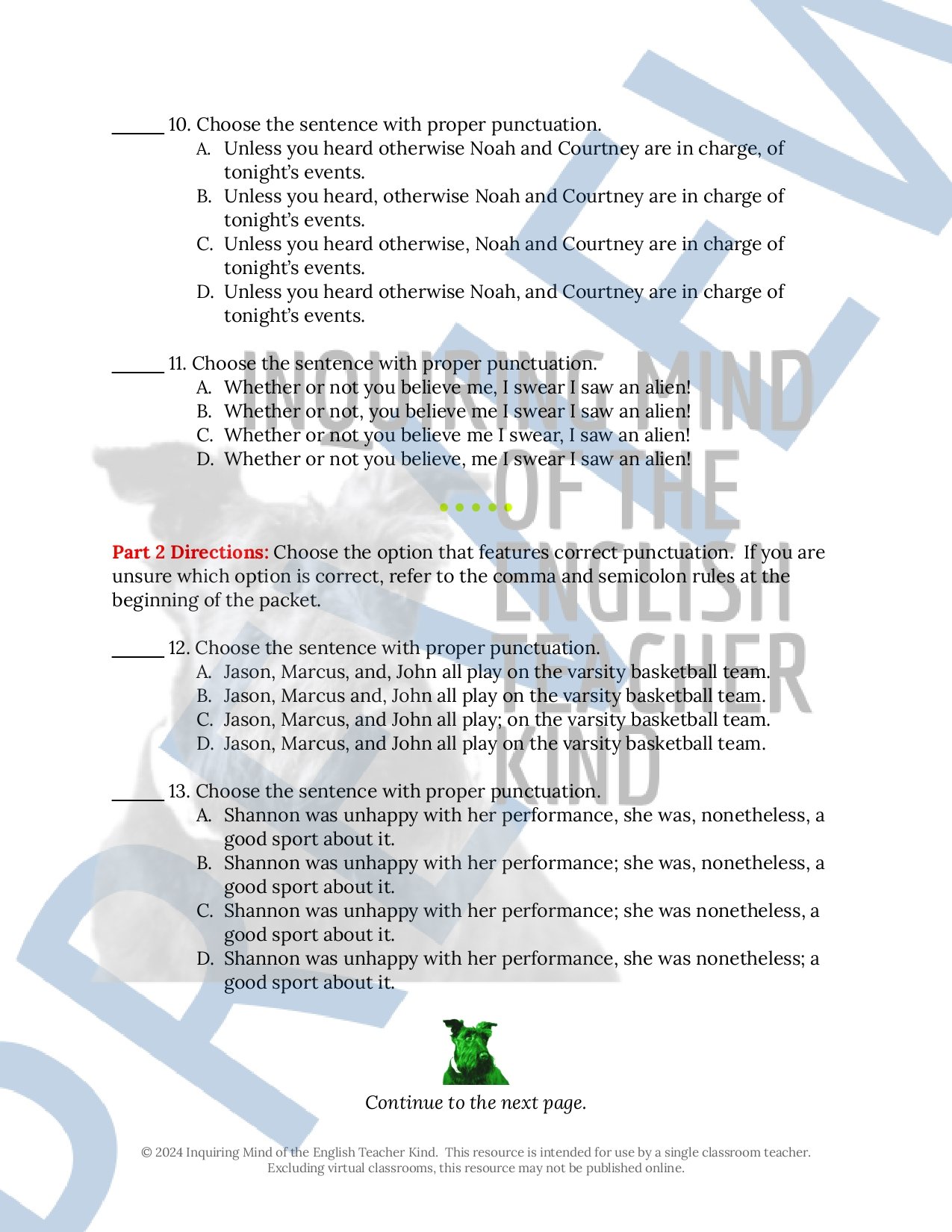 Image 176 of 250
Image 176 of 250

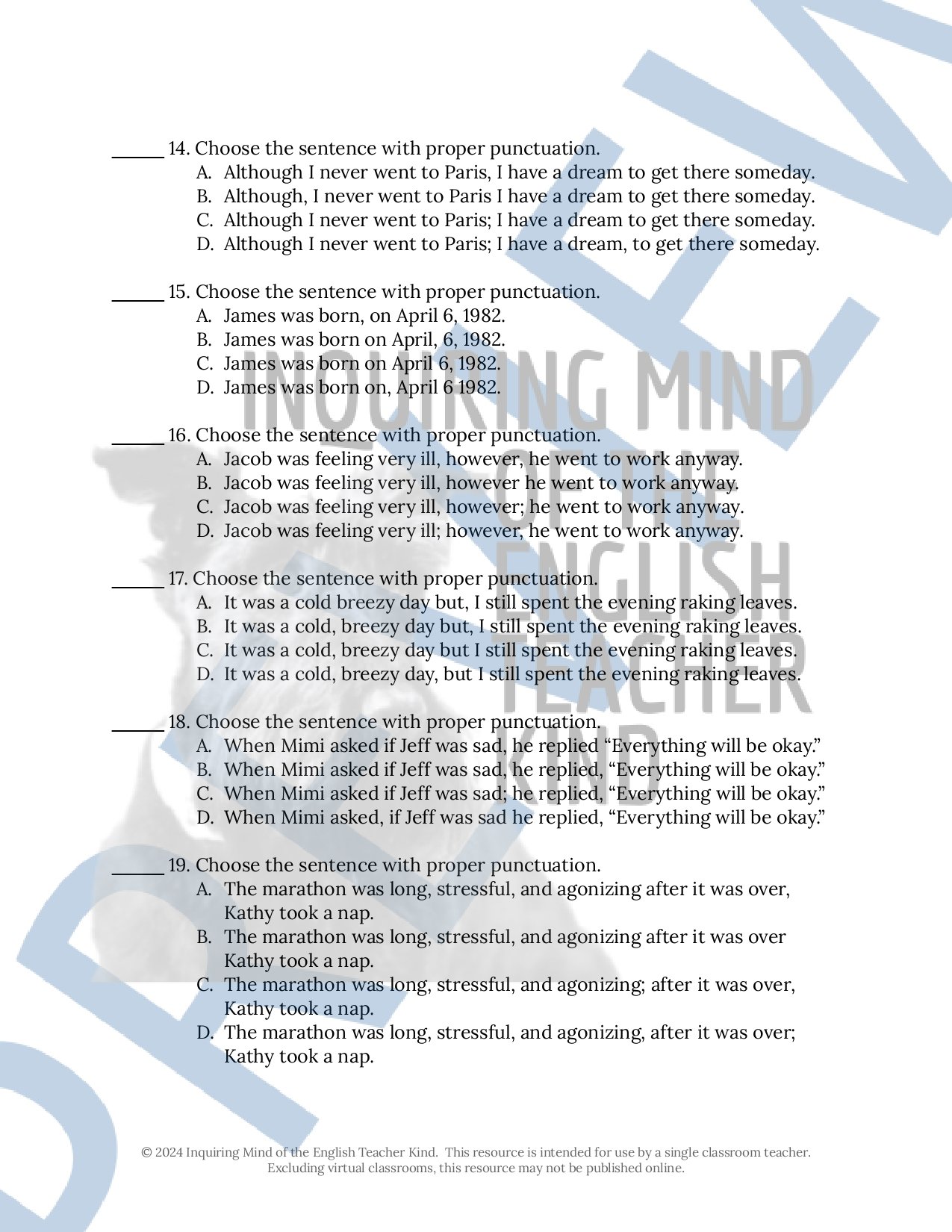 Image 177 of 250
Image 177 of 250

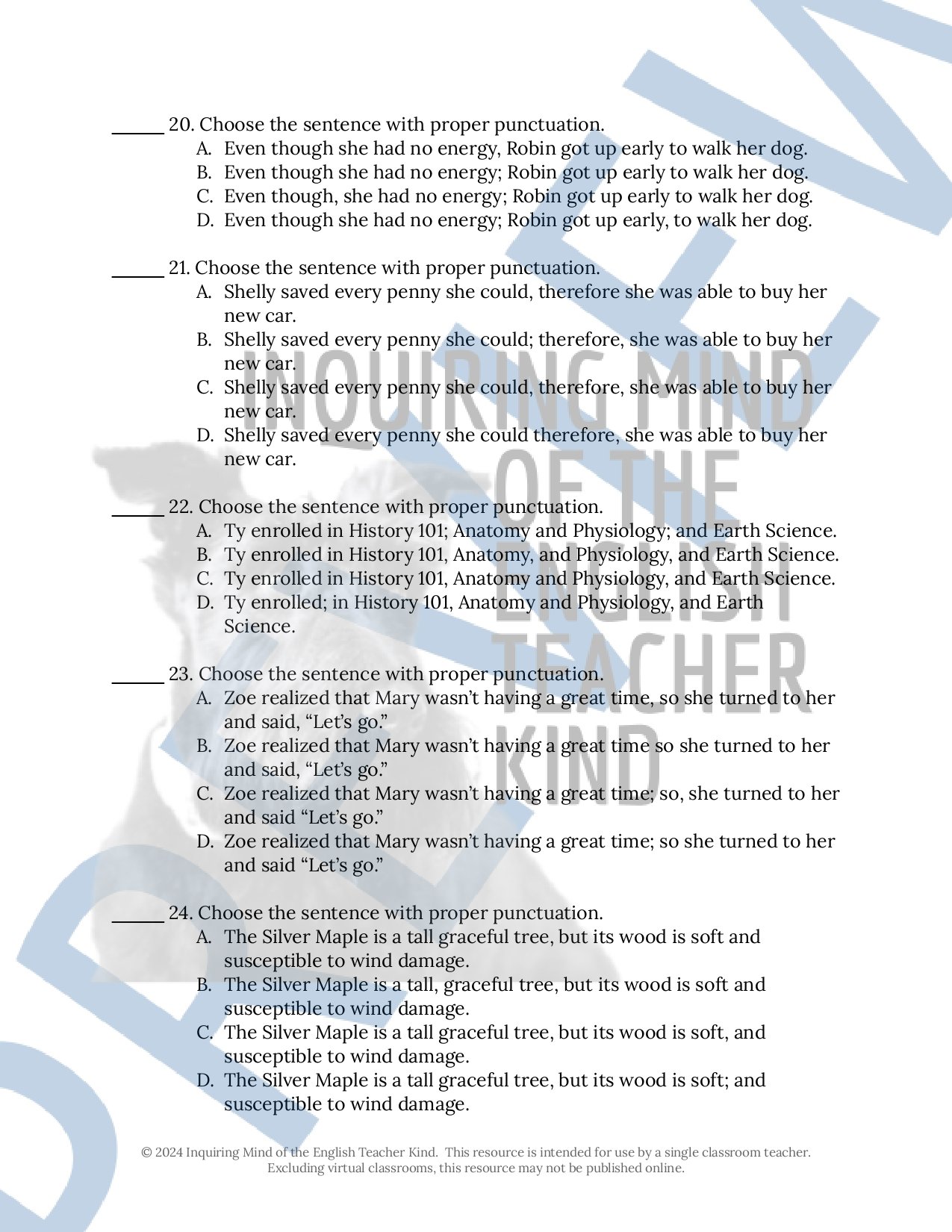 Image 178 of 250
Image 178 of 250

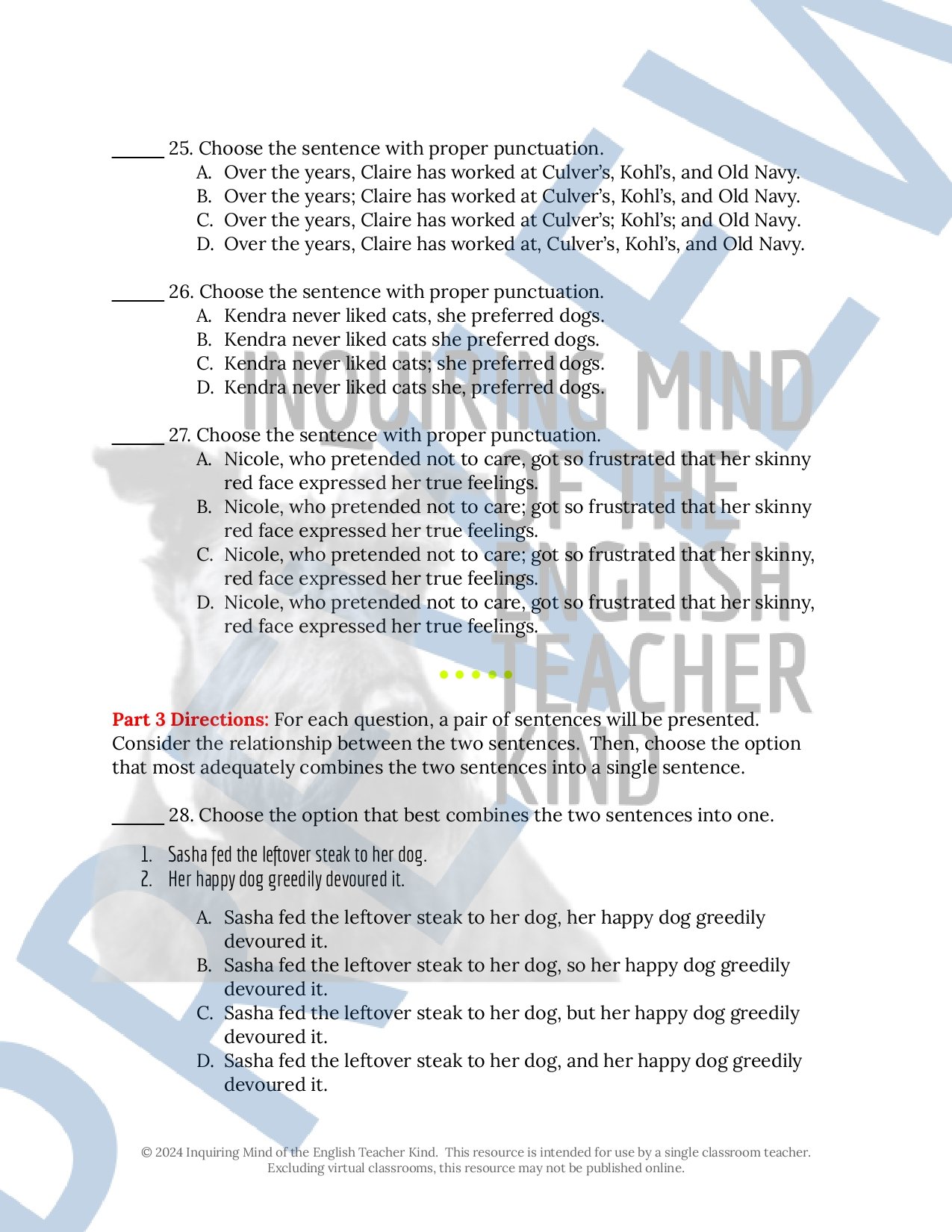 Image 179 of 250
Image 179 of 250

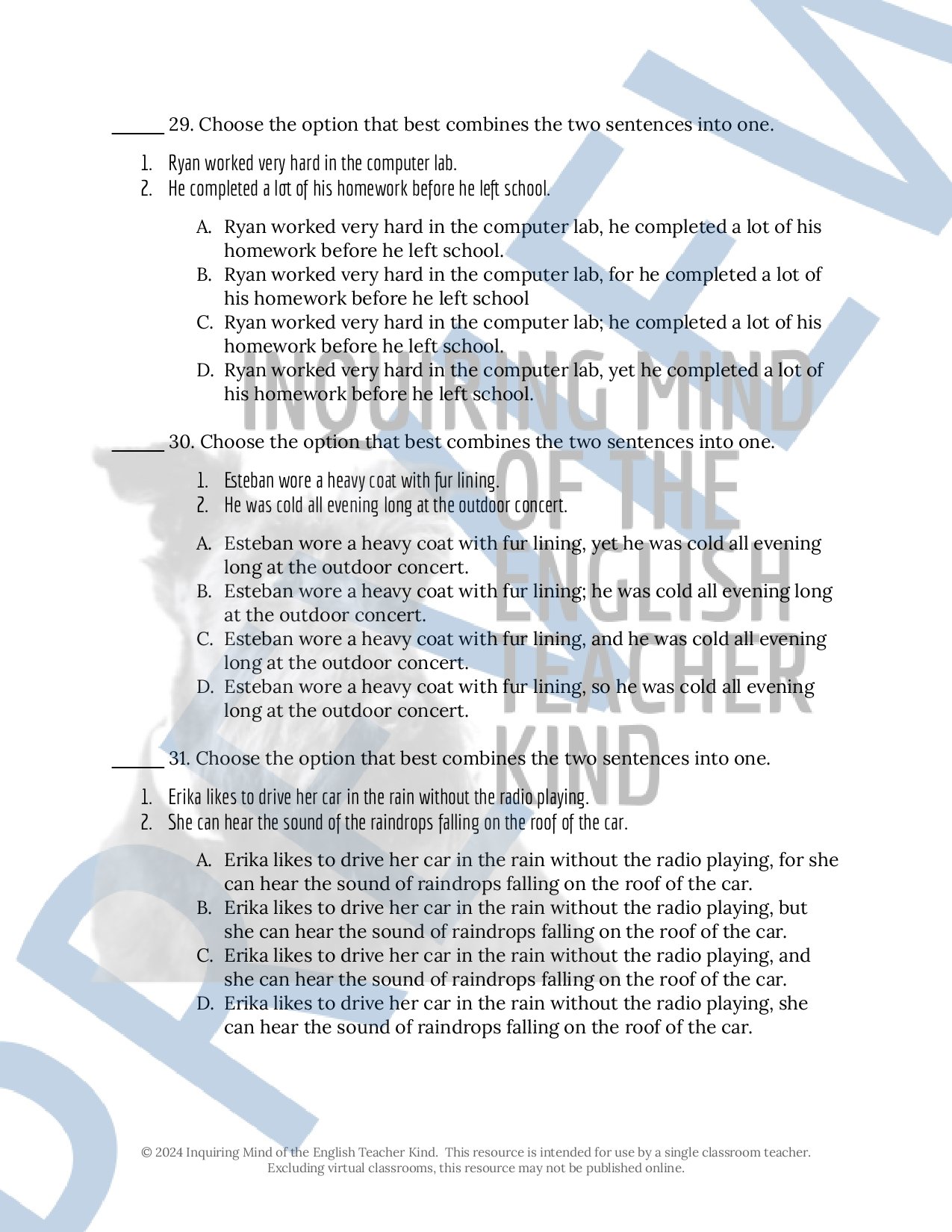 Image 180 of 250
Image 180 of 250

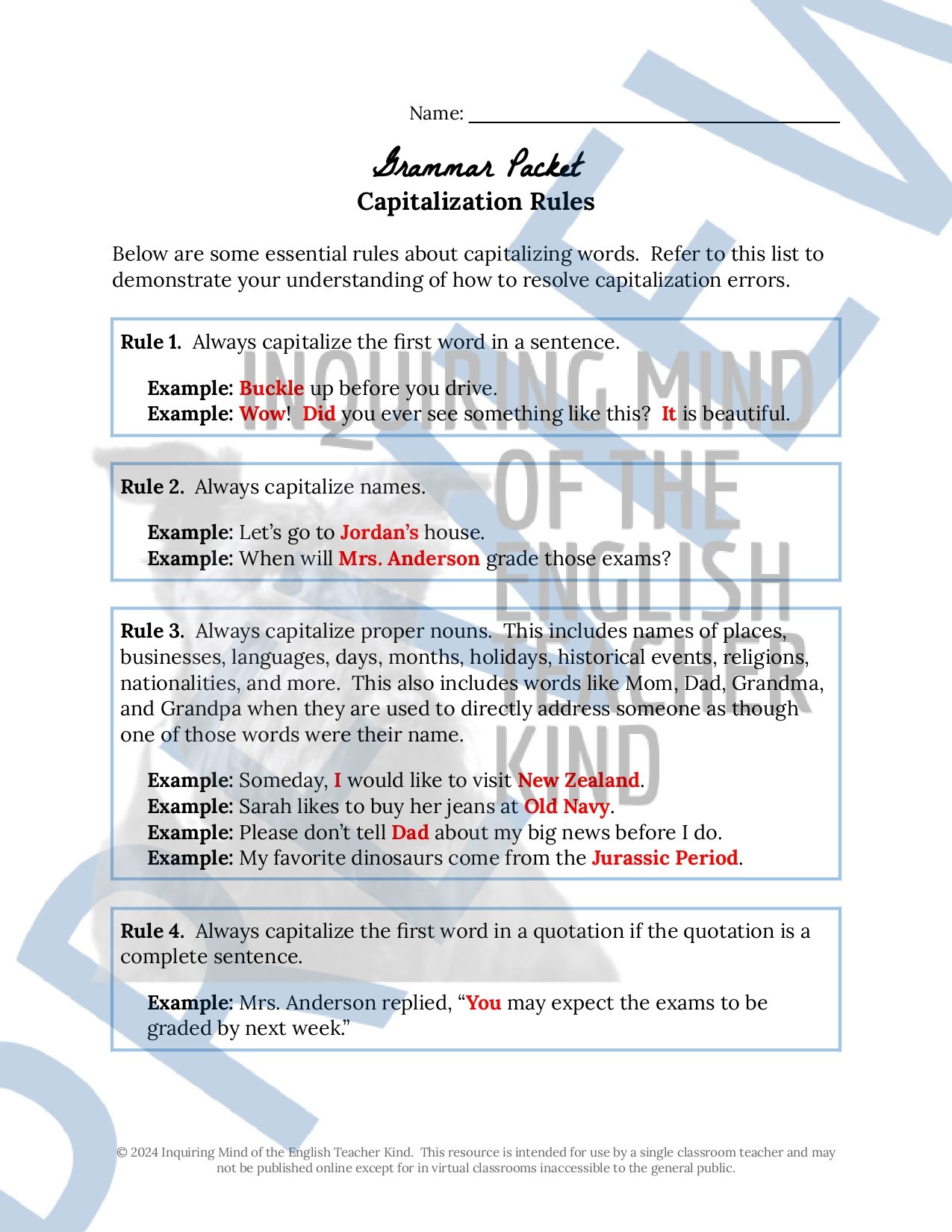 Image 181 of 250
Image 181 of 250

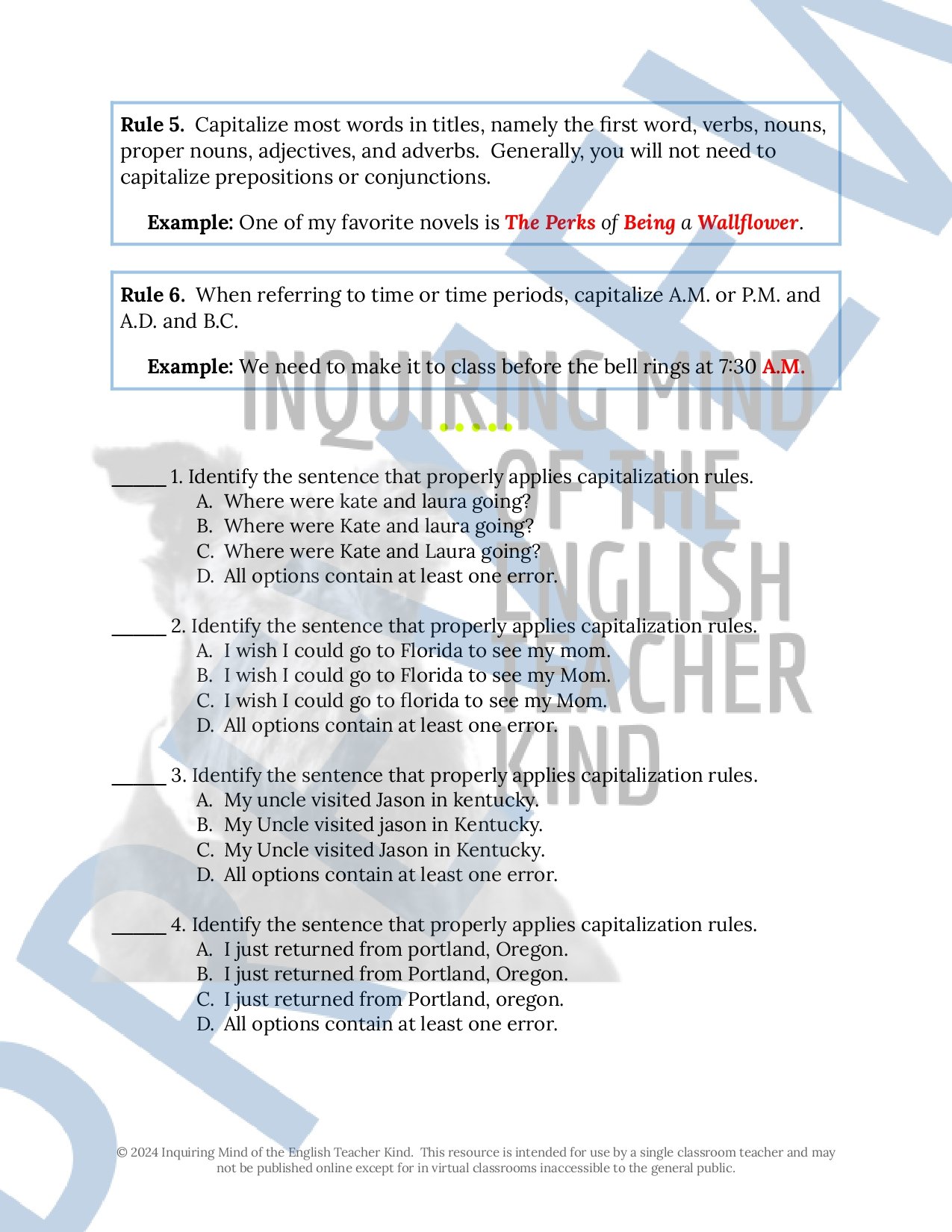 Image 182 of 250
Image 182 of 250

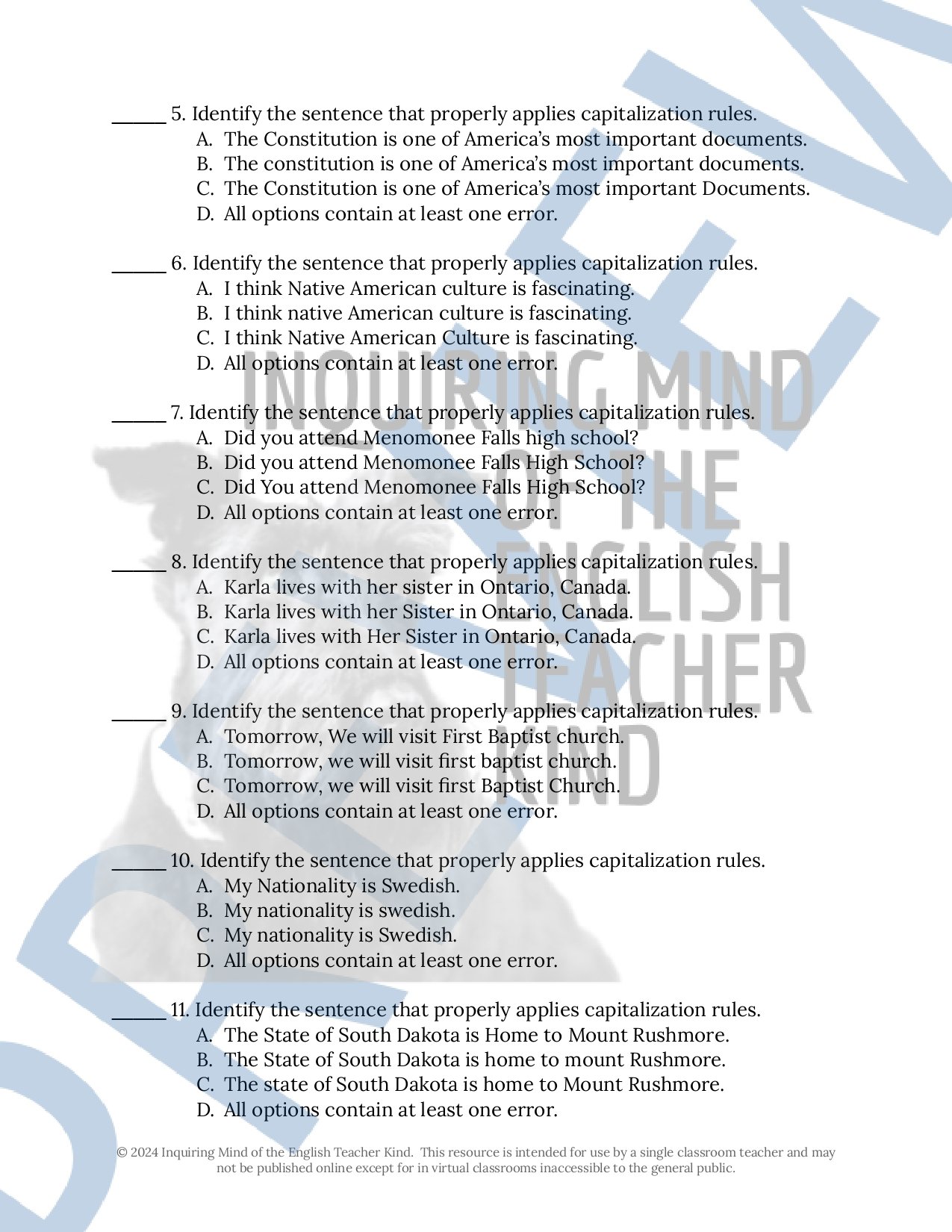 Image 183 of 250
Image 183 of 250

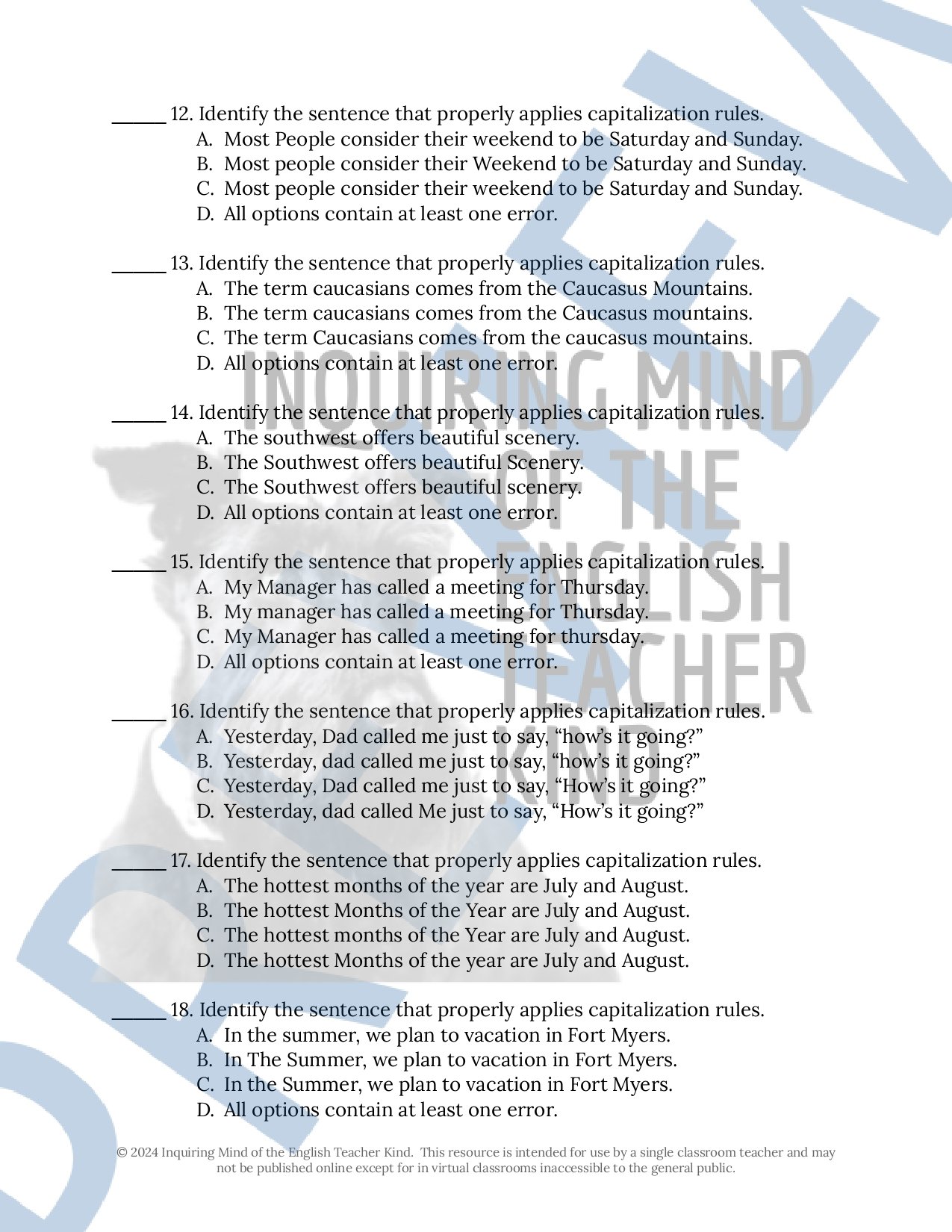 Image 184 of 250
Image 184 of 250

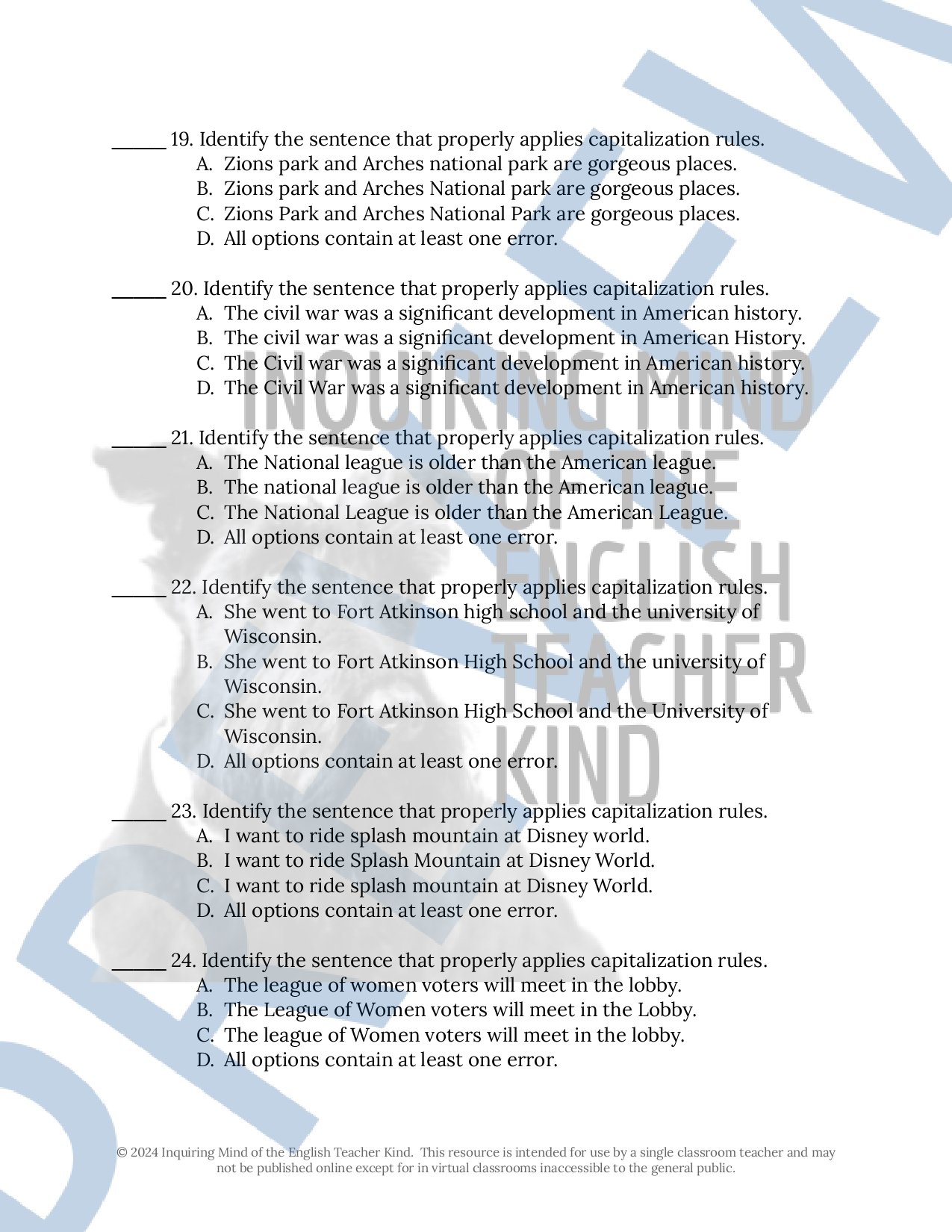 Image 185 of 250
Image 185 of 250

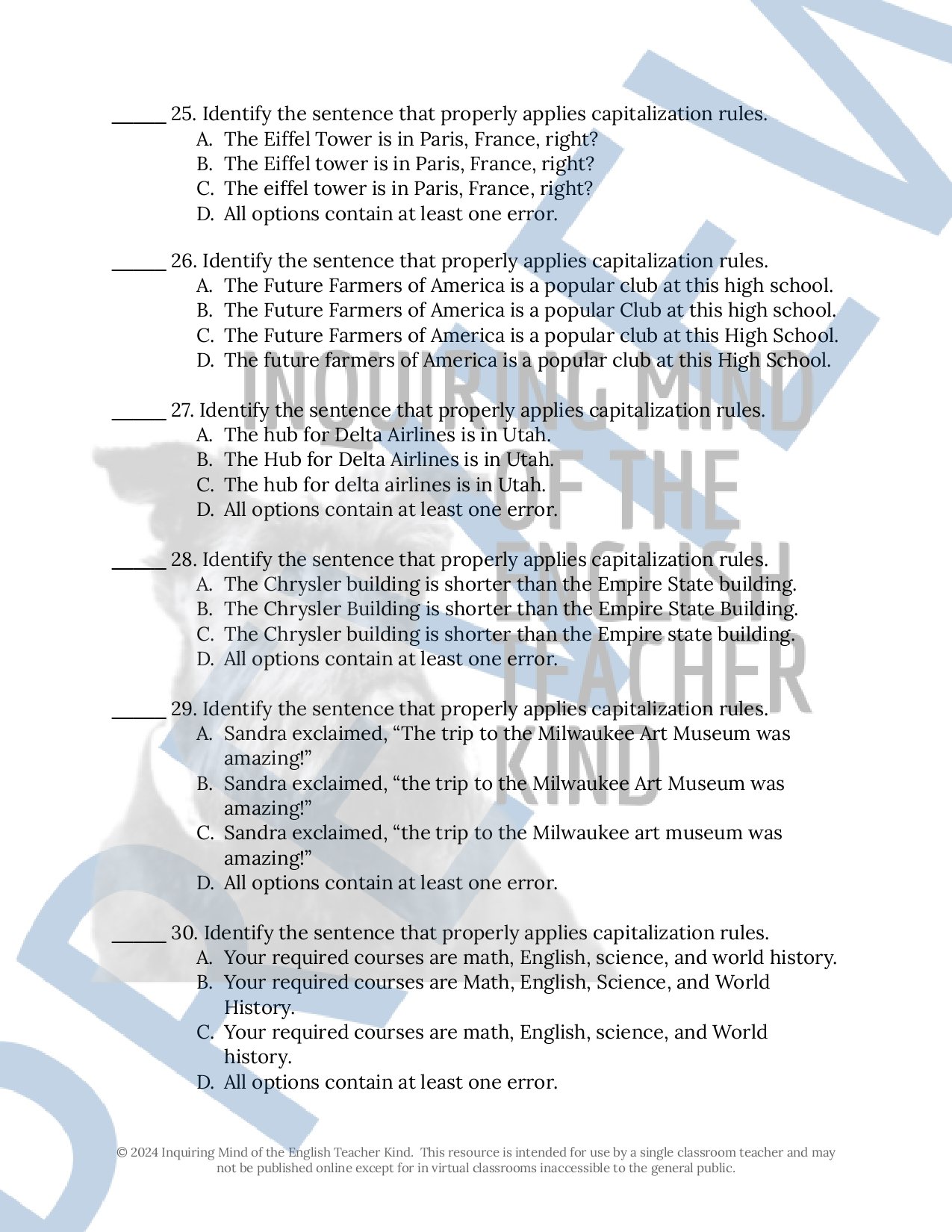 Image 186 of 250
Image 186 of 250

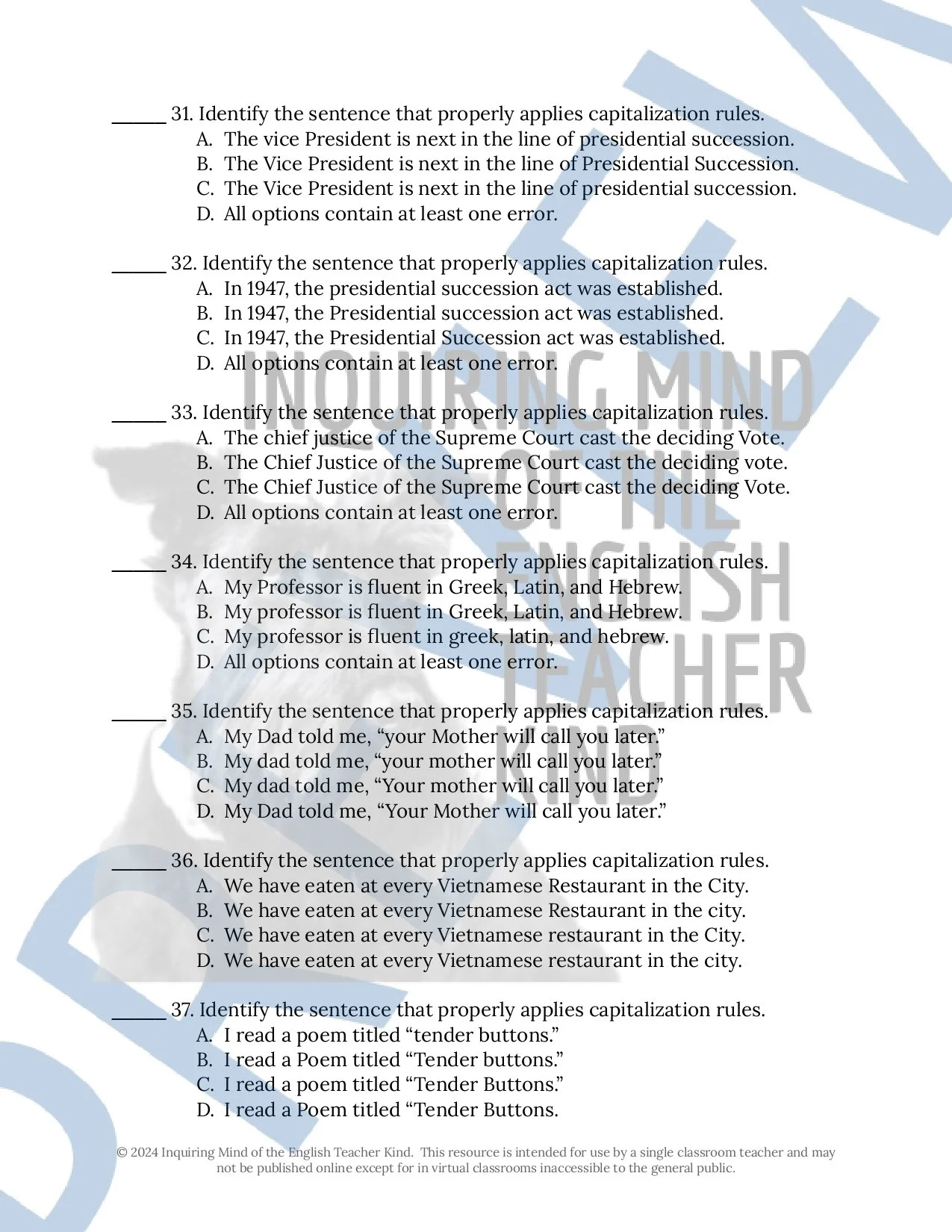 Image 187 of 250
Image 187 of 250

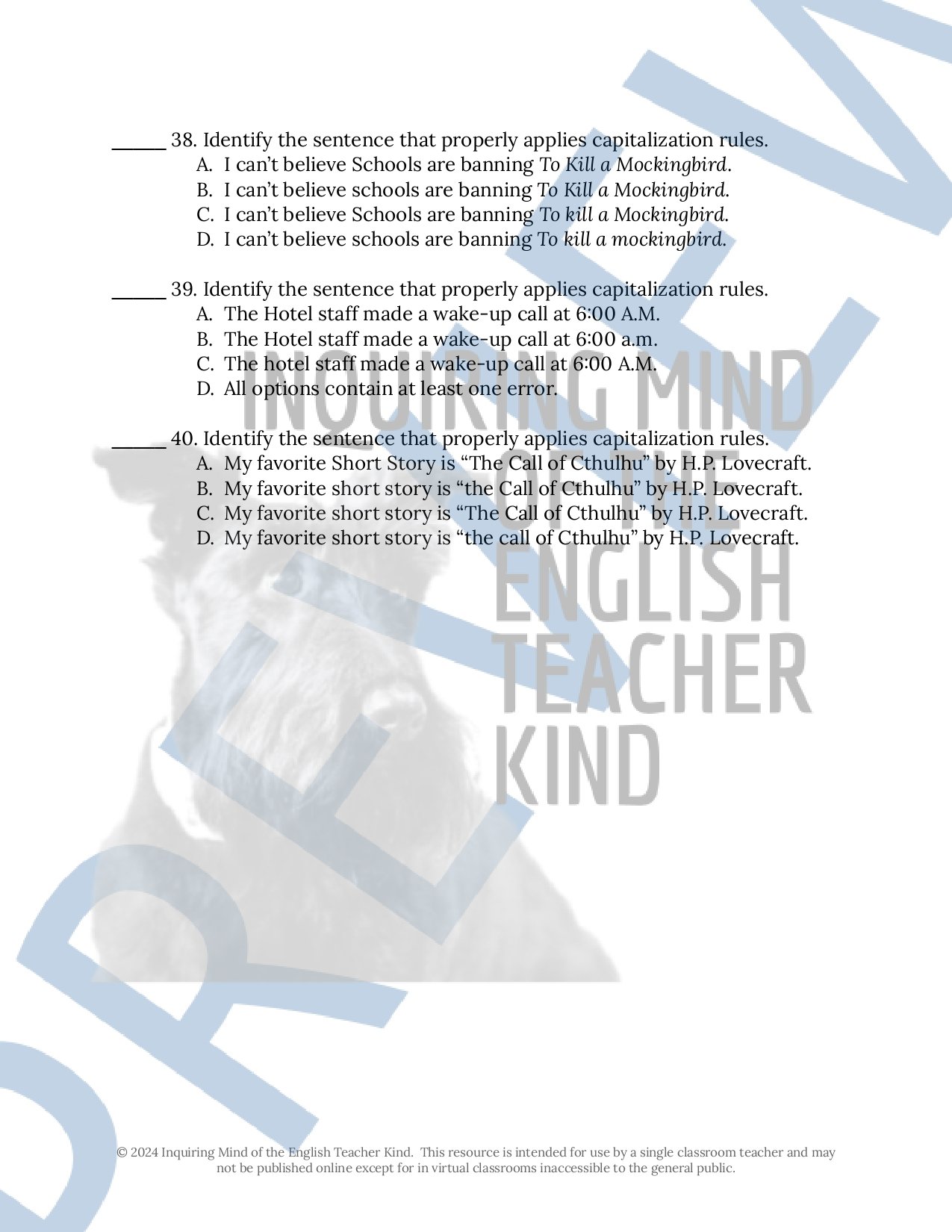 Image 188 of 250
Image 188 of 250

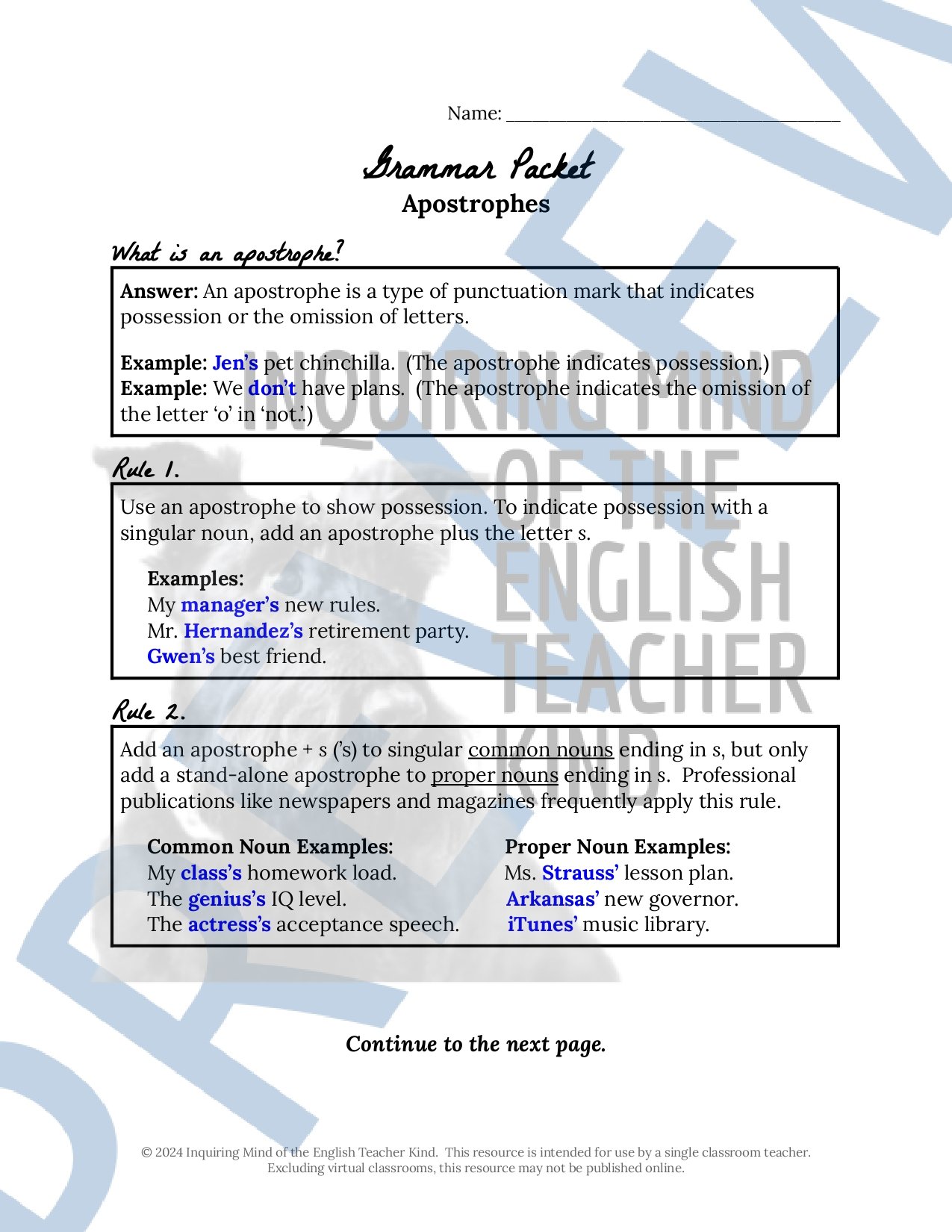 Image 189 of 250
Image 189 of 250

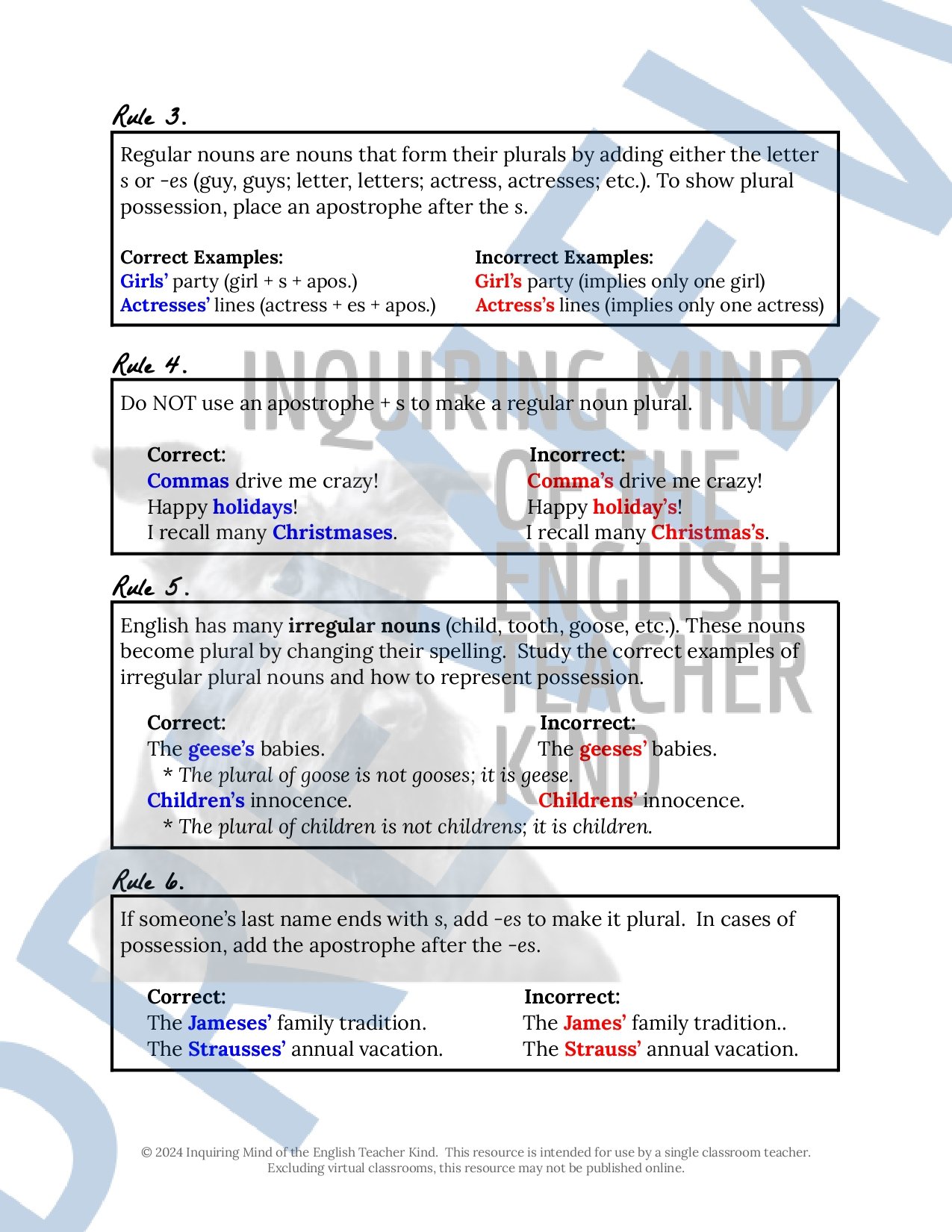 Image 190 of 250
Image 190 of 250

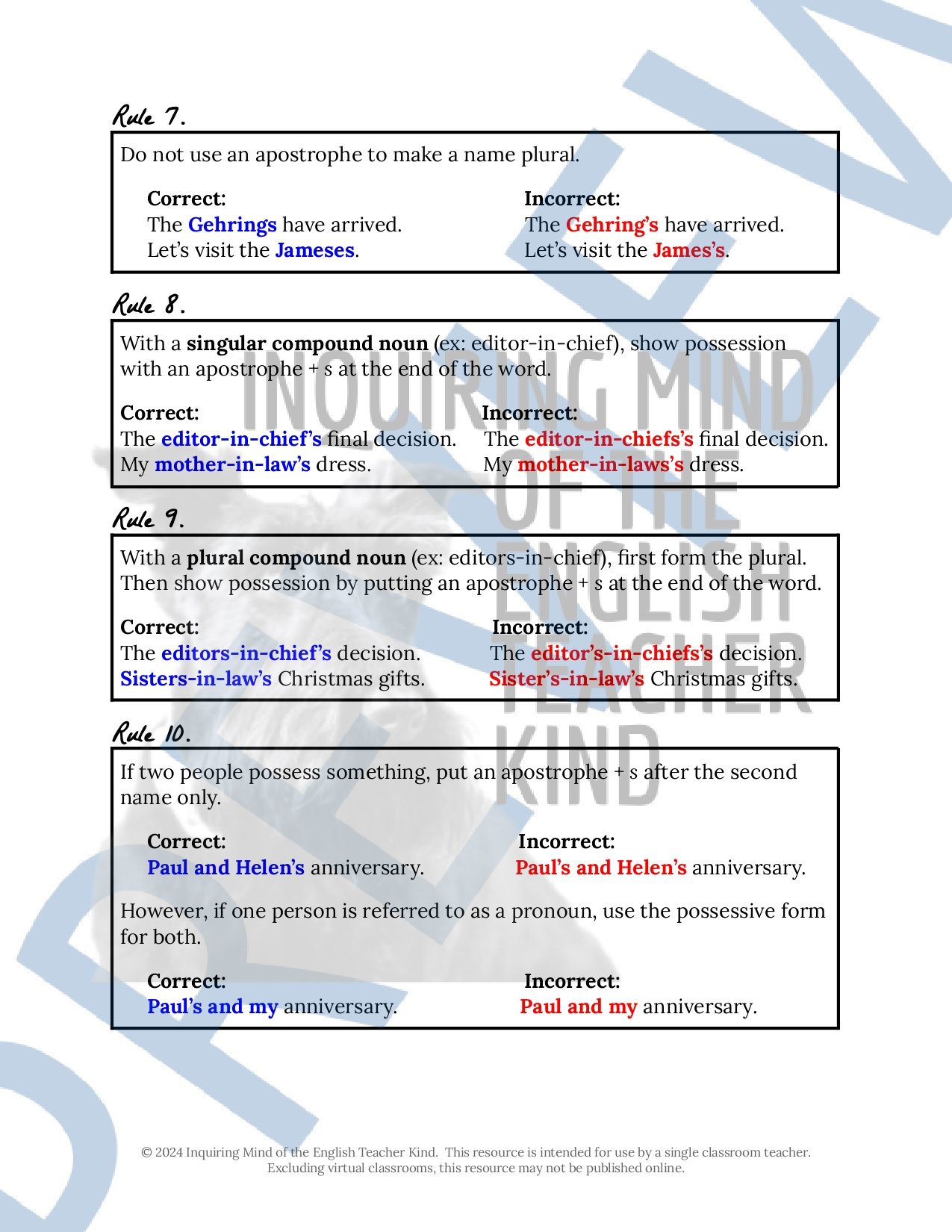 Image 191 of 250
Image 191 of 250

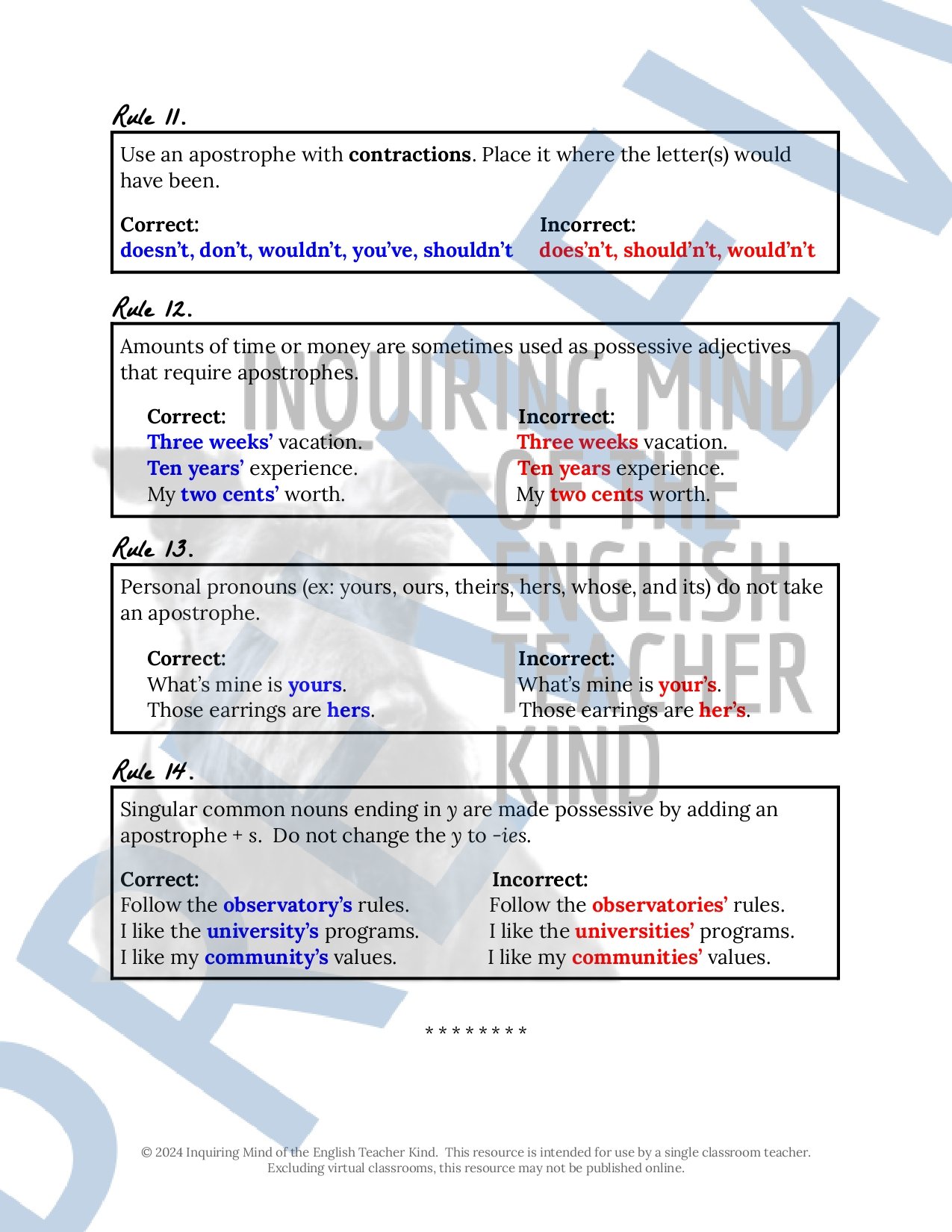 Image 192 of 250
Image 192 of 250

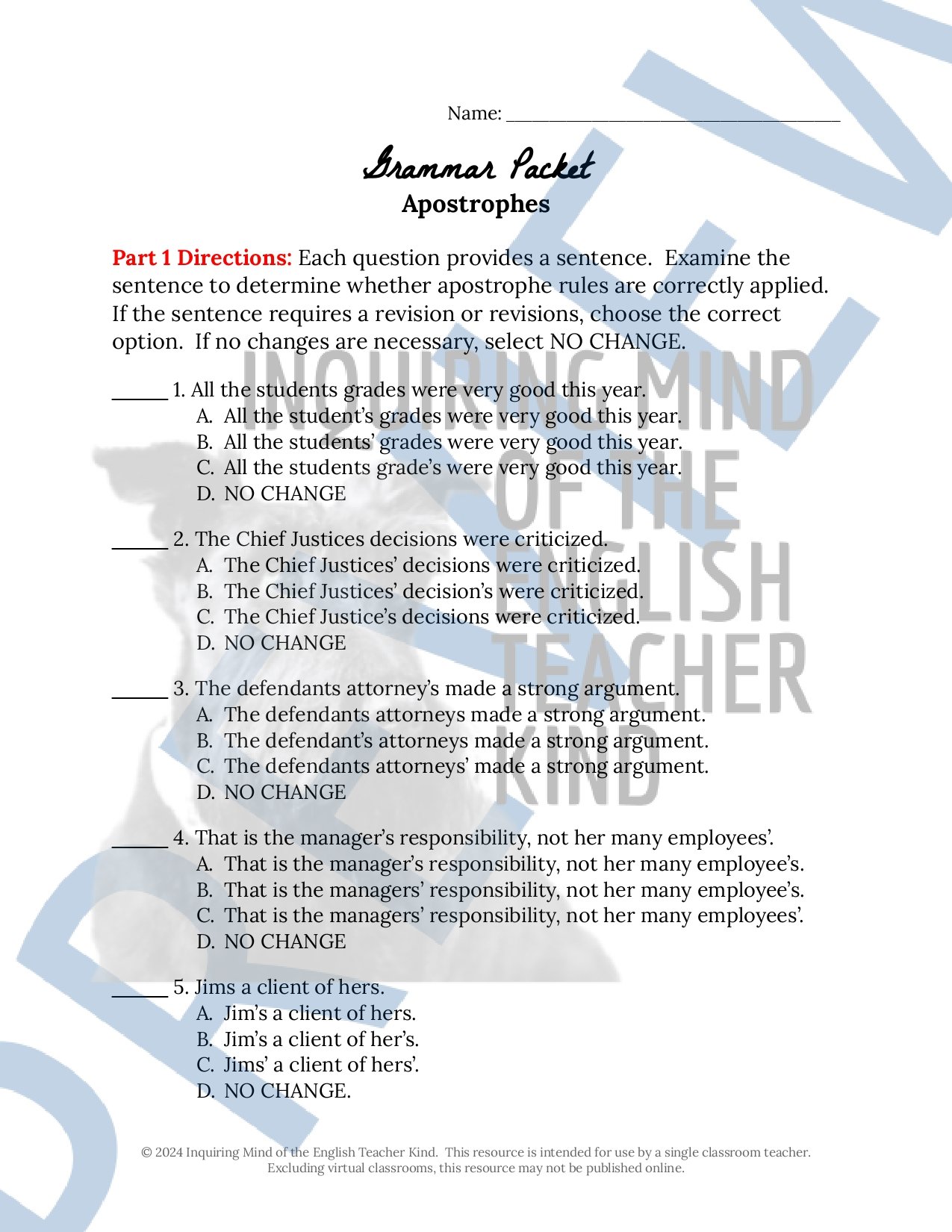 Image 193 of 250
Image 193 of 250

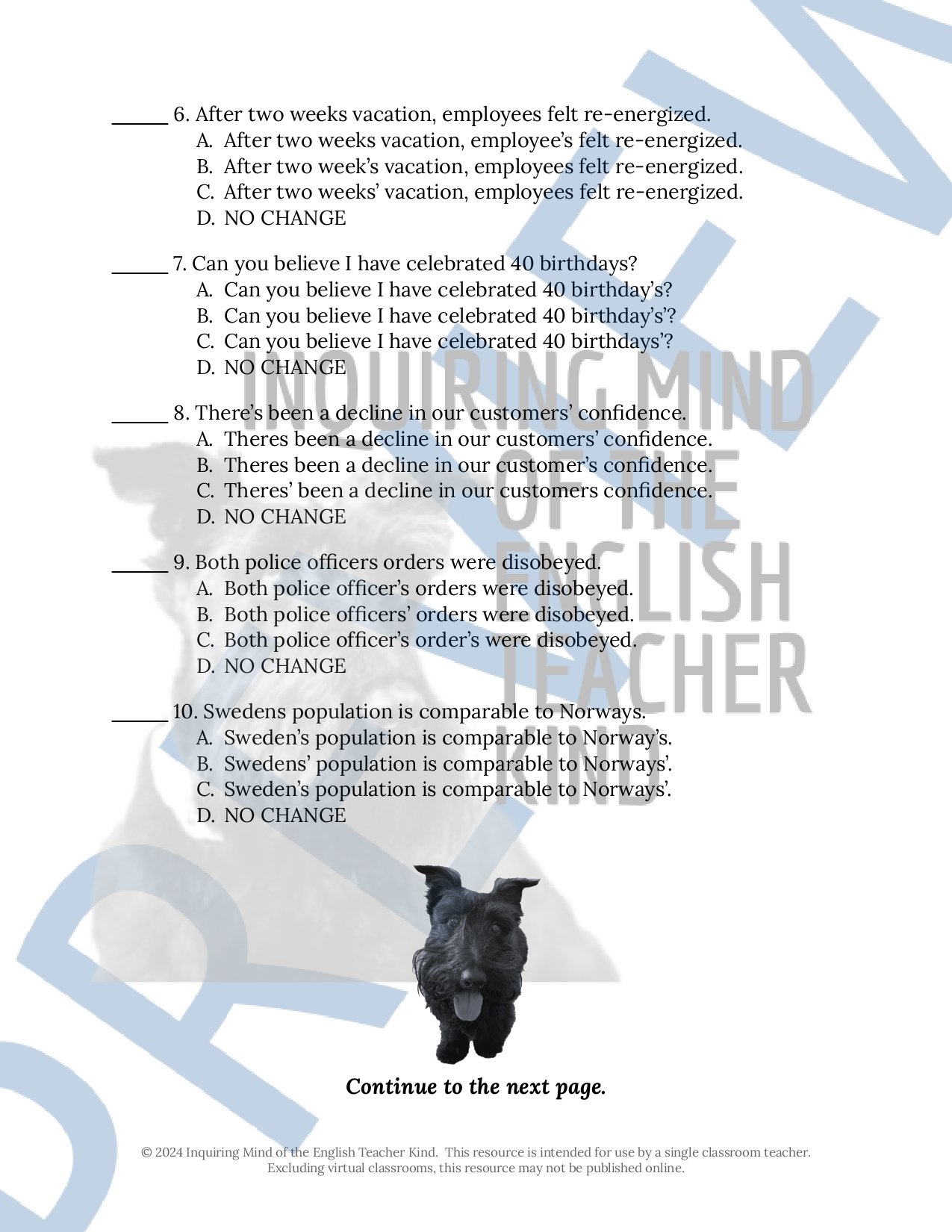 Image 194 of 250
Image 194 of 250

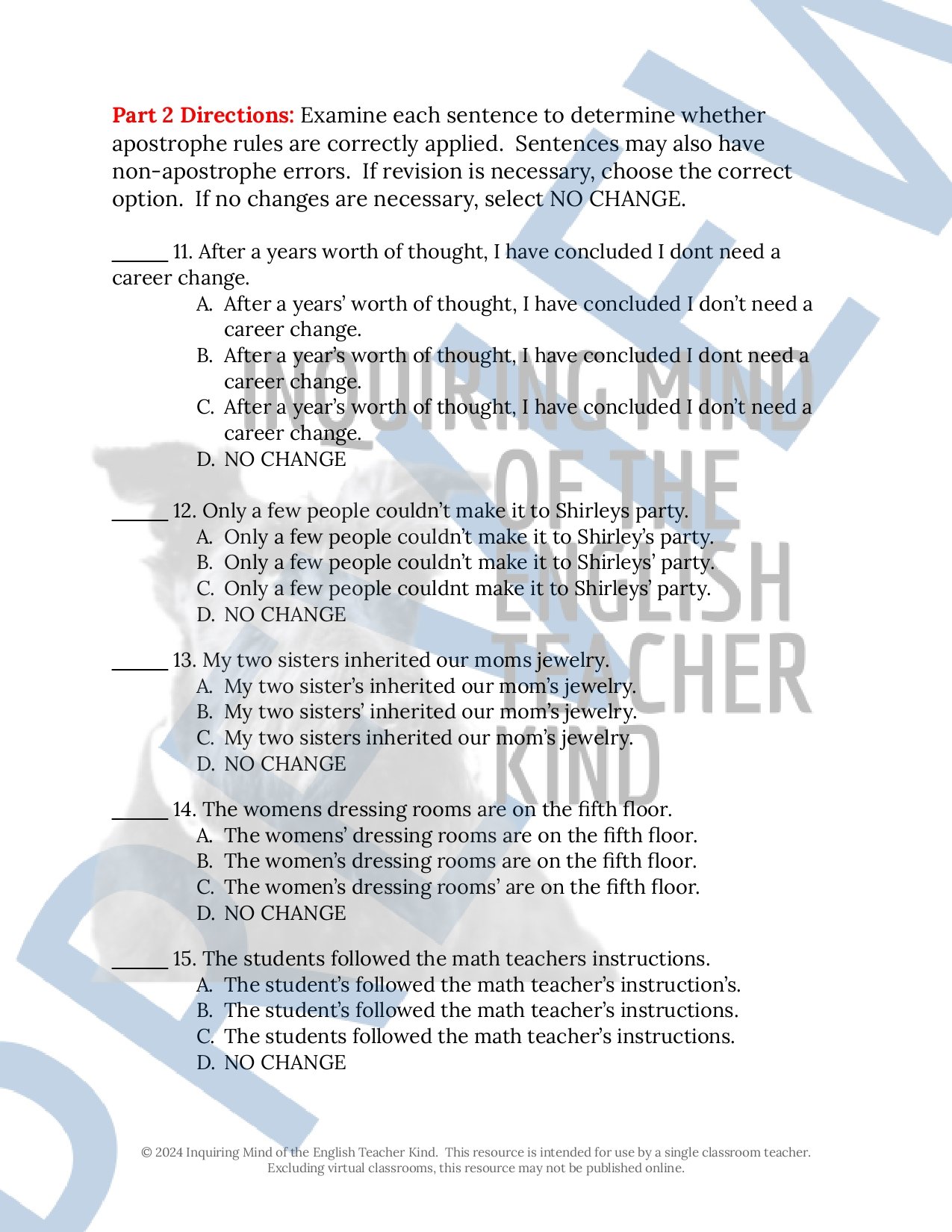 Image 195 of 250
Image 195 of 250

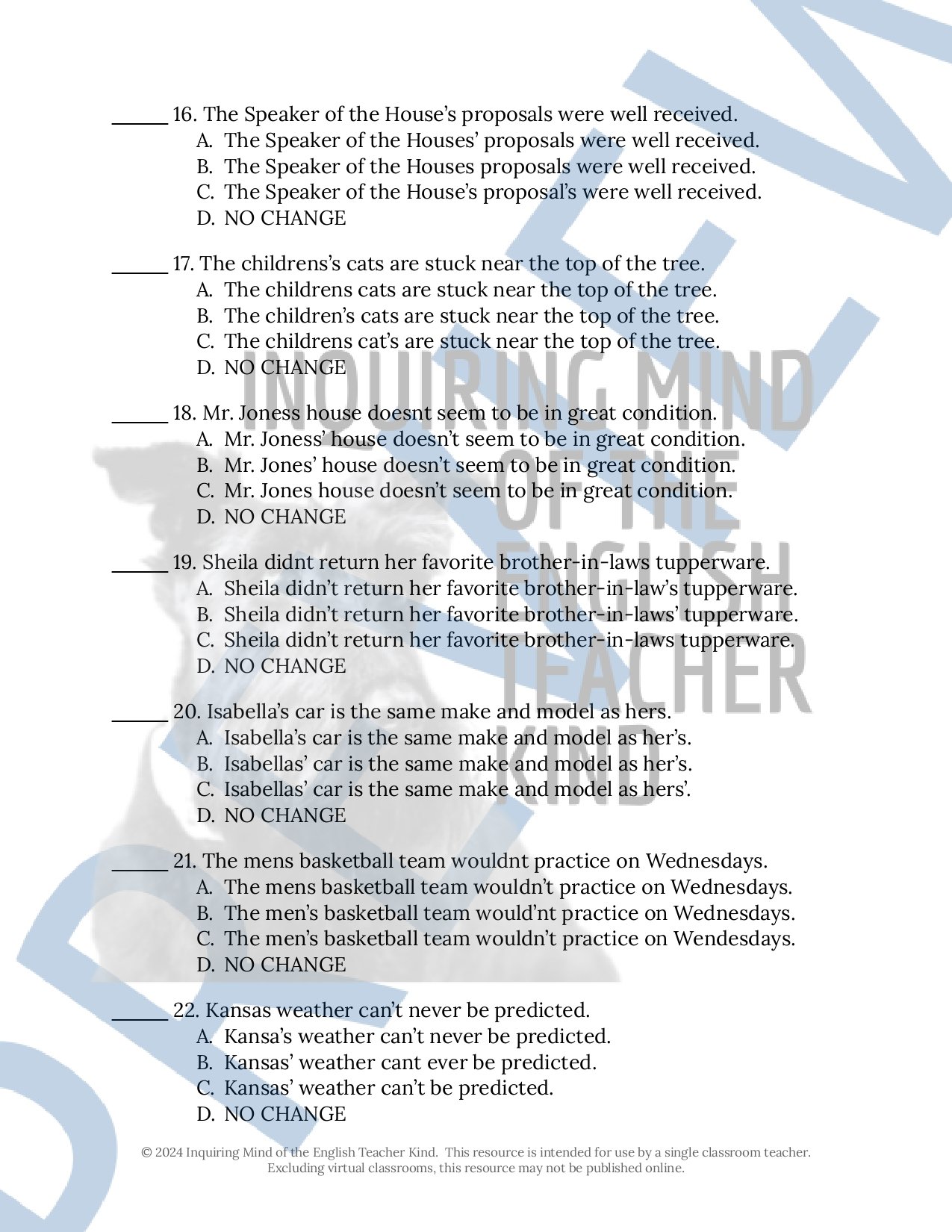 Image 196 of 250
Image 196 of 250

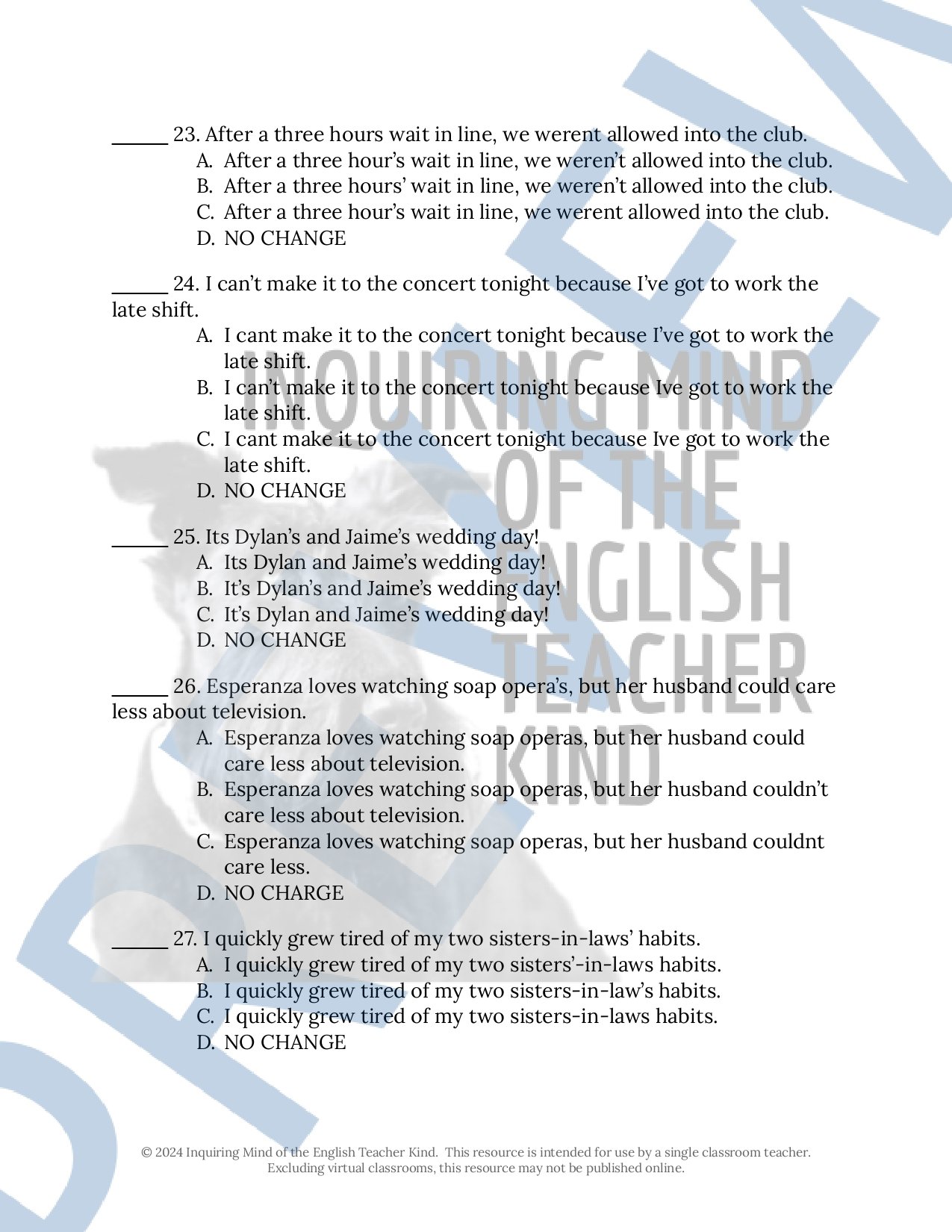 Image 197 of 250
Image 197 of 250

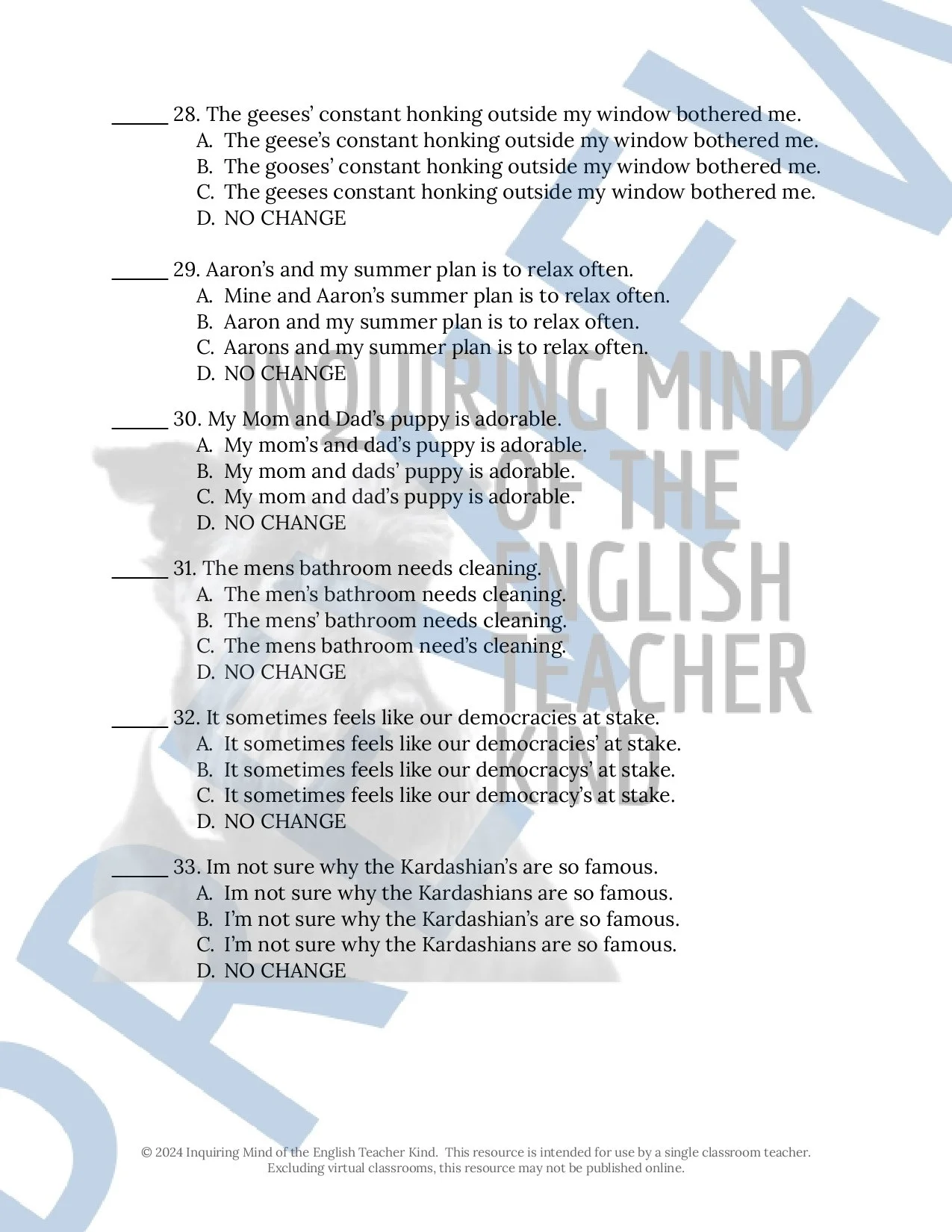 Image 198 of 250
Image 198 of 250

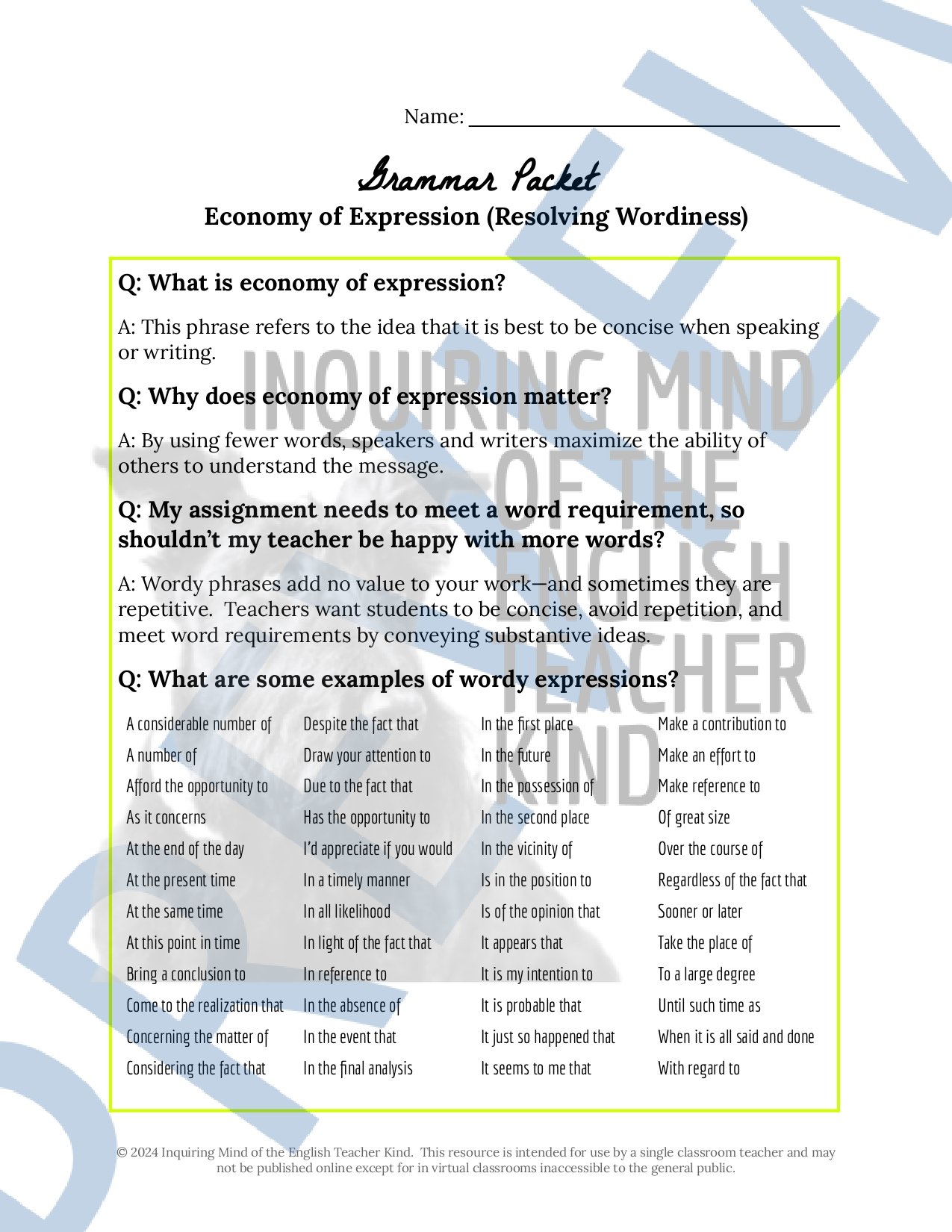 Image 199 of 250
Image 199 of 250

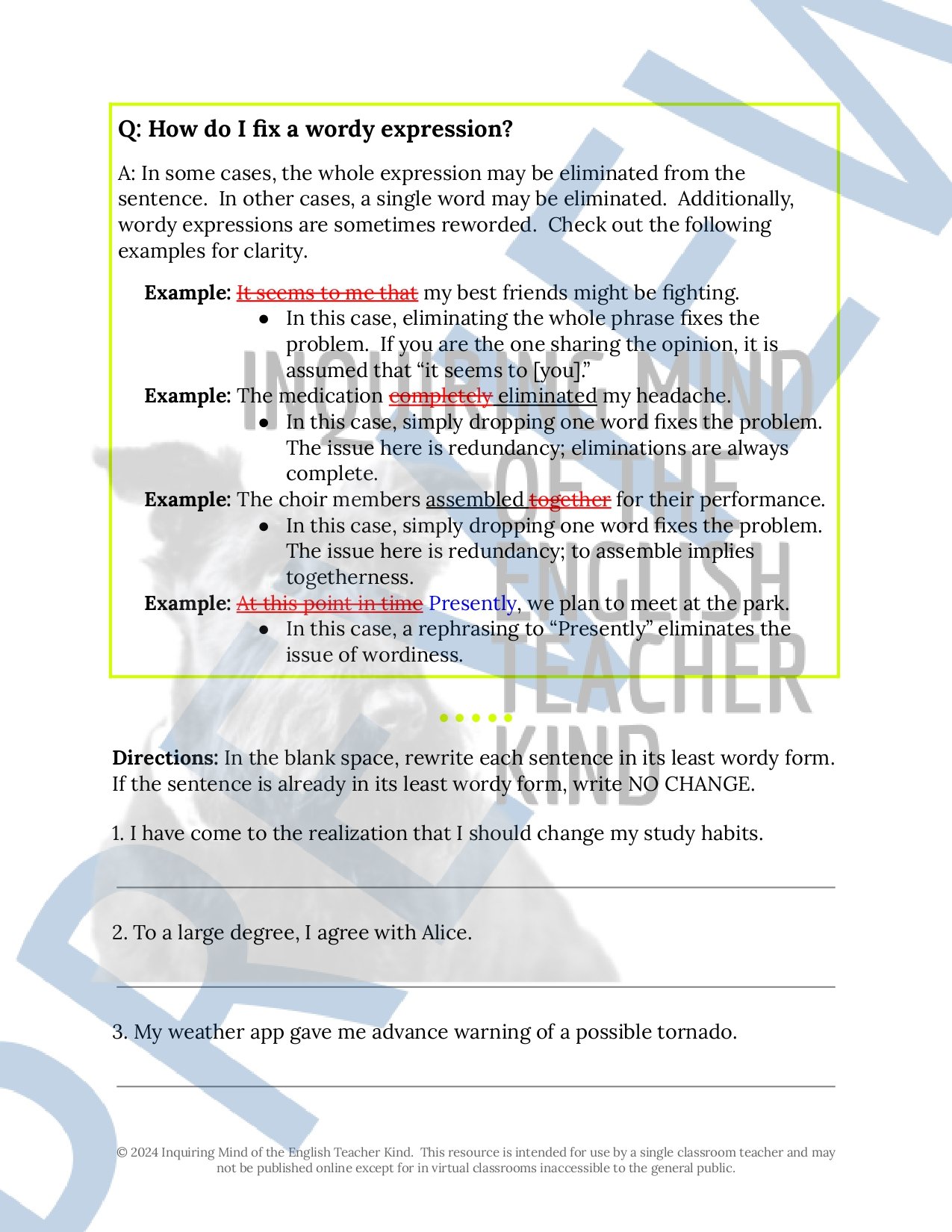 Image 200 of 250
Image 200 of 250

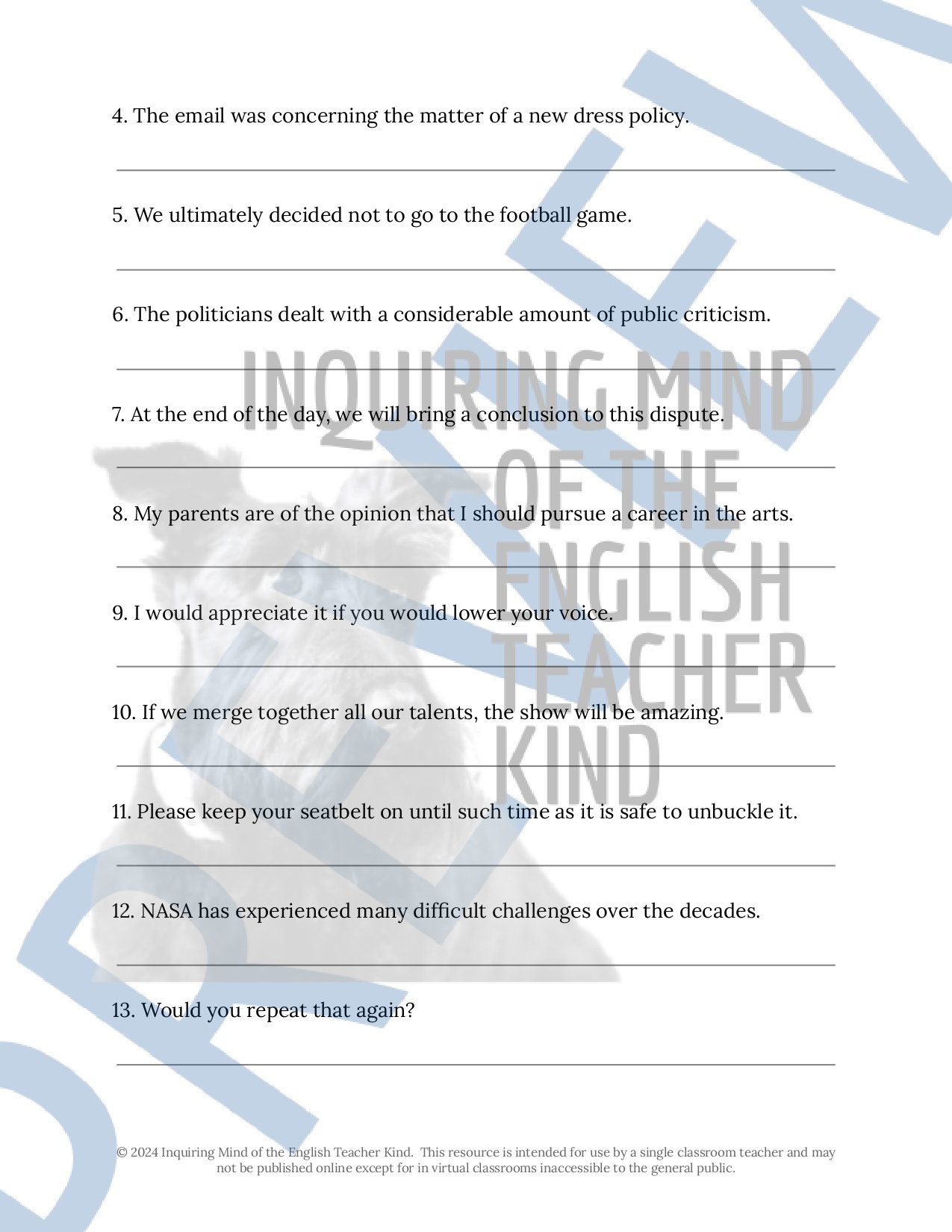 Image 201 of 250
Image 201 of 250

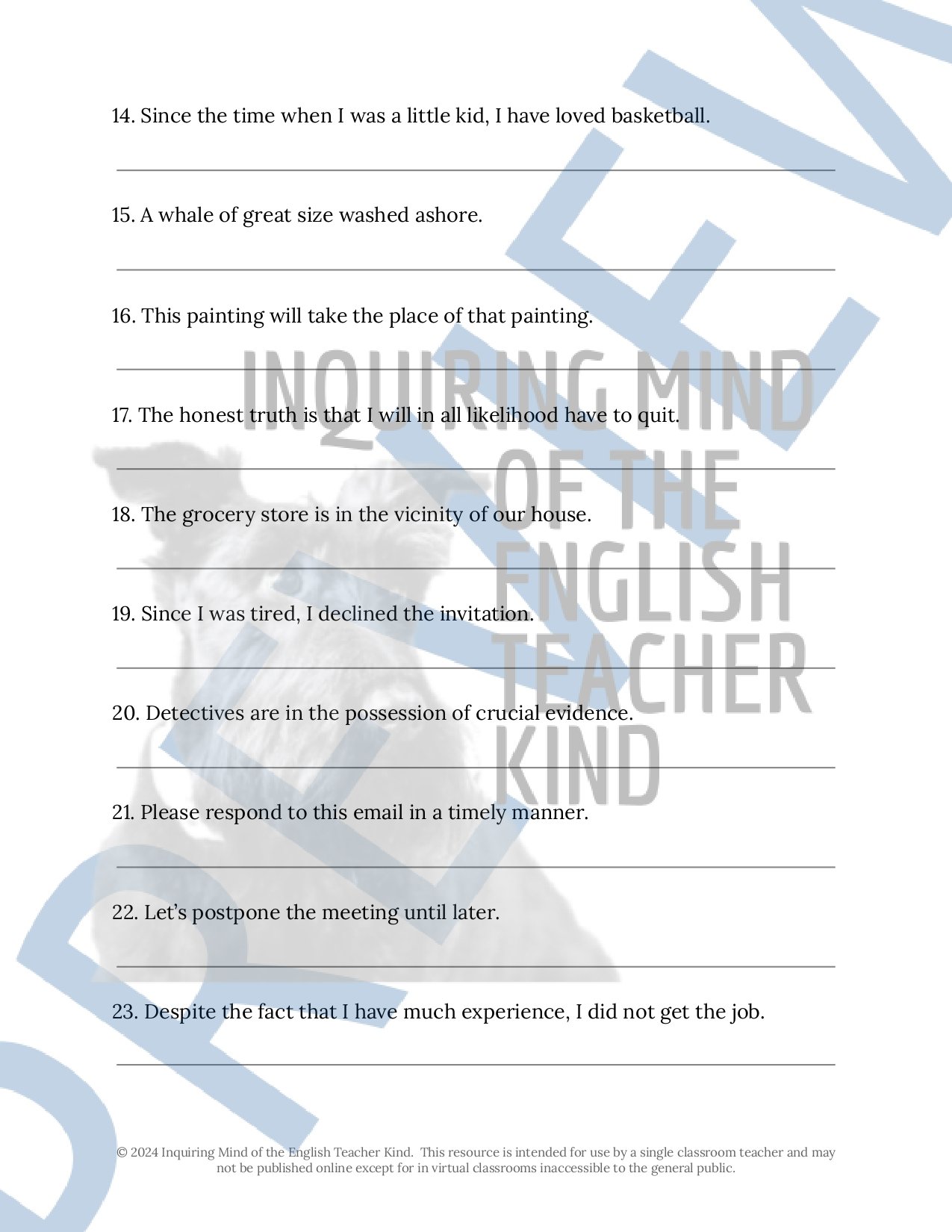 Image 202 of 250
Image 202 of 250

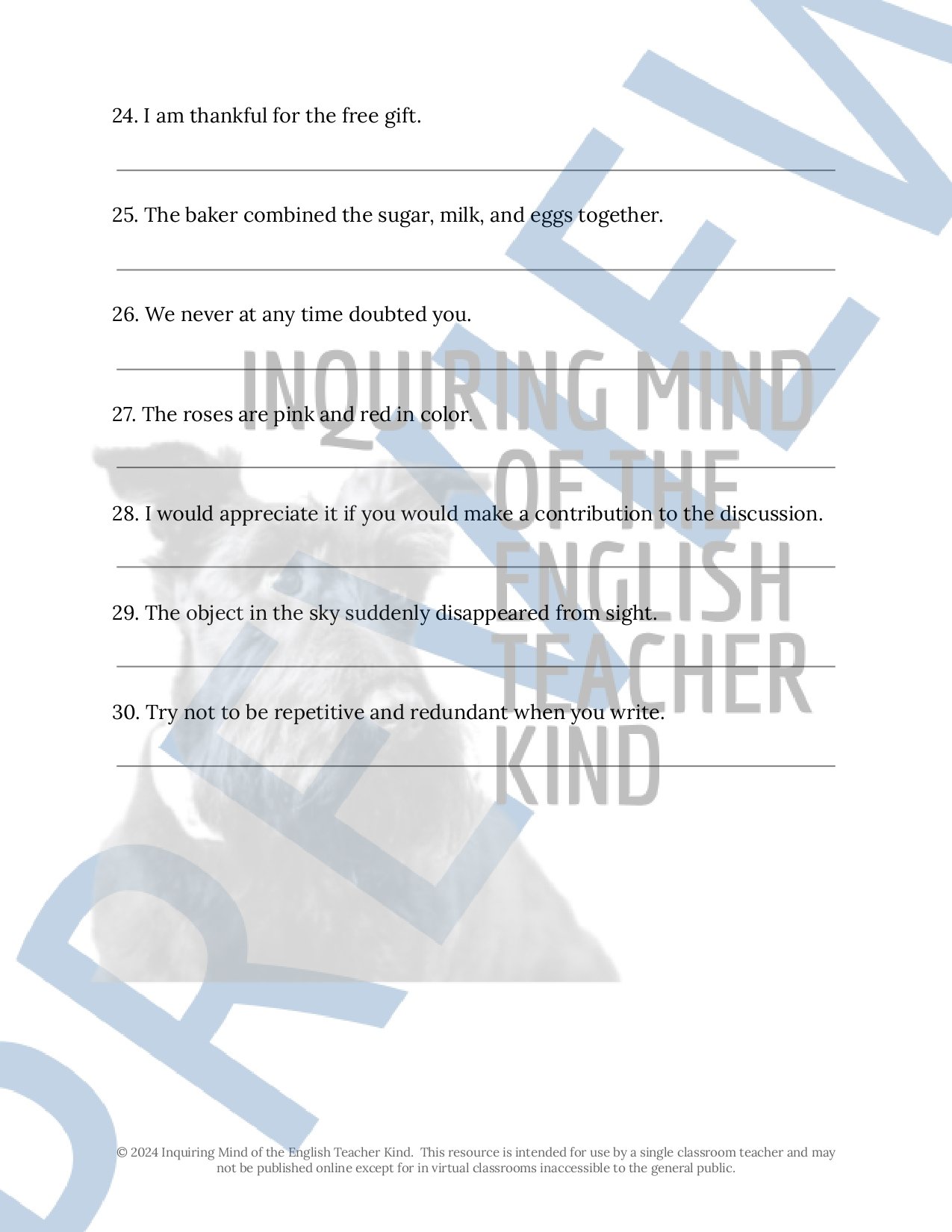 Image 203 of 250
Image 203 of 250

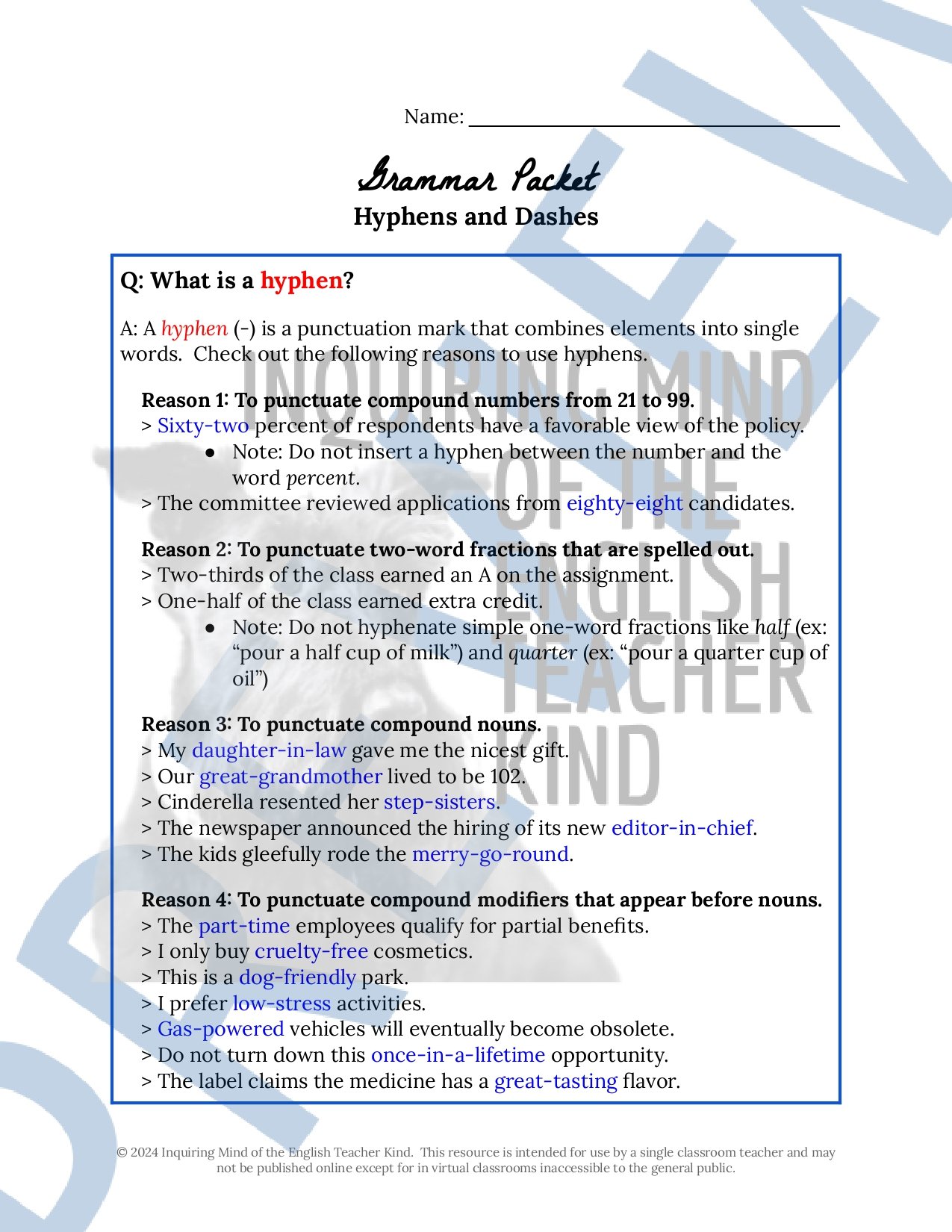 Image 204 of 250
Image 204 of 250

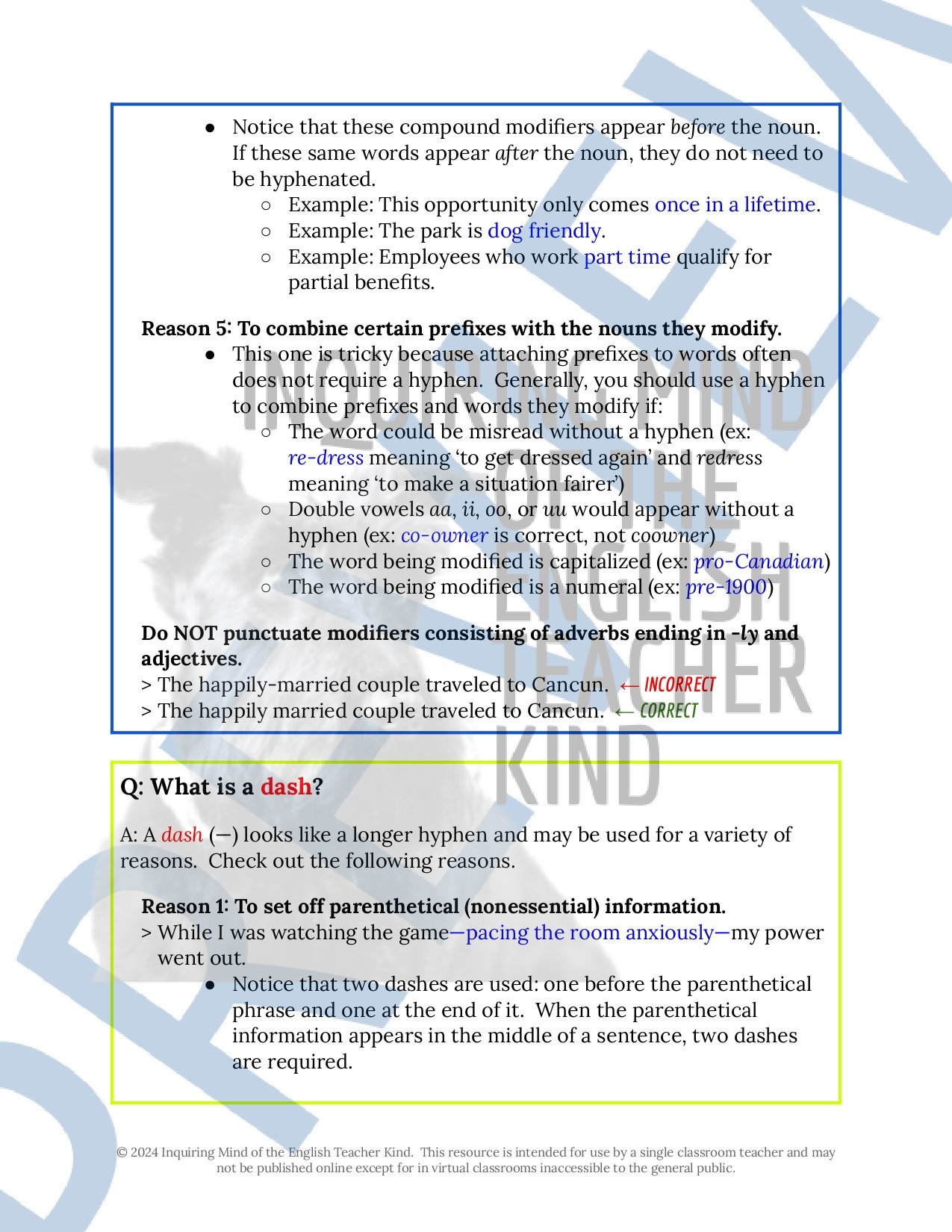 Image 205 of 250
Image 205 of 250

 Image 206 of 250
Image 206 of 250

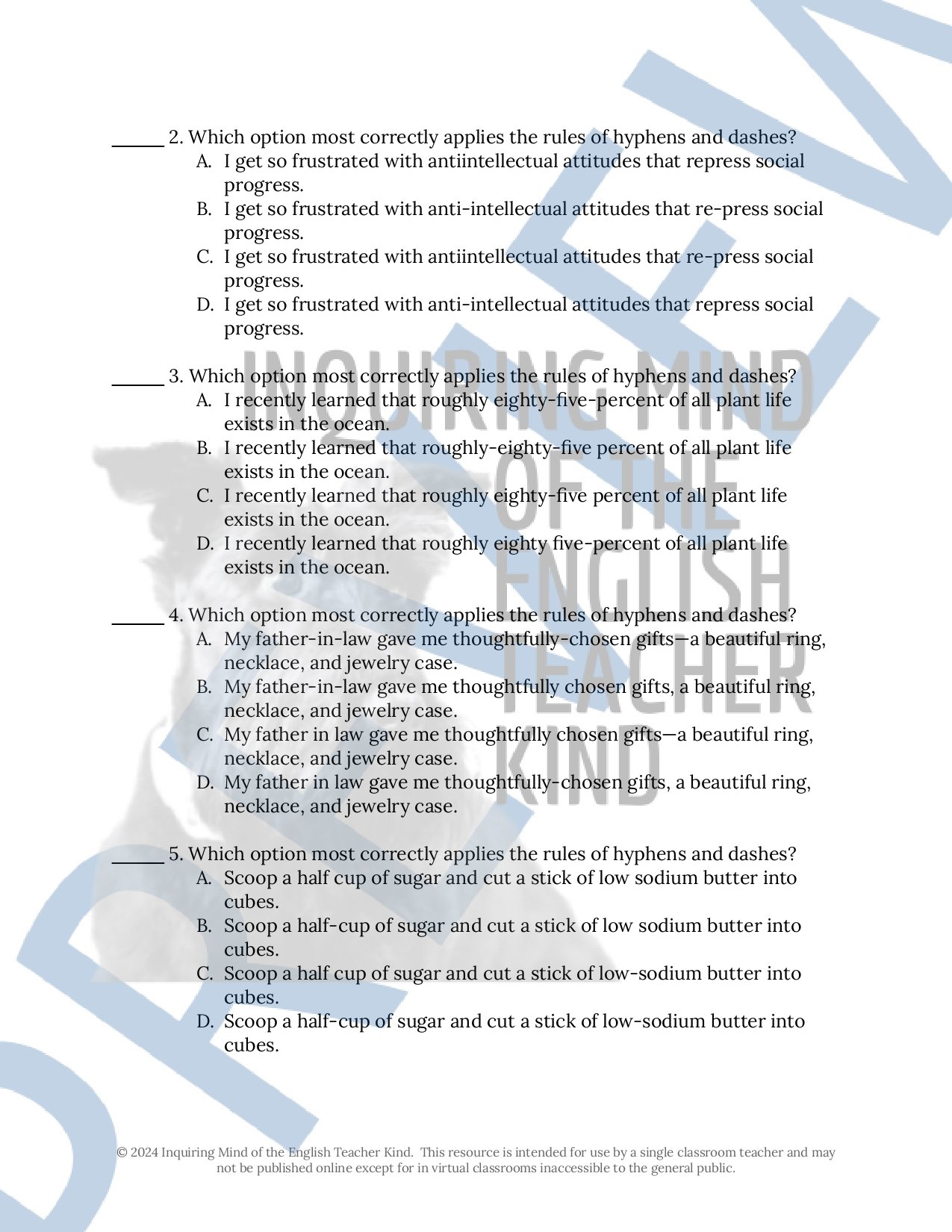 Image 207 of 250
Image 207 of 250

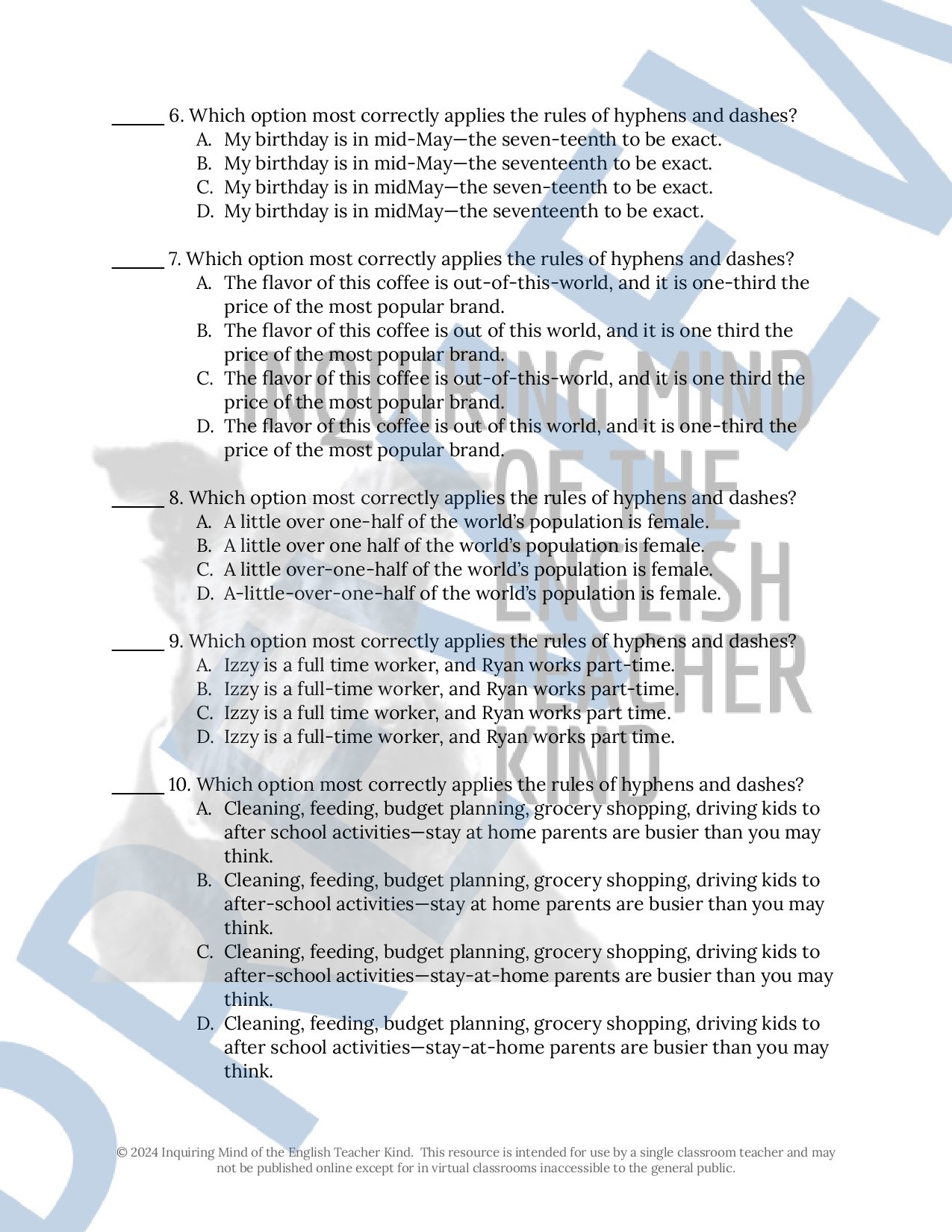 Image 208 of 250
Image 208 of 250

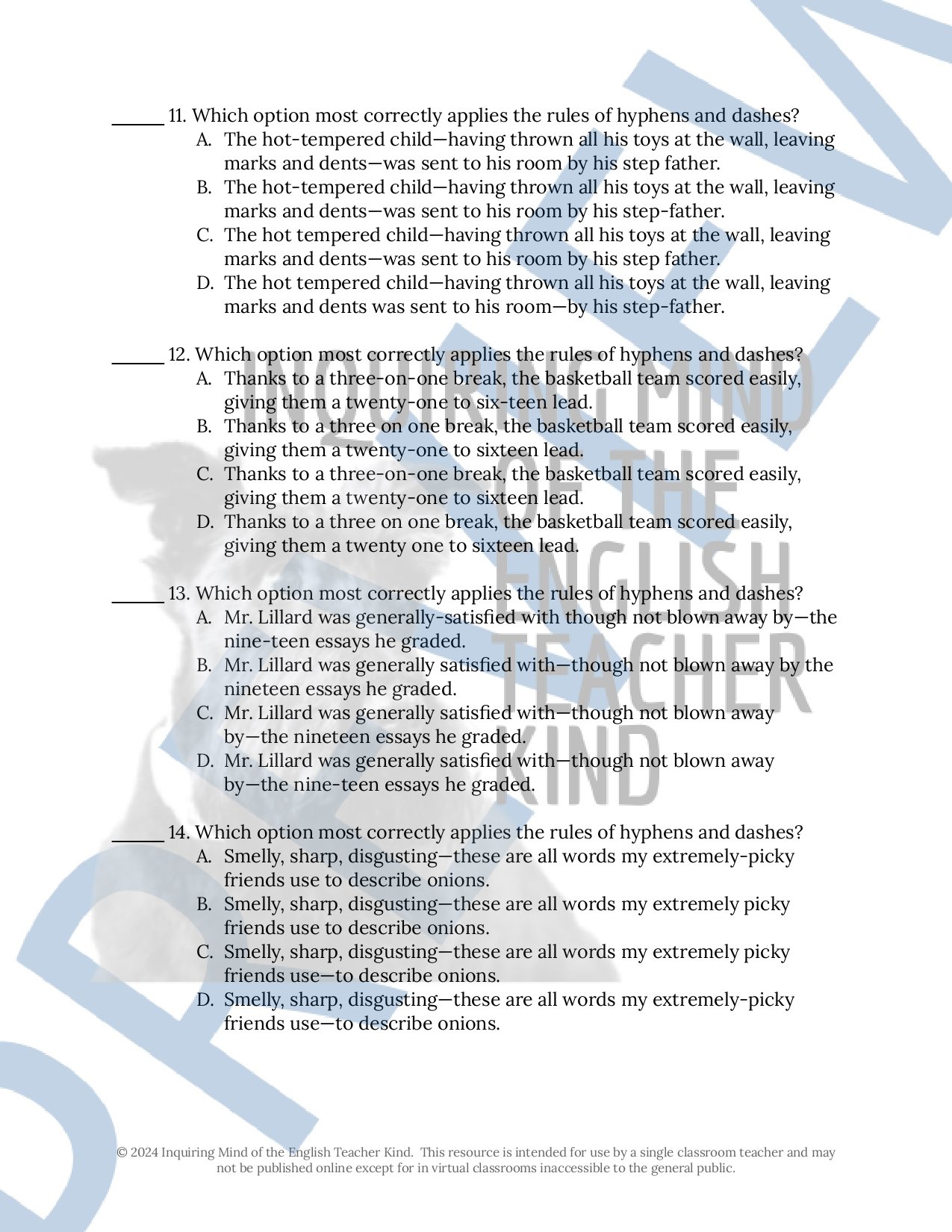 Image 209 of 250
Image 209 of 250

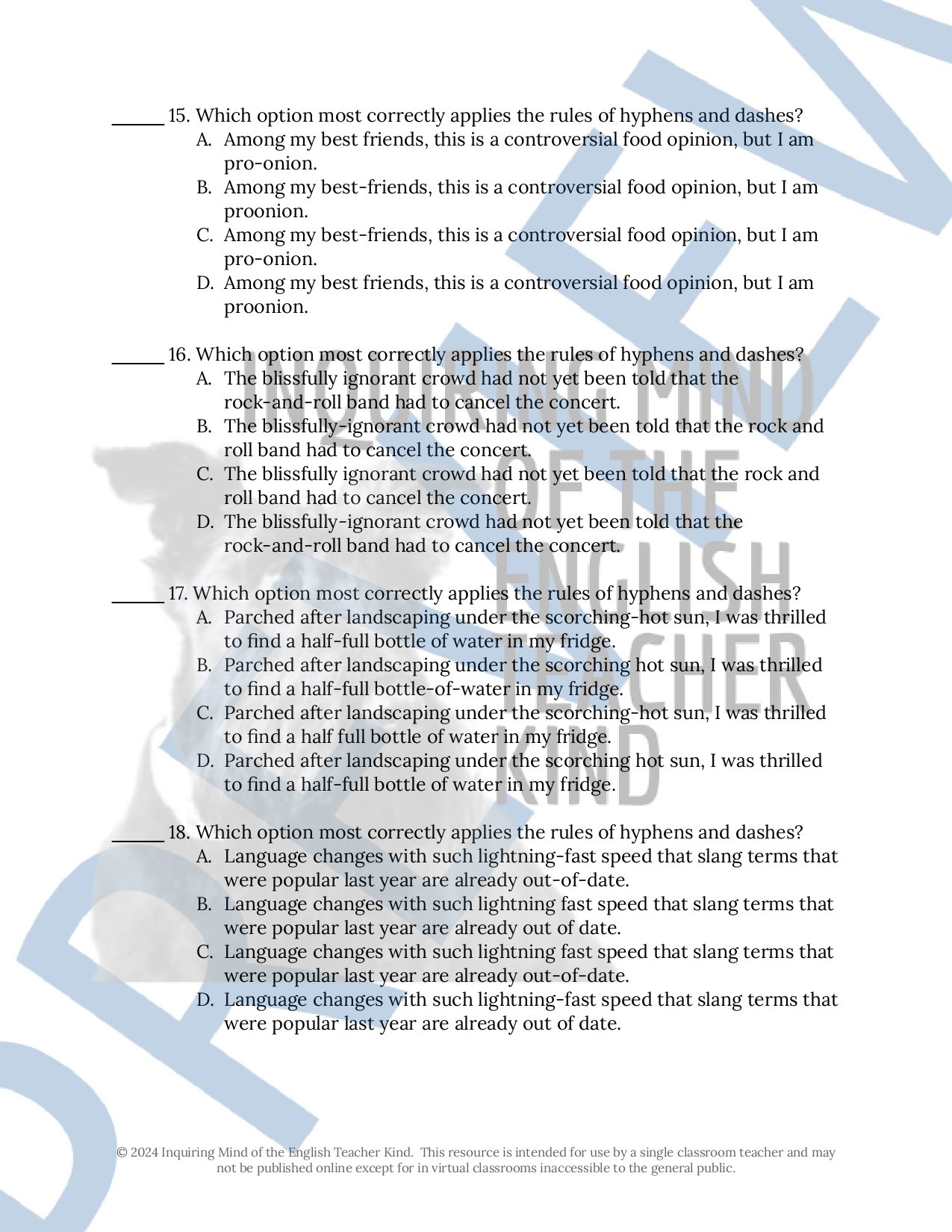 Image 210 of 250
Image 210 of 250

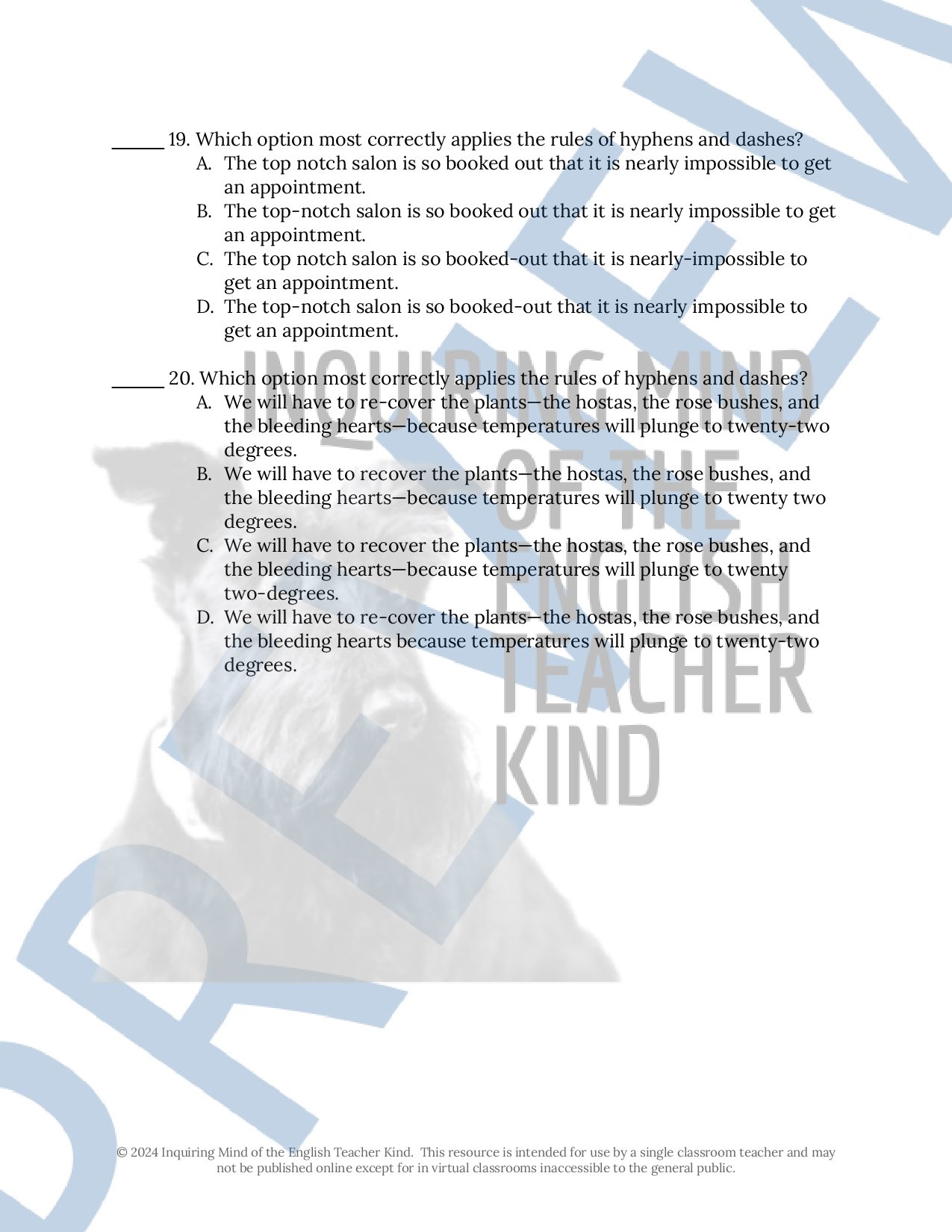 Image 211 of 250
Image 211 of 250

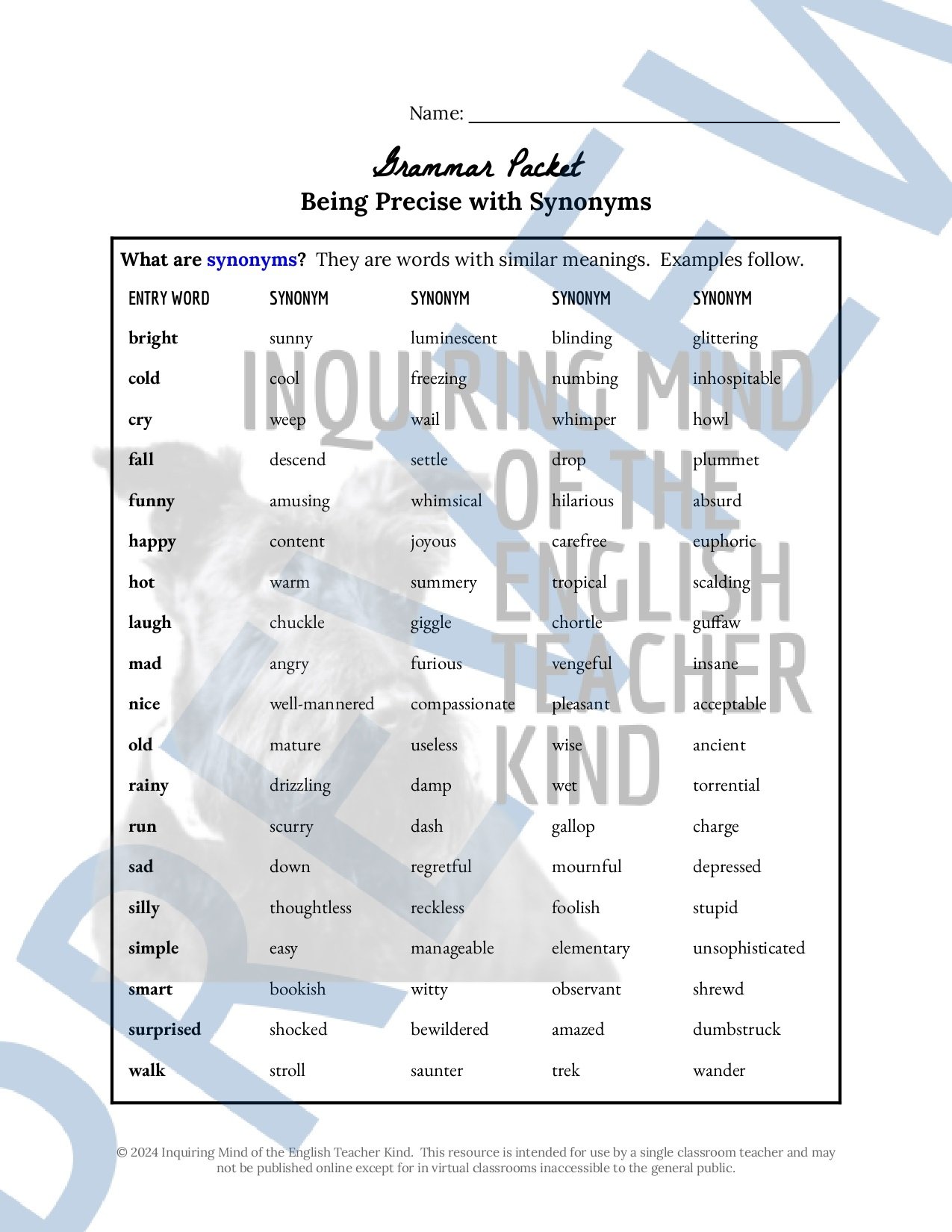 Image 212 of 250
Image 212 of 250

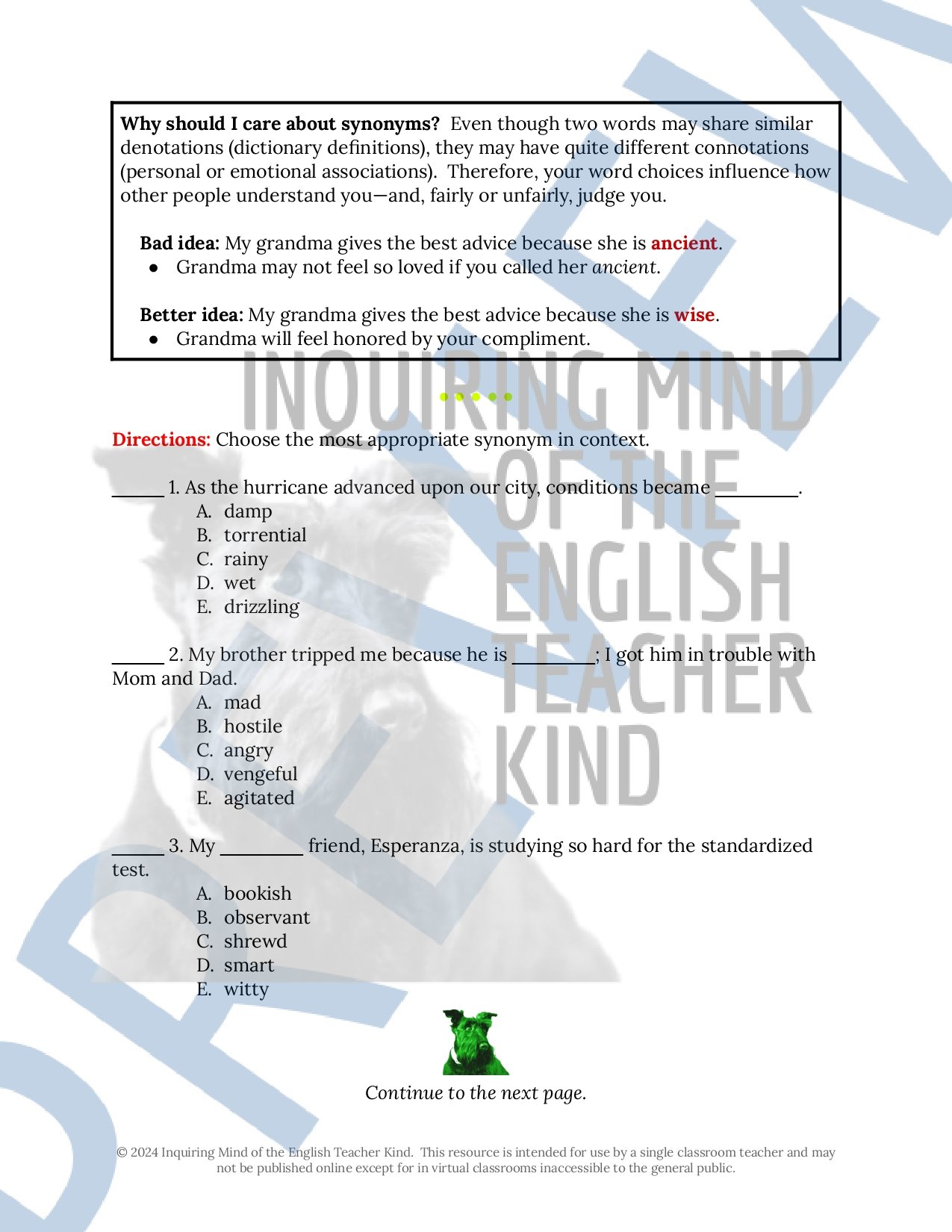 Image 213 of 250
Image 213 of 250

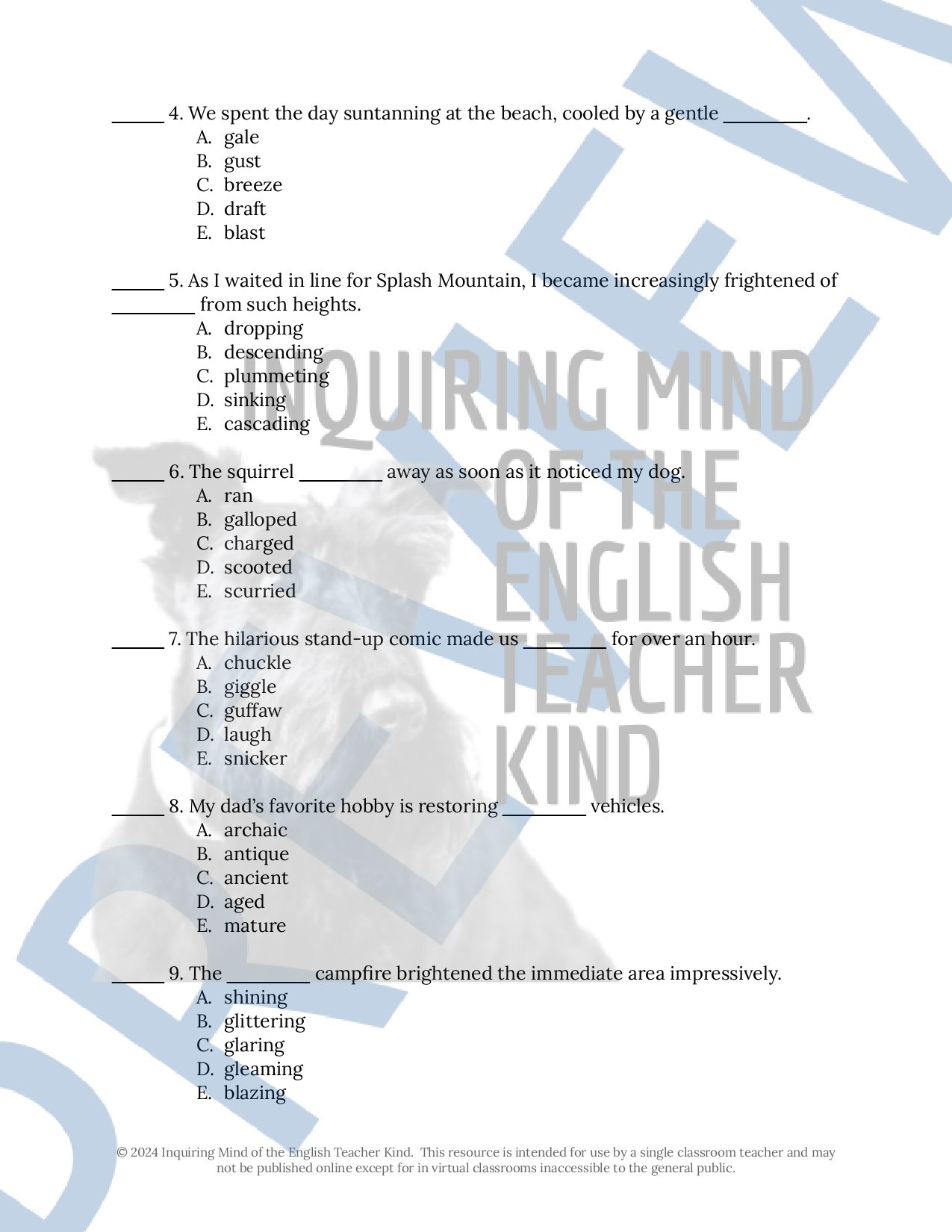 Image 214 of 250
Image 214 of 250

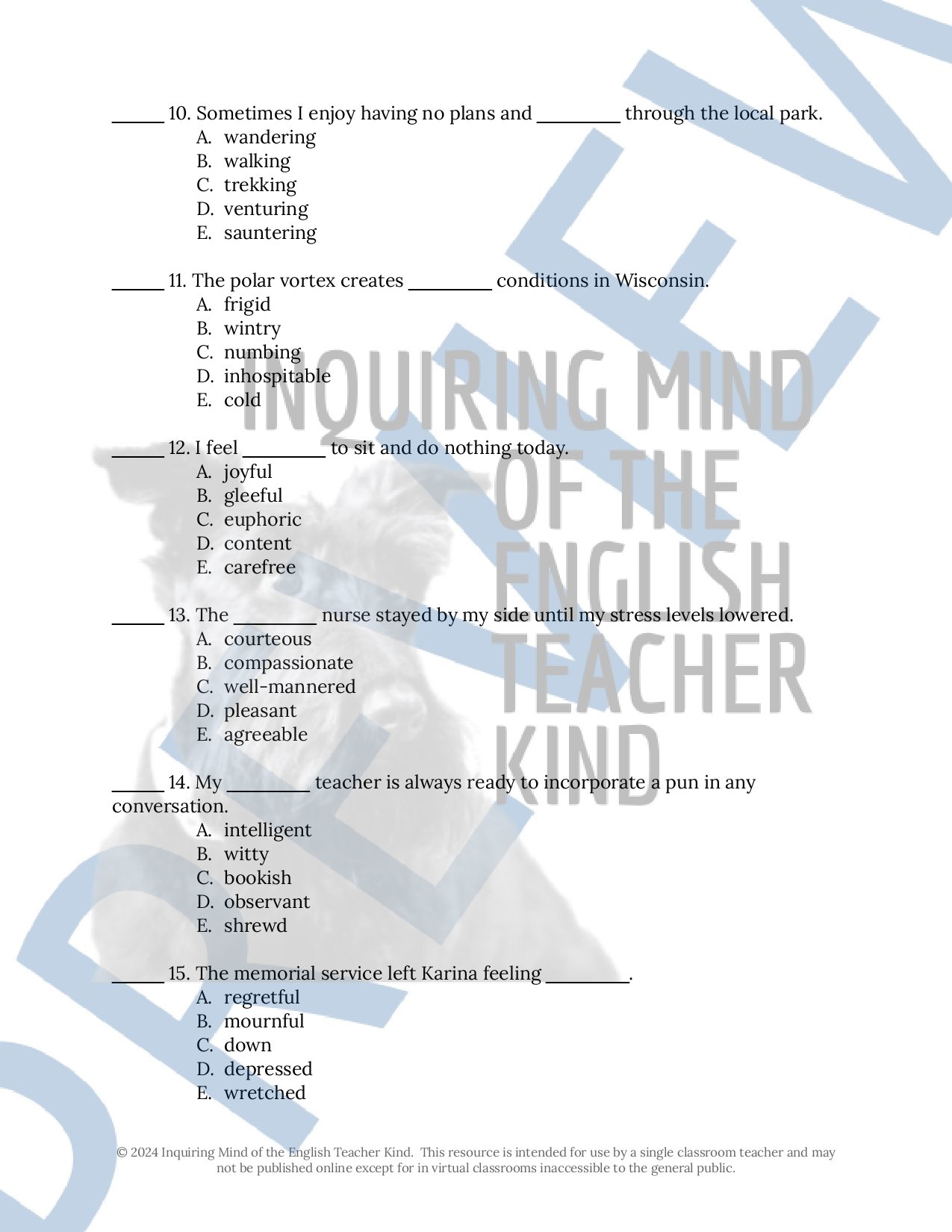 Image 215 of 250
Image 215 of 250

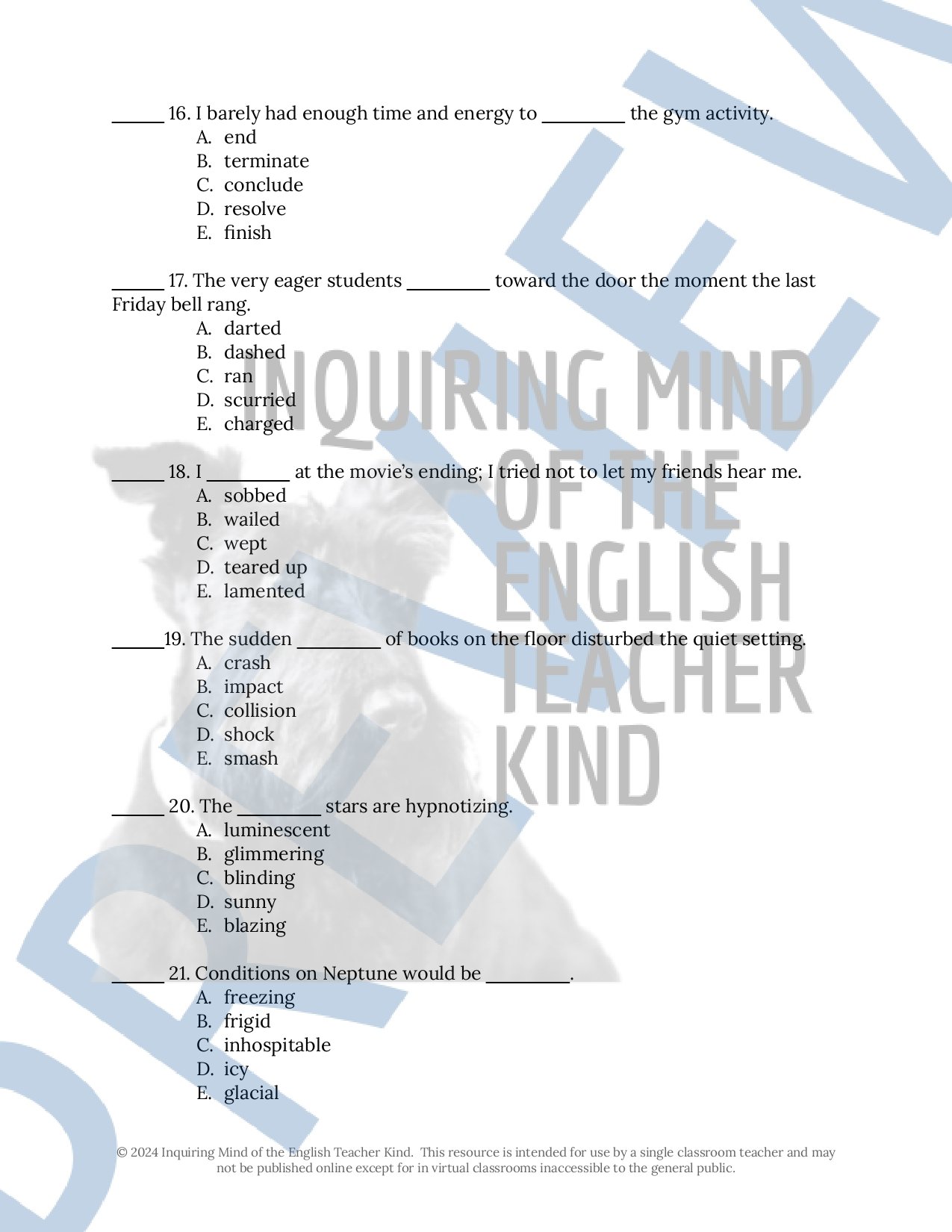 Image 216 of 250
Image 216 of 250

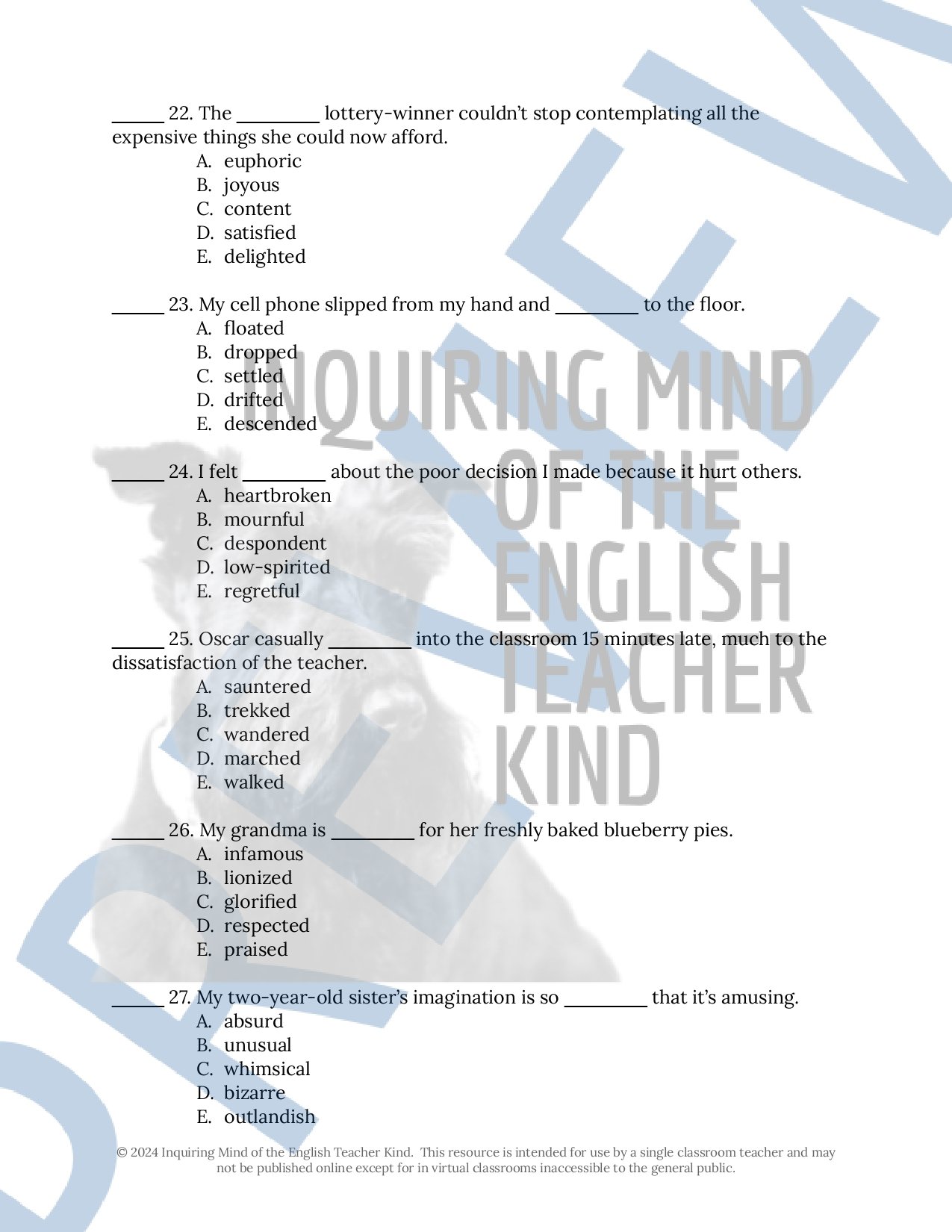 Image 217 of 250
Image 217 of 250

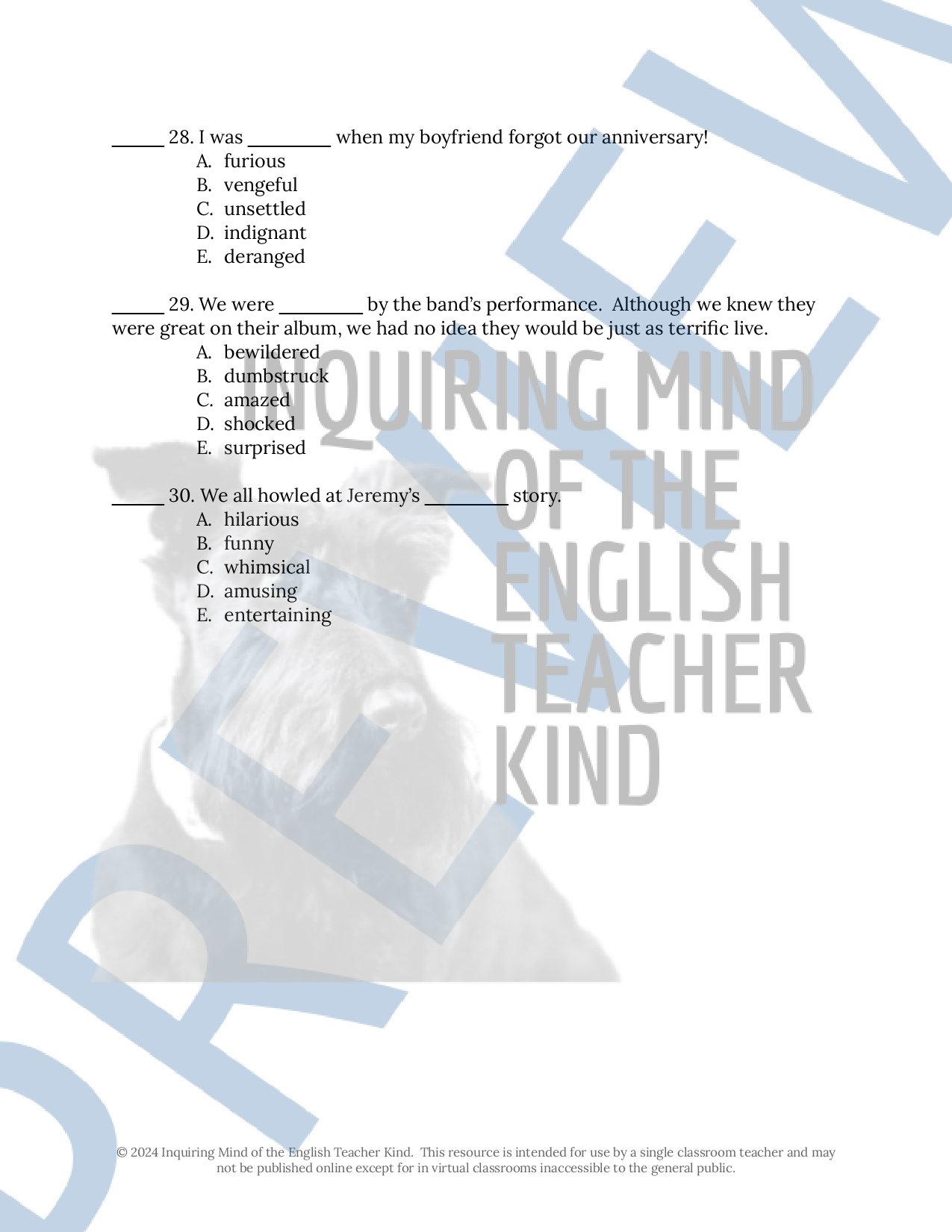 Image 218 of 250
Image 218 of 250

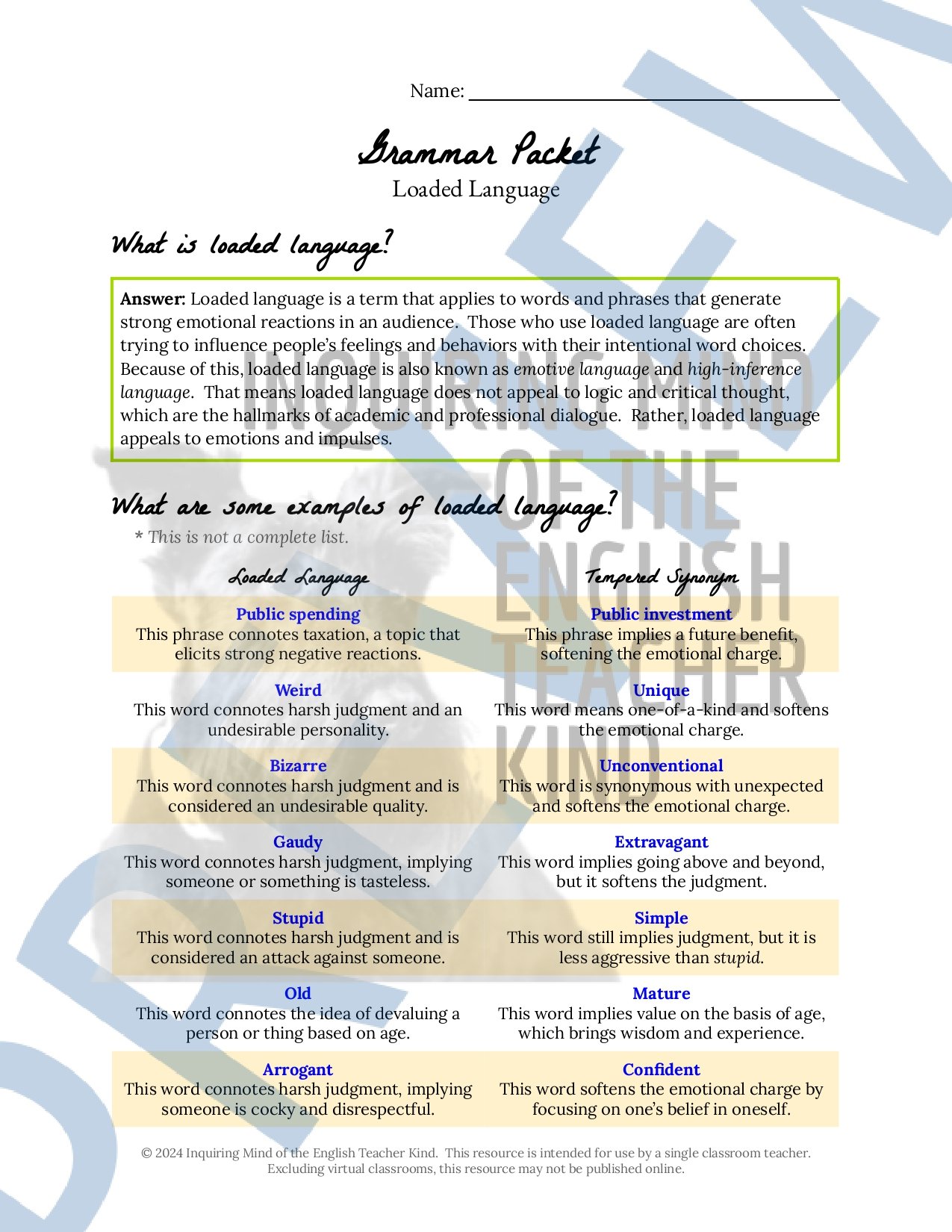 Image 219 of 250
Image 219 of 250

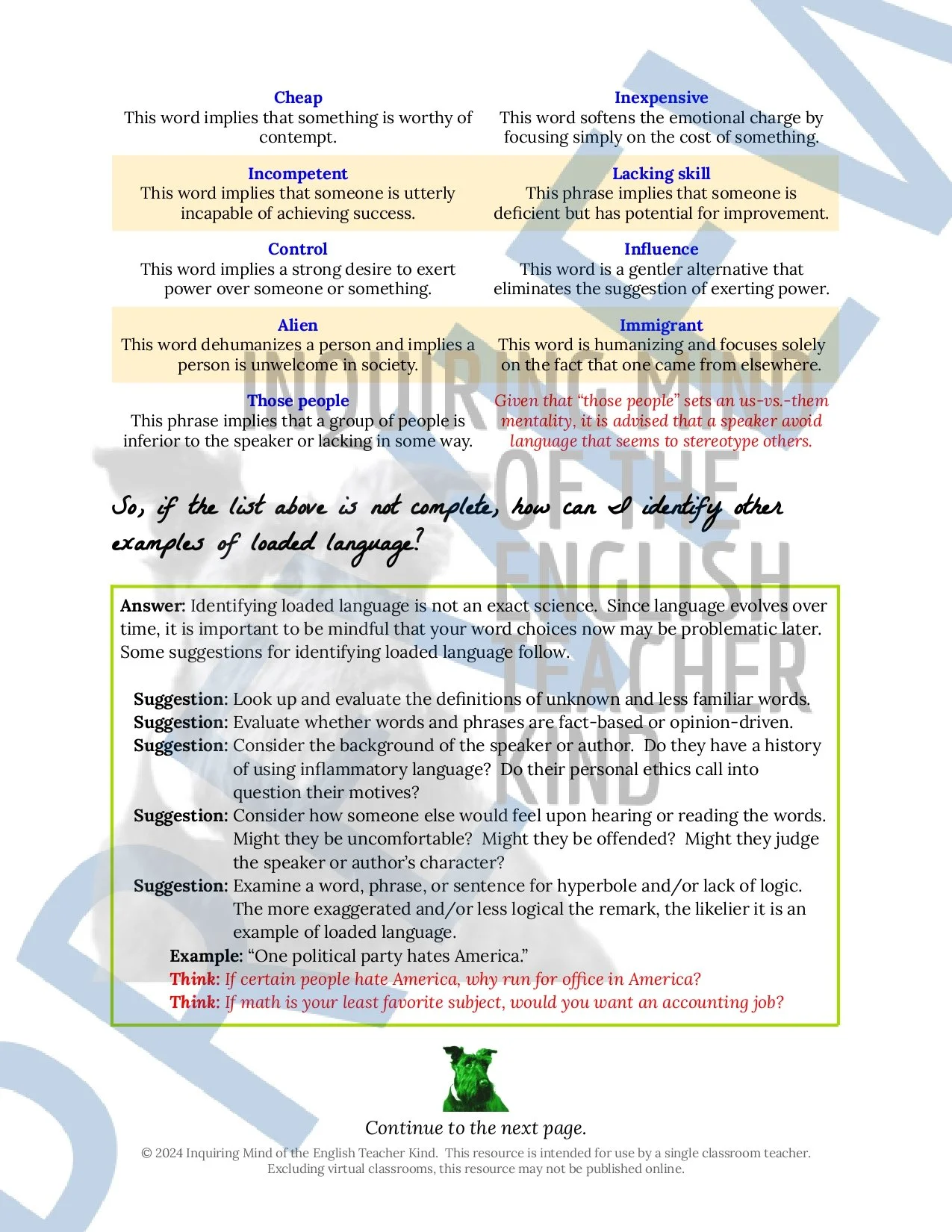 Image 220 of 250
Image 220 of 250

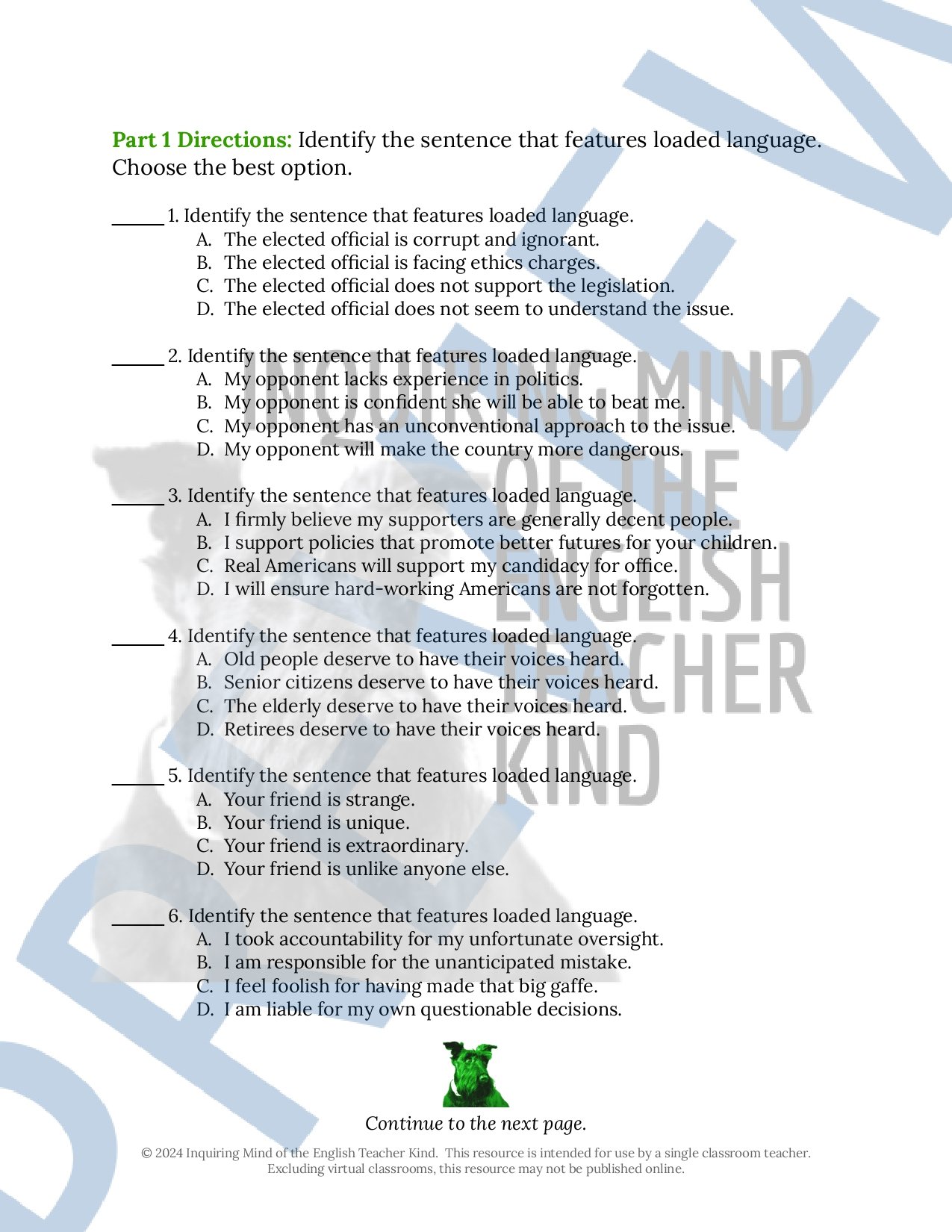 Image 221 of 250
Image 221 of 250

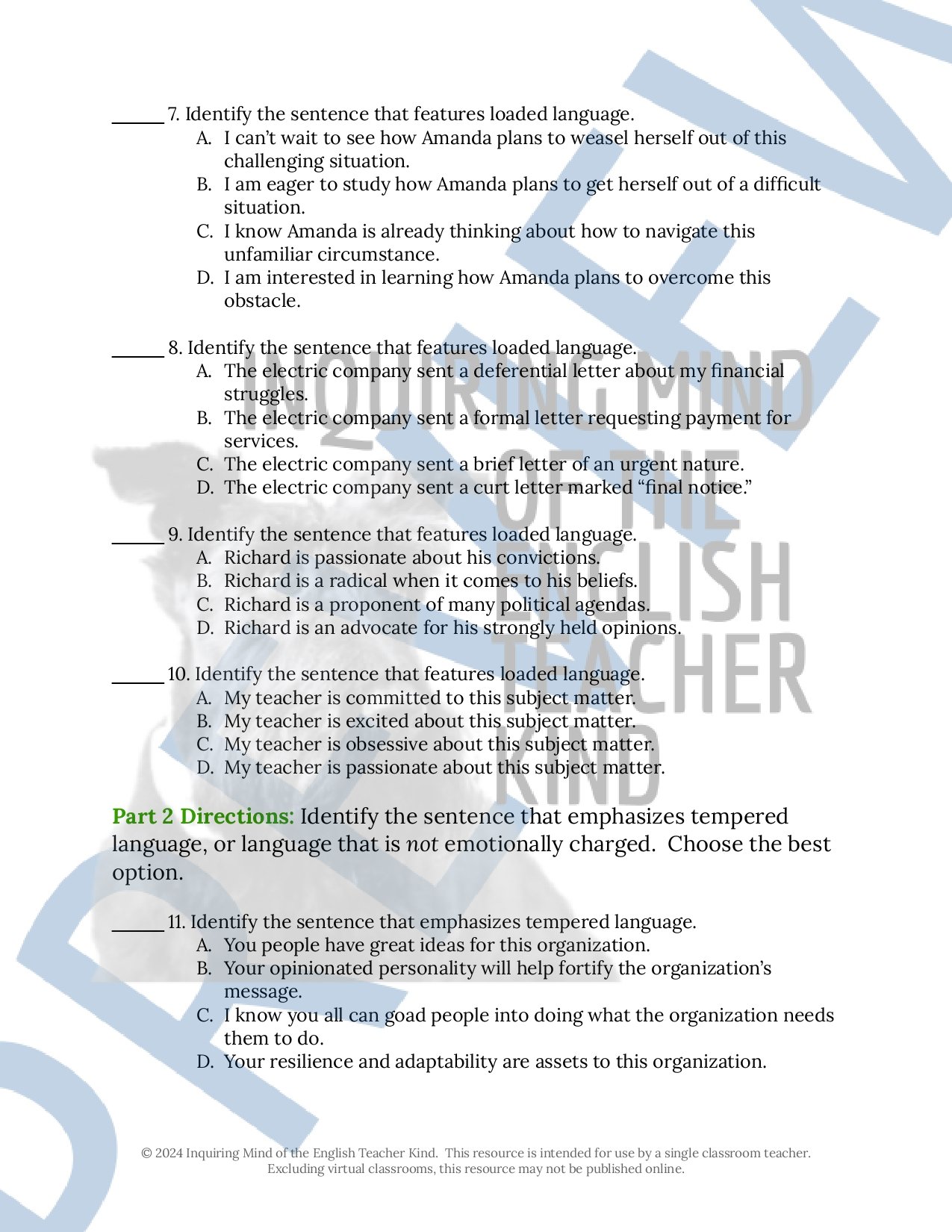 Image 222 of 250
Image 222 of 250

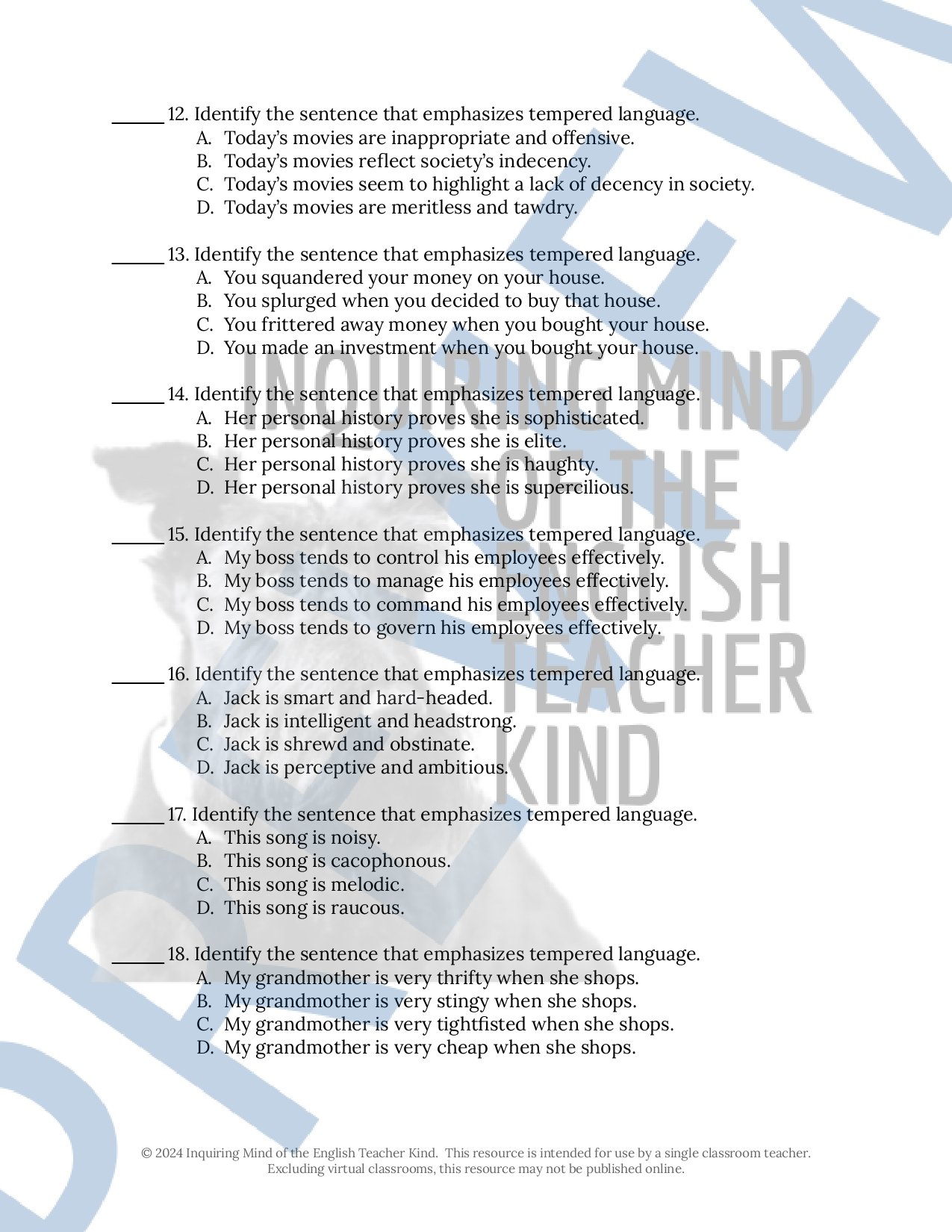 Image 223 of 250
Image 223 of 250

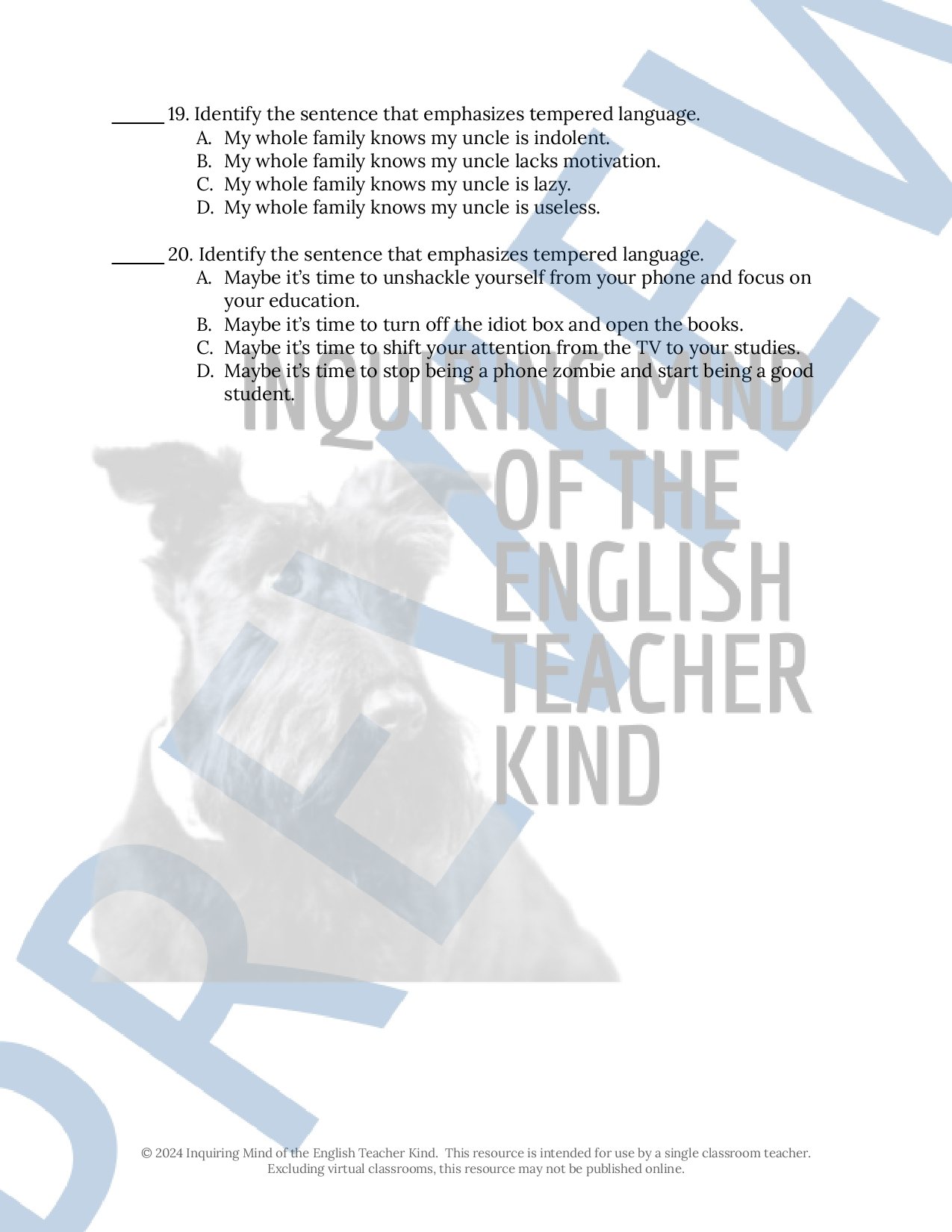 Image 224 of 250
Image 224 of 250

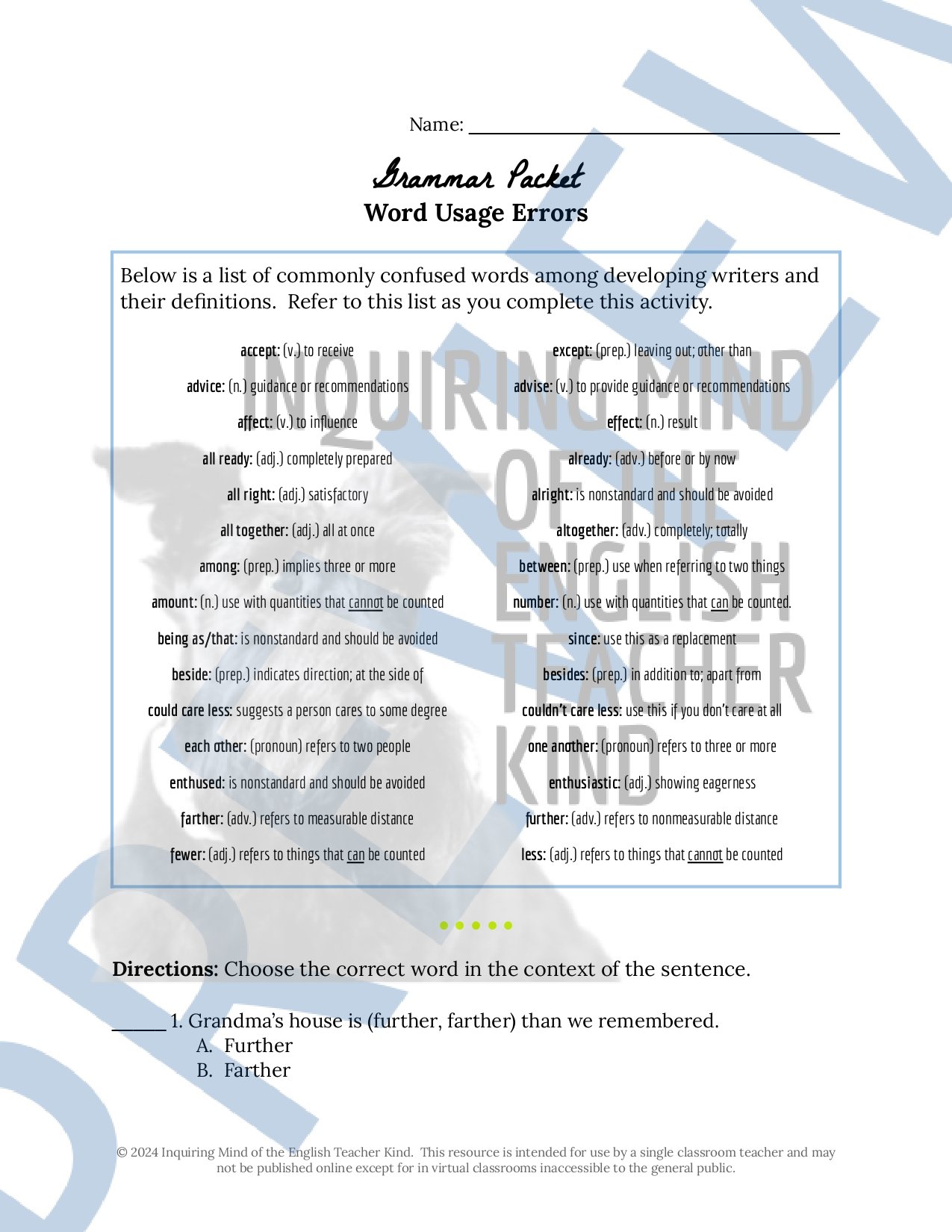 Image 225 of 250
Image 225 of 250

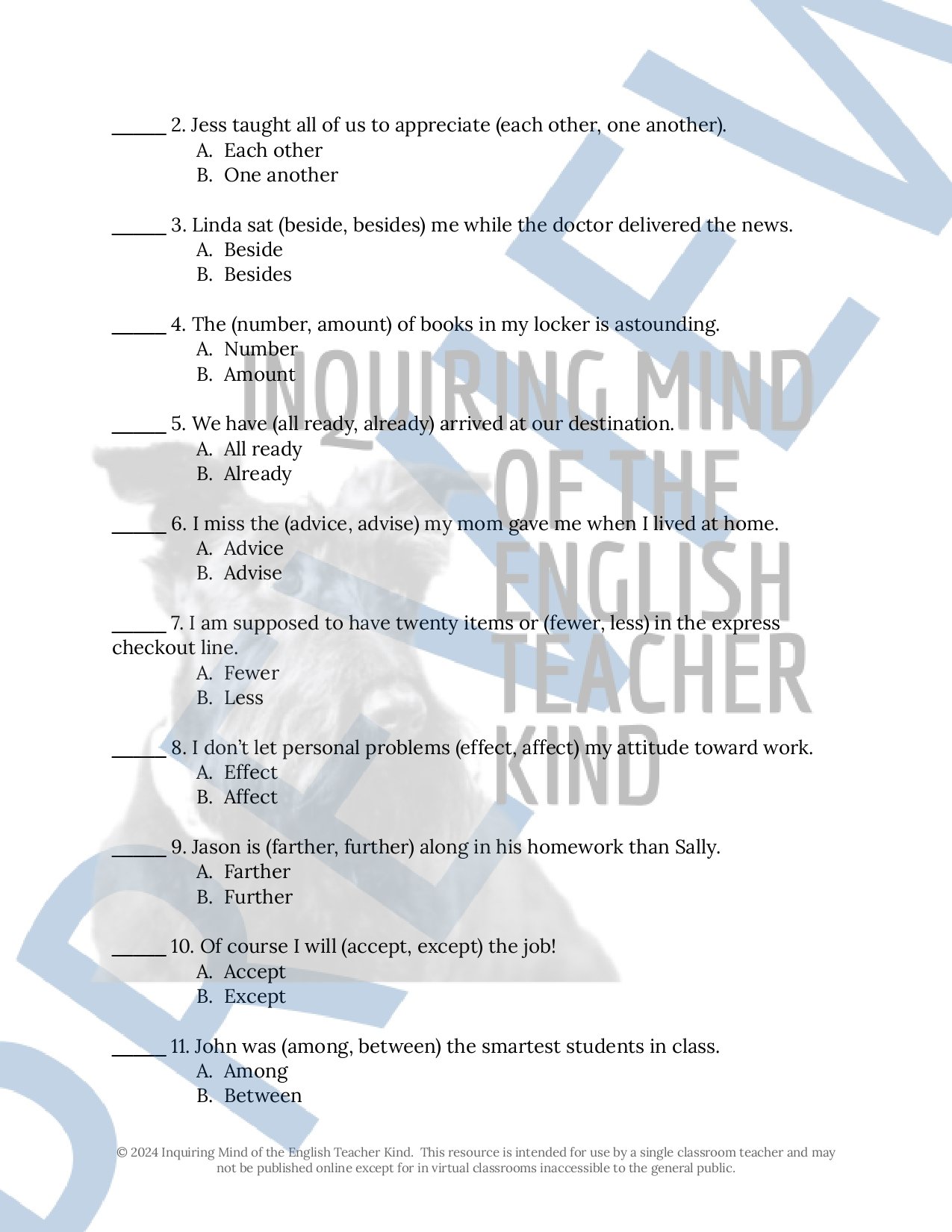 Image 226 of 250
Image 226 of 250

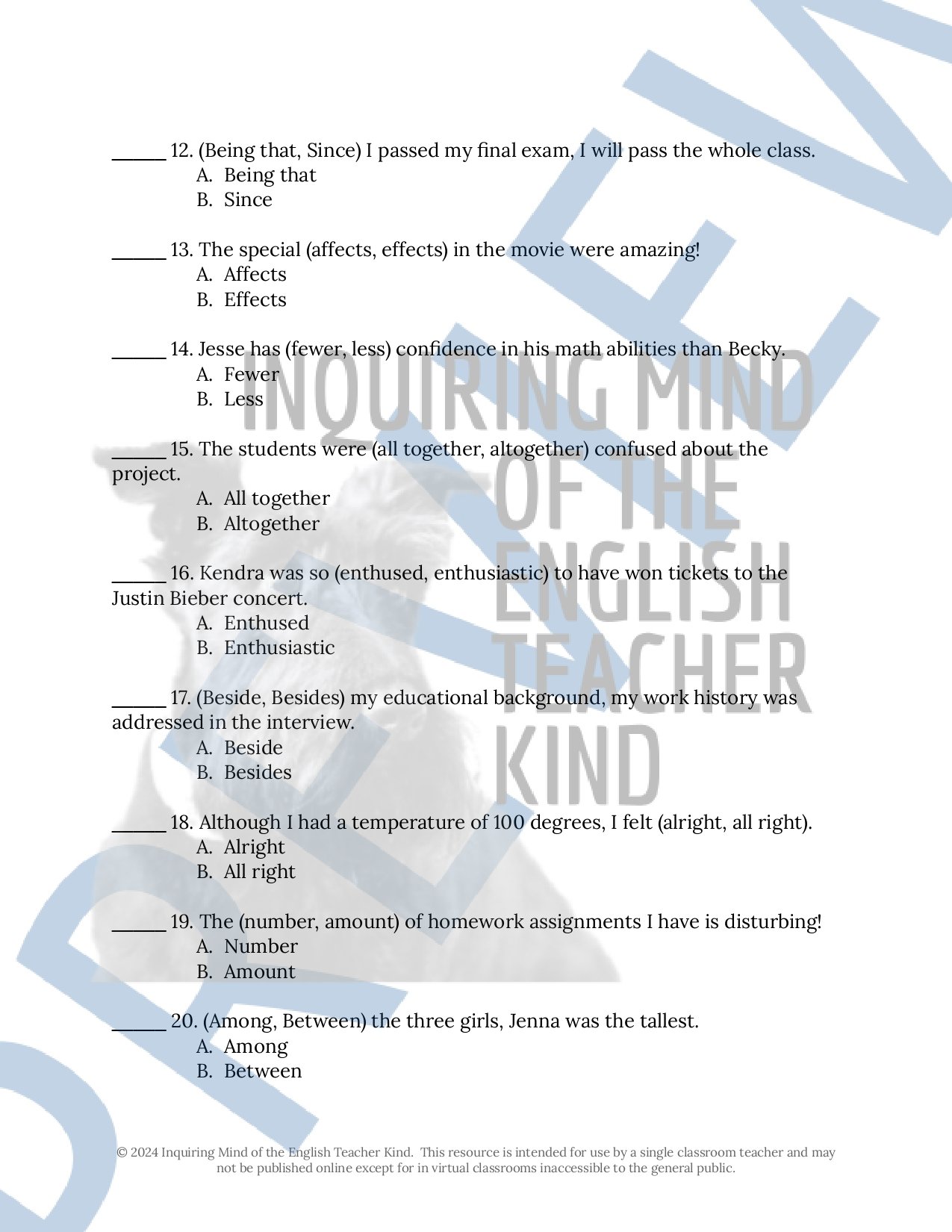 Image 227 of 250
Image 227 of 250

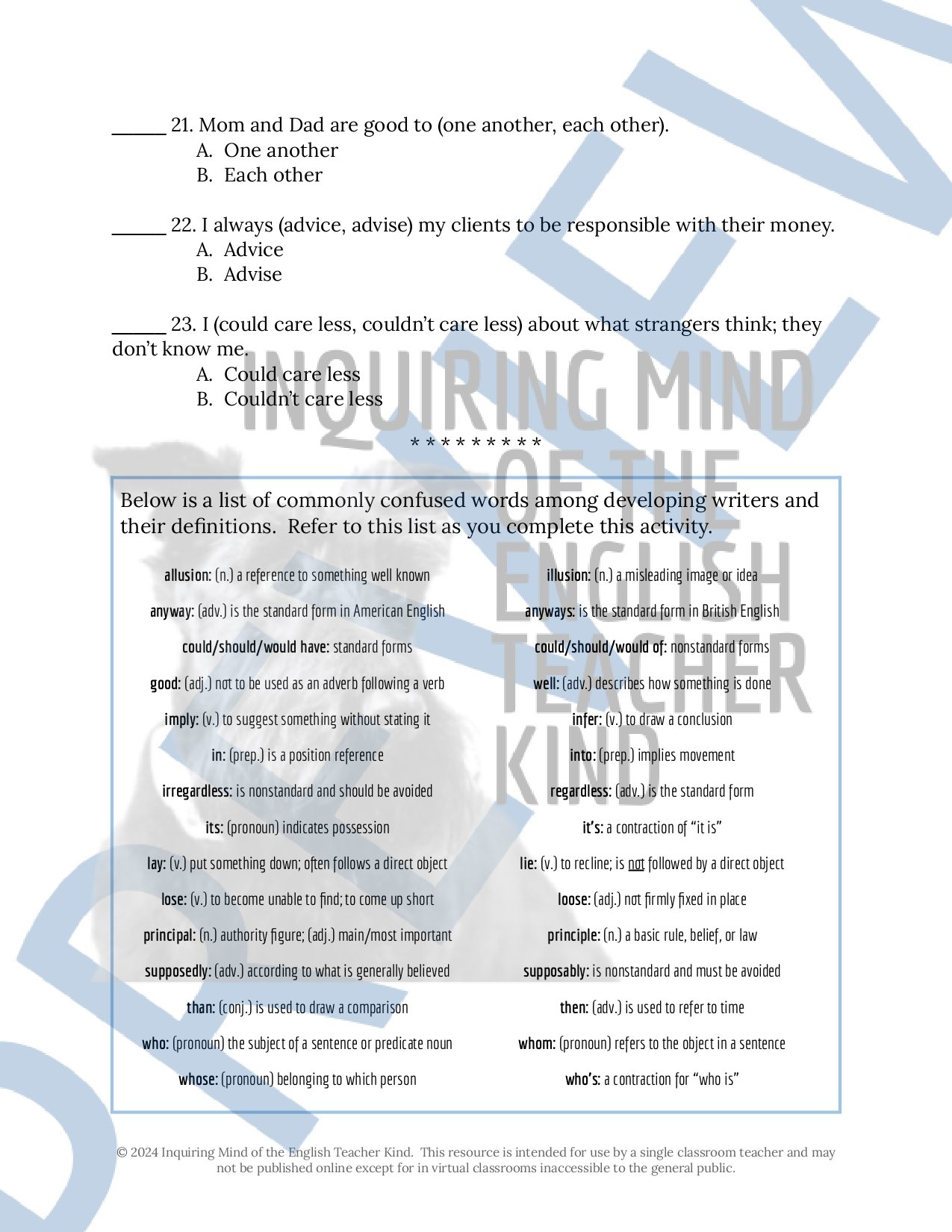 Image 228 of 250
Image 228 of 250

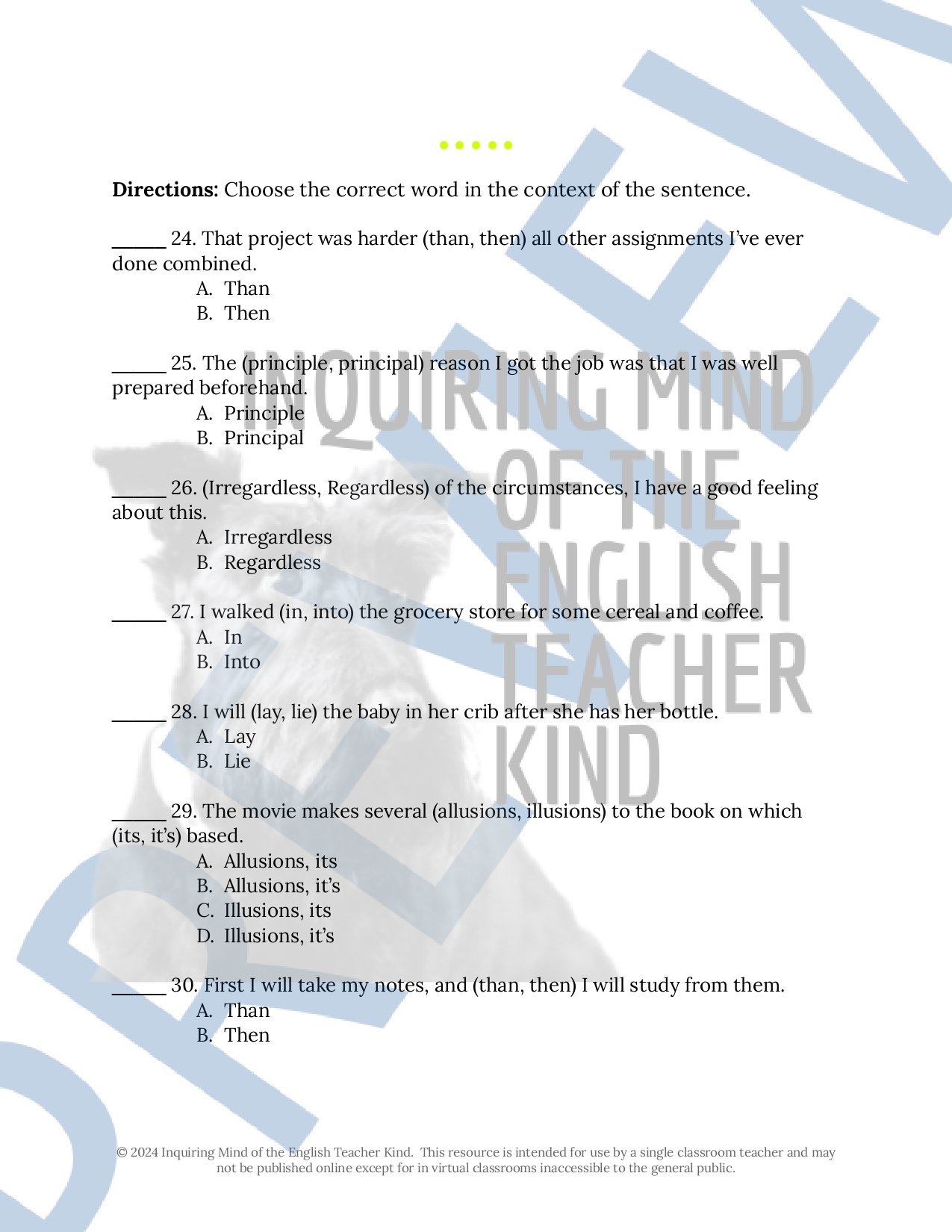 Image 229 of 250
Image 229 of 250

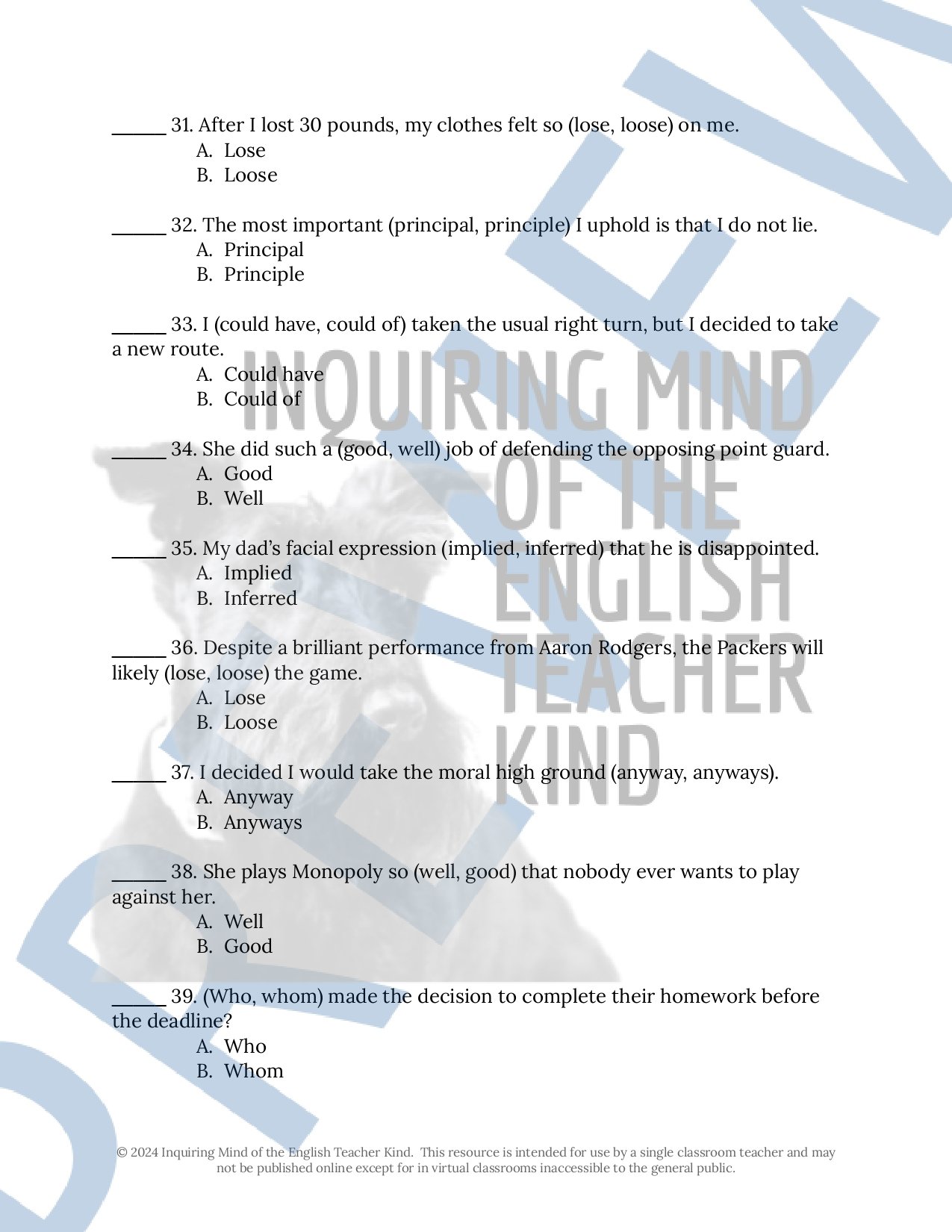 Image 230 of 250
Image 230 of 250

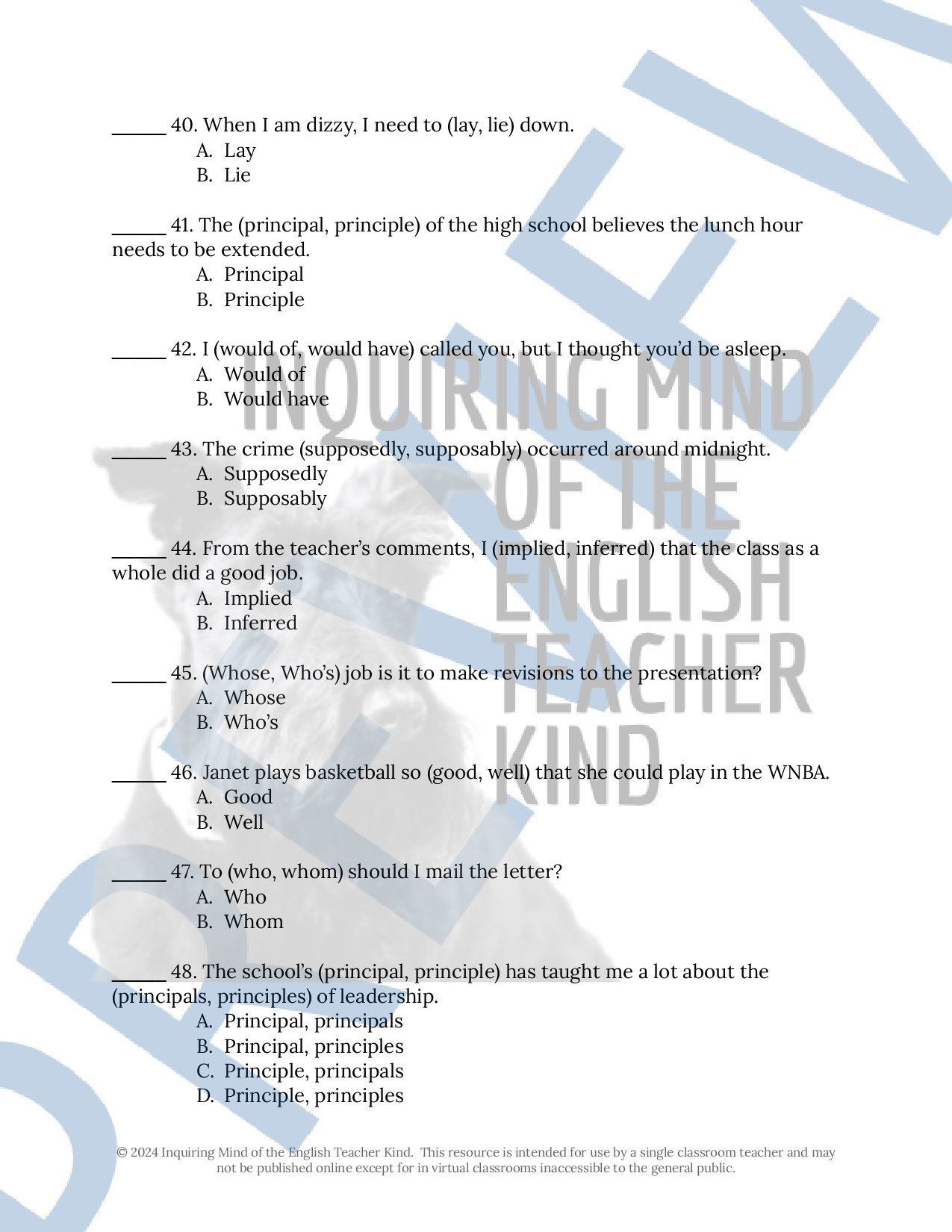 Image 231 of 250
Image 231 of 250

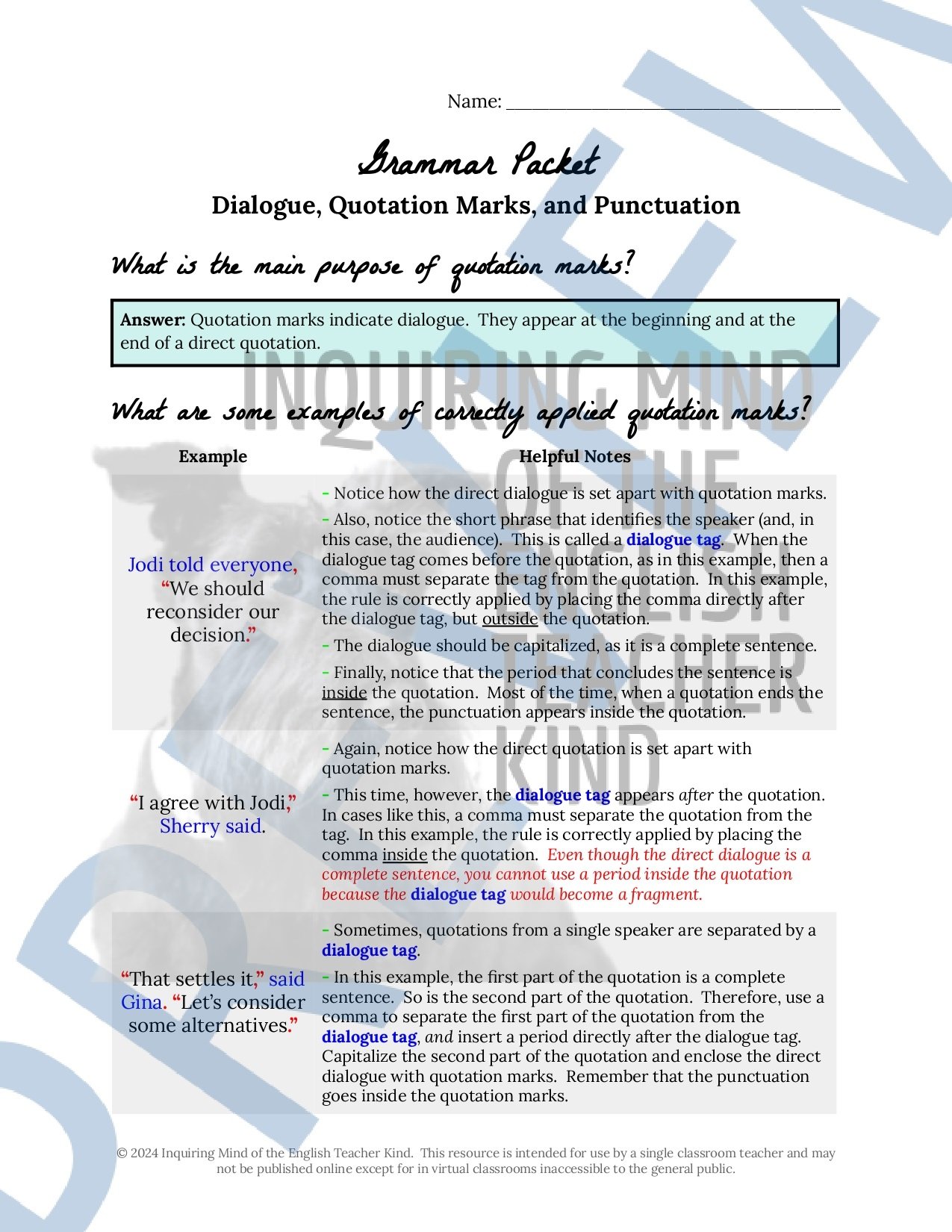 Image 232 of 250
Image 232 of 250

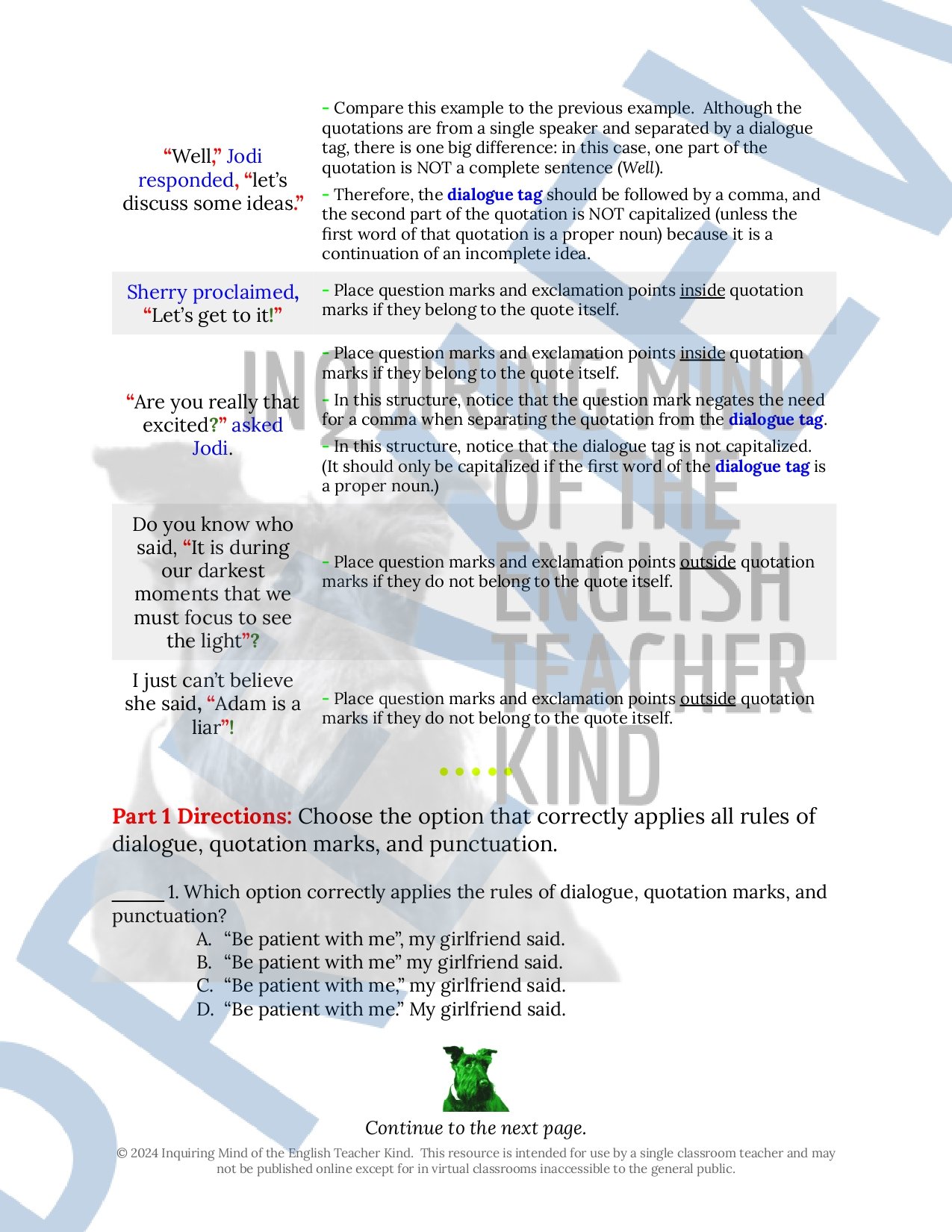 Image 233 of 250
Image 233 of 250

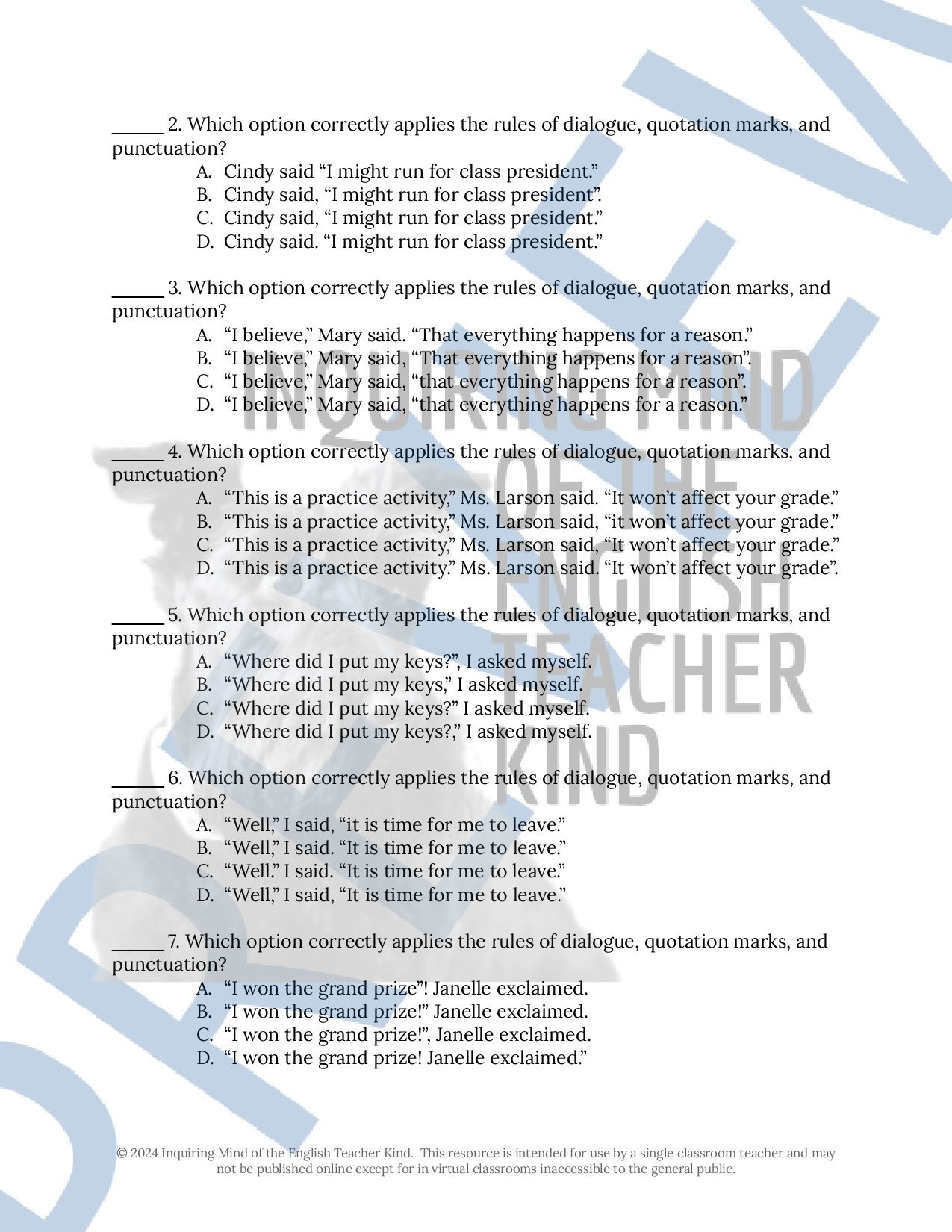 Image 234 of 250
Image 234 of 250

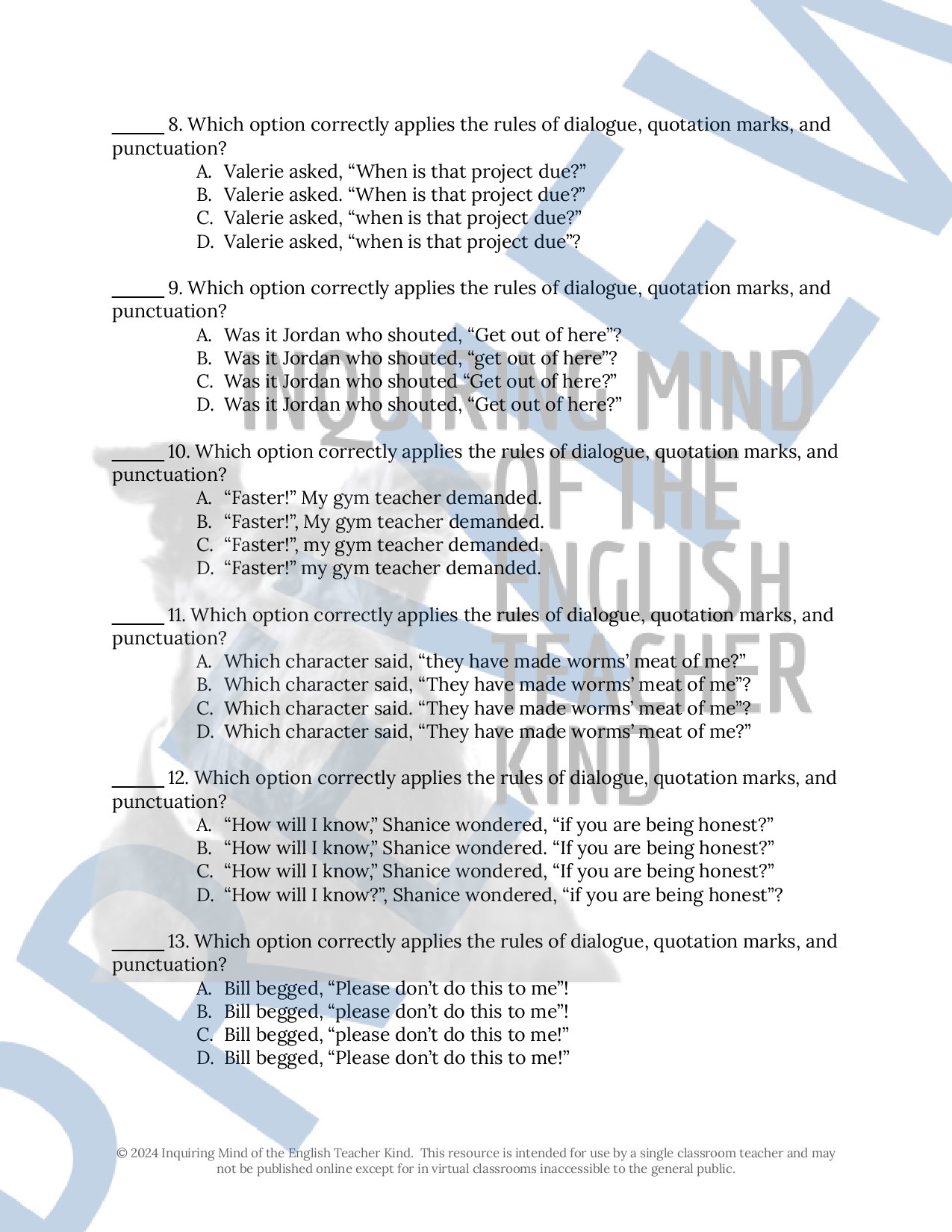 Image 235 of 250
Image 235 of 250

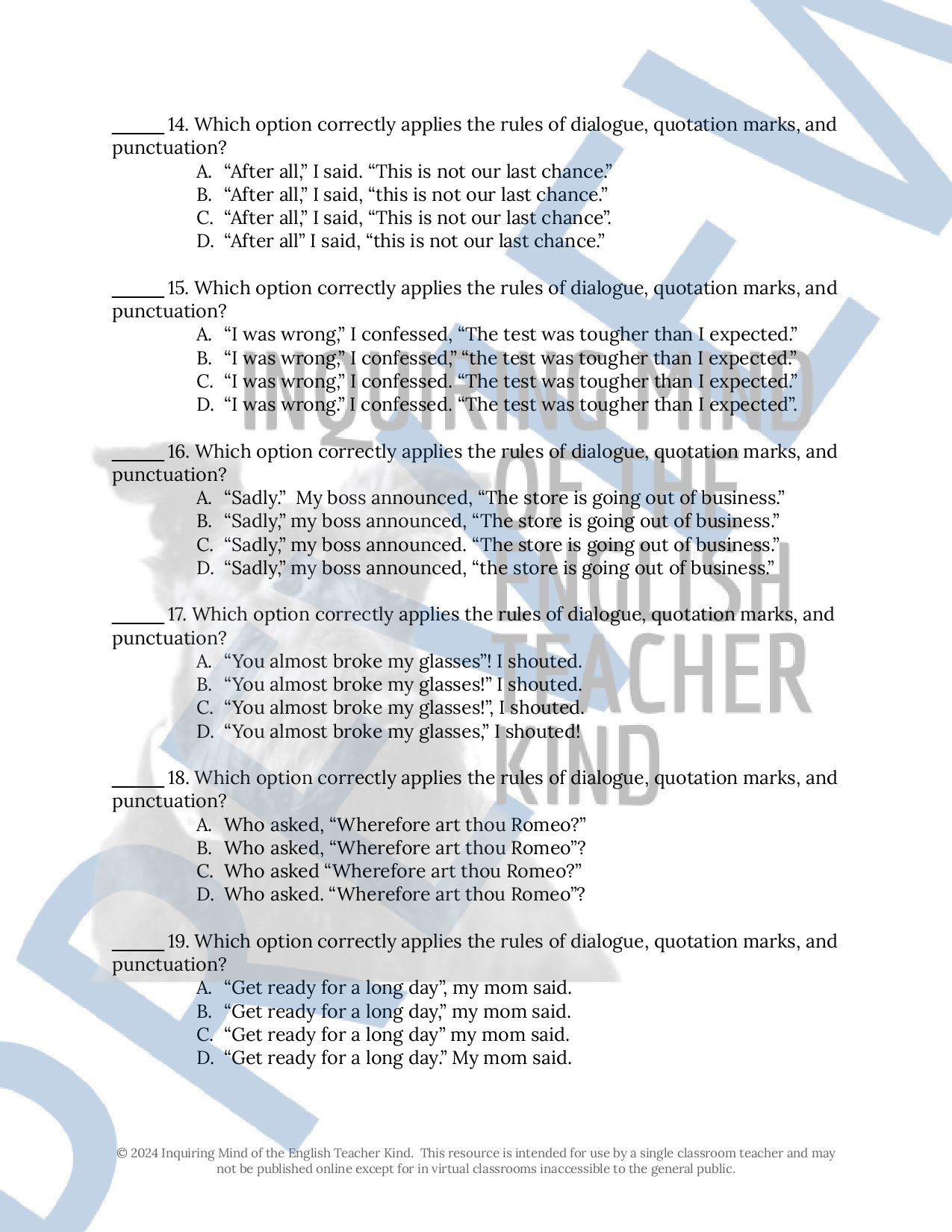 Image 236 of 250
Image 236 of 250

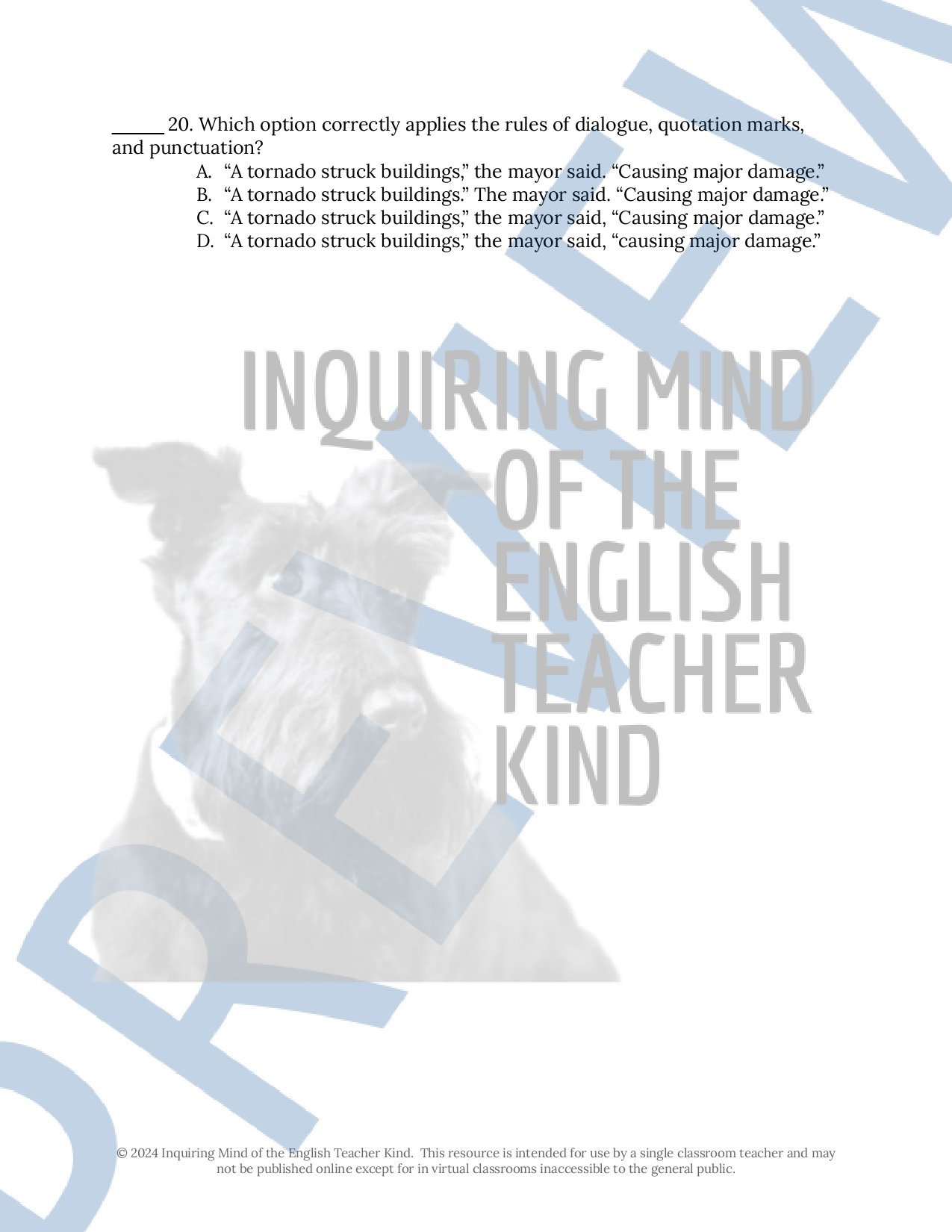 Image 237 of 250
Image 237 of 250

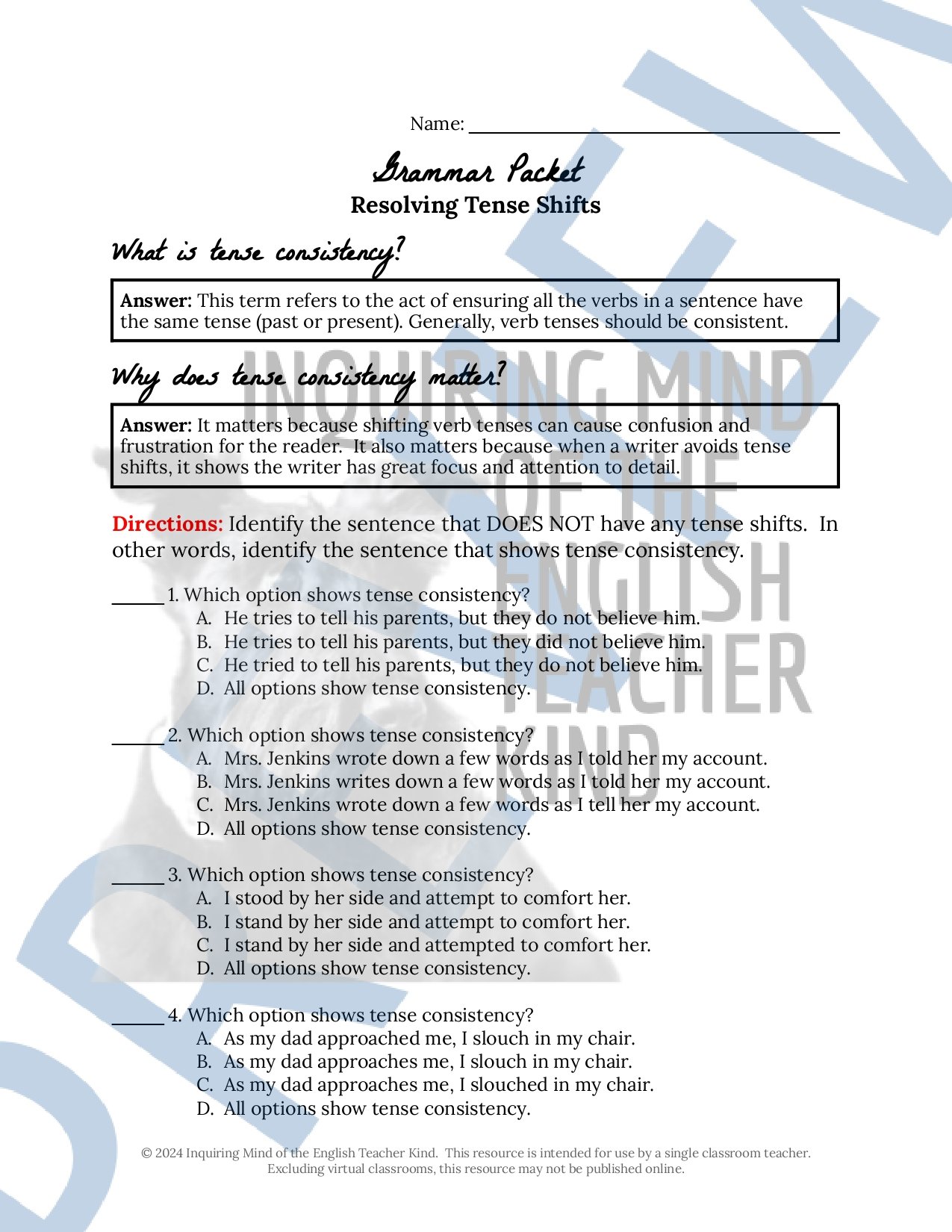 Image 238 of 250
Image 238 of 250

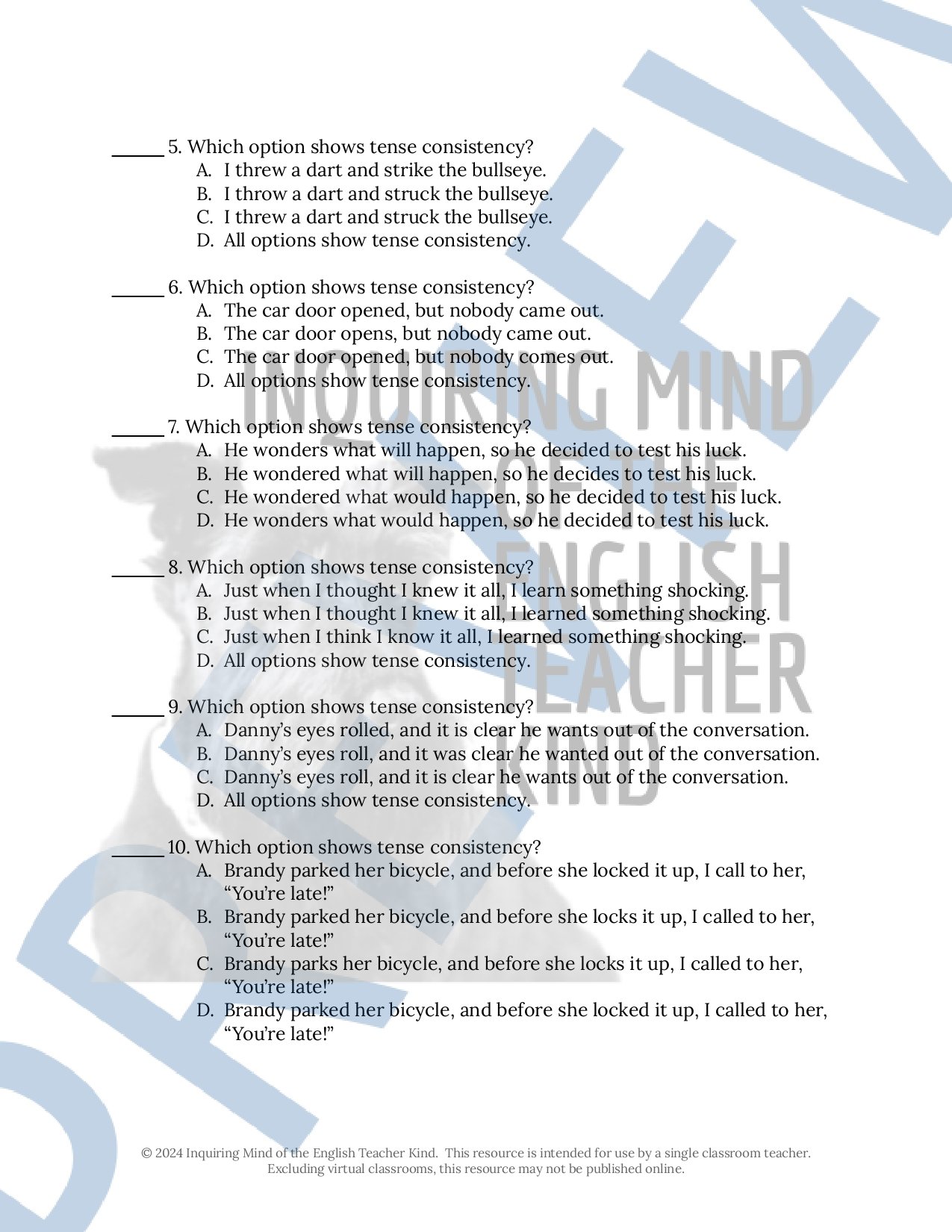 Image 239 of 250
Image 239 of 250

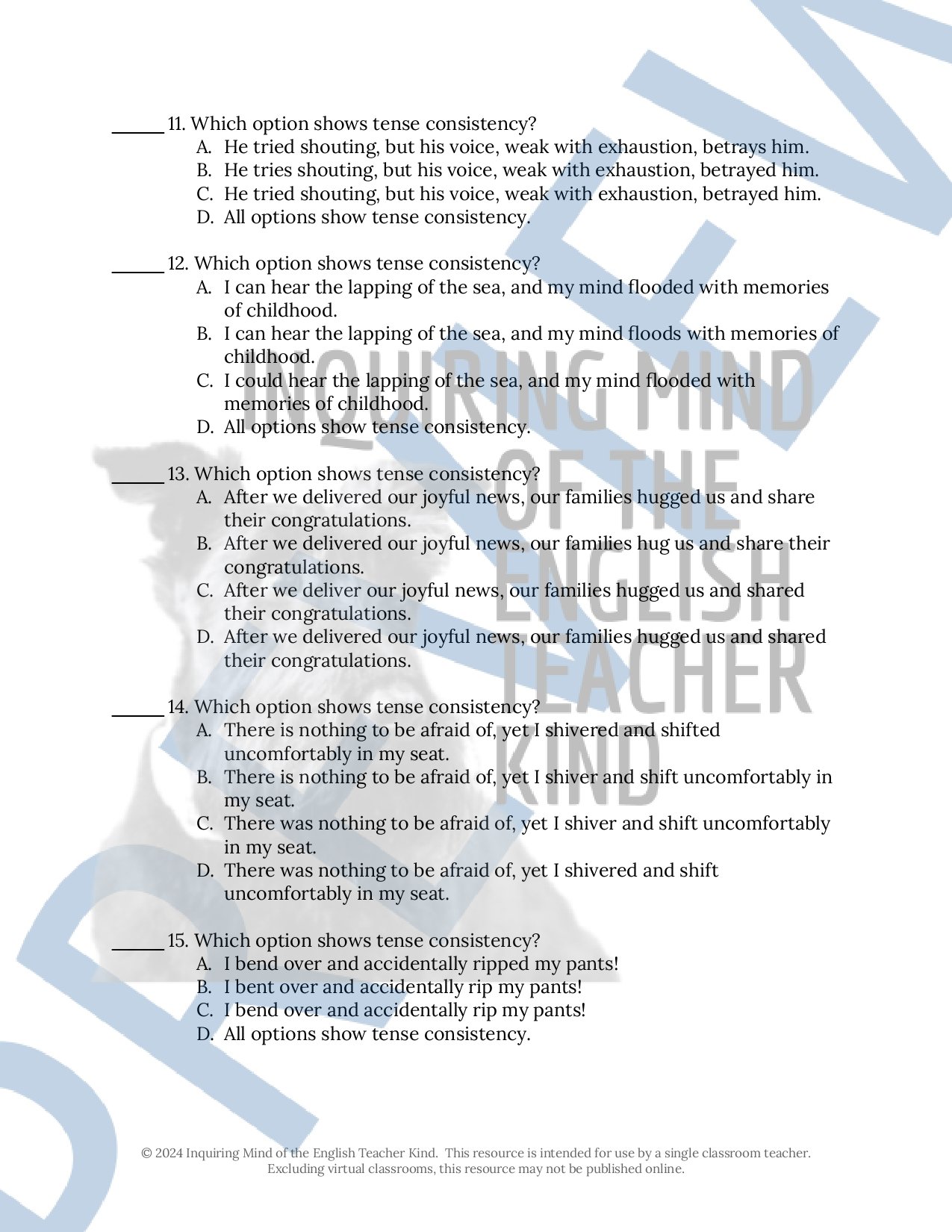 Image 240 of 250
Image 240 of 250

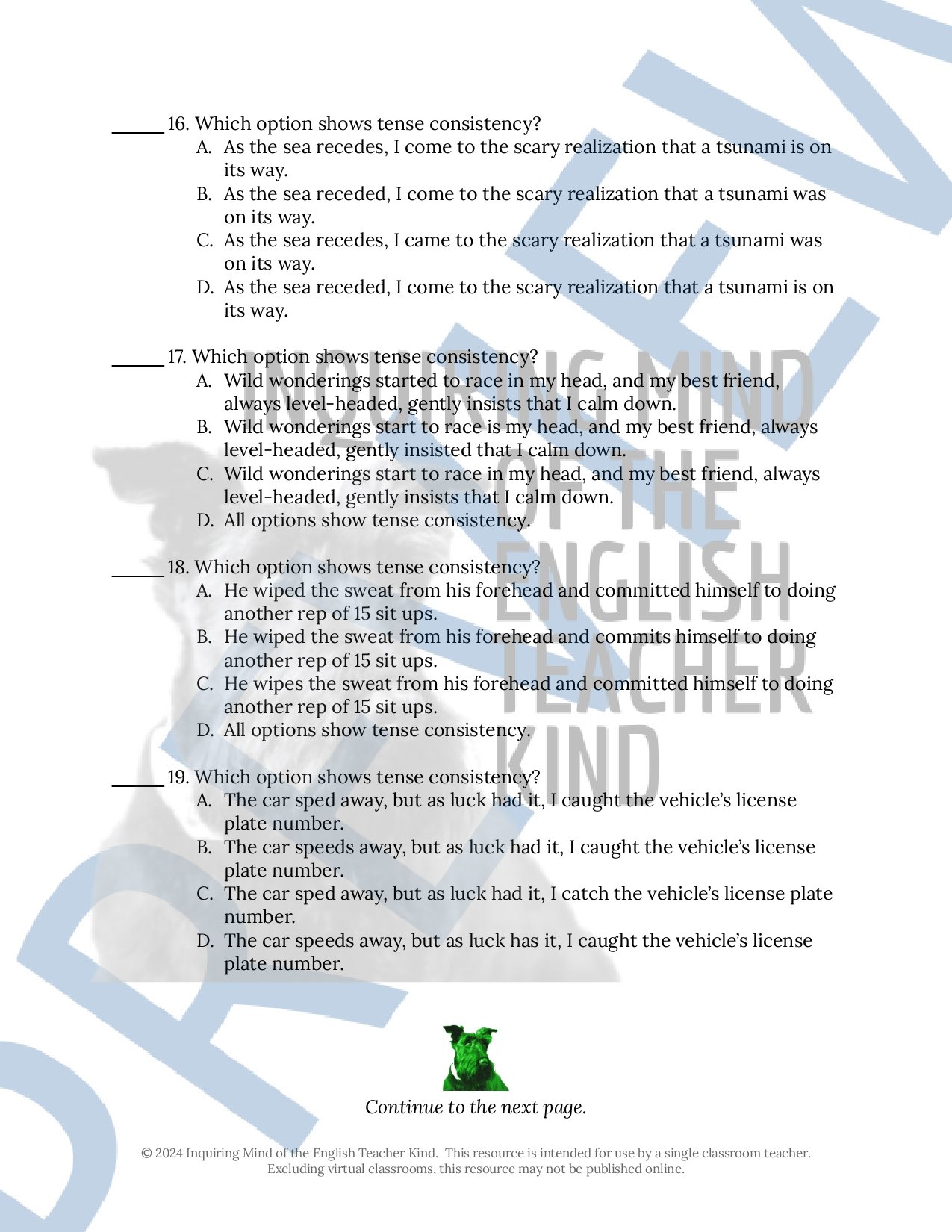 Image 241 of 250
Image 241 of 250

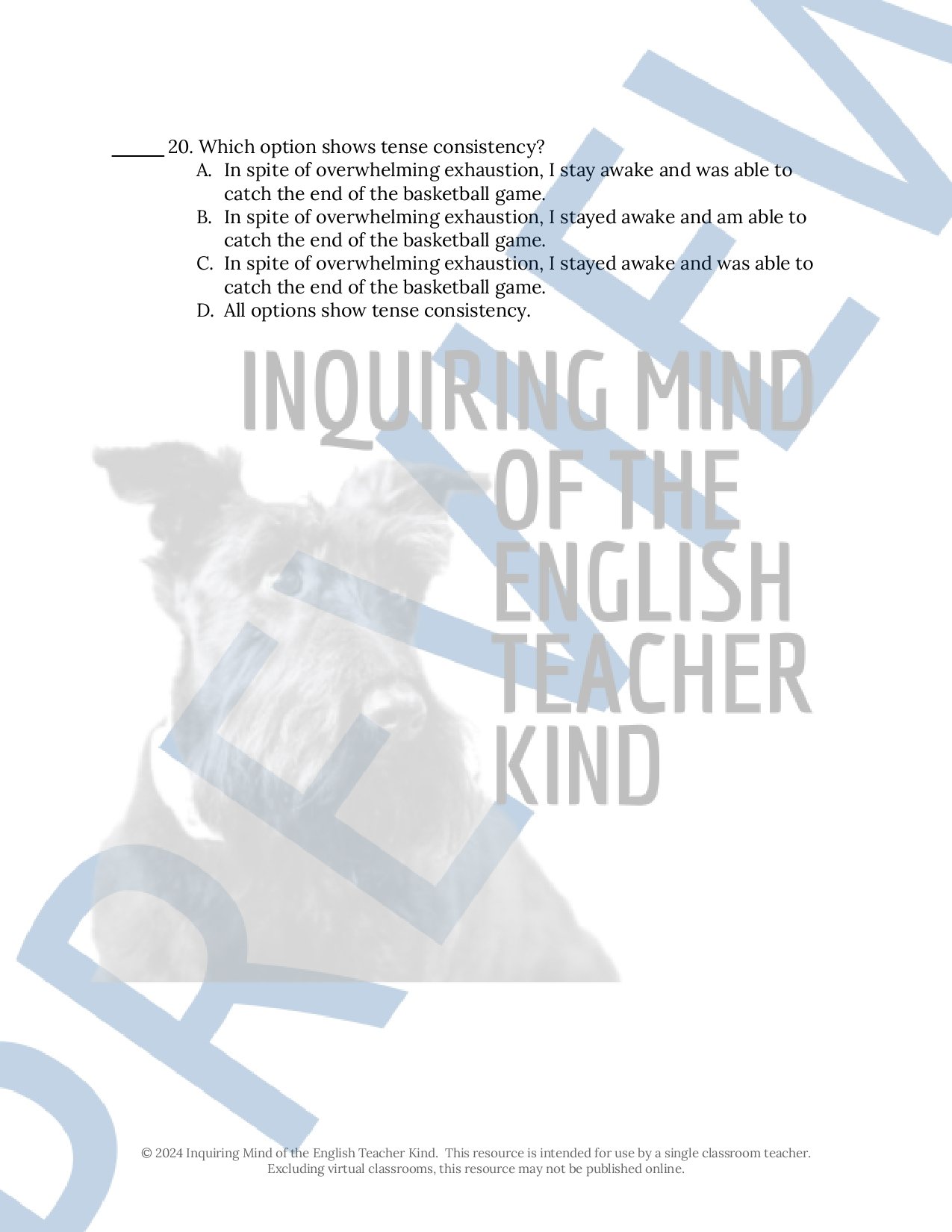 Image 242 of 250
Image 242 of 250

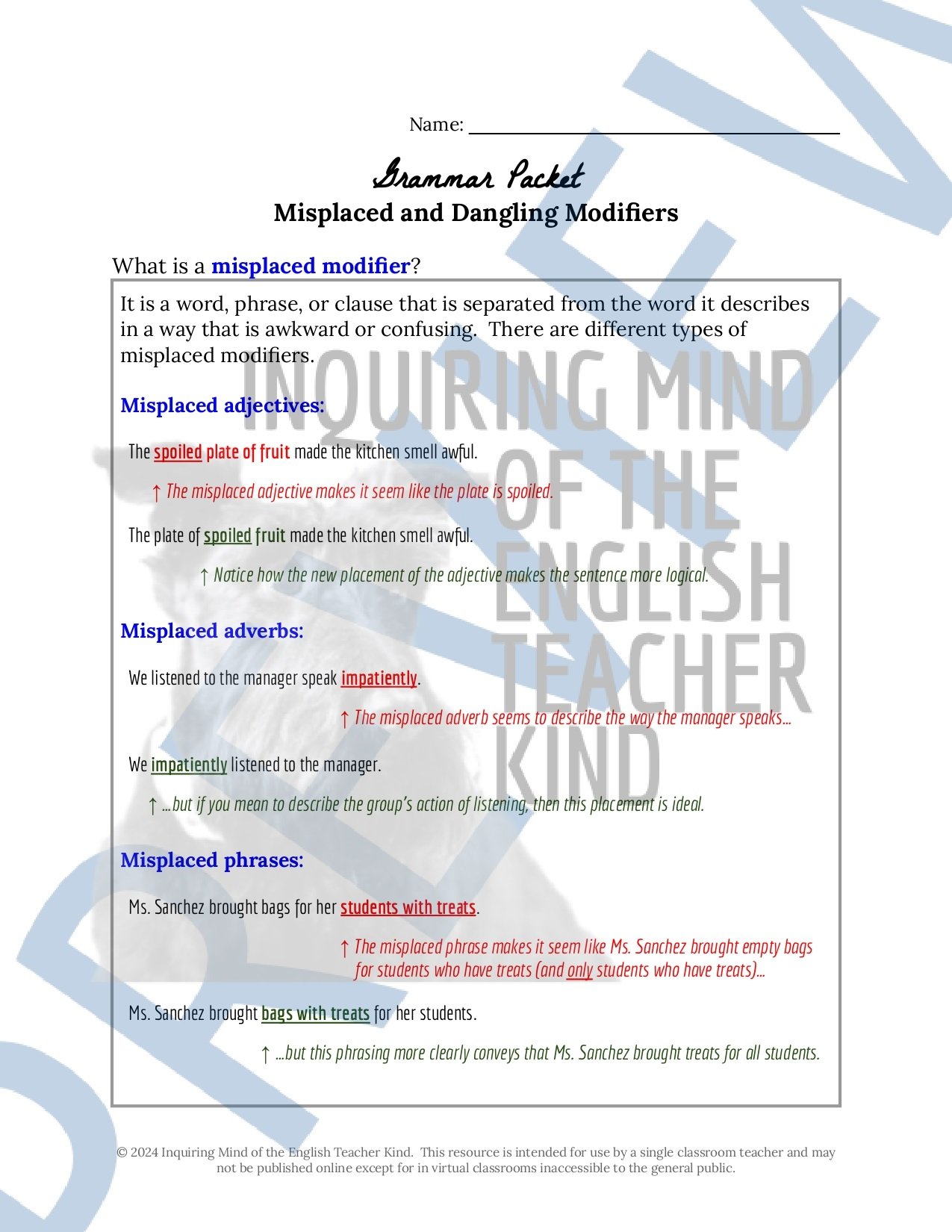 Image 243 of 250
Image 243 of 250

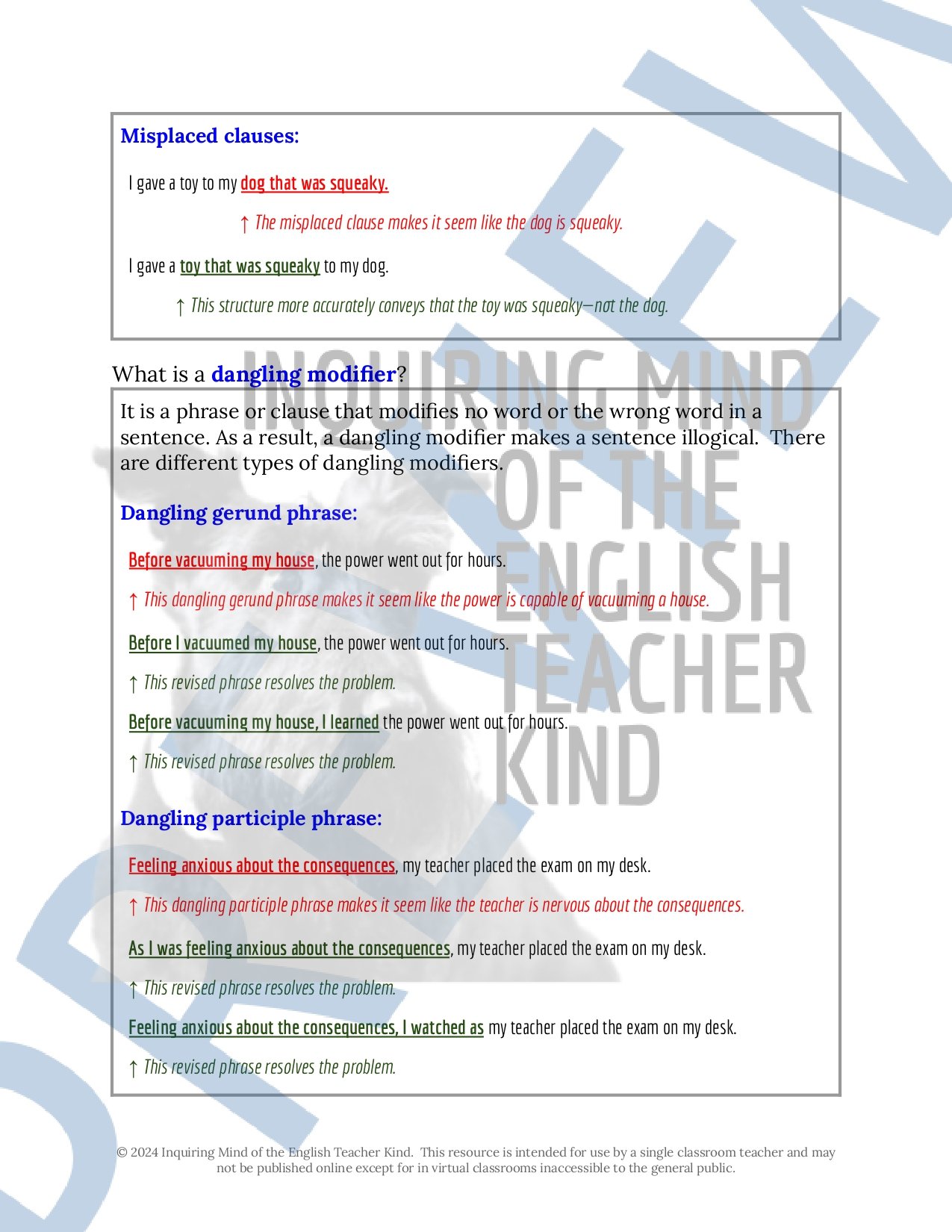 Image 244 of 250
Image 244 of 250

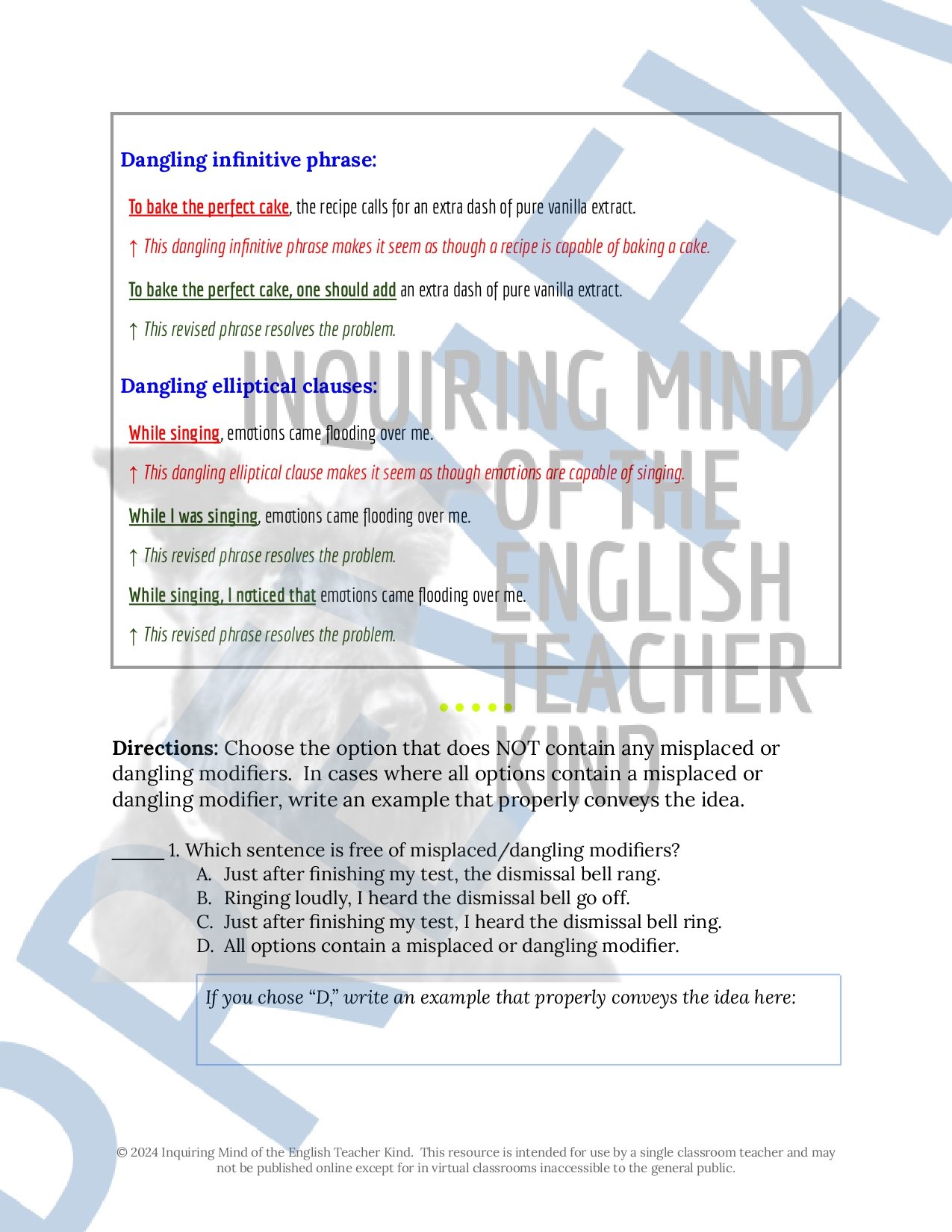 Image 245 of 250
Image 245 of 250

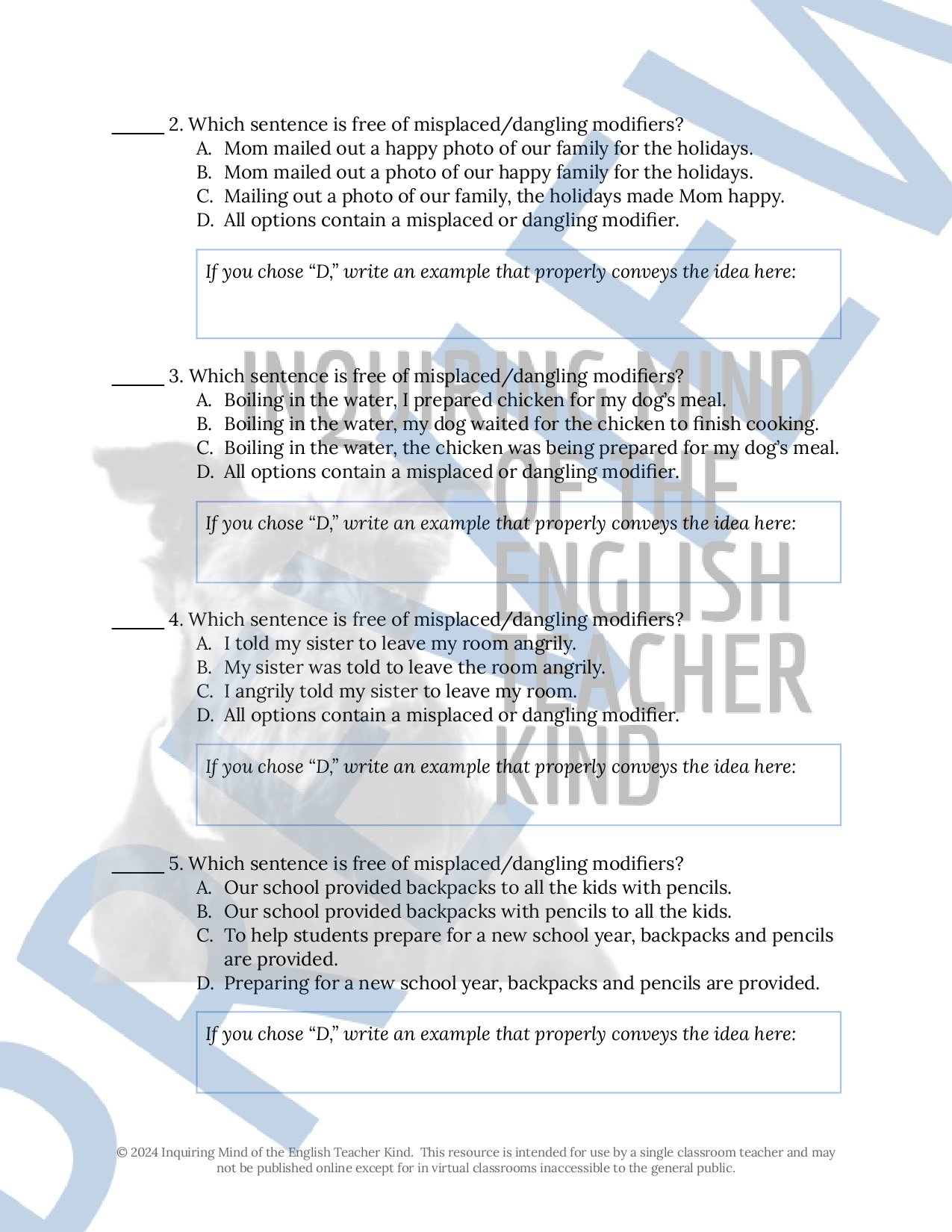 Image 246 of 250
Image 246 of 250

 Image 247 of 250
Image 247 of 250

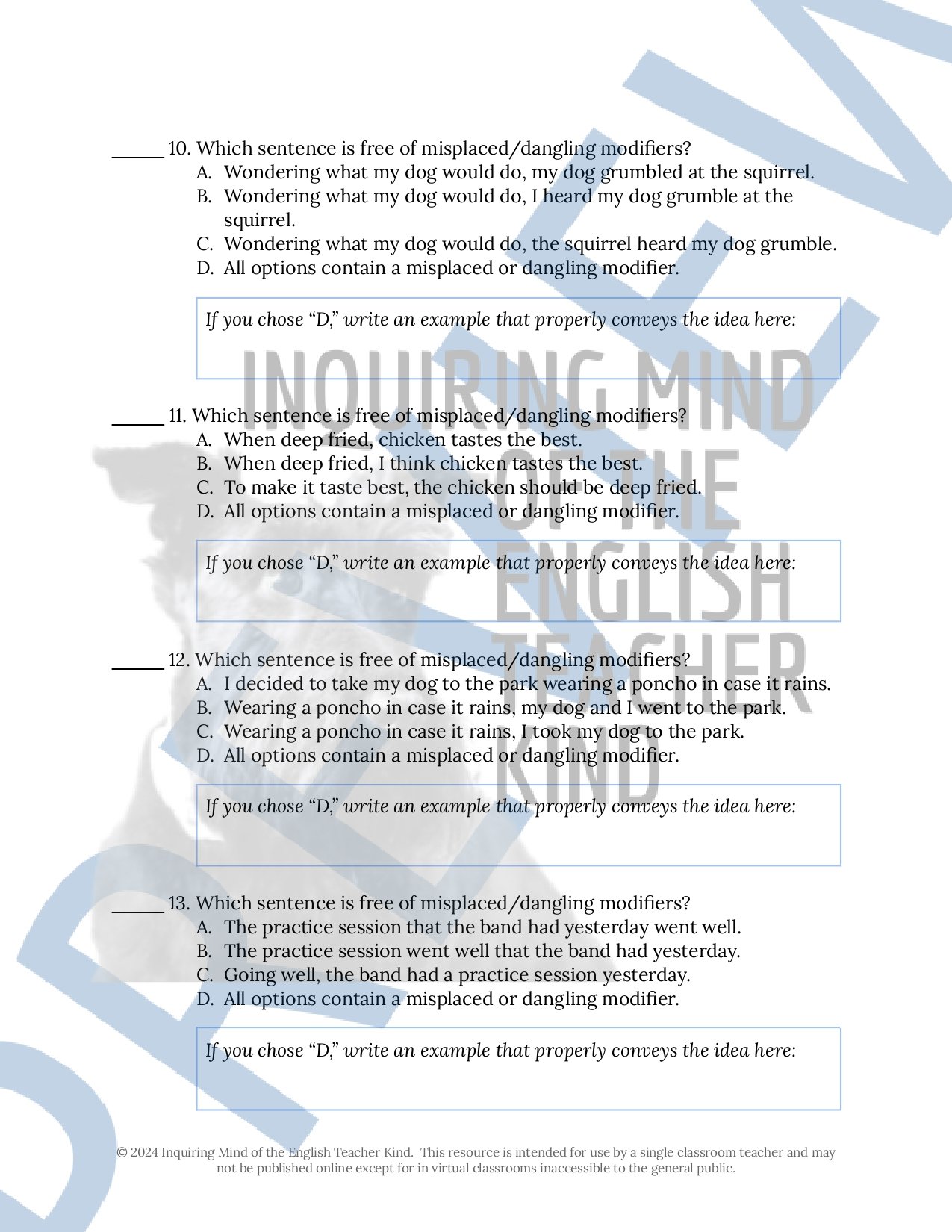 Image 248 of 250
Image 248 of 250

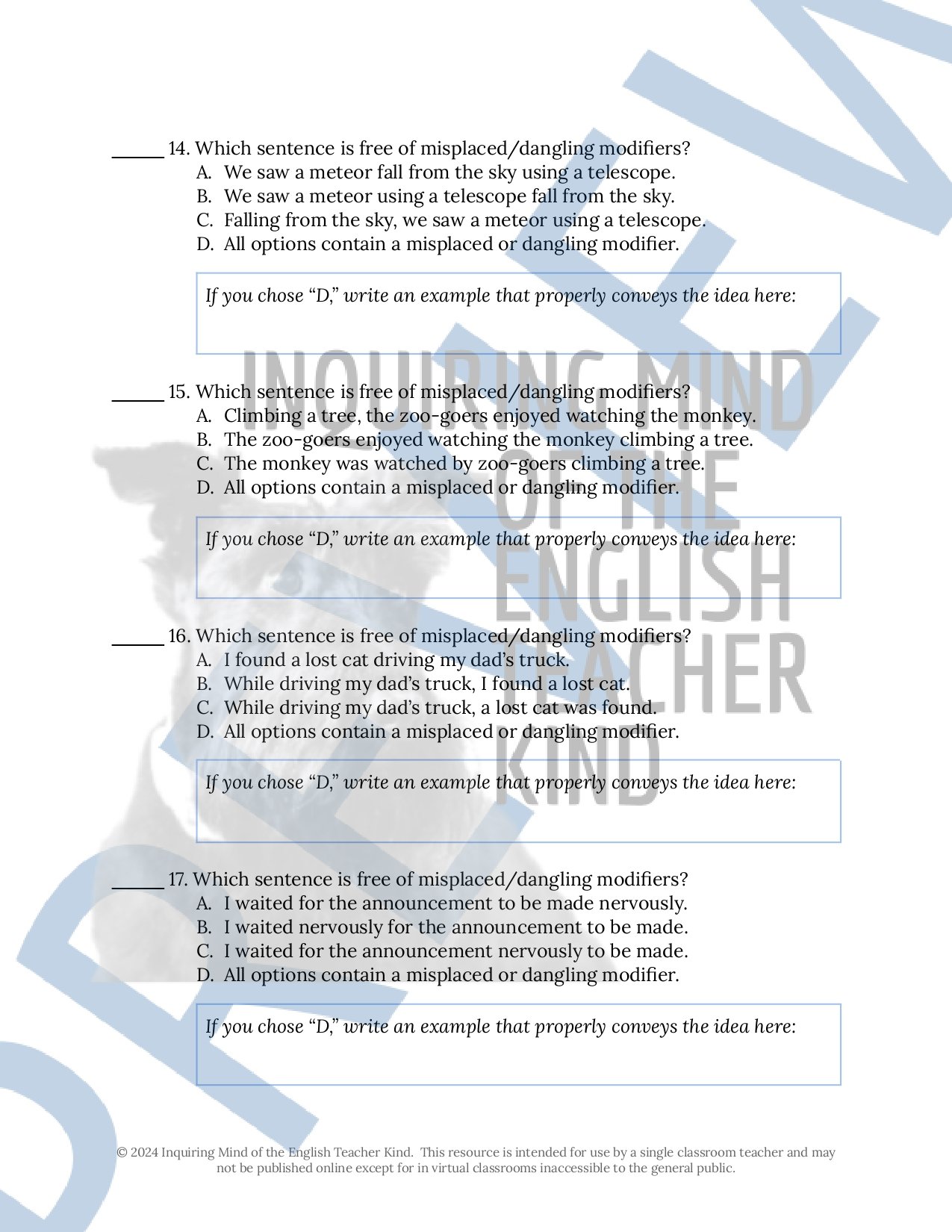 Image 249 of 250
Image 249 of 250

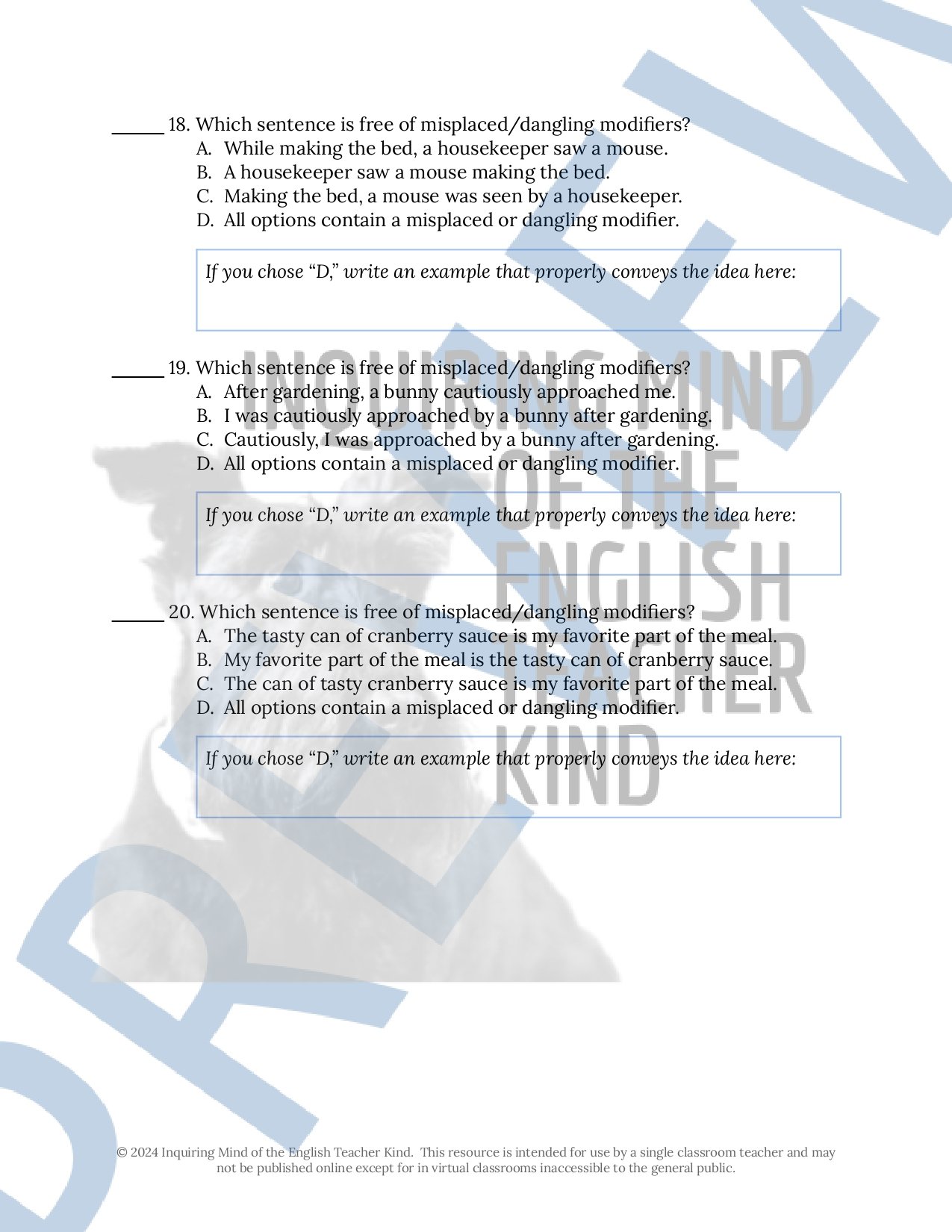 Image 250 of 250
Image 250 of 250



























































































































































































































































High School Creative Writing Complete Semester Curriculum and Materials Bundle
This bundle includes a full semester curriculum map; six three-week, standards-based unit plans; and all instructional materials for supporting high school Creative Writing students as they generate original works of fiction. Not only does this bundle provide everything a teacher needs to carry out the curriculum to fidelity, but it substantially reduces prep work so teachers may invest more time developing positive relationships with students and offering personalized support as they work to achieve learning targets.
All materials are delivered in Word Document and PDF formats. (Alternatively, an online version of this bundle made for Google Drive is available here.) An overview of content follows.
UNIT 1 (The Fairy Tale Genre). Included are the following:
A detailed, standards-based unit plan articulating the unit's transfer goal(s), essential question(s), enduring understanding(s), learning target(s), academic vocabulary, formative assessment(s), summative performance task(s), and learning plan(s).
A PowerPoint presentation addressing the conventions of the fairy tale genre.
Representative narratives by the Brothers Grimm for analysis with supplemental worksheets.
Worksheet answer keys.
Detailed directions.
A student exemplar for reference.
A comprehensive outline for student planning.
A document to facilitate the editing process.
A comprehensive rubric for evaluating student writing.
With these materials, students will do the following:
Develop greater understanding of the conventions of the fairy tale genre.
Analyze how the Brothers Grimm used characterization, exaggeration, description, and various literary devices that are consistent with the conventions of fairy tale writing in "The Frog King," "Cinderella," "The Juniper Tree," and "Snow White and the Seven Dwarfs."
Organize initial ideas in a coherent manner.
Engage the reader with a compelling exposition that establishes a majestic setting.
Use many appropriate narrative techniques (dialogue, dialect, description, pacing, etc.) to enhance a fairy tale plot.
Draft a coherent, cohesive, and appropriate narrative that builds toward a particular tone and outcome (a sense of mystery, suspense, etc.).
Use precise words and phrases, active verbs, and sensory language to convey a compelling story.
Draft an unrushed conclusion that resolves conflicts and conveys a theme.
Show mastery of the conventions of standard English grammar, usage, capitalization, punctuation, and spelling.
UNIT 2 (The Fantasy Genre). Included are the following:
A detailed, standards-based unit plan articulating the unit's transfer goal(s), essential question(s), enduring understanding(s), learning target(s), academic vocabulary, formative assessment(s), summative performance task(s), and learning plan(s).
A PowerPoint presentation addressing the conventions of the fantasy genre.
Representative fantasy narratives.
Worksheets to facilitate analysis of representative literature.
Worksheet answer keys.
Detailed directions.
A comprehensive outline for student planning.
A document to facilitate the editing process.
A comprehensive rubric for evaluating student writing.
With these materials, students will do the following:
Develop greater understanding of the conventions of the fantasy genre.
Analyze how John Collier used figurative language (simile, metaphor, and euphemism), characterization, direct description, and foreshadowing to generate a compelling fantasy narrative in "The Chaser."
Analyze how Ursula K. Le Guin used characterization and grammatically improper language to develop an anthropomorphized protagonist in "The Wife's Story."
Organize initial ideas in a coherent manner.
Engage the reader with a compelling exposition that establishes setting, characters, and conflicts
Use many appropriate narrative techniques (dialogue, dialect, description, pacing, etc.) to enhance a plot that is consistent with the fantasy genre
Draft a coherent, cohesive, and appropriate narrative that builds toward a particular tone and outcome (a sense of mystery, suspense, etc.)
Use precise words and phrases, active verbs, and sensory language to convey a compelling story
Draft a reasonable and unrushed conclusion that resolves conflicts and conveys a theme
Show mastery of the conventions of standard English grammar, usage, capitalization, punctuation, and spelling.
UNIT 3 (The Gothic Genre). Included are the following:
A detailed, standards-based unit plan articulating the unit's transfer goal(s), essential question(s), enduring understanding(s), learning target(s), academic vocabulary, formative assessment(s), summative performance task(s), and learning plan(s).
A PowerPoint presentation addressing the conventions of Gothic literature.
A formative research activity designed to build student knowledge in regard to the historical context of Halloween
Representative Gothic narratives by Edgar Allan Poe ("The Black Cat"), H.P. Lovecraft ("The Outsider"), and W. W. Jacobs ("The Monkey's Paw").
Worksheets to facilitate analysis of representative literature.
Worksheet answer keys.
Detailed directions.
A comprehensive outline for student planning.
A document to facilitate the editing process.
A comprehensive rubric for evaluating student writing.
With these materials, students will do the following:
Develop greater understanding of the conventions of Gothic literature and the horror genre.
Analyze how famous authors of Gothic literature used characterization, description, and various literary devices that are consistent with the horror genre. The featured texts are Edgar Allan Poe's "The Black Cat," H.P. Lovecraft's "The Outsider," and W. W. Jacobs' "The Monkey's Paw."
Conduct brief research on aspects of Halloween's history and synthesize knowledge gained to draft an original narrative consistent with the conventions of horror writing.
Organize initial ideas in a coherent manner.
Engage the reader with a compelling exposition that establishes an eerie setting.
Use many appropriate narrative techniques (dialogue, dialect, description, pacing, etc.) to enhance plot.
Draft a coherent, cohesive, and appropriate narrative that builds toward a particular tone and outcome (a sense of mystery, suspense, etc.)
Use precise words and phrases, active verbs, and sensory language to convey a compelling story
Draft an unrushed conclusion that resolves conflicts and implies a theme
Show mastery of the conventions of standard English grammar, usage, capitalization, punctuation, and spelling.
UNIT 4 (The Science Fiction Genre). Included are the following:
A detailed, standards-based unit plan articulating the unit's transfer goal(s), essential question(s), enduring understanding(s), learning target(s), academic vocabulary, formative assessment(s), summative performance task(s), and learning plan(s).
A PowerPoint presentation addressing the conventions of the science fiction genre.
Representative science fiction narratives.
Worksheets to facilitate analysis of representative literature.
Worksheet answer keys.
Detailed directions.
A comprehensive outline for student planning.
A document to facilitate the editing process.
A comprehensive rubric for evaluating student writing.
By engaging with these materials, students will do the following:
Develop greater understanding of the conventions of the sci-fi genre
Analyze how Ray Bradbury used descriptive language, characterization, setting, and various literary devices to establish an eerie mood in "The Fog Horn" that is consistent with the science fiction genre.
Analyze how Ray Bradbury used figurative language (personification, onomatopoeia, metaphor, and simile) and direct description to develop a compelling work of science fiction in "There Will Come Soft Rains."
Organize initial ideas in a coherent manner.
Engage the reader with a compelling exposition that establishes a futuristic setting, characters, and conflicts
Use many appropriate narrative techniques (dialogue, dialect, description, pacing, etc.) to enhance a science-fiction plot
Draft a coherent, cohesive, and appropriate narrative that builds toward a particular tone and outcome (a sense of mystery, suspense, etc.)
Use precise words and phrases, active verbs, and sensory language to convey a compelling story
Draft a reasonable and unrushed conclusion that resolves conflicts and conveys a theme
Show mastery of the conventions of standard English grammar, usage, capitalization, punctuation, and spelling.
UNIT 5 (The Realistic Fiction Genre). Included are the following:
A detailed, standards-based unit plan articulating the unit's transfer goal(s), essential question(s), enduring understanding(s), learning target(s), academic vocabulary, formative assessment(s), summative performance task(s), and learning plan(s).
Representative realistic fiction narratives.
Worksheets to facilitate analysis of representative literature.
Worksheet answer keys.
Detailed directions.
A comprehensive outline for student planning.
A document to facilitate the editing process.
A comprehensive rubric for evaluating student writing.
By engaging with these materials, students will do the following:
Develop greater understanding of the conventions of the realistic fiction genre.
Analyze how Langston Hughes used dialect to convey authenticity of character, as well as other characterization details to convey strength, thoughtfulness, and generosity in the short story "Thank You, Ma'am."
Analyze how Doris Lessing used figurative and descriptive language to generate a compelling, realistic narrative, as well as characterization details to convey resilience and maturity in the short story "Through the Tunnel."
Organize initial ideas in a coherent manner.
Engage the reader with a compelling exposition that establishes realistic setting, characters, and conflicts
Use many appropriate narrative techniques (dialogue, dialect, description, pacing, etc.) to enhance a plot that is consistent with the realistic fiction genre
Draft a coherent, cohesive, and appropriate narrative that builds toward a particular tone and outcome (a sense of mystery, suspense, etc.)
Use precise words and phrases, active verbs, and sensory language to convey a compelling story
Draft a reasonable and unrushed conclusion that resolves conflicts and conveys a theme
Show mastery of the conventions of standard English grammar, usage, capitalization, punctuation, and spelling.
UNIT 6 (The Adventure Fiction Genre). Included are the following:
A detailed, standards-based unit plan articulating the unit's transfer goal(s), essential question(s), enduring understanding(s), learning target(s), academic vocabulary, formative assessment(s), summative performance task(s), and learning plan(s).
Representative adventure fiction narratives by Jack London ("To Build a Fire") and Richard Connell ("The Most Dangerous Game").
Worksheets to facilitate analysis of representative literature.
Answer keys for worksheets.
Detailed directions.
Suggested prompts for students who struggle to generate their own ideas
A comprehensive outline for student planning.
A document to facilitate the editing process.
A comprehensive rubric for evaluating student writing.
With these materials, students will do the following:
Develop greater understanding of the conventions of adventure fiction.
Analyze how famous authors of adventure fiction used characterization, description, and various literary devices that are consistent with the genre.
Organize initial ideas in a coherent manner.
Engage the reader with a compelling exposition that establishes urgency and/or excitement
Use many appropriate narrative techniques (dialogue, dialect, description, pacing, etc.) to enhance plot.
Draft a coherent, cohesive, and appropriate narrative that builds toward a particular tone and outcome (a sense of mystery, suspense, etc.)
Use precise words and phrases, active verbs, and sensory language to convey a compelling story
Draft an unrushed conclusion that resolves conflicts and implies a theme
Show mastery of the conventions of standard English grammar, usage, capitalization, punctuation, and spelling.
SUPPLEMENTAL RESOURCES (Grammar Practices). Reinforce standard conventions of written English. Subjects covered include the following:
Complete Sentences and Fragments
The Verb and its Parts
Simple, Compound, and Complete Subjects and Predicates
Applying Verb Tenses (Emphasis on Irregular Verbs)
Linking Verbs and Predicate Words
Transitive and Intransitive Verbs
Commas, Conjunctions, and Semicolons
Quotations and Punctuation Marks
Apostrophe Rules
Comparative and Superlative Adjectives
Comparative and Superlative Adverbs
Resolving Capitalization Errors
Promoting Precision with Synonyms
Recognizing Loaded Language
Writing Numerals and Using Active Voice
Singular and Plural Indefinite Pronouns
Possessive Pronouns
Demonstrative & Interrogative Pronouns
Subordinate Clauses
Verbals (Gerunds, Participles, and Infinitives)
Compound Subjects and Verb Agreement
Pronoun-Antecedent Agreement
Word Roots & Formatives
Resolving Common Word Usage Errors
BONUS RESOURCE (Dinosaur Tale).This Creative Writing project for high school walks students through the process of drafting a first-person short story in the fantasy genre featuring personified dinosaurs who experience conflicts that are relatable to a human audience while incorporating details that hearken back to prehistoric times. An important aspect to this activity is the creation of a distinct voice that is consistent with what is known about whichever species of dinosaur is represented by the protagonist. Included are detailed, visually pleasing directions; a dinosaur research activity; a comprehensive outline for student planning; peer- and self-editing documents; and a thorough rubric for evaluating final drafts.
BONUS RESOURCE (Poetry Bundle). Included are directions, templates, and/or examples of the following poetry forms:
Autobiographical Poetry: Students will generate an autobiographical poem that introduces them to their teachers, focusing on various aspects of their lives: their beliefs, their dreams, their needs, their influence on others, and more. In addition, this template makes for a fitting introductory activity for long-term substitute teachers. A prewriting document is provided.
Japanese Haikus: Students will write traditional haikus: three-line poems following a syllabic structure of 5-7-5. In addition to exemplars, a prewriting document is provided. Consider using this resource as a bell-ringer activity.
American Cinquains: Students will write American cinquains: five-line poems following a syllabic structure of 2-4-6-8-2. In addition to exemplars, a prewriting document is provided. Consider using this resource as a bell-ringer activity.
Butterfly Cinquains: Students will write butterfly cinquains: nine-line poems following a syllabic structure of 2-4-6-8-2-8-6-4-2. In addition to an exemplar, a prewriting document is provided. Consider using this resource as a bell-ringer activity or saving it as an emergency substitute lesson.
Nonets: Students will write nonets: nine-line poems following a syllabic structure of 9-8-7-6-5-4-3-2-1. In addition to an exemplar, a prewriting document is provided. Consider using this resource as a bell-ringer activity or saving it as an emergency substitute lesson.
Dizains: Students will write a dizain: a single stanza of 10 lines, each containing 10 syllables, which follows a consistent rhyme scheme (ABABBCCDCD).
Huitains: Students will write a huitain: a single stanza of 8 lines, each containing 8 syllables, which follows a consistent rhyme scheme (ABABBCBC).
Sensory Poetry: Students will explore an abstract concept and write an 11-line poem that makes the concept come alive with sensory description. In addition to a template, a prewriting document is provided. Consider using this resource as a holiday-themed activity or saving it as an emergency substitute lesson.
Color Poetry: Students will choose a color that resonates with them in a positive way and generate an original poem exploring a variety of concepts they associate with their chosen colors. This template also makes for a fitting emergency sub plan activity. A prewriting worksheet is provided.
Limericks: Students will write limericks: humorous, five-line, single-stanza poems following a standard rhyme scheme of A-A-B-B-A. In addition to exemplars, a prewriting document is provided. Consider using this resource as an emergency substitute lesson.
Guilty Pleasure Poetry: Students will practice writing poetry with syllabic structure and explore a guilty pleasure that resonates with them. In addition to a template, an exemplar and prewriting document are provided. Teachers may consider using this resource as an engaging bell-ringer activity.
What If? Poetry: Students will indulge their curiosity of the world by pondering thought-provoking questions beginning with the phrase "What if" and generate a free-verse poem of at least 20 lines. In addition to a template, a prewriting document is provided.
Past to Future Poetry: Students will write a three-stanza poem in which they participate in self-reflection and exhibit growth mindset. Each stanza varies in tense: the simple past (first stanza), the present continuous (second stanza), and simple future (third stanza). In addition to a template, a prewriting document is provided. Consider using this resource as a bell-ringer activity or saving it as an emergency substitute lesson.
Elegies: Students will write an elegy, following traditional elegiac stanza format: a quatrain with A-B-A-B rhyme scheme wherein each line is written in iambic pentameter. In addition to an exemplar, a prewriting document is provided. Consider using this resource to support a unit on Shakespearean writing.
Self-Image Poetry: Students will write a five-stanza, ten-line poem in which they reflect on their personal evolution, hence the name self-image poem.
BONUS RESOURCE (Writing a Review of a Movie, TV Show, or Book). By engaging with these materials, students will do the following.
Write informative/explanatory texts to examine and convey complex ideas, concepts, and information clearly and accurately through the effective selection, organization, and analysis of content.
Introduce a topic; organize complex ideas, concepts, and information so that each new element builds on that which precedes it to create a unified whole; include formatting (e.g., headings), graphics (e.g., figures, tables), and multimedia when useful to aiding comprehension.
Develop the topic thoroughly by selecting the most significant and relevant facts, extended definitions, concrete details, quotations, or other information and examples appropriate to the audience's knowledge of the topic.
Use precise language, domain-specific vocabulary, and techniques such as metaphor, simile, and analogy to manage the complexity of the topic.
Provide a concluding statement or section that follows from and supports the information or explanation presented.
Develop and strengthen writing as needed by planning, revising, editing, rewriting, or trying a new approach, focusing on addressing what is most significant for a specific purpose and audience.
Conduct short as well as more sustained research projects to answer a question (including a self-generated question) or solve a problem; narrow or broaden the inquiry when appropriate; synthesize multiple sources on the subject, demonstrating understanding of the subject under investigation.
Determine an author's point of view or purpose in a text in which the rhetoric is particularly effective, analyzing how style and content contribute to the power, persuasiveness or beauty of the text.
Apply knowledge of language to understand how language functions in different contexts, to make effective choices for meaning or style, and to comprehend more fully when reading or listening.
This bundle includes a full semester curriculum map; six three-week, standards-based unit plans; and all instructional materials for supporting high school Creative Writing students as they generate original works of fiction. Not only does this bundle provide everything a teacher needs to carry out the curriculum to fidelity, but it substantially reduces prep work so teachers may invest more time developing positive relationships with students and offering personalized support as they work to achieve learning targets.
All materials are delivered in Word Document and PDF formats. (Alternatively, an online version of this bundle made for Google Drive is available here.) An overview of content follows.
UNIT 1 (The Fairy Tale Genre). Included are the following:
A detailed, standards-based unit plan articulating the unit's transfer goal(s), essential question(s), enduring understanding(s), learning target(s), academic vocabulary, formative assessment(s), summative performance task(s), and learning plan(s).
A PowerPoint presentation addressing the conventions of the fairy tale genre.
Representative narratives by the Brothers Grimm for analysis with supplemental worksheets.
Worksheet answer keys.
Detailed directions.
A student exemplar for reference.
A comprehensive outline for student planning.
A document to facilitate the editing process.
A comprehensive rubric for evaluating student writing.
With these materials, students will do the following:
Develop greater understanding of the conventions of the fairy tale genre.
Analyze how the Brothers Grimm used characterization, exaggeration, description, and various literary devices that are consistent with the conventions of fairy tale writing in "The Frog King," "Cinderella," "The Juniper Tree," and "Snow White and the Seven Dwarfs."
Organize initial ideas in a coherent manner.
Engage the reader with a compelling exposition that establishes a majestic setting.
Use many appropriate narrative techniques (dialogue, dialect, description, pacing, etc.) to enhance a fairy tale plot.
Draft a coherent, cohesive, and appropriate narrative that builds toward a particular tone and outcome (a sense of mystery, suspense, etc.).
Use precise words and phrases, active verbs, and sensory language to convey a compelling story.
Draft an unrushed conclusion that resolves conflicts and conveys a theme.
Show mastery of the conventions of standard English grammar, usage, capitalization, punctuation, and spelling.
UNIT 2 (The Fantasy Genre). Included are the following:
A detailed, standards-based unit plan articulating the unit's transfer goal(s), essential question(s), enduring understanding(s), learning target(s), academic vocabulary, formative assessment(s), summative performance task(s), and learning plan(s).
A PowerPoint presentation addressing the conventions of the fantasy genre.
Representative fantasy narratives.
Worksheets to facilitate analysis of representative literature.
Worksheet answer keys.
Detailed directions.
A comprehensive outline for student planning.
A document to facilitate the editing process.
A comprehensive rubric for evaluating student writing.
With these materials, students will do the following:
Develop greater understanding of the conventions of the fantasy genre.
Analyze how John Collier used figurative language (simile, metaphor, and euphemism), characterization, direct description, and foreshadowing to generate a compelling fantasy narrative in "The Chaser."
Analyze how Ursula K. Le Guin used characterization and grammatically improper language to develop an anthropomorphized protagonist in "The Wife's Story."
Organize initial ideas in a coherent manner.
Engage the reader with a compelling exposition that establishes setting, characters, and conflicts
Use many appropriate narrative techniques (dialogue, dialect, description, pacing, etc.) to enhance a plot that is consistent with the fantasy genre
Draft a coherent, cohesive, and appropriate narrative that builds toward a particular tone and outcome (a sense of mystery, suspense, etc.)
Use precise words and phrases, active verbs, and sensory language to convey a compelling story
Draft a reasonable and unrushed conclusion that resolves conflicts and conveys a theme
Show mastery of the conventions of standard English grammar, usage, capitalization, punctuation, and spelling.
UNIT 3 (The Gothic Genre). Included are the following:
A detailed, standards-based unit plan articulating the unit's transfer goal(s), essential question(s), enduring understanding(s), learning target(s), academic vocabulary, formative assessment(s), summative performance task(s), and learning plan(s).
A PowerPoint presentation addressing the conventions of Gothic literature.
A formative research activity designed to build student knowledge in regard to the historical context of Halloween
Representative Gothic narratives by Edgar Allan Poe ("The Black Cat"), H.P. Lovecraft ("The Outsider"), and W. W. Jacobs ("The Monkey's Paw").
Worksheets to facilitate analysis of representative literature.
Worksheet answer keys.
Detailed directions.
A comprehensive outline for student planning.
A document to facilitate the editing process.
A comprehensive rubric for evaluating student writing.
With these materials, students will do the following:
Develop greater understanding of the conventions of Gothic literature and the horror genre.
Analyze how famous authors of Gothic literature used characterization, description, and various literary devices that are consistent with the horror genre. The featured texts are Edgar Allan Poe's "The Black Cat," H.P. Lovecraft's "The Outsider," and W. W. Jacobs' "The Monkey's Paw."
Conduct brief research on aspects of Halloween's history and synthesize knowledge gained to draft an original narrative consistent with the conventions of horror writing.
Organize initial ideas in a coherent manner.
Engage the reader with a compelling exposition that establishes an eerie setting.
Use many appropriate narrative techniques (dialogue, dialect, description, pacing, etc.) to enhance plot.
Draft a coherent, cohesive, and appropriate narrative that builds toward a particular tone and outcome (a sense of mystery, suspense, etc.)
Use precise words and phrases, active verbs, and sensory language to convey a compelling story
Draft an unrushed conclusion that resolves conflicts and implies a theme
Show mastery of the conventions of standard English grammar, usage, capitalization, punctuation, and spelling.
UNIT 4 (The Science Fiction Genre). Included are the following:
A detailed, standards-based unit plan articulating the unit's transfer goal(s), essential question(s), enduring understanding(s), learning target(s), academic vocabulary, formative assessment(s), summative performance task(s), and learning plan(s).
A PowerPoint presentation addressing the conventions of the science fiction genre.
Representative science fiction narratives.
Worksheets to facilitate analysis of representative literature.
Worksheet answer keys.
Detailed directions.
A comprehensive outline for student planning.
A document to facilitate the editing process.
A comprehensive rubric for evaluating student writing.
By engaging with these materials, students will do the following:
Develop greater understanding of the conventions of the sci-fi genre
Analyze how Ray Bradbury used descriptive language, characterization, setting, and various literary devices to establish an eerie mood in "The Fog Horn" that is consistent with the science fiction genre.
Analyze how Ray Bradbury used figurative language (personification, onomatopoeia, metaphor, and simile) and direct description to develop a compelling work of science fiction in "There Will Come Soft Rains."
Organize initial ideas in a coherent manner.
Engage the reader with a compelling exposition that establishes a futuristic setting, characters, and conflicts
Use many appropriate narrative techniques (dialogue, dialect, description, pacing, etc.) to enhance a science-fiction plot
Draft a coherent, cohesive, and appropriate narrative that builds toward a particular tone and outcome (a sense of mystery, suspense, etc.)
Use precise words and phrases, active verbs, and sensory language to convey a compelling story
Draft a reasonable and unrushed conclusion that resolves conflicts and conveys a theme
Show mastery of the conventions of standard English grammar, usage, capitalization, punctuation, and spelling.
UNIT 5 (The Realistic Fiction Genre). Included are the following:
A detailed, standards-based unit plan articulating the unit's transfer goal(s), essential question(s), enduring understanding(s), learning target(s), academic vocabulary, formative assessment(s), summative performance task(s), and learning plan(s).
Representative realistic fiction narratives.
Worksheets to facilitate analysis of representative literature.
Worksheet answer keys.
Detailed directions.
A comprehensive outline for student planning.
A document to facilitate the editing process.
A comprehensive rubric for evaluating student writing.
By engaging with these materials, students will do the following:
Develop greater understanding of the conventions of the realistic fiction genre.
Analyze how Langston Hughes used dialect to convey authenticity of character, as well as other characterization details to convey strength, thoughtfulness, and generosity in the short story "Thank You, Ma'am."
Analyze how Doris Lessing used figurative and descriptive language to generate a compelling, realistic narrative, as well as characterization details to convey resilience and maturity in the short story "Through the Tunnel."
Organize initial ideas in a coherent manner.
Engage the reader with a compelling exposition that establishes realistic setting, characters, and conflicts
Use many appropriate narrative techniques (dialogue, dialect, description, pacing, etc.) to enhance a plot that is consistent with the realistic fiction genre
Draft a coherent, cohesive, and appropriate narrative that builds toward a particular tone and outcome (a sense of mystery, suspense, etc.)
Use precise words and phrases, active verbs, and sensory language to convey a compelling story
Draft a reasonable and unrushed conclusion that resolves conflicts and conveys a theme
Show mastery of the conventions of standard English grammar, usage, capitalization, punctuation, and spelling.
UNIT 6 (The Adventure Fiction Genre). Included are the following:
A detailed, standards-based unit plan articulating the unit's transfer goal(s), essential question(s), enduring understanding(s), learning target(s), academic vocabulary, formative assessment(s), summative performance task(s), and learning plan(s).
Representative adventure fiction narratives by Jack London ("To Build a Fire") and Richard Connell ("The Most Dangerous Game").
Worksheets to facilitate analysis of representative literature.
Answer keys for worksheets.
Detailed directions.
Suggested prompts for students who struggle to generate their own ideas
A comprehensive outline for student planning.
A document to facilitate the editing process.
A comprehensive rubric for evaluating student writing.
With these materials, students will do the following:
Develop greater understanding of the conventions of adventure fiction.
Analyze how famous authors of adventure fiction used characterization, description, and various literary devices that are consistent with the genre.
Organize initial ideas in a coherent manner.
Engage the reader with a compelling exposition that establishes urgency and/or excitement
Use many appropriate narrative techniques (dialogue, dialect, description, pacing, etc.) to enhance plot.
Draft a coherent, cohesive, and appropriate narrative that builds toward a particular tone and outcome (a sense of mystery, suspense, etc.)
Use precise words and phrases, active verbs, and sensory language to convey a compelling story
Draft an unrushed conclusion that resolves conflicts and implies a theme
Show mastery of the conventions of standard English grammar, usage, capitalization, punctuation, and spelling.
SUPPLEMENTAL RESOURCES (Grammar Practices). Reinforce standard conventions of written English. Subjects covered include the following:
Complete Sentences and Fragments
The Verb and its Parts
Simple, Compound, and Complete Subjects and Predicates
Applying Verb Tenses (Emphasis on Irregular Verbs)
Linking Verbs and Predicate Words
Transitive and Intransitive Verbs
Commas, Conjunctions, and Semicolons
Quotations and Punctuation Marks
Apostrophe Rules
Comparative and Superlative Adjectives
Comparative and Superlative Adverbs
Resolving Capitalization Errors
Promoting Precision with Synonyms
Recognizing Loaded Language
Writing Numerals and Using Active Voice
Singular and Plural Indefinite Pronouns
Possessive Pronouns
Demonstrative & Interrogative Pronouns
Subordinate Clauses
Verbals (Gerunds, Participles, and Infinitives)
Compound Subjects and Verb Agreement
Pronoun-Antecedent Agreement
Word Roots & Formatives
Resolving Common Word Usage Errors
BONUS RESOURCE (Dinosaur Tale).This Creative Writing project for high school walks students through the process of drafting a first-person short story in the fantasy genre featuring personified dinosaurs who experience conflicts that are relatable to a human audience while incorporating details that hearken back to prehistoric times. An important aspect to this activity is the creation of a distinct voice that is consistent with what is known about whichever species of dinosaur is represented by the protagonist. Included are detailed, visually pleasing directions; a dinosaur research activity; a comprehensive outline for student planning; peer- and self-editing documents; and a thorough rubric for evaluating final drafts.
BONUS RESOURCE (Poetry Bundle). Included are directions, templates, and/or examples of the following poetry forms:
Autobiographical Poetry: Students will generate an autobiographical poem that introduces them to their teachers, focusing on various aspects of their lives: their beliefs, their dreams, their needs, their influence on others, and more. In addition, this template makes for a fitting introductory activity for long-term substitute teachers. A prewriting document is provided.
Japanese Haikus: Students will write traditional haikus: three-line poems following a syllabic structure of 5-7-5. In addition to exemplars, a prewriting document is provided. Consider using this resource as a bell-ringer activity.
American Cinquains: Students will write American cinquains: five-line poems following a syllabic structure of 2-4-6-8-2. In addition to exemplars, a prewriting document is provided. Consider using this resource as a bell-ringer activity.
Butterfly Cinquains: Students will write butterfly cinquains: nine-line poems following a syllabic structure of 2-4-6-8-2-8-6-4-2. In addition to an exemplar, a prewriting document is provided. Consider using this resource as a bell-ringer activity or saving it as an emergency substitute lesson.
Nonets: Students will write nonets: nine-line poems following a syllabic structure of 9-8-7-6-5-4-3-2-1. In addition to an exemplar, a prewriting document is provided. Consider using this resource as a bell-ringer activity or saving it as an emergency substitute lesson.
Dizains: Students will write a dizain: a single stanza of 10 lines, each containing 10 syllables, which follows a consistent rhyme scheme (ABABBCCDCD).
Huitains: Students will write a huitain: a single stanza of 8 lines, each containing 8 syllables, which follows a consistent rhyme scheme (ABABBCBC).
Sensory Poetry: Students will explore an abstract concept and write an 11-line poem that makes the concept come alive with sensory description. In addition to a template, a prewriting document is provided. Consider using this resource as a holiday-themed activity or saving it as an emergency substitute lesson.
Color Poetry: Students will choose a color that resonates with them in a positive way and generate an original poem exploring a variety of concepts they associate with their chosen colors. This template also makes for a fitting emergency sub plan activity. A prewriting worksheet is provided.
Limericks: Students will write limericks: humorous, five-line, single-stanza poems following a standard rhyme scheme of A-A-B-B-A. In addition to exemplars, a prewriting document is provided. Consider using this resource as an emergency substitute lesson.
Guilty Pleasure Poetry: Students will practice writing poetry with syllabic structure and explore a guilty pleasure that resonates with them. In addition to a template, an exemplar and prewriting document are provided. Teachers may consider using this resource as an engaging bell-ringer activity.
What If? Poetry: Students will indulge their curiosity of the world by pondering thought-provoking questions beginning with the phrase "What if" and generate a free-verse poem of at least 20 lines. In addition to a template, a prewriting document is provided.
Past to Future Poetry: Students will write a three-stanza poem in which they participate in self-reflection and exhibit growth mindset. Each stanza varies in tense: the simple past (first stanza), the present continuous (second stanza), and simple future (third stanza). In addition to a template, a prewriting document is provided. Consider using this resource as a bell-ringer activity or saving it as an emergency substitute lesson.
Elegies: Students will write an elegy, following traditional elegiac stanza format: a quatrain with A-B-A-B rhyme scheme wherein each line is written in iambic pentameter. In addition to an exemplar, a prewriting document is provided. Consider using this resource to support a unit on Shakespearean writing.
Self-Image Poetry: Students will write a five-stanza, ten-line poem in which they reflect on their personal evolution, hence the name self-image poem.
BONUS RESOURCE (Writing a Review of a Movie, TV Show, or Book). By engaging with these materials, students will do the following.
Write informative/explanatory texts to examine and convey complex ideas, concepts, and information clearly and accurately through the effective selection, organization, and analysis of content.
Introduce a topic; organize complex ideas, concepts, and information so that each new element builds on that which precedes it to create a unified whole; include formatting (e.g., headings), graphics (e.g., figures, tables), and multimedia when useful to aiding comprehension.
Develop the topic thoroughly by selecting the most significant and relevant facts, extended definitions, concrete details, quotations, or other information and examples appropriate to the audience's knowledge of the topic.
Use precise language, domain-specific vocabulary, and techniques such as metaphor, simile, and analogy to manage the complexity of the topic.
Provide a concluding statement or section that follows from and supports the information or explanation presented.
Develop and strengthen writing as needed by planning, revising, editing, rewriting, or trying a new approach, focusing on addressing what is most significant for a specific purpose and audience.
Conduct short as well as more sustained research projects to answer a question (including a self-generated question) or solve a problem; narrow or broaden the inquiry when appropriate; synthesize multiple sources on the subject, demonstrating understanding of the subject under investigation.
Determine an author's point of view or purpose in a text in which the rhetoric is particularly effective, analyzing how style and content contribute to the power, persuasiveness or beauty of the text.
Apply knowledge of language to understand how language functions in different contexts, to make effective choices for meaning or style, and to comprehend more fully when reading or listening.




































































